We came back to Tokyo with still enough time for a walk and we decided to have some dinner around the Shibuya neighborhood.
First thing you see after coming out of the metro station at the Hachikō exit is the world’s busiest intersection in front of Shibuya Station, ‘The Scramble’.
Hachikō was a dog who waited for his deceased owner at Shibuya Station every day from 1923 to 1935 (so sad 😦 )
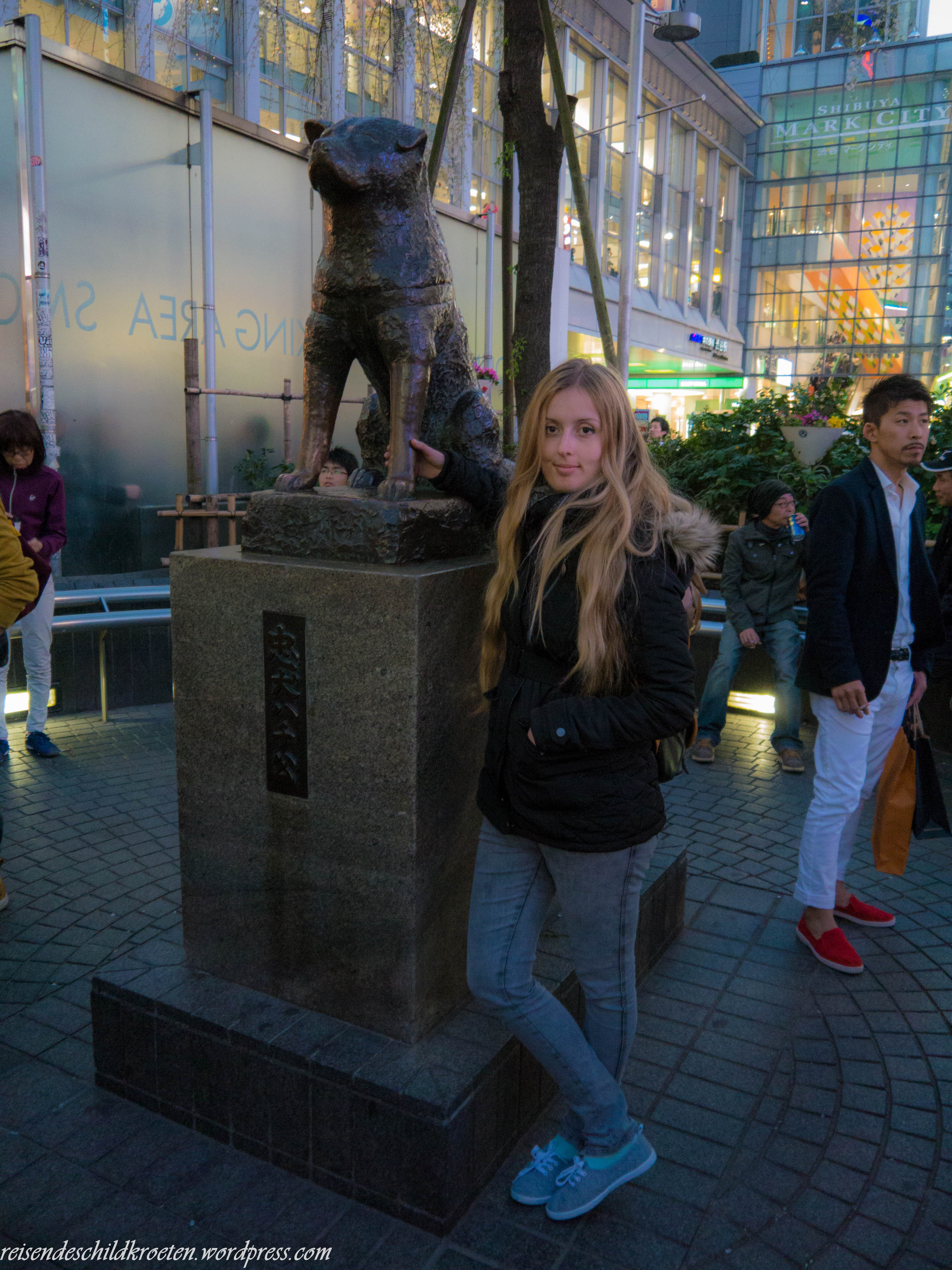 Hachikō statue and a random guy
Hachikō statue and a random guy
People come from all directions at once, sometimes over a thousand with every light change!
Another must in Shibuya, even if you are not that much into “fashion”, is the Shibuya 109 department store. This iconic building was used in the 90s by the Shibuya “gyarus” (gals) who brought 109 into the spotlight as the place to shop for the “gyaru” look, and its fame remains even today.
There’s a Starbucks just around the corner where it’s possible to see the intersection from above (and for free!).
It is amazing to see so many people at once, you never get used to it!
The next day was time to visit another Tokyo`s reference neighborhood: Asakusa. The first street we found on our way there was the Kappabashi Street, where you can buy plastic and wax food samples, used by many restaurants in their show windows. They’re so realistic that it’s hard to distinguish them from real food!
But the main attraction is without a doubt the Senso-ji temple, Tokyo’s oldest temple.
Known to people all over Japan as the temple of the Asakusa Kannon, it draws some 30 million visitors every year, remaining an important center of worship.
We walked around the temple surroundings, the beautiful gardens outside and the different buildings that are part of the temple complex.
I bought a cotton candy (my weakness) and ate it outside the main temple while Kevin was taking some pictures. I guess that cotton candy is only for kids over there, because people were staring at me and one old Japanese grandpa even took a picture of me :D.
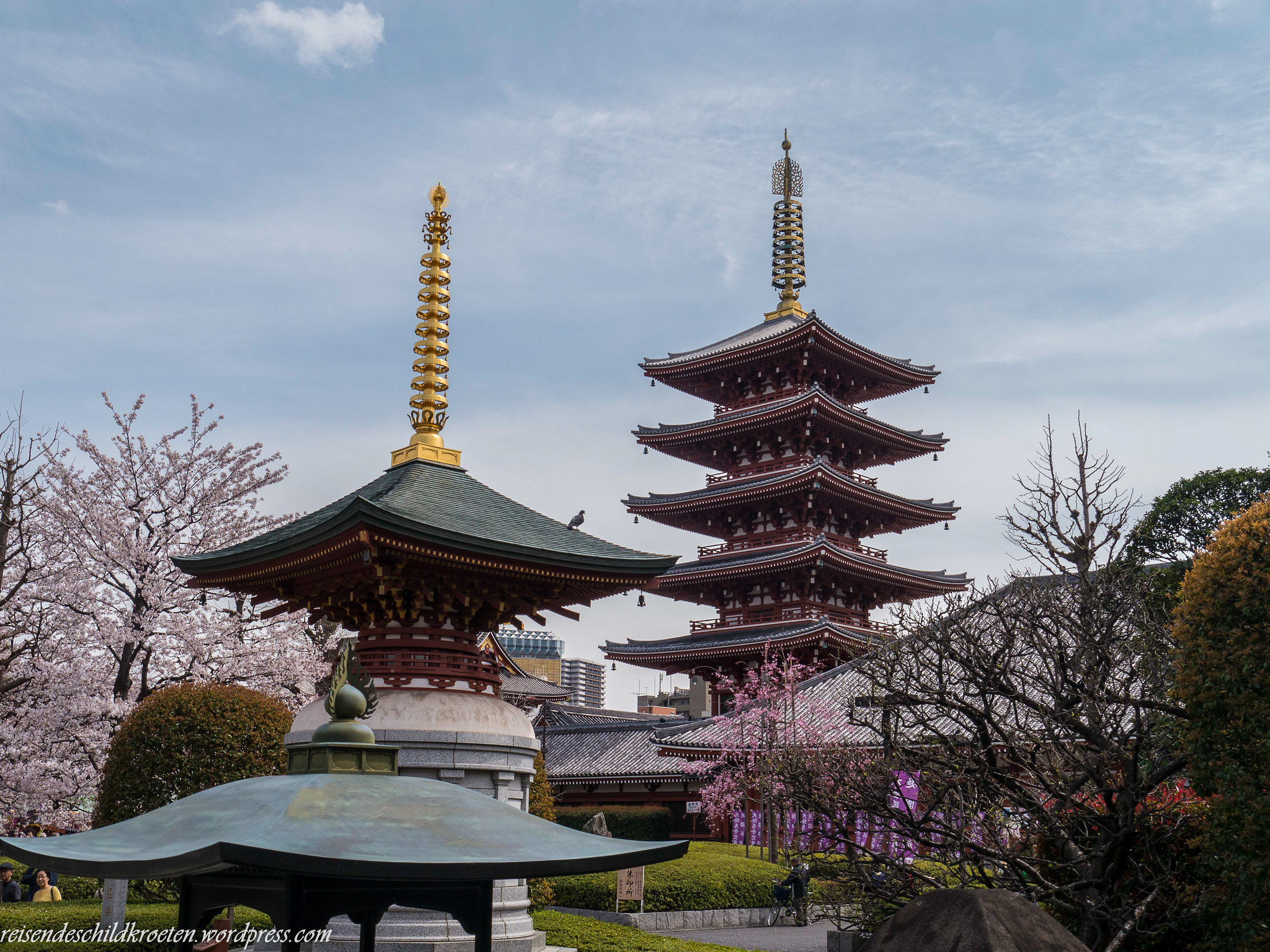 The temple surroundings, the Pagoda is closed to the public
The temple surroundings, the Pagoda is closed to the public
The Hondo Main Hall was crowded with people praying, burning incense or just taking pictures.
There was a O-mikuji next to the hall, O-mikuji are random fortunes written on strips of paper at Buddhist temples…mine was horrible! it predicted that I’d have bad luck, family illnesses, accidents, that I shouldn’t travel… When the prediction is bad (and mine was the worse), it is a custom to fold up the strip of paper and attach it to a pine tree or a wall of metal wires alongside other bad fortunes, and that’s what I did. Nothing of what was written there happened, so I guess it worked :).
We left the temple through the Kaminarimon Gate, the outer door of the temple and authentic symbol of the Asakusa neighborhood and the city of Tokyo.
We reached the Nakamise Street, a 250-meter-long shopping street full of small shops and stalls selling from souvenirs like kimonos or fans to typical sweets.
Although it may seem a modern invention to attract tourists, the fact is that already in the period of Edo there were stores here willing to catch the attention of the pilgrims who visited the Sensoji temple.
 The Nakasime Street and the Skytree
The Nakasime Street and the Skytree
You can find some thieves on the buildings of Asakusa (5 to be exact). They’re the 5 master thieves from Edo, called “Shiranami gonin otoko”. They were very famous, and have been made into “Kabuki” plays (you can learn more about them here).
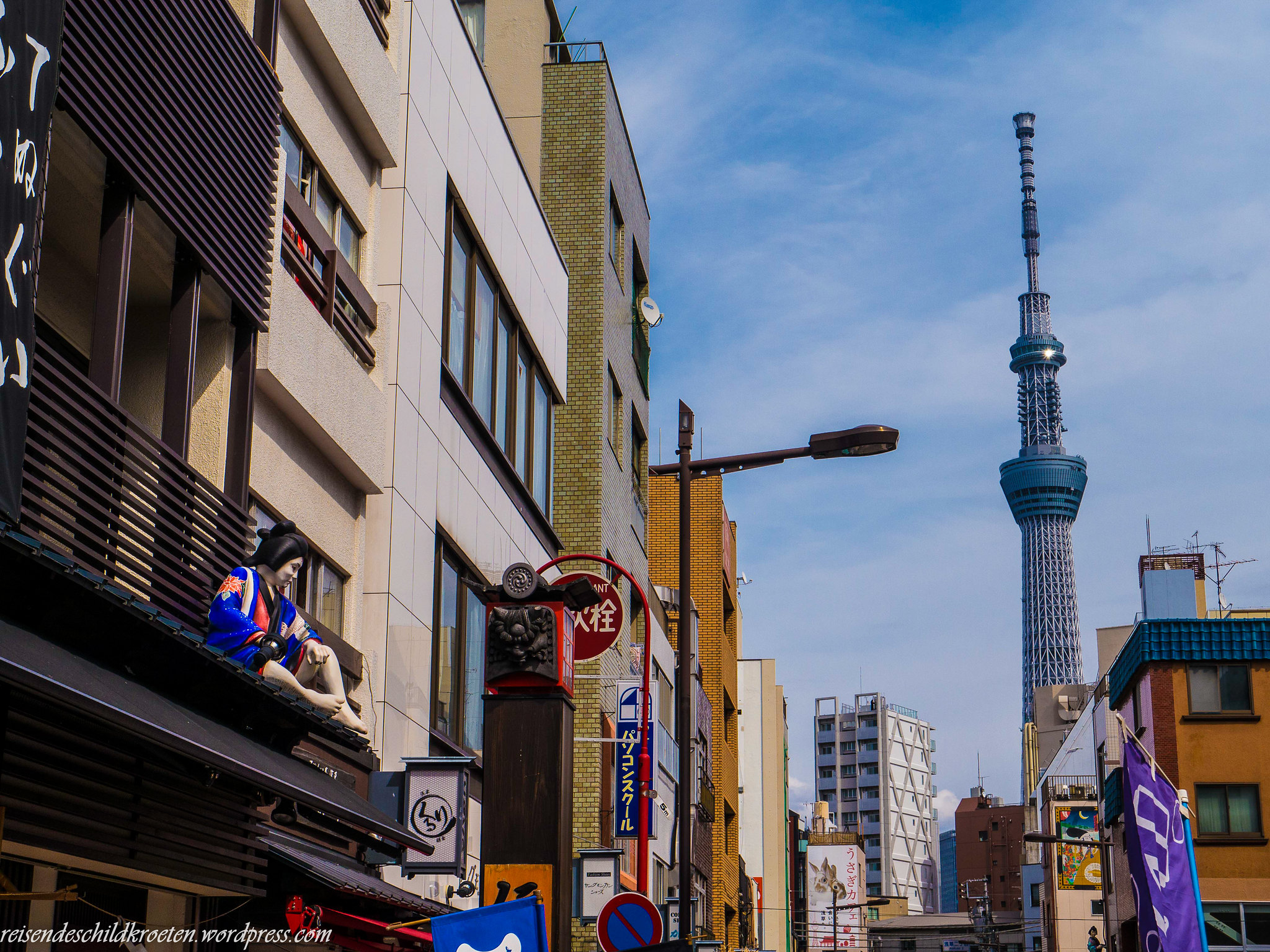 One of the Master Thieves chilling
One of the Master Thieves chilling
We did a stop at the Asakusa Culture Tourist Information Center before going to the Sumida neighboorhood since the building houses a free viewing deck up on the top (always saving money :D).
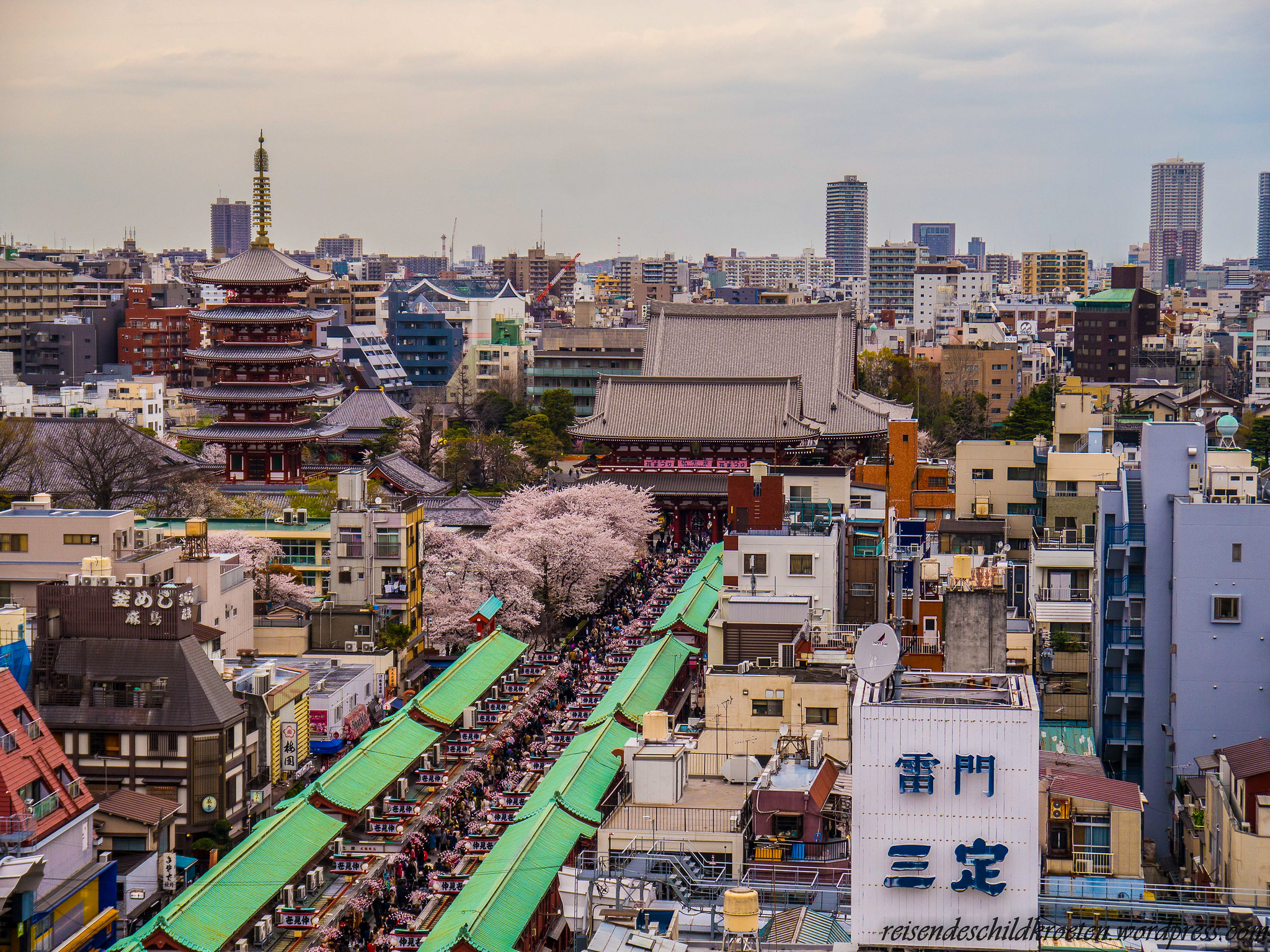 The Senso-ji temple and the Nakamise Street from the Tourist Information Center
The Senso-ji temple and the Nakamise Street from the Tourist Information Center
Sumida neighborhood is famous for hosting the tallest structure in Japan (634 m) and the second tallest in the World.
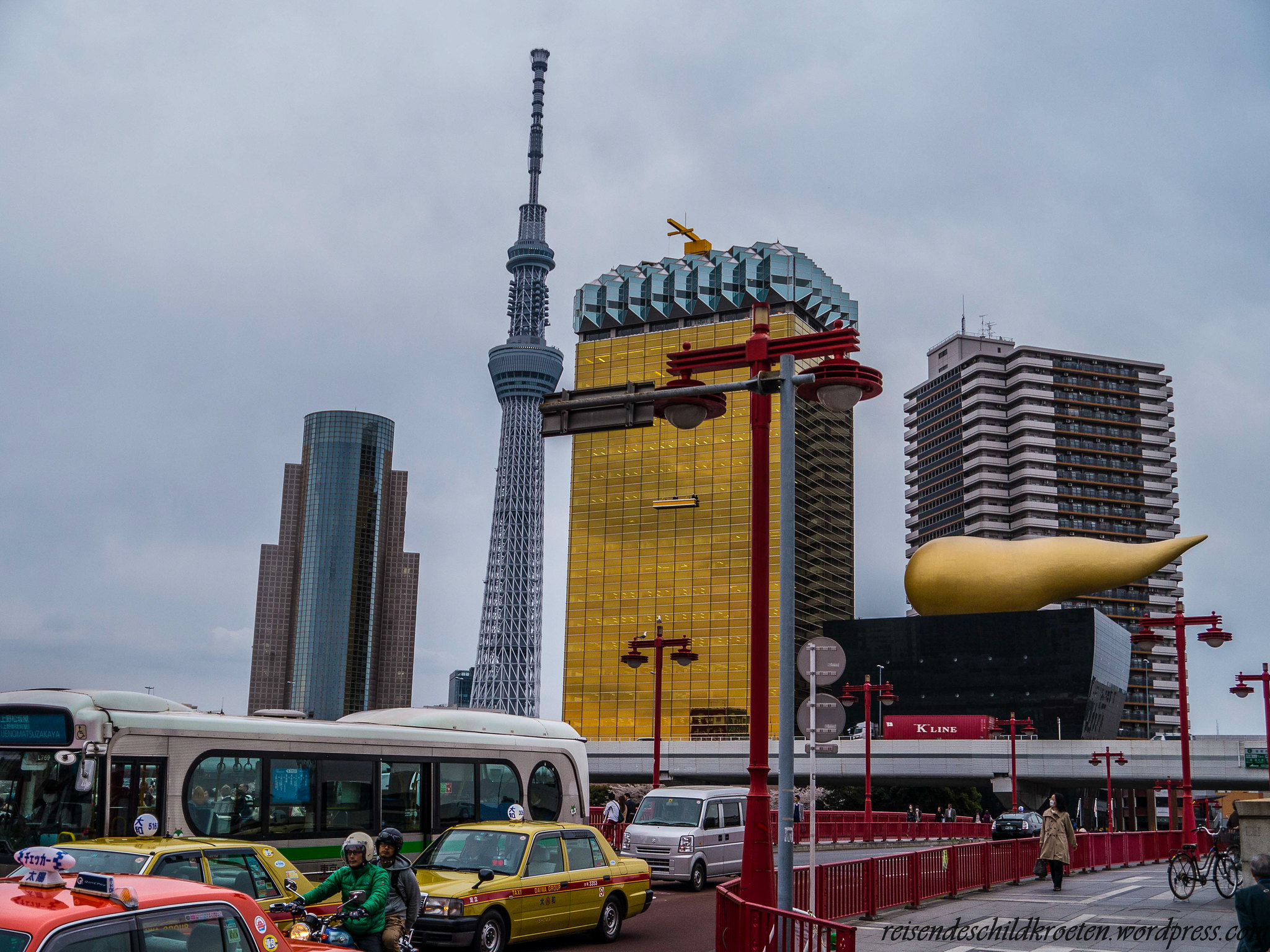 The Skytree next to the Asashi Breweries
The Skytree next to the Asashi Breweries
It also had a cute park full of cherry blossoms where we could relax for a bit, my knee was hurting since the day before and it was getting tougher to keep the rhythm of so many kilometers per day.
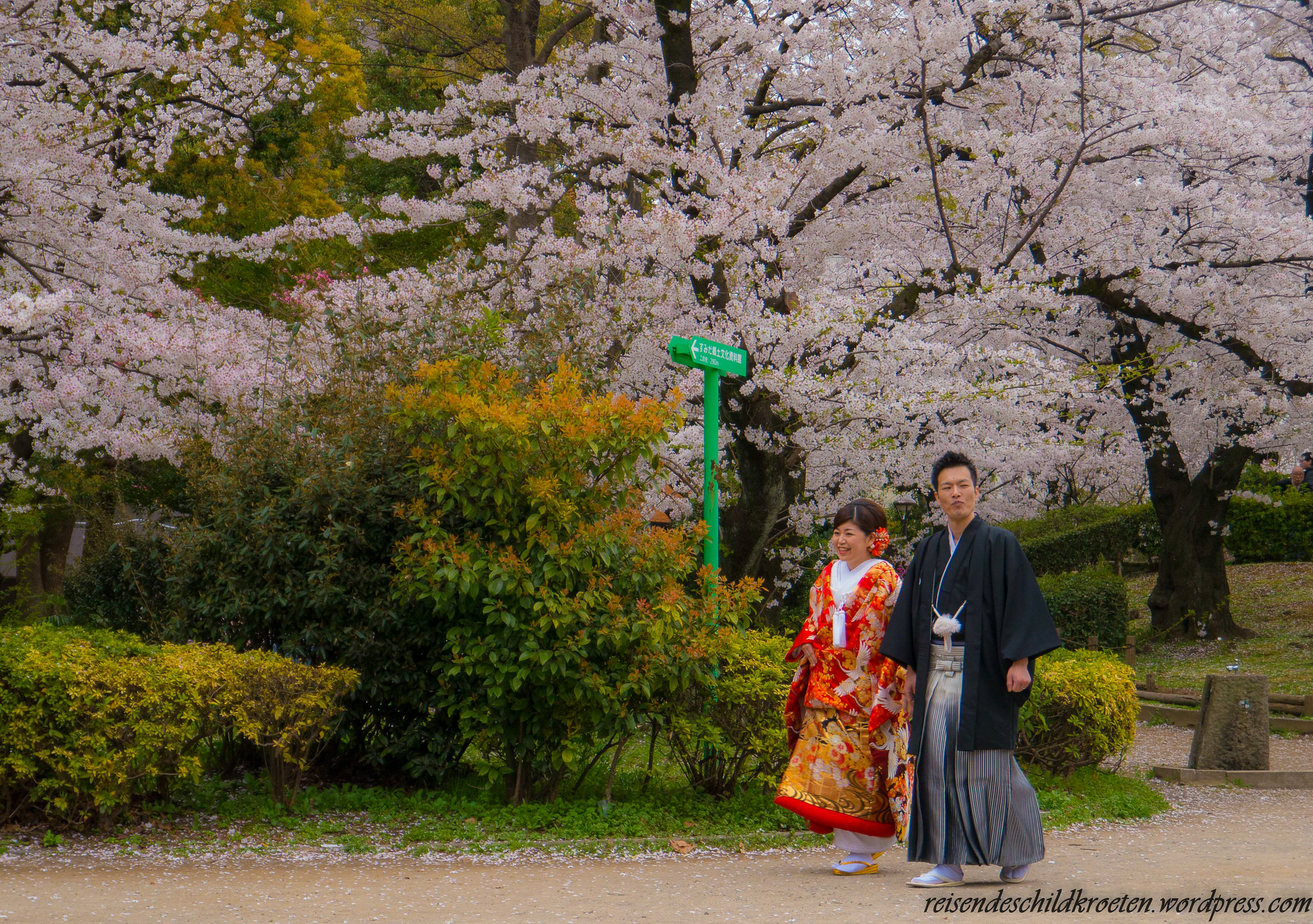 This cute couple was doing a photoshoot in the park
This cute couple was doing a photoshoot in the park
Next day Nikko was awaiting, so we had dinner and went back to our apartment to have some rest.

 A normal day at Shibuya cross
A normal day at Shibuya cross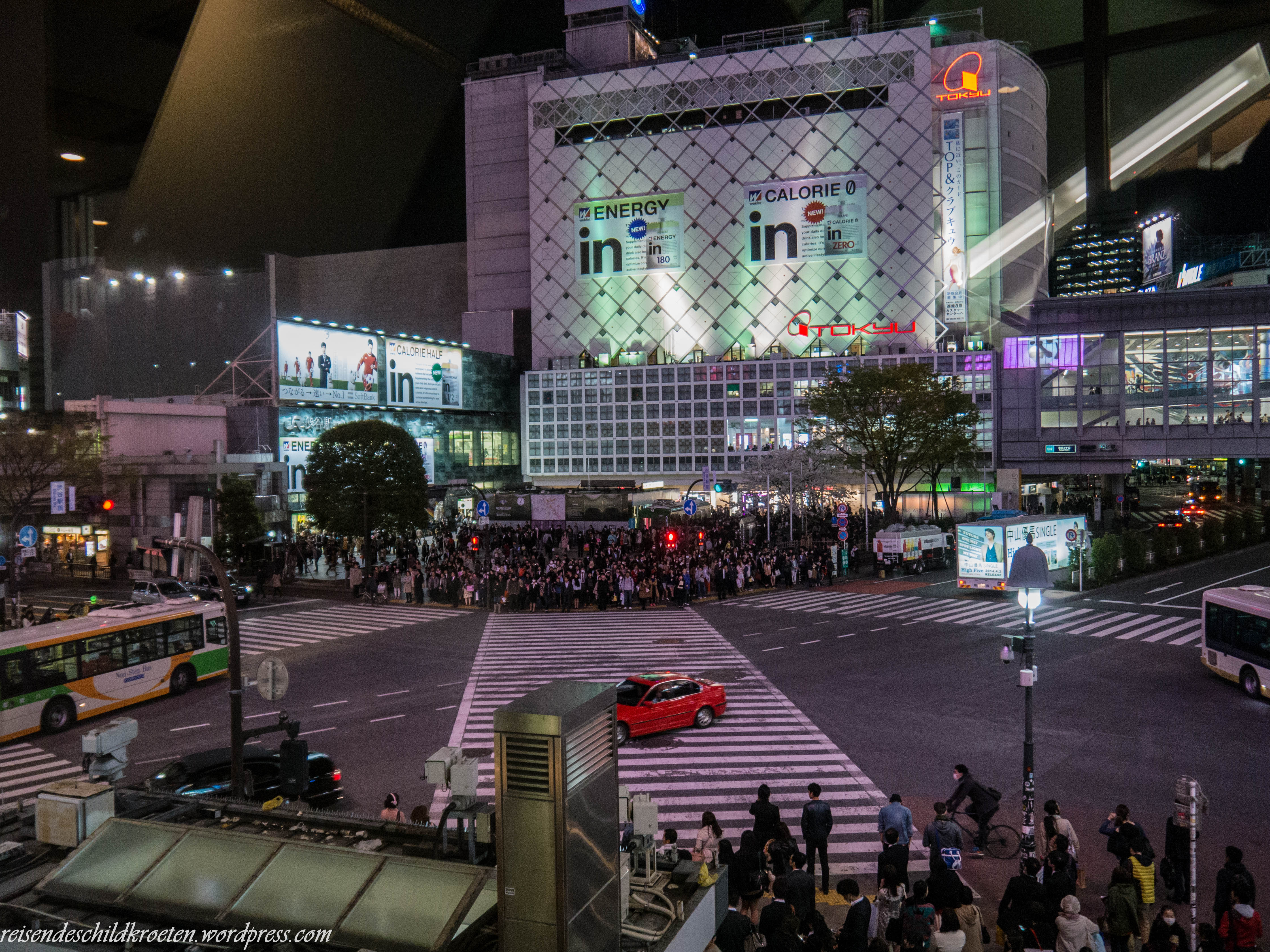 View from the Starbucks
View from the Starbucks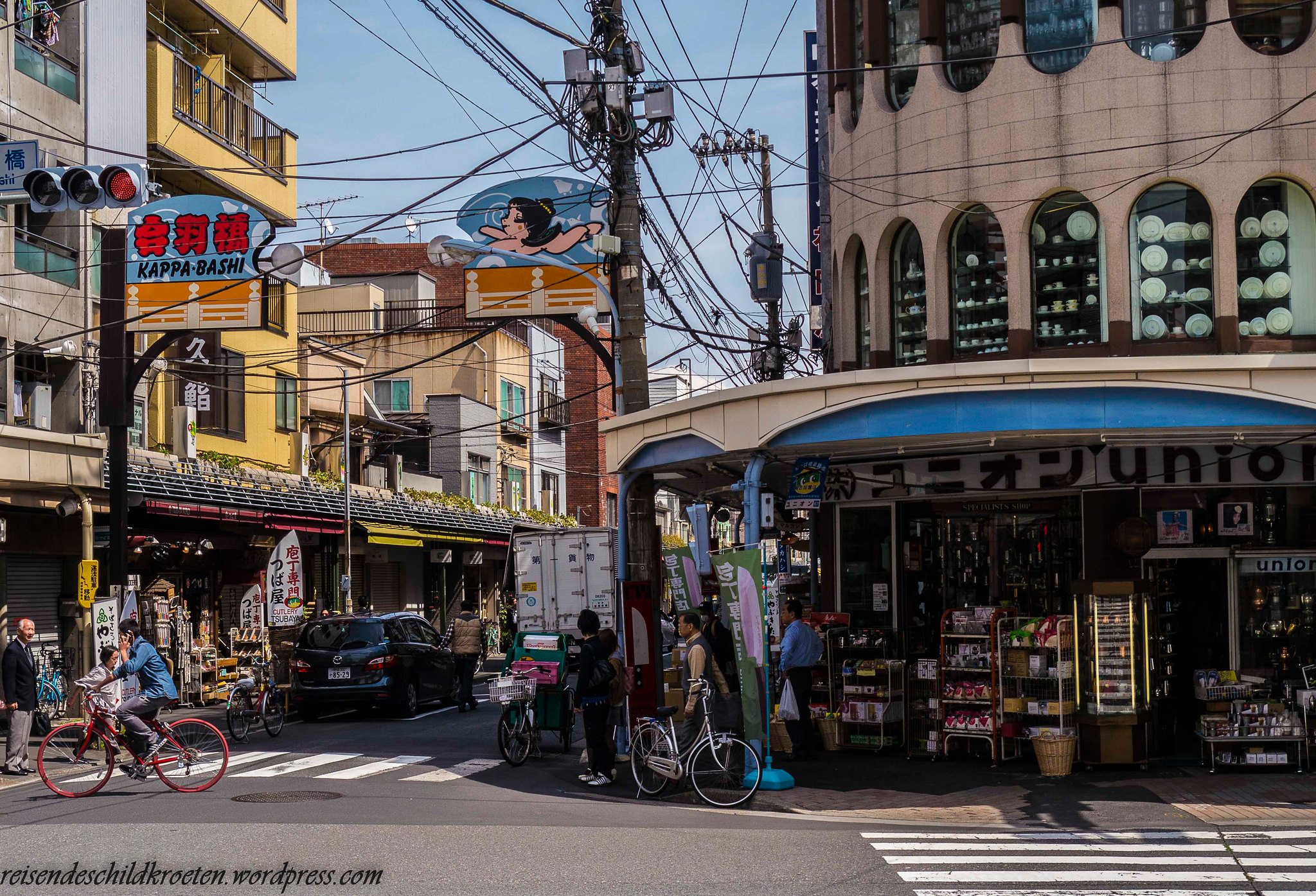 Kappabashi Street
Kappabashi Street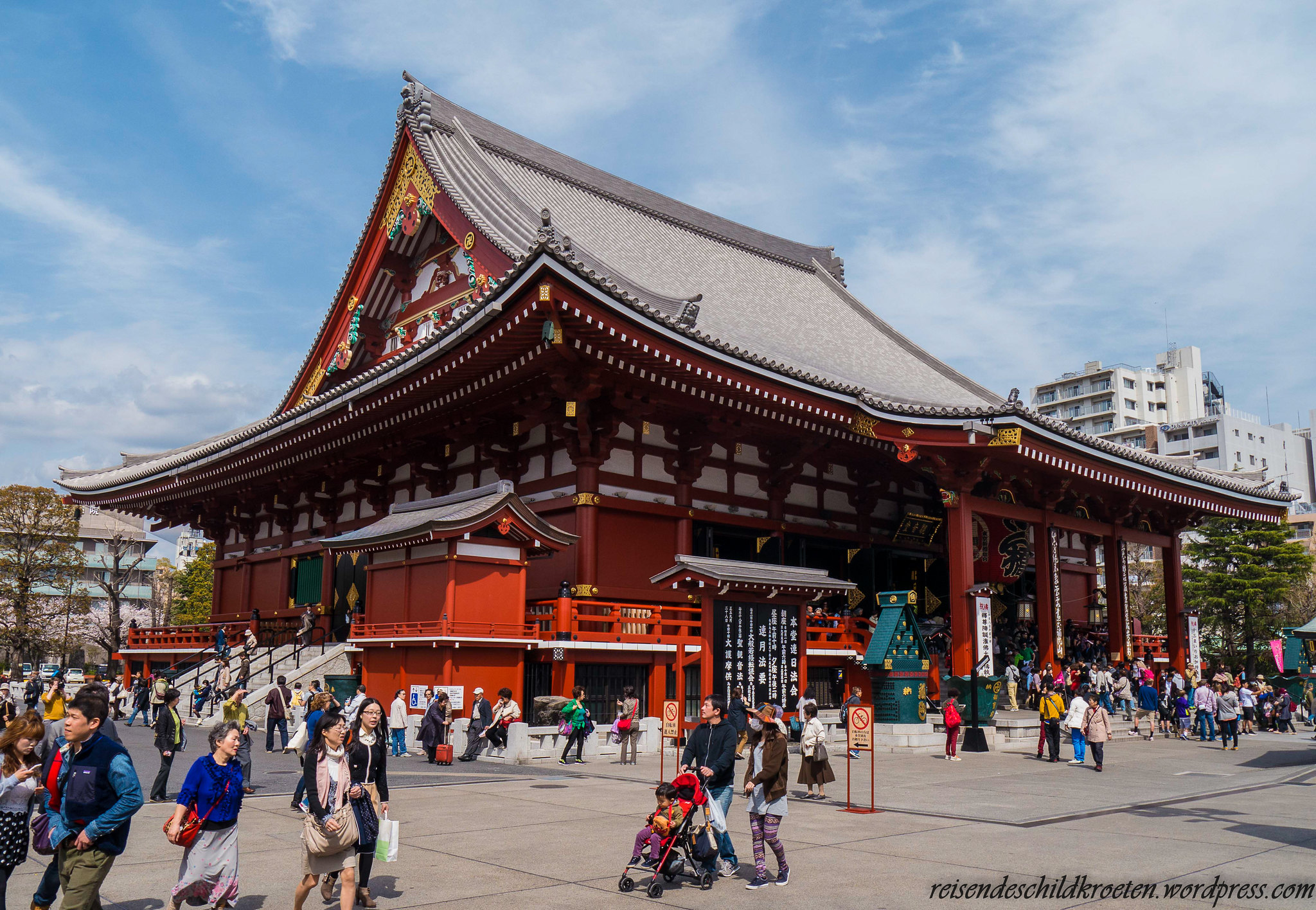 Senso-ji Temple
Senso-ji Temple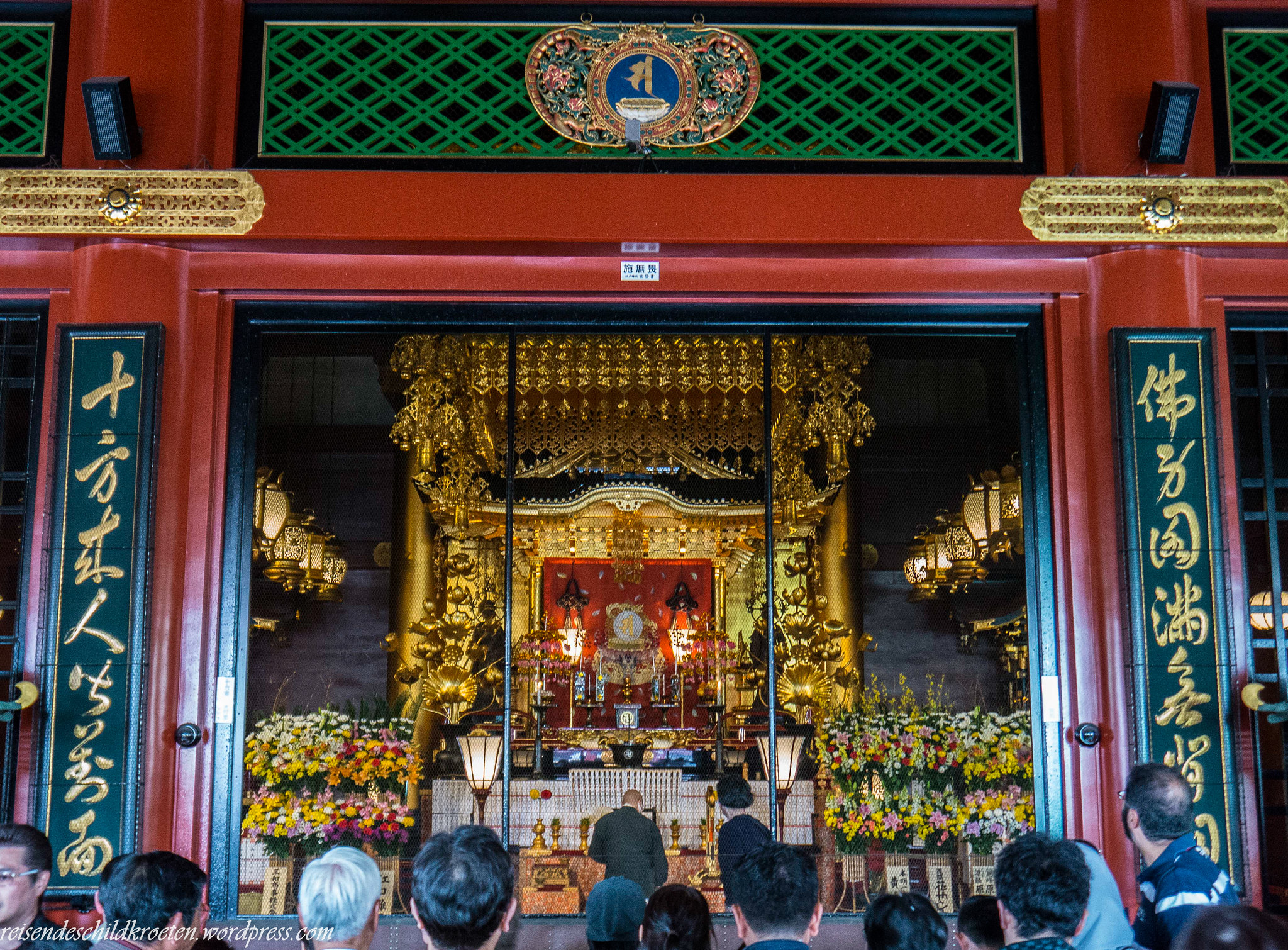 Hondo Main Hall
Hondo Main Hall Approaching Tsurugaoka Hachimangū
Approaching Tsurugaoka Hachimangū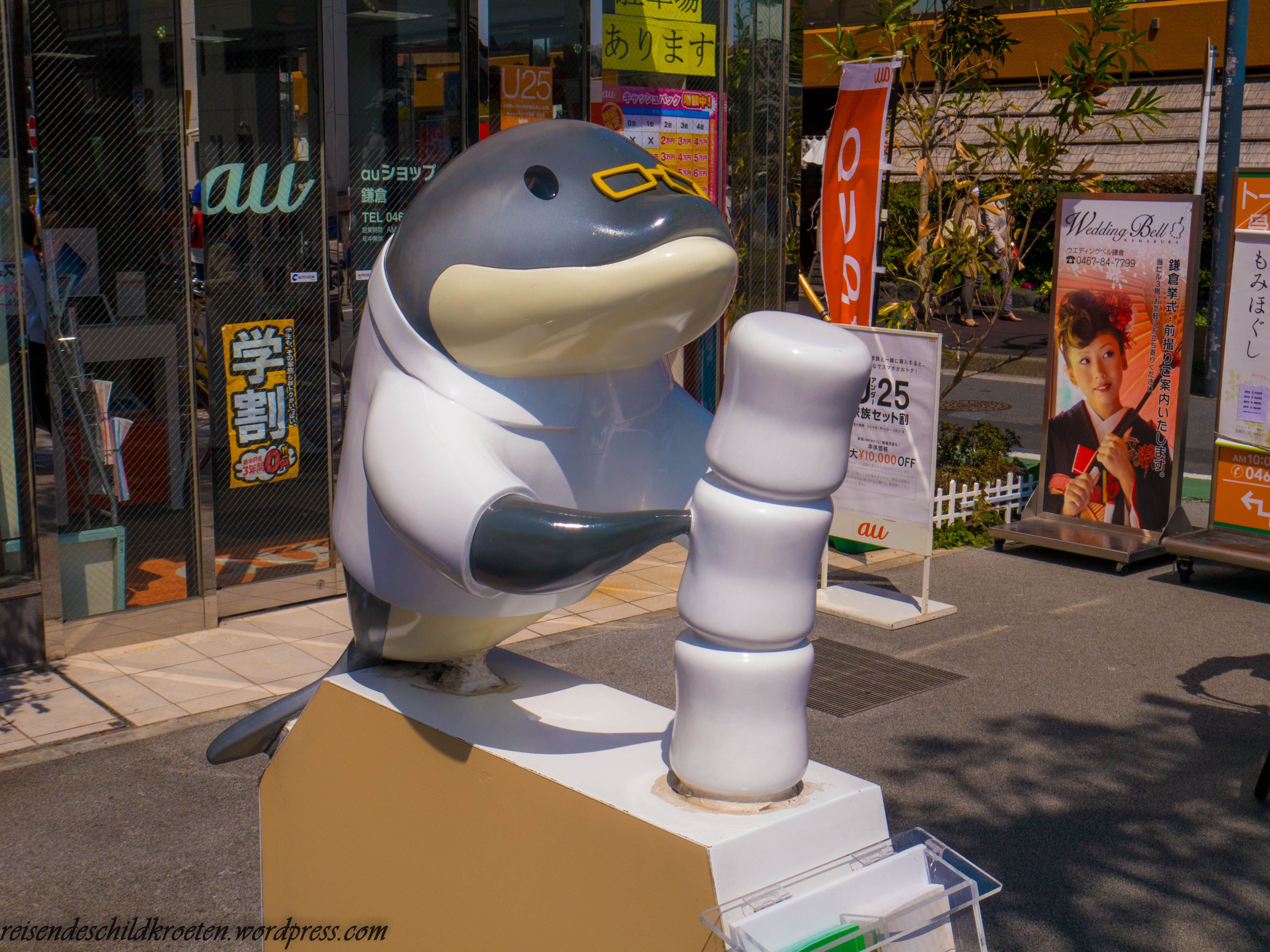 Kawaii dentist on the way to the shrine
Kawaii dentist on the way to the shrine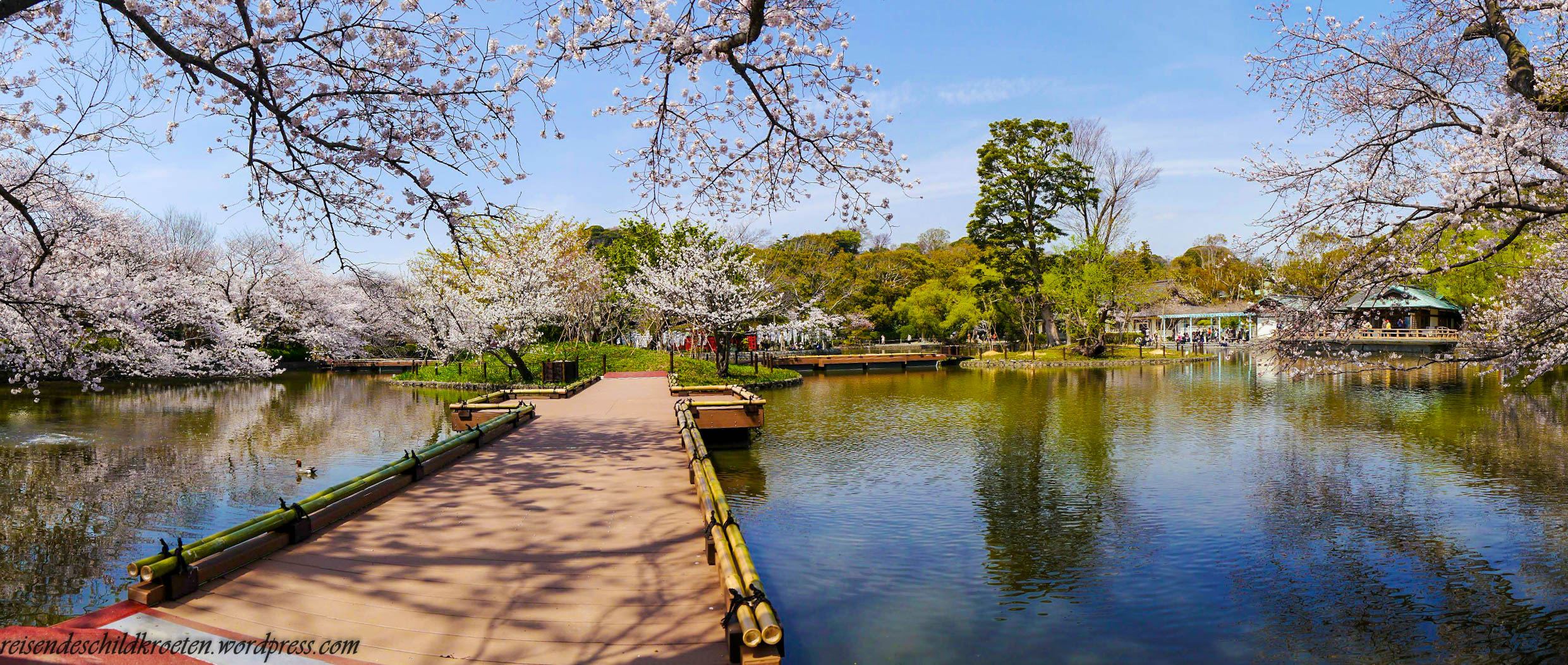 Minamoto pond at the shrine
Minamoto pond at the shrine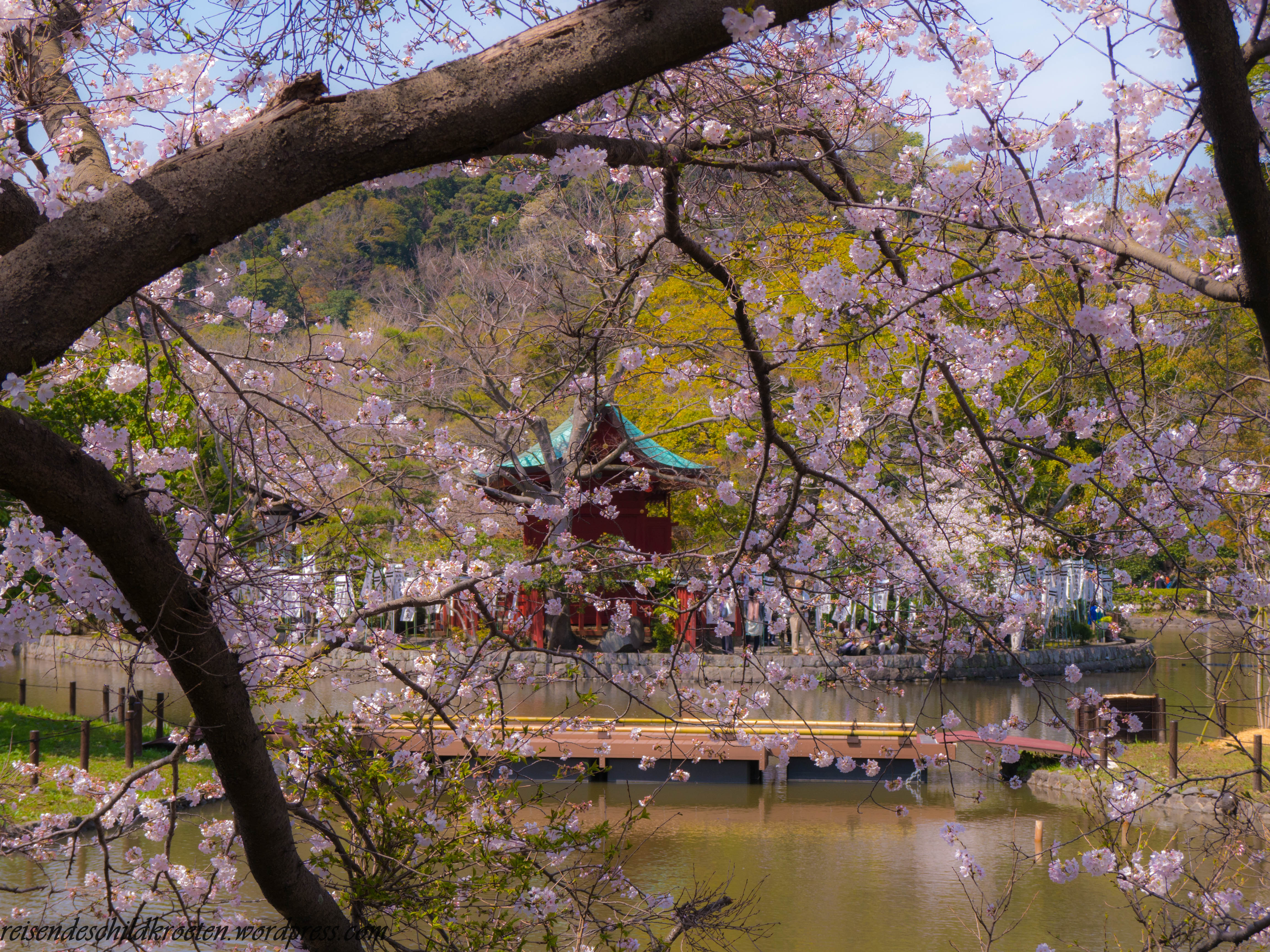 The Hataage Benzaiten Sub-shrine
The Hataage Benzaiten Sub-shrine 
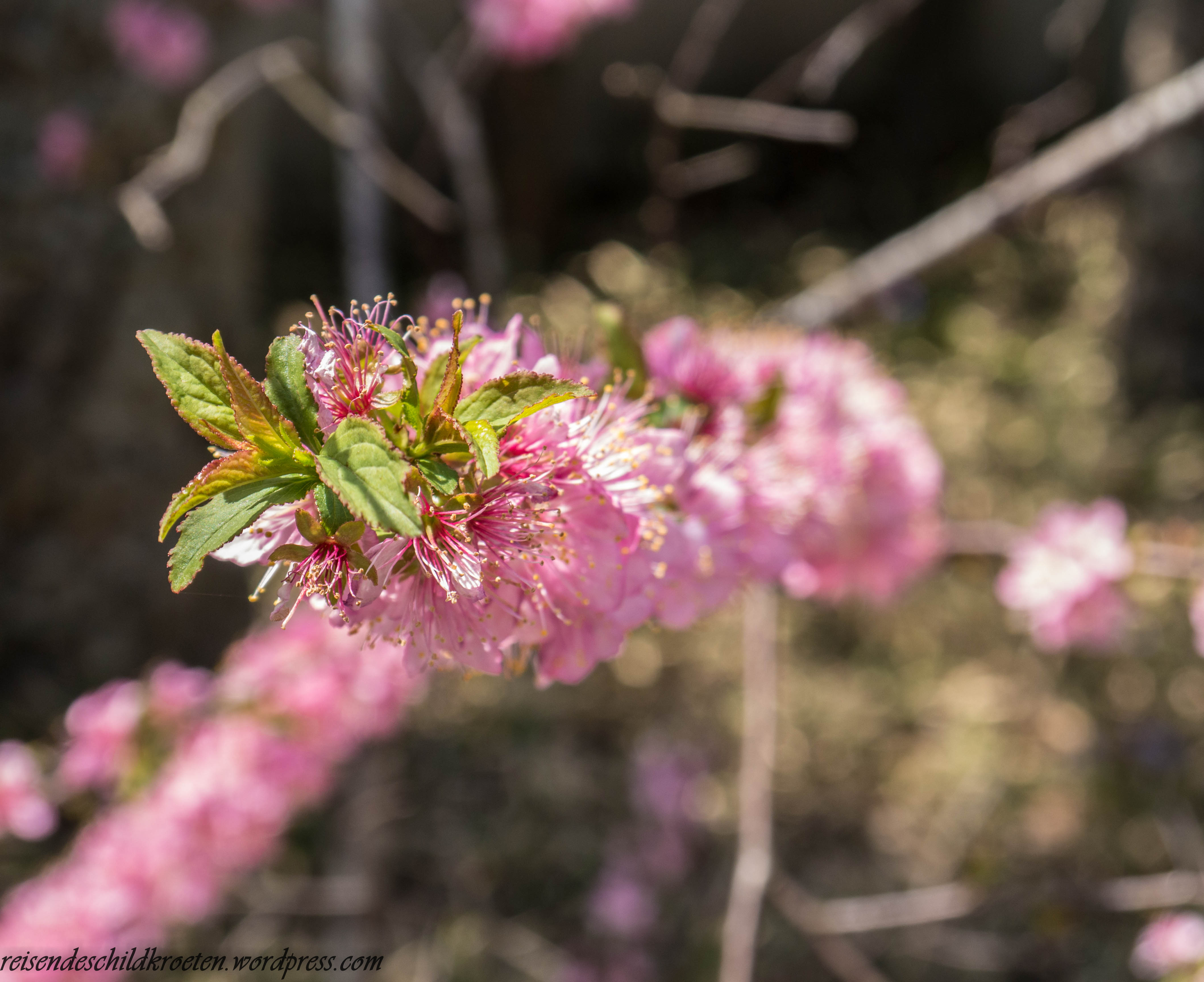 The cherry blossoms always improving the views!
The cherry blossoms always improving the views!
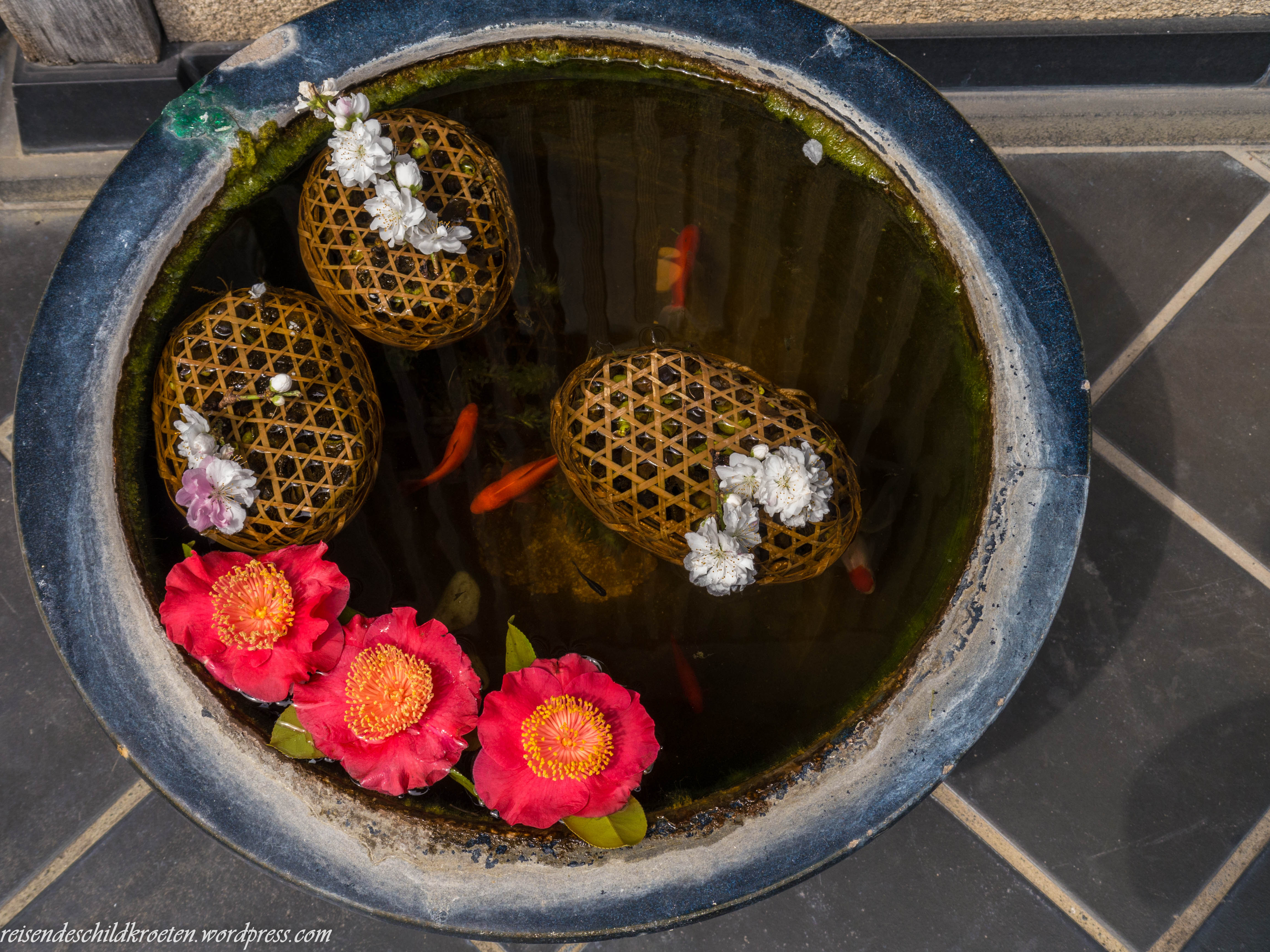
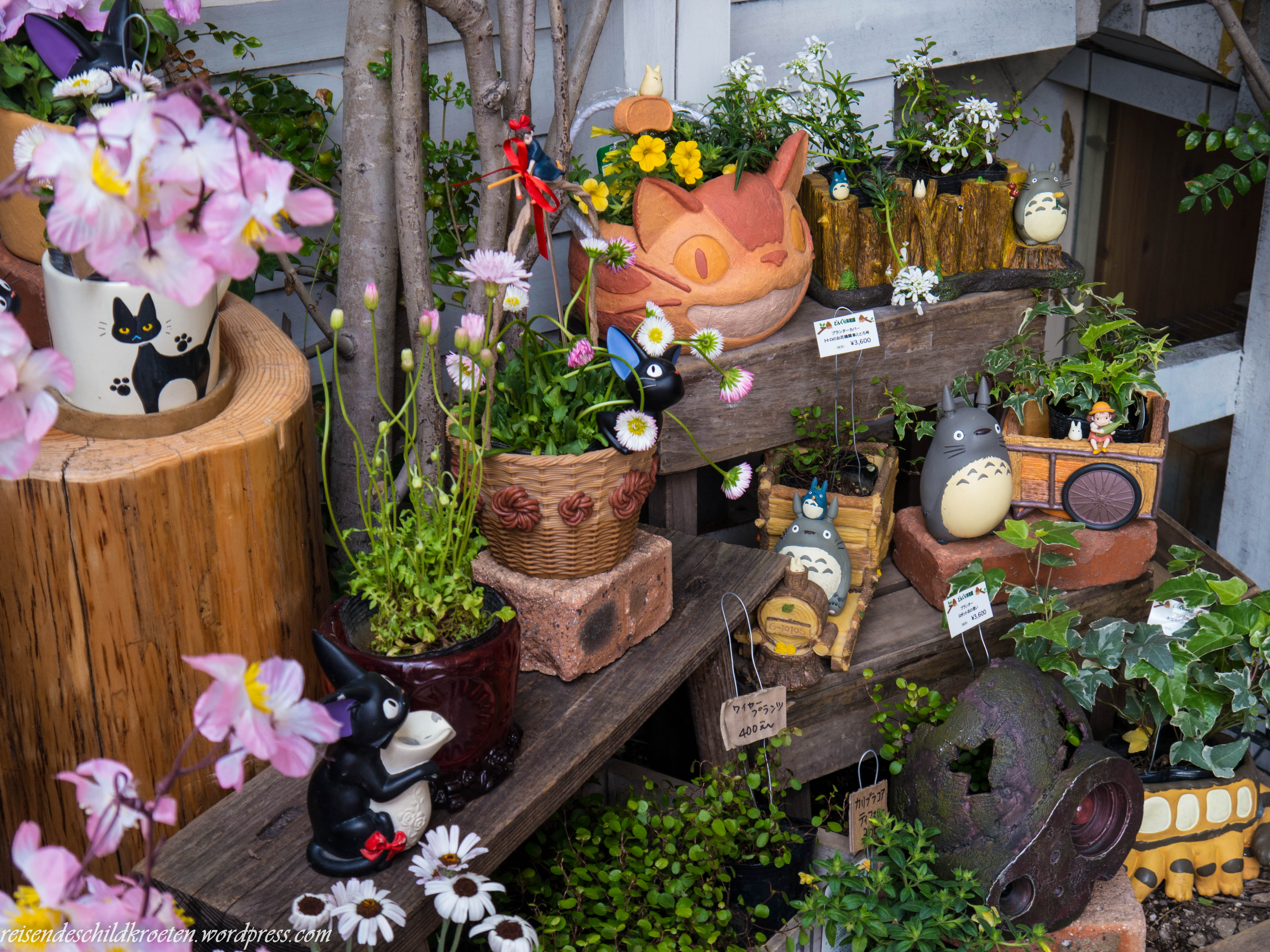 My dream garden
My dream garden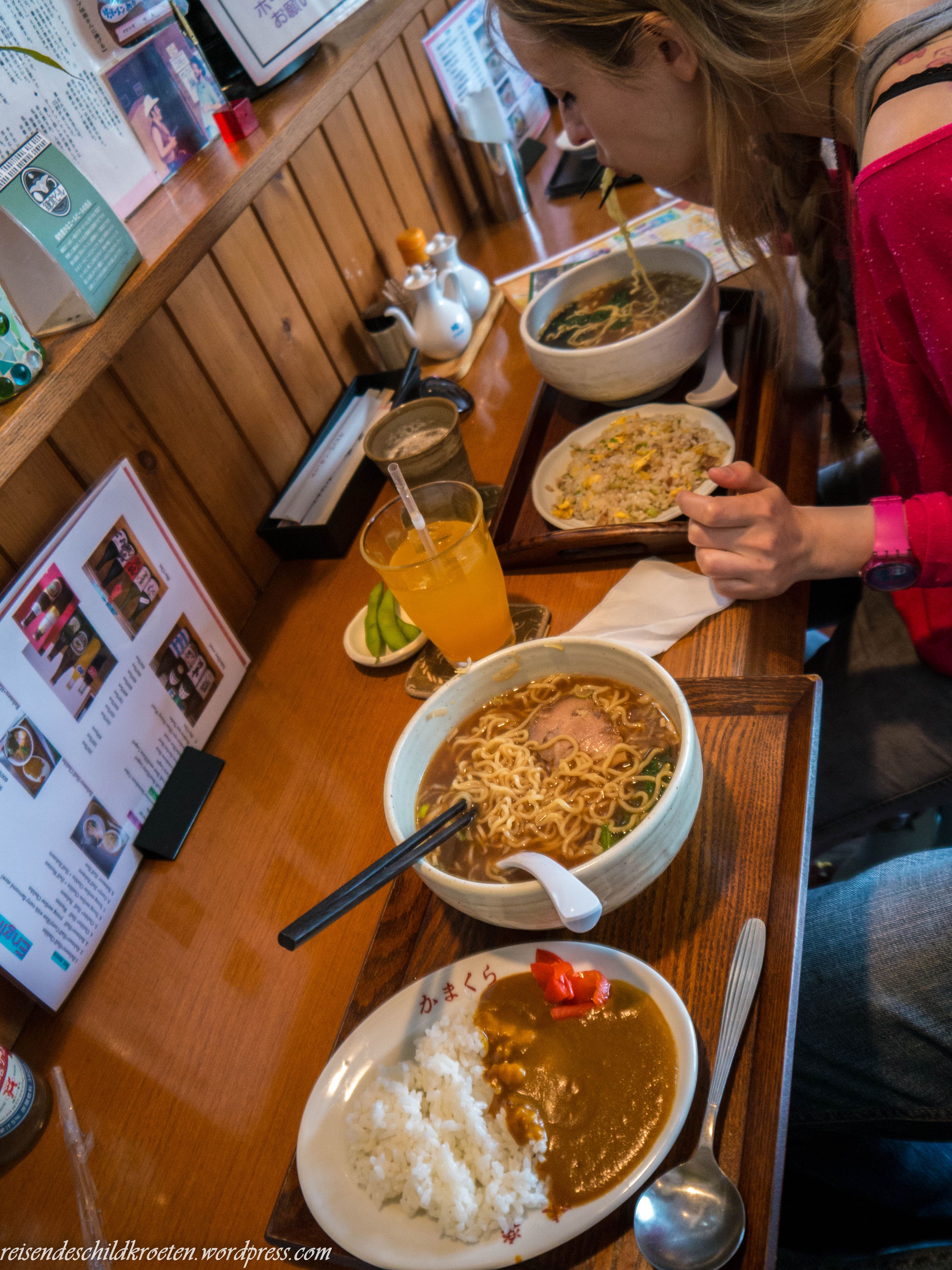 It was worth the wait
It was worth the wait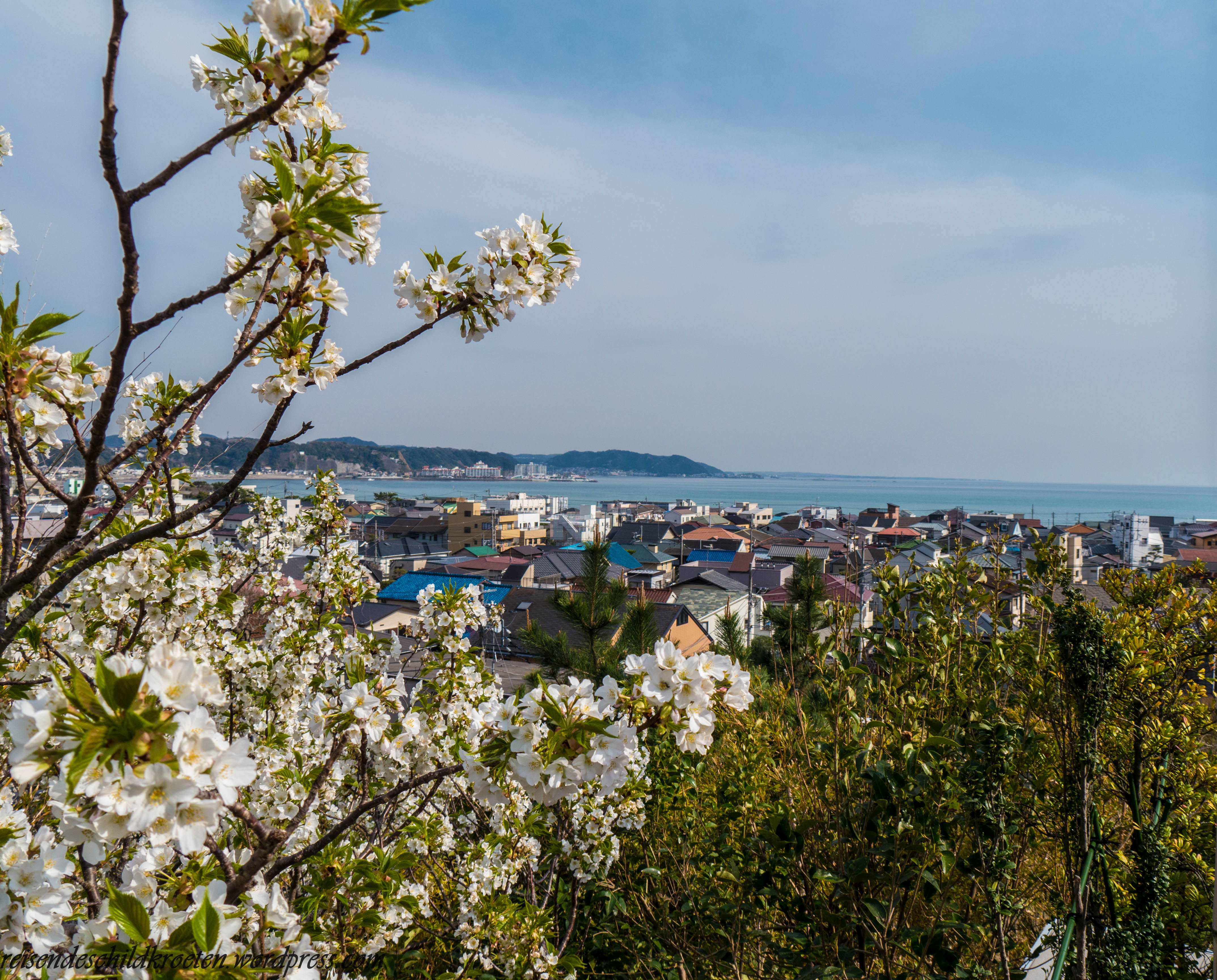 View of Yuigahama beach
View of Yuigahama beach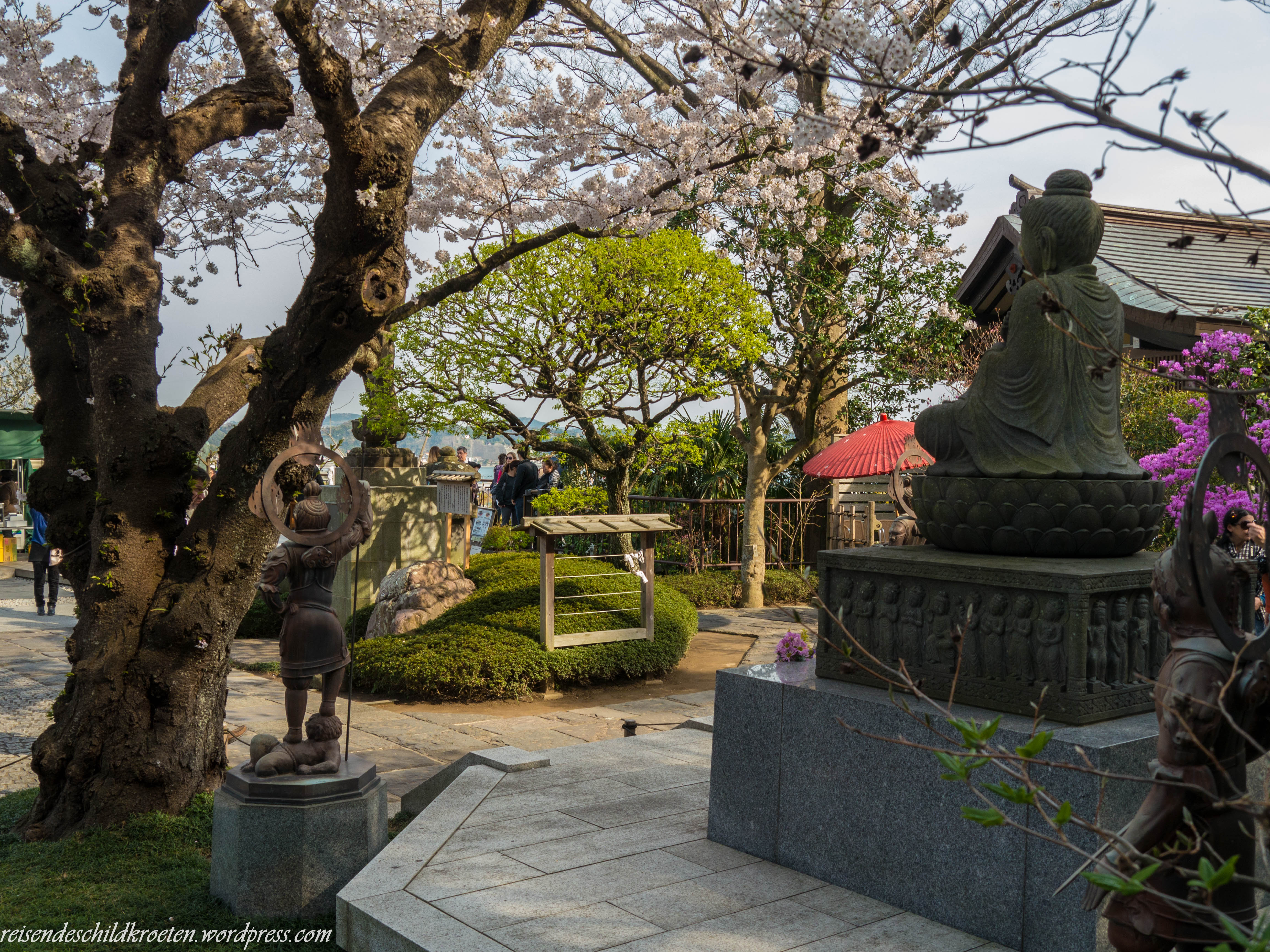
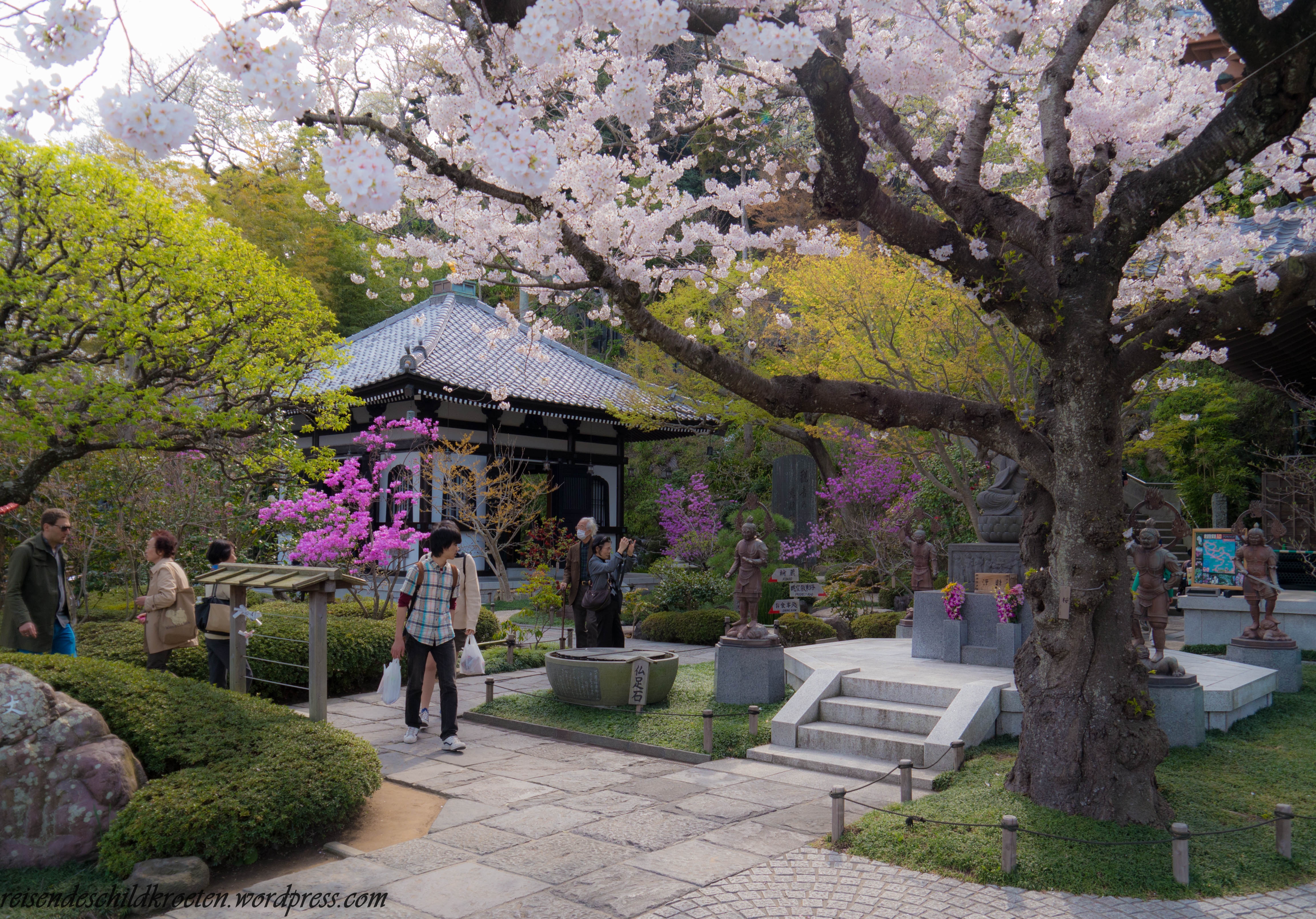 Hase-dera grounds
Hase-dera grounds
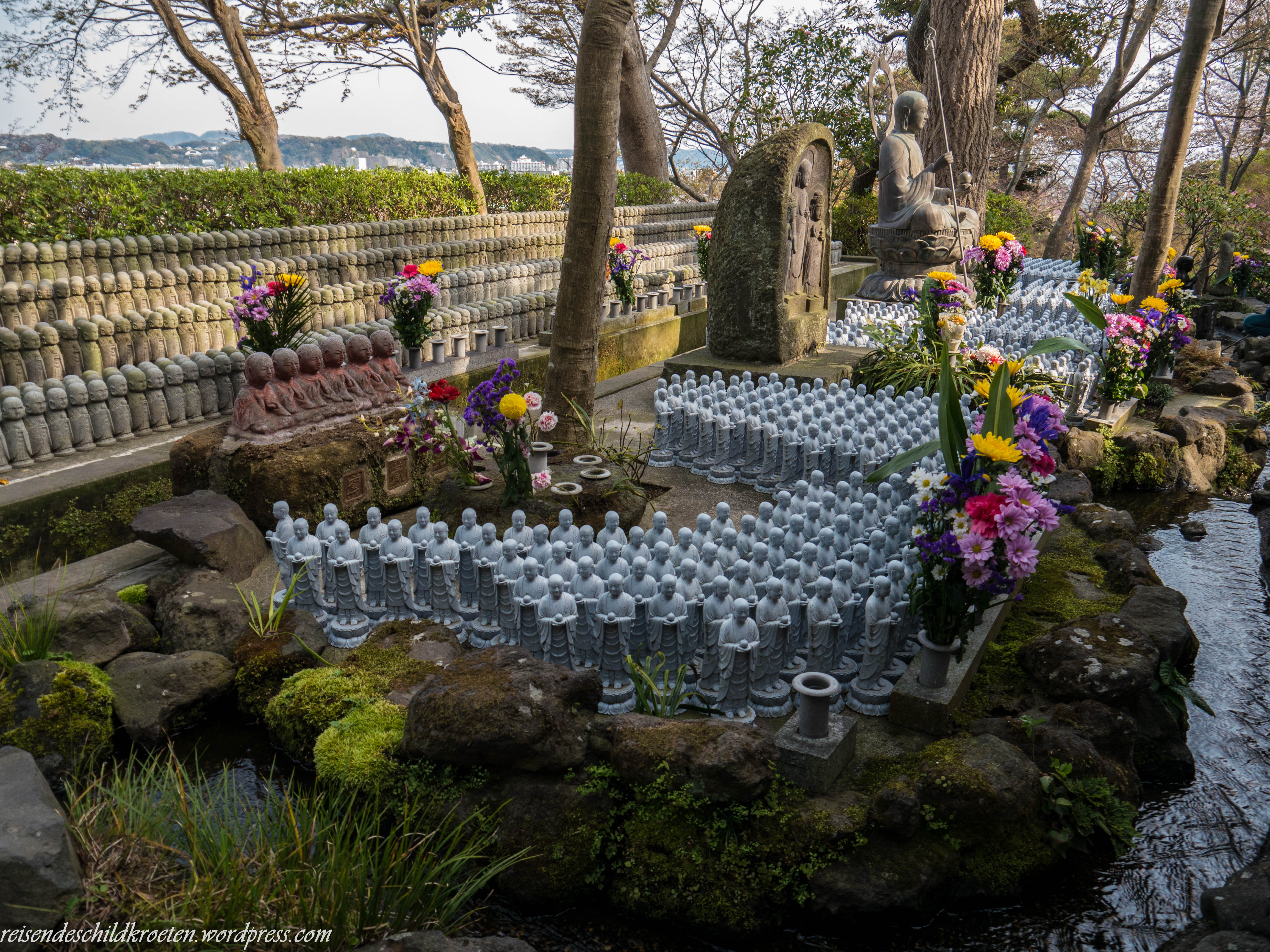
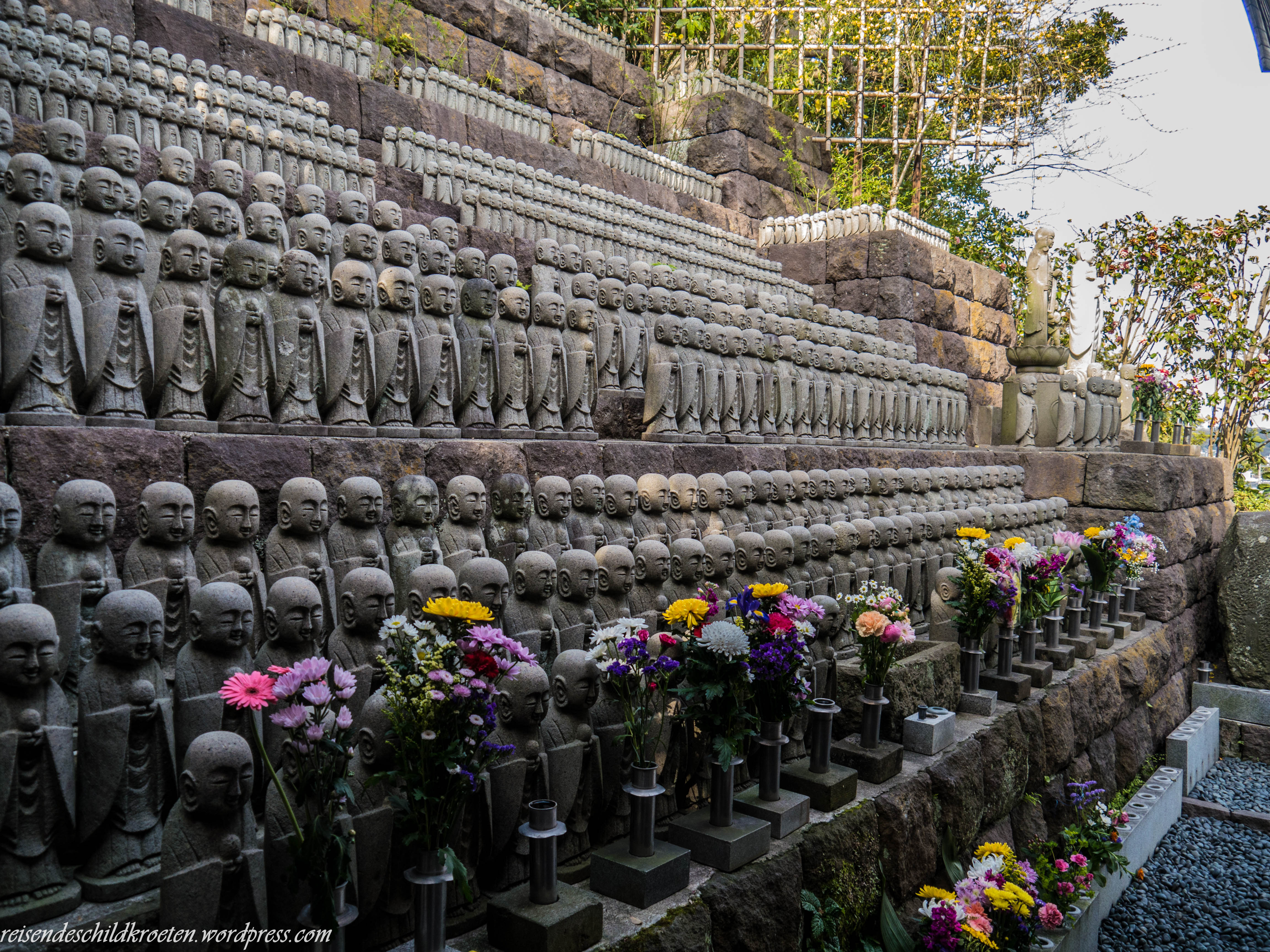 Jizō statues in Hase-dera
Jizō statues in Hase-dera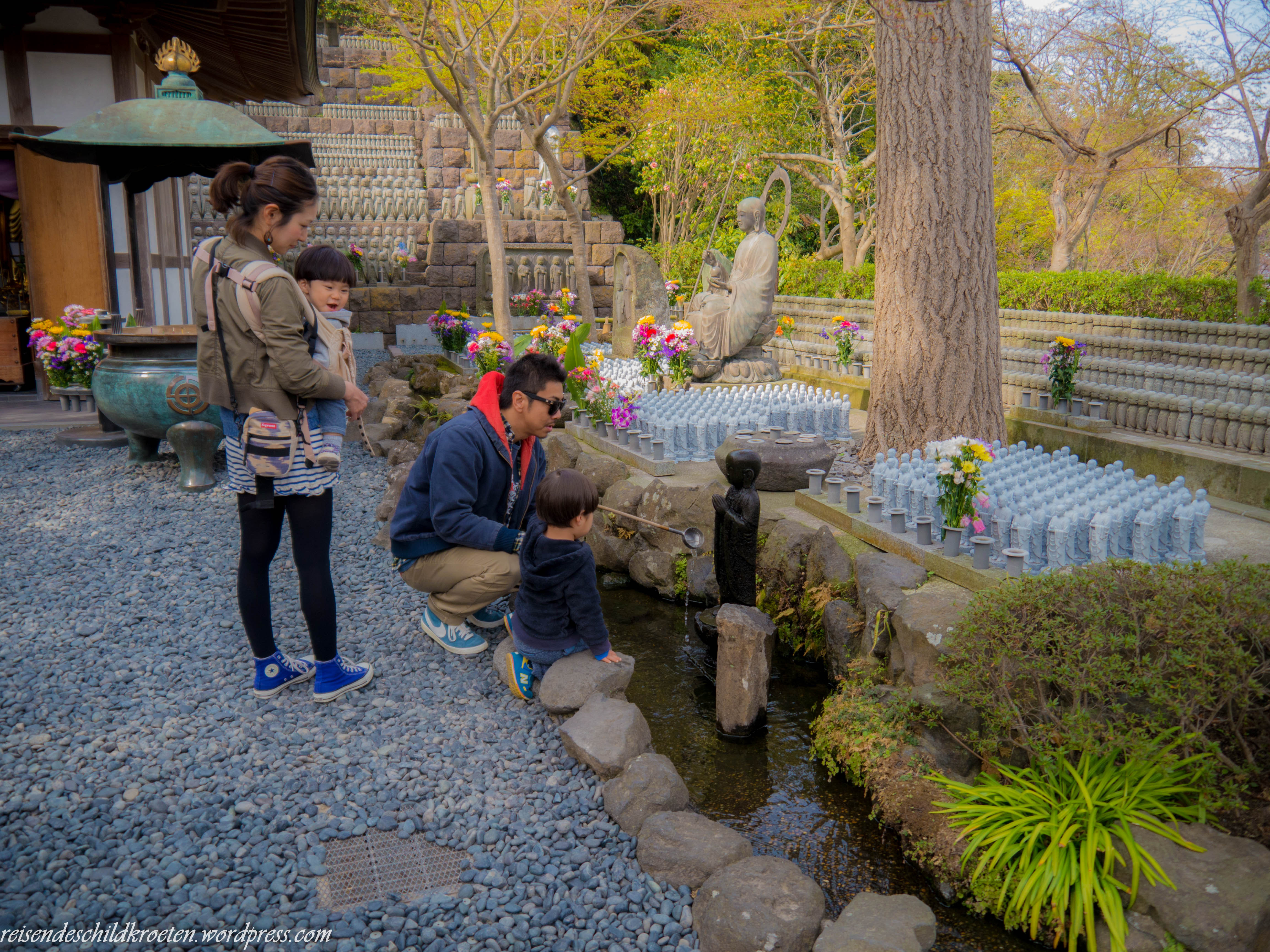 A japanese family visiting the temple
A japanese family visiting the temple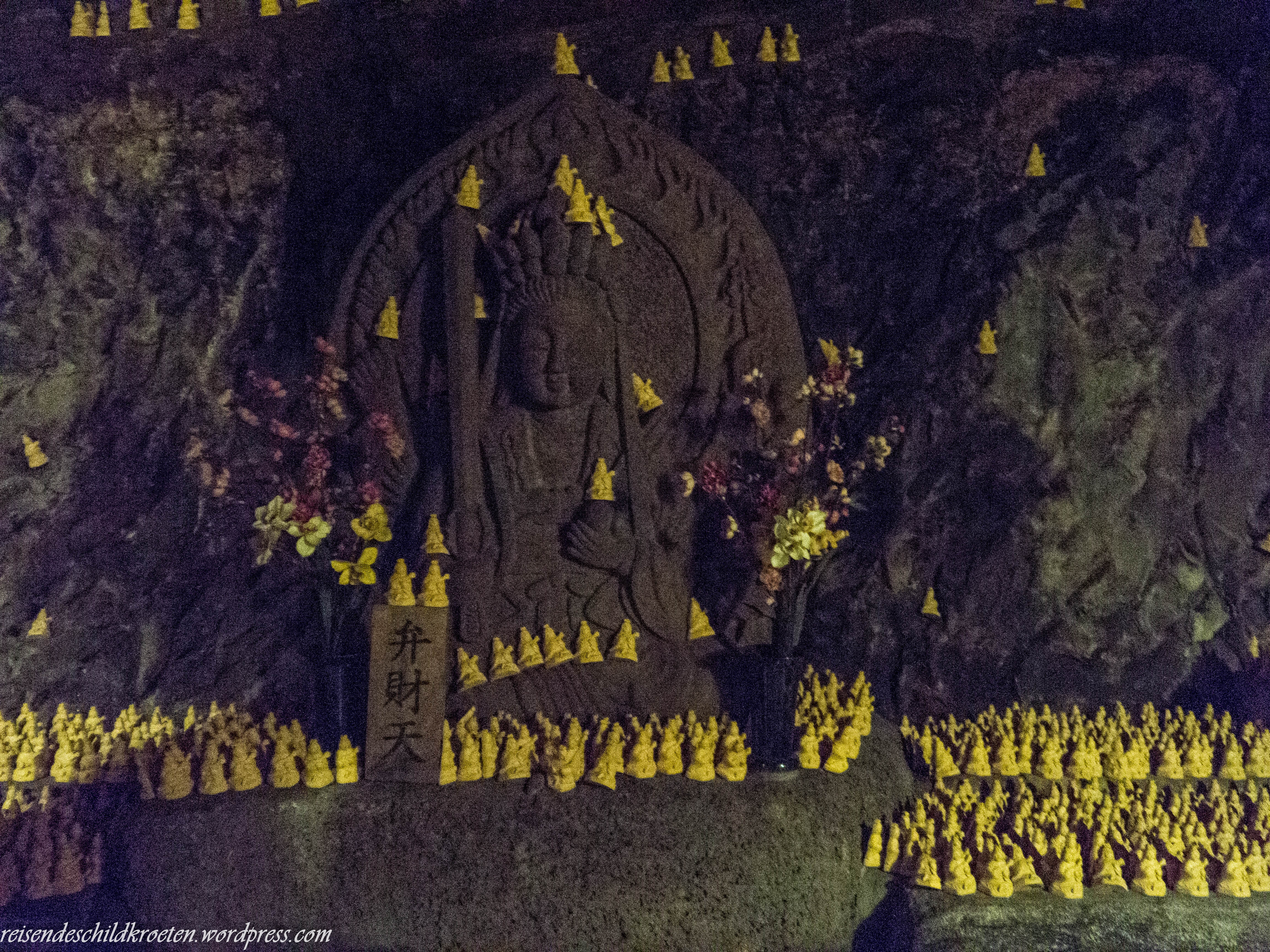 Benzaiten
Benzaiten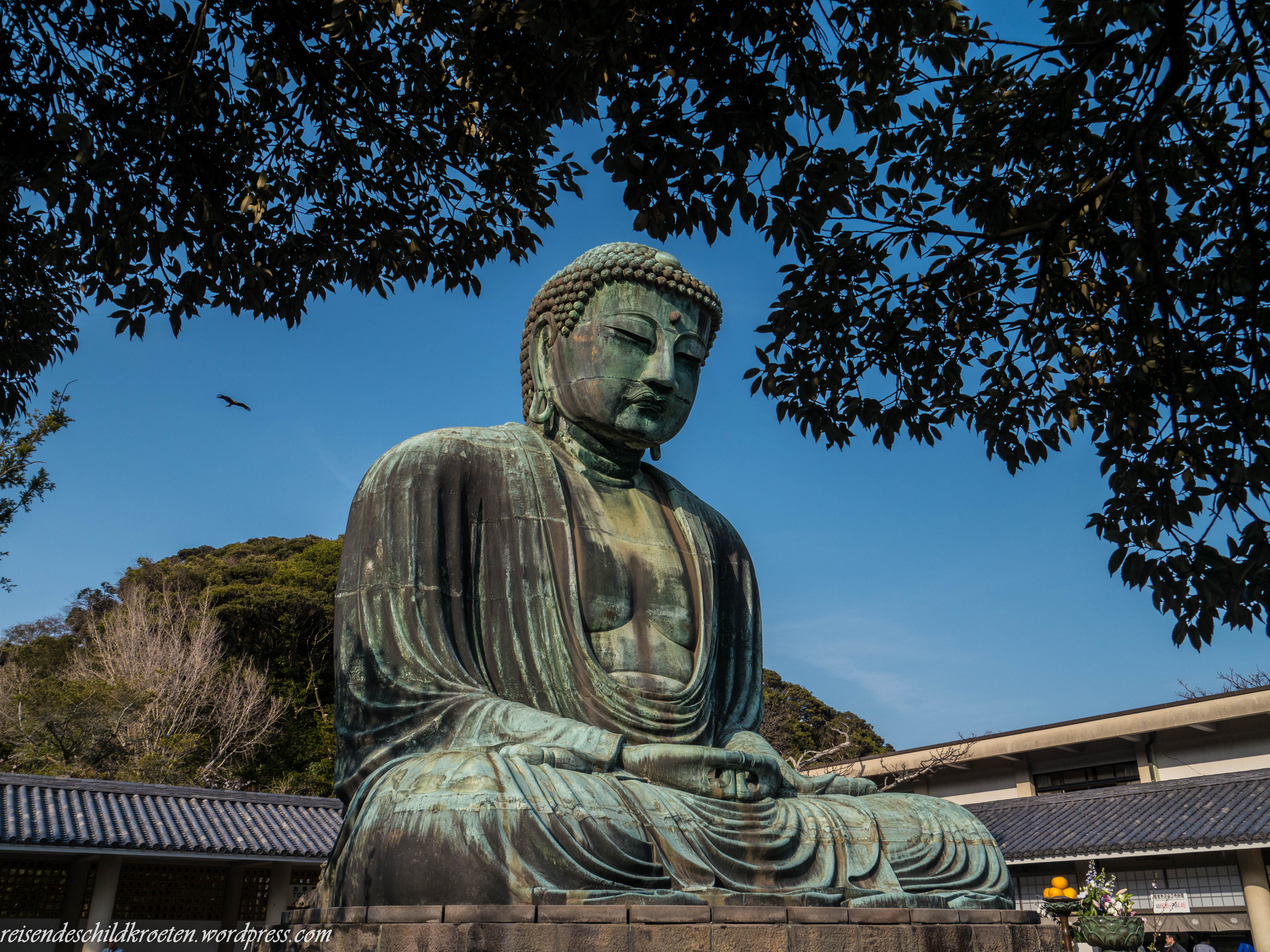 Sitting there since s.XIII
Sitting there since s.XIII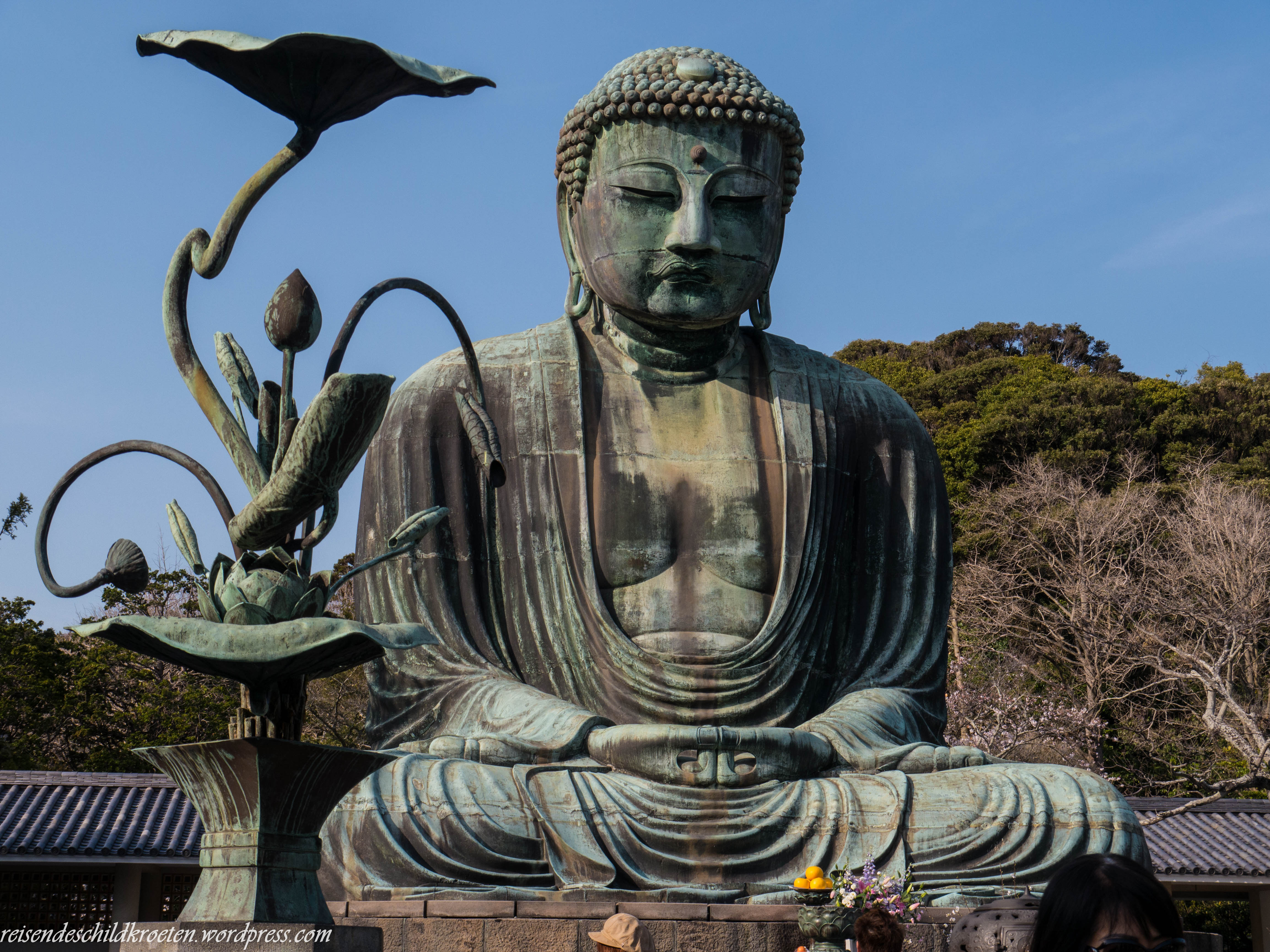
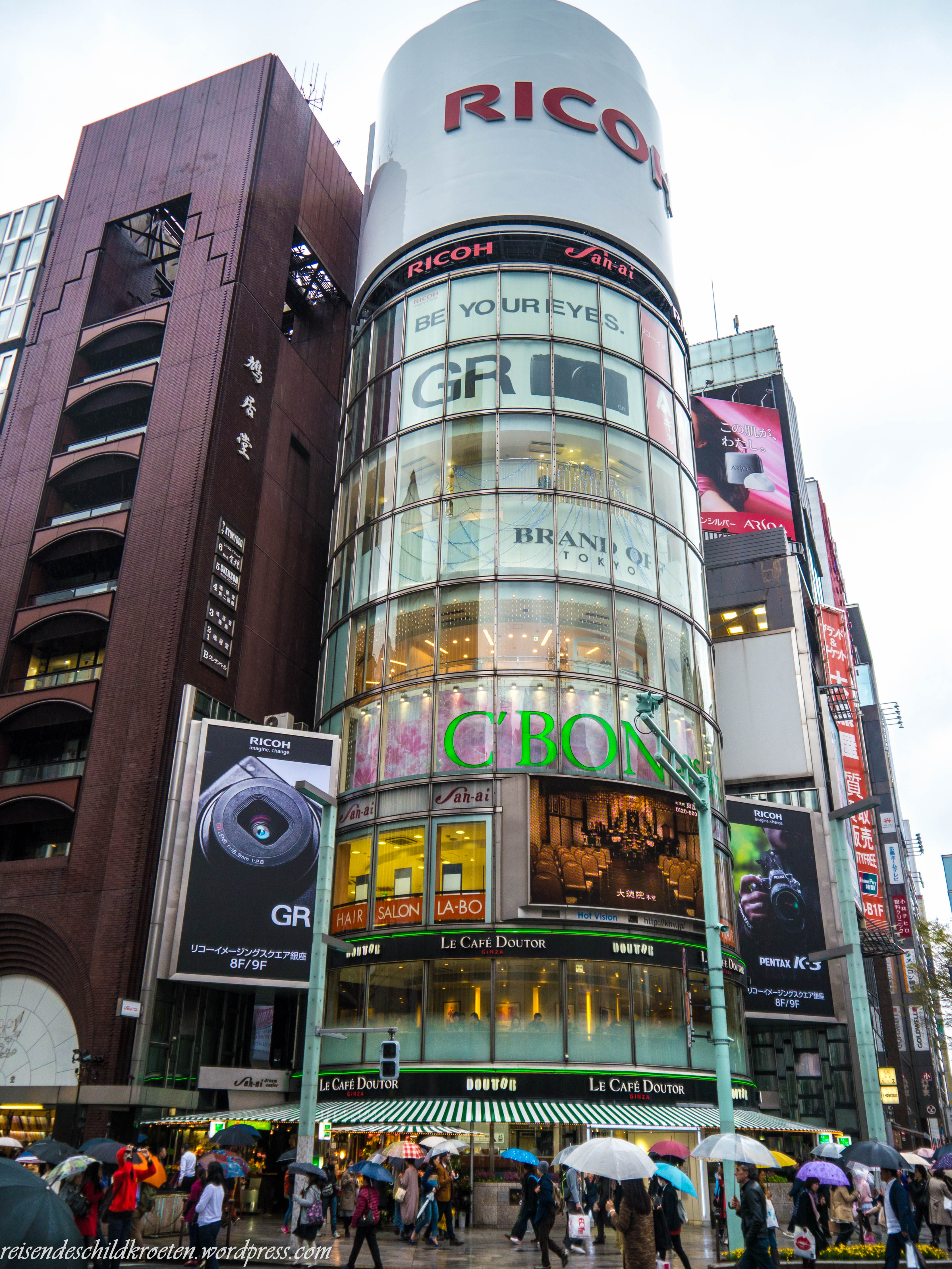 San’ai Building in Giza
San’ai Building in Giza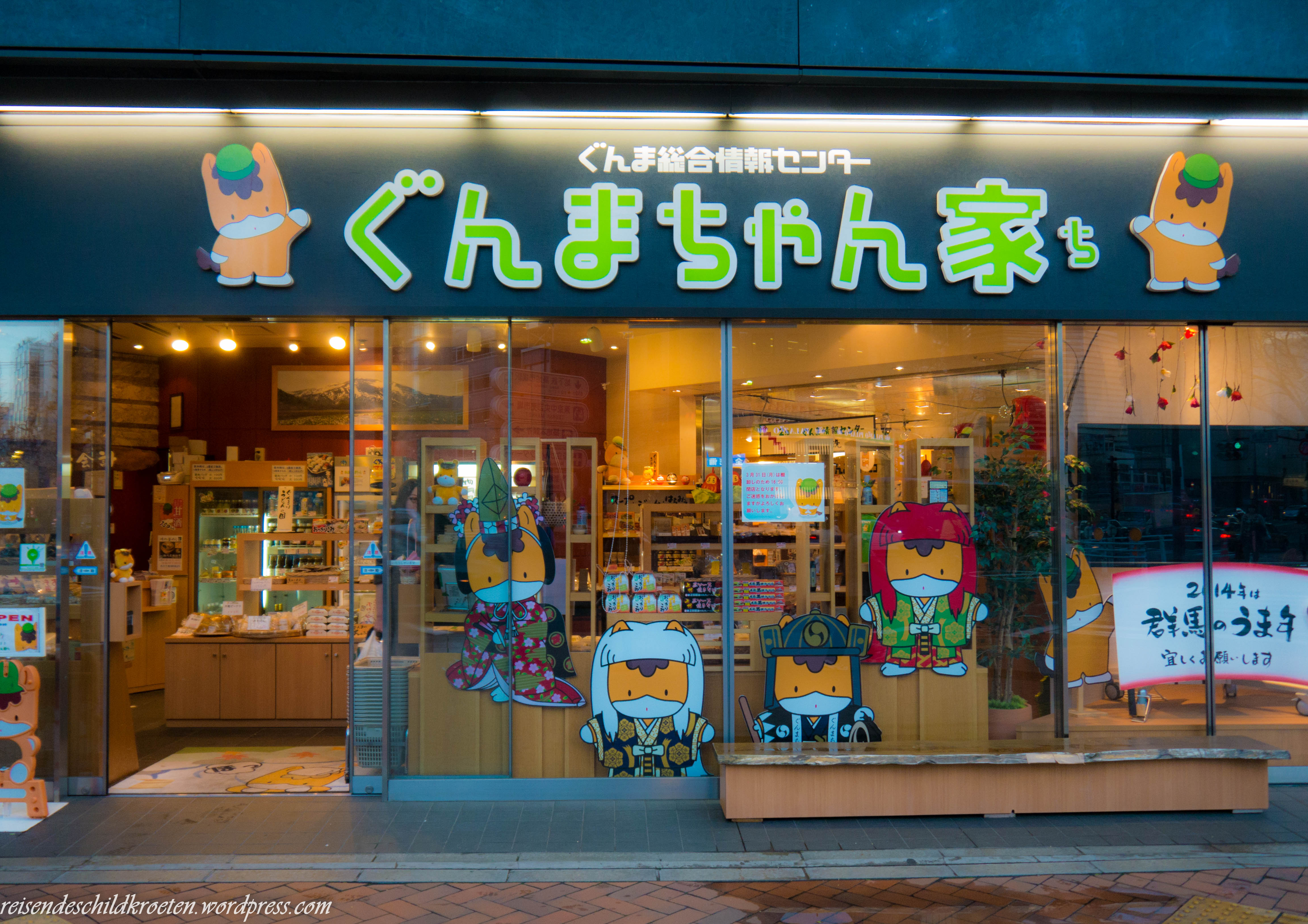 Random super cute store
Random super cute store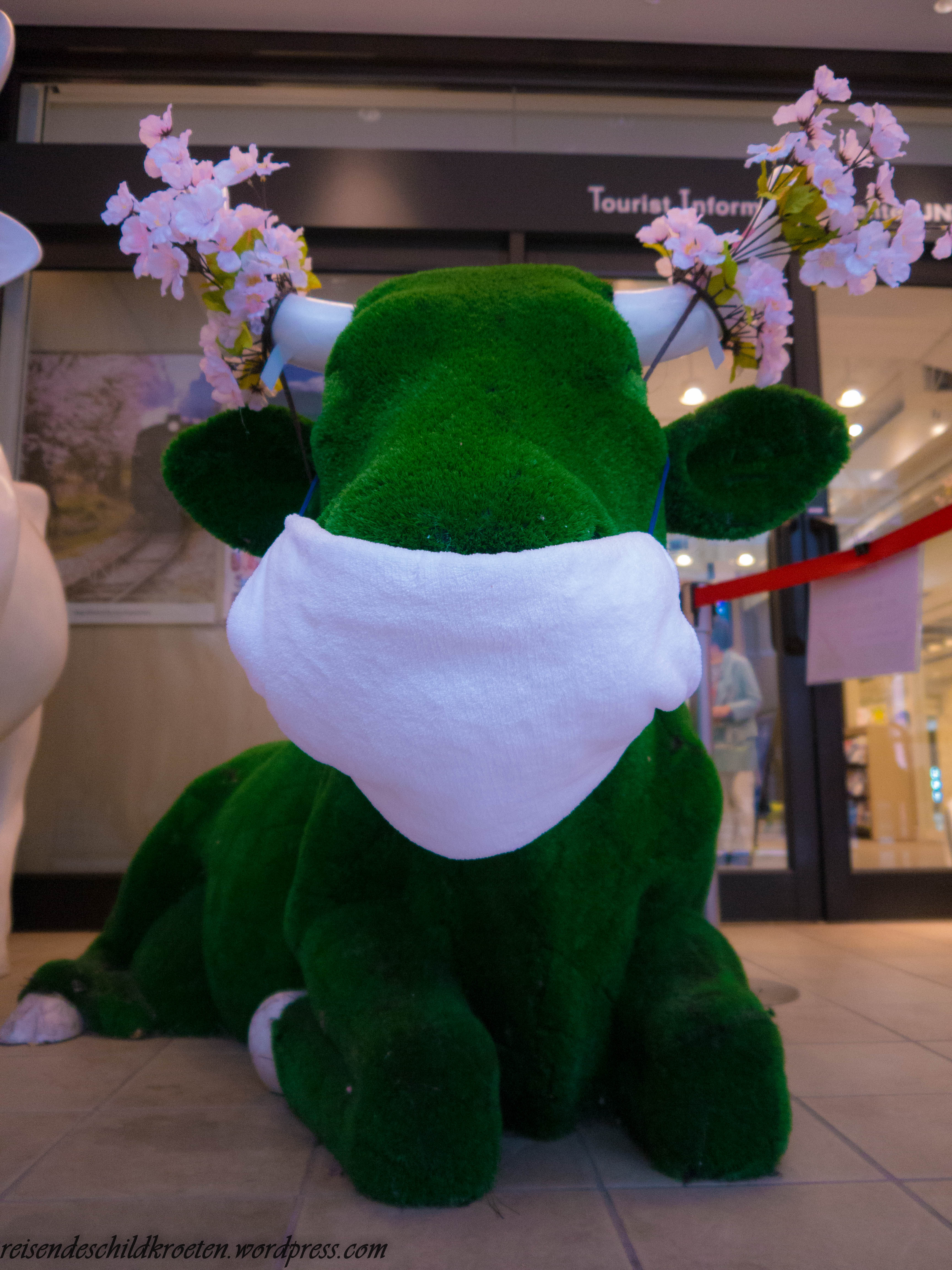 Entrance from the Tourist Information Center in Ginza
Entrance from the Tourist Information Center in Ginza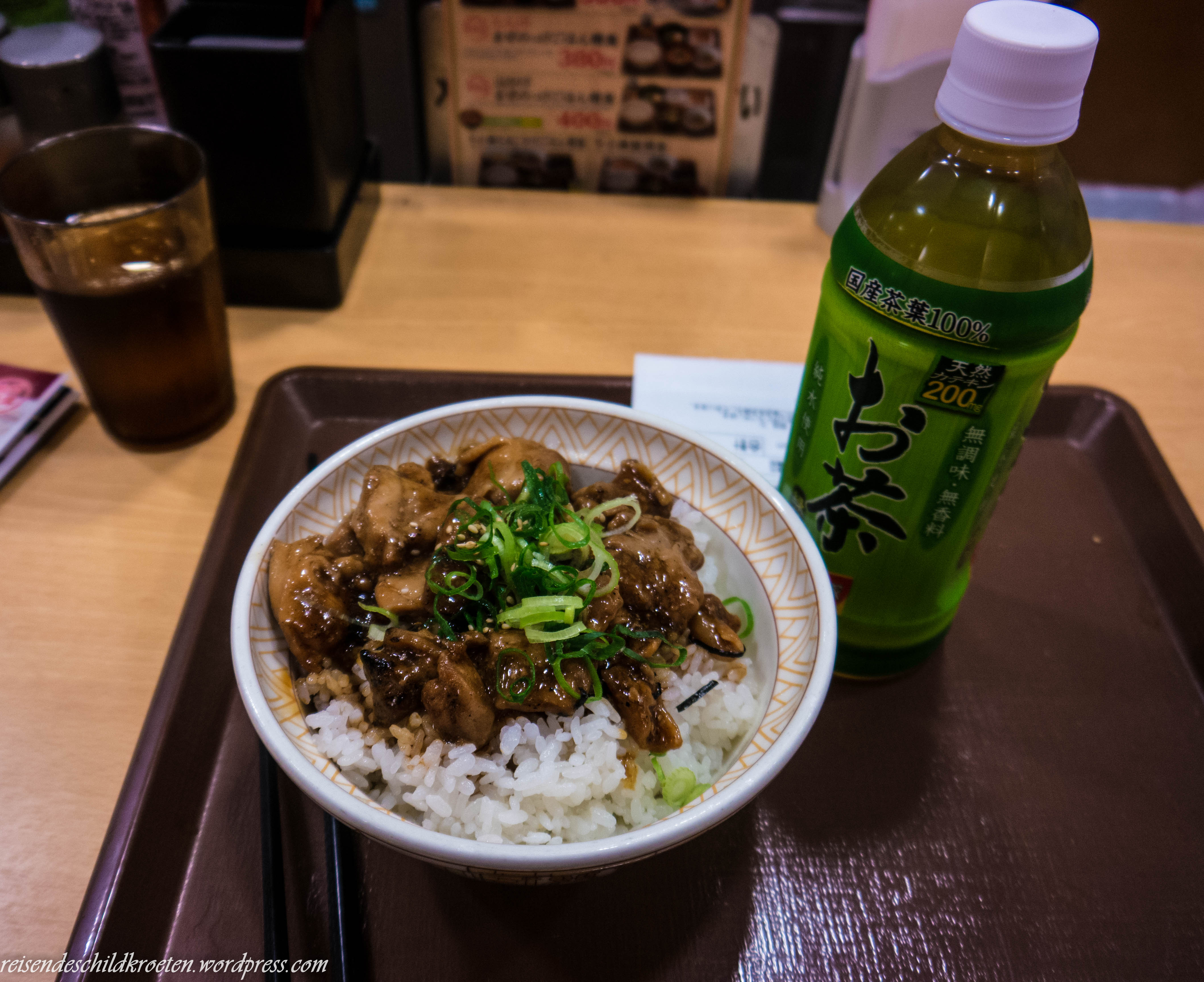 Kevin got addicted to this beef bowls
Kevin got addicted to this beef bowls Kabuki-za
Kabuki-za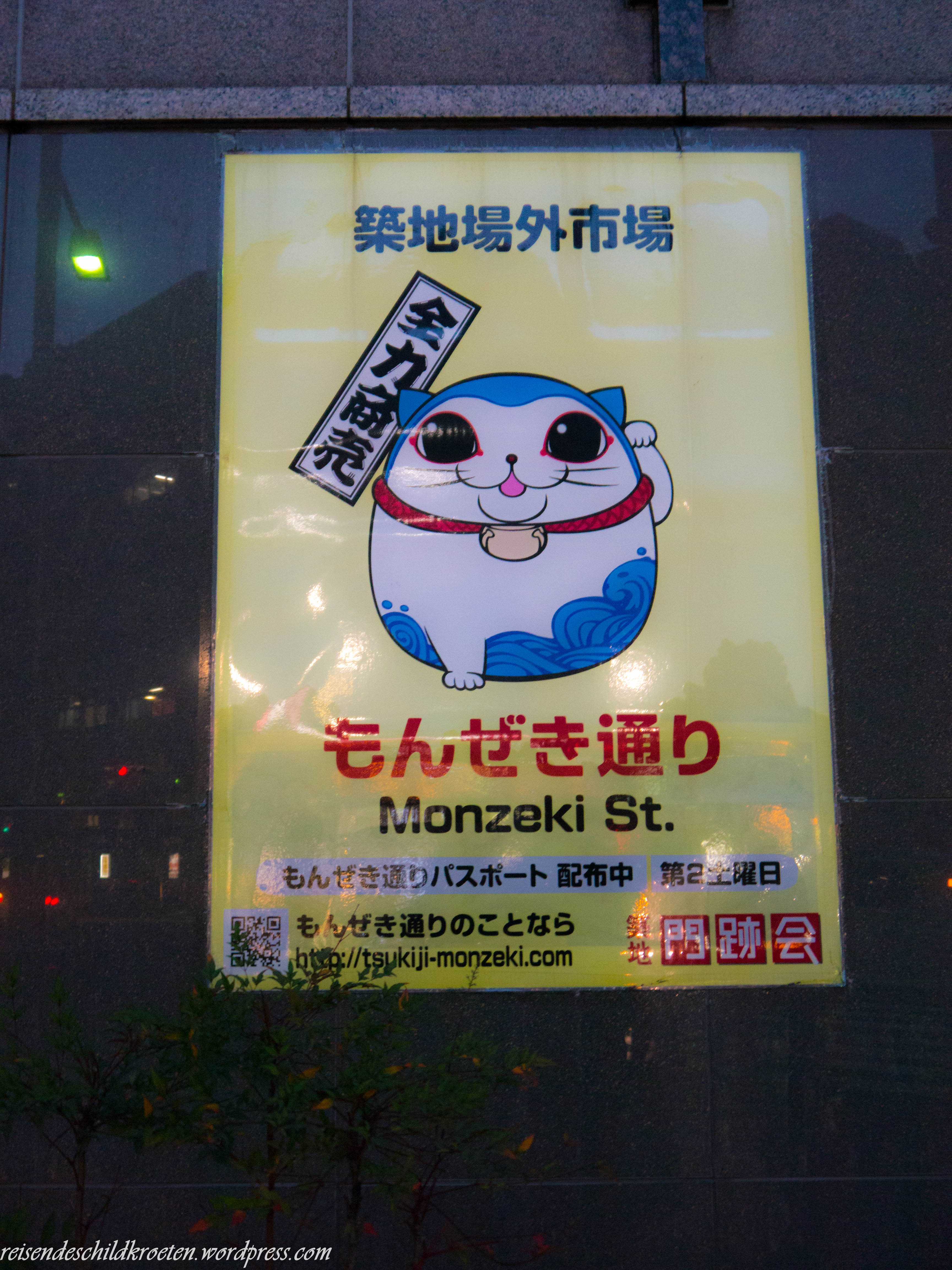 Welcome to Kawaii Tokyo! ^^
Welcome to Kawaii Tokyo! ^^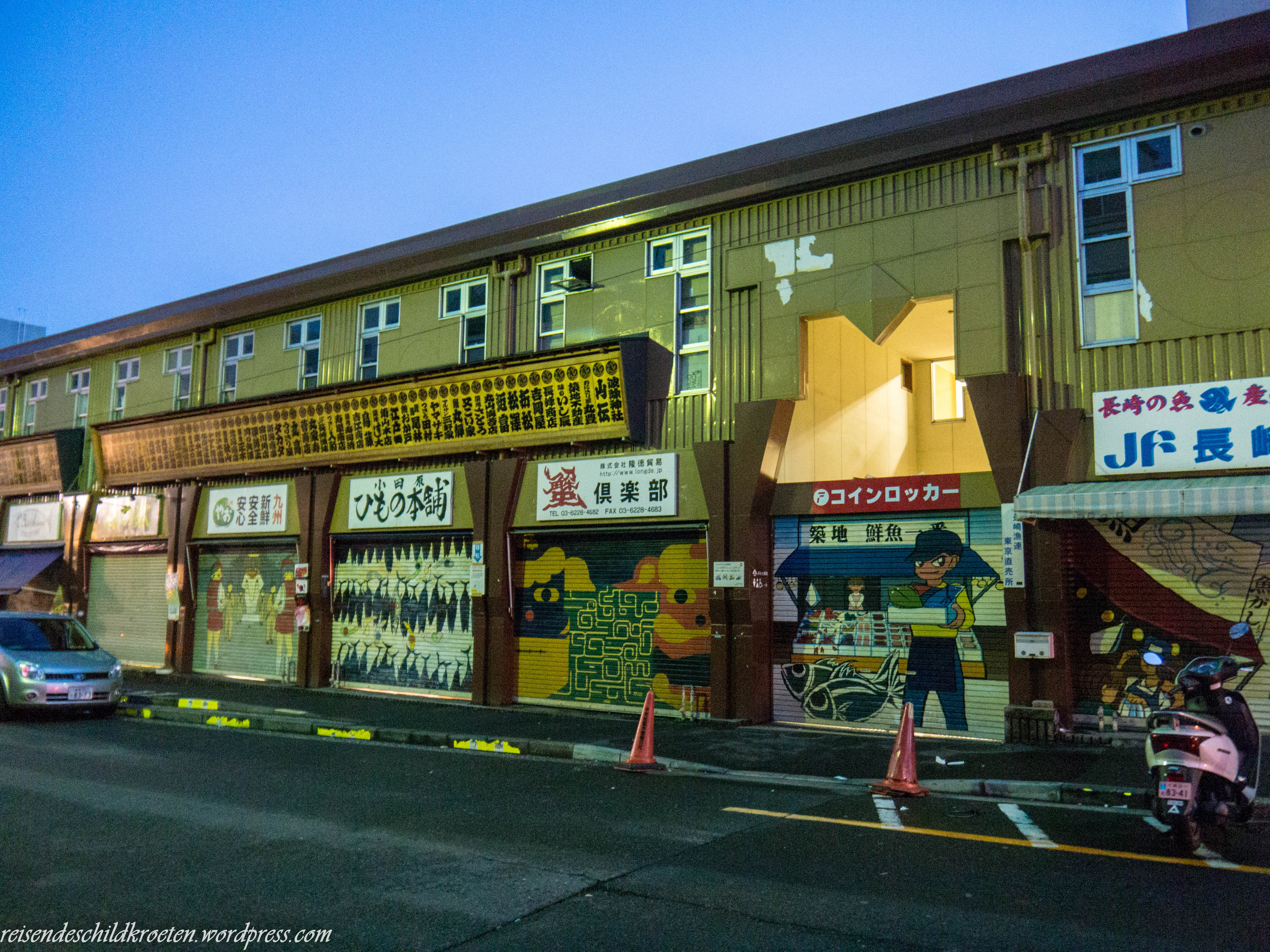 Tsukiji Fish Market at night
Tsukiji Fish Market at night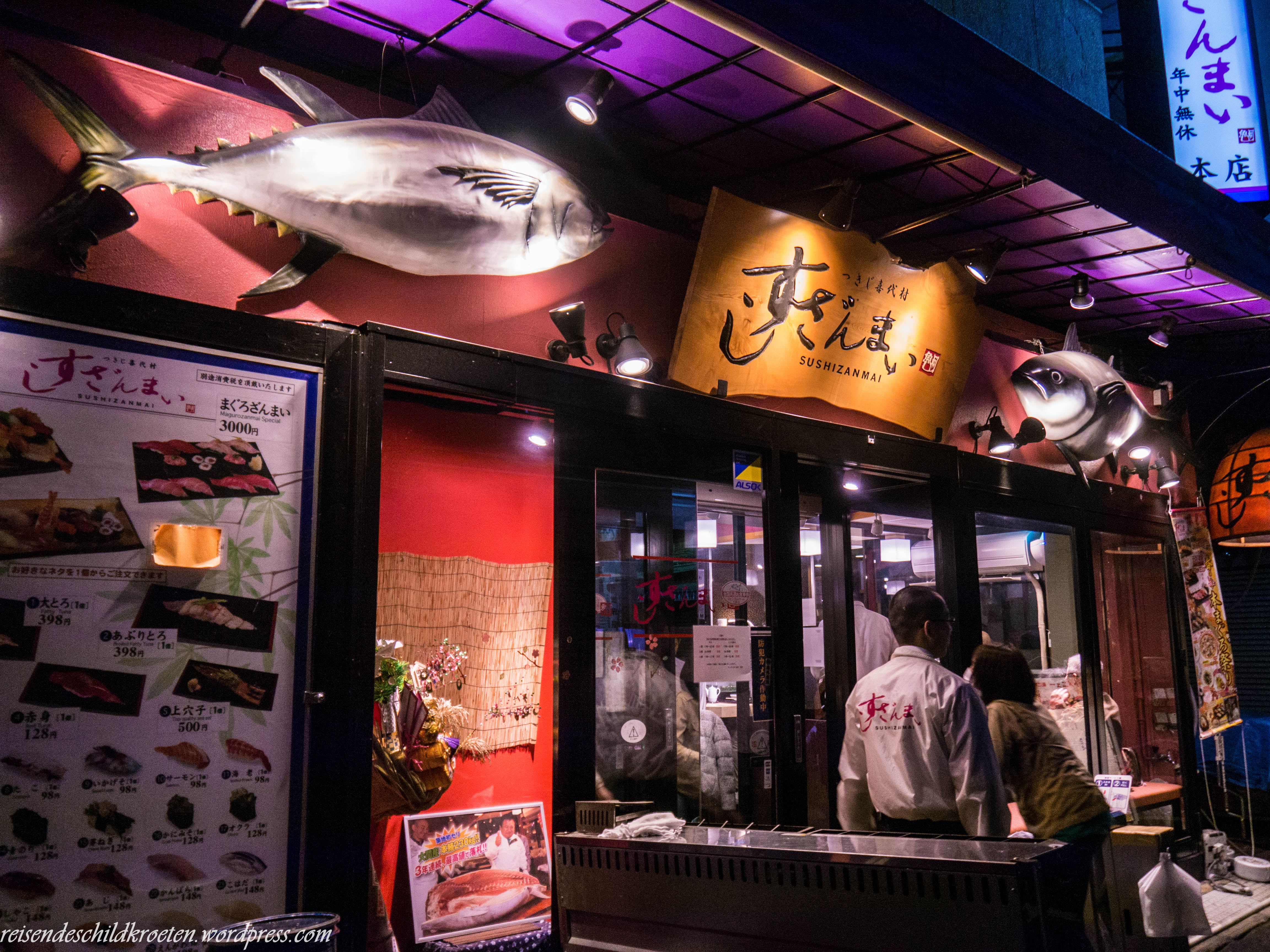 Sushizanmai
Sushizanmai 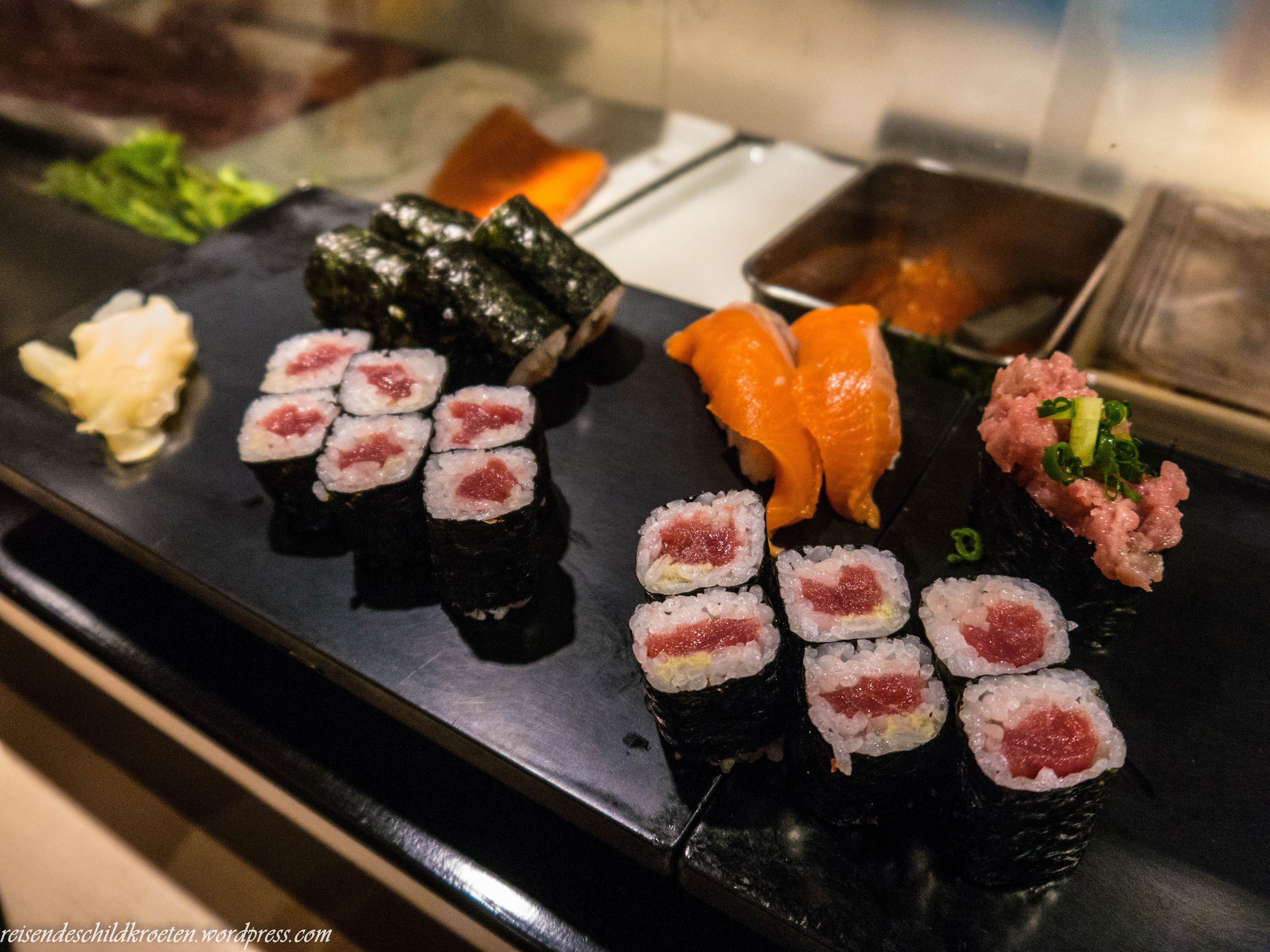
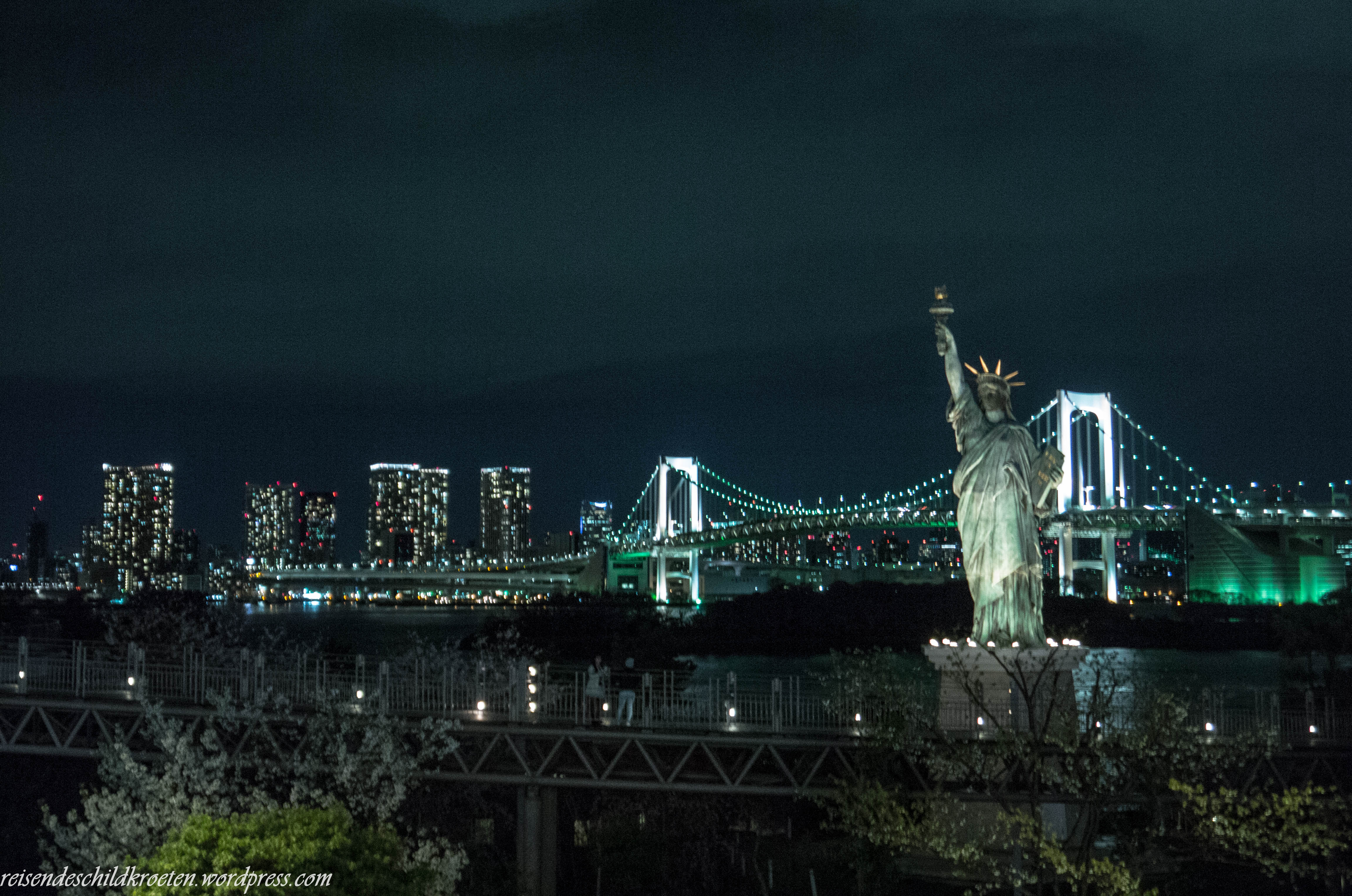 The Japanese Manhattan
The Japanese Manhattan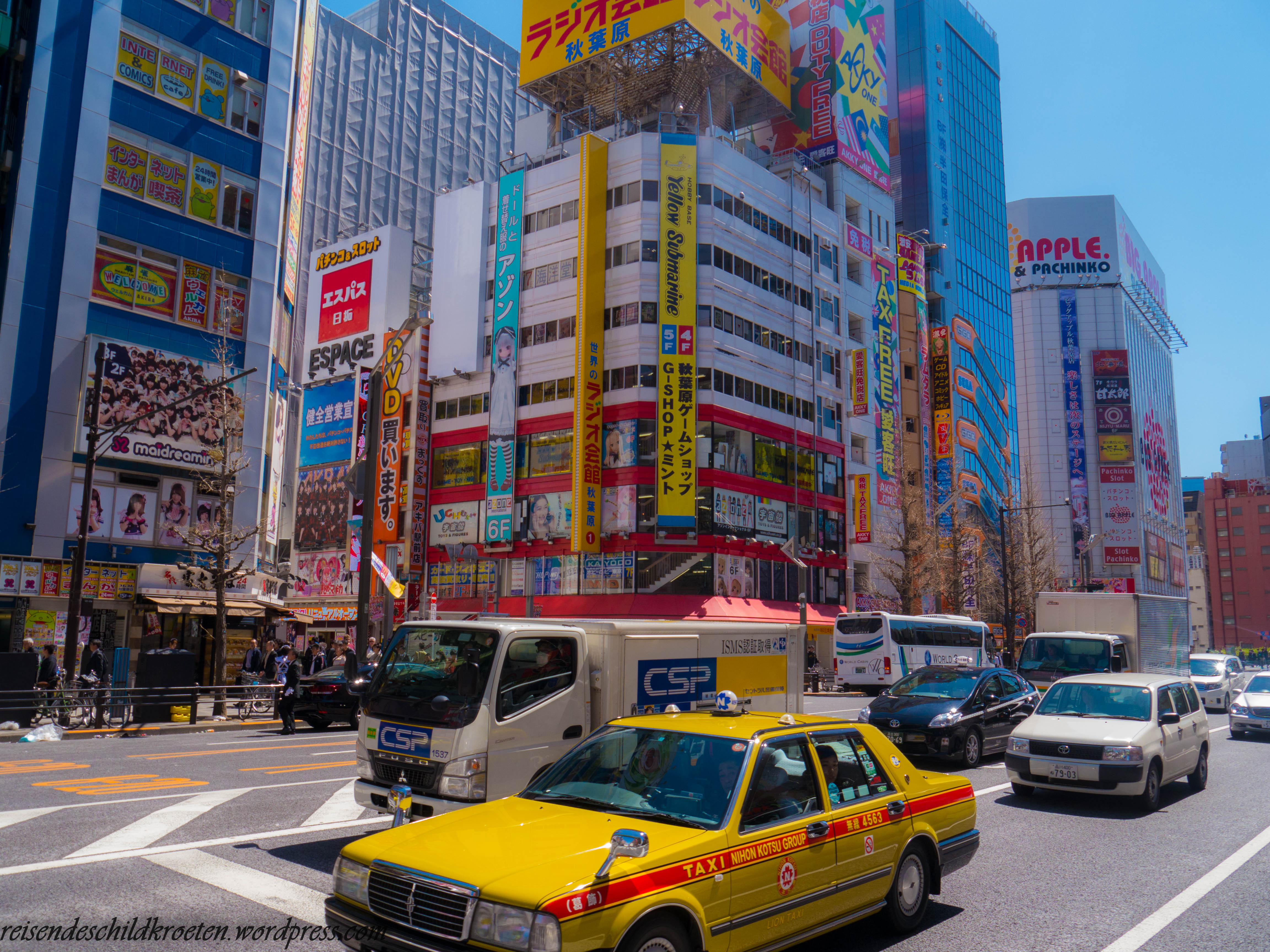 Colorful Akihabara
Colorful Akihabara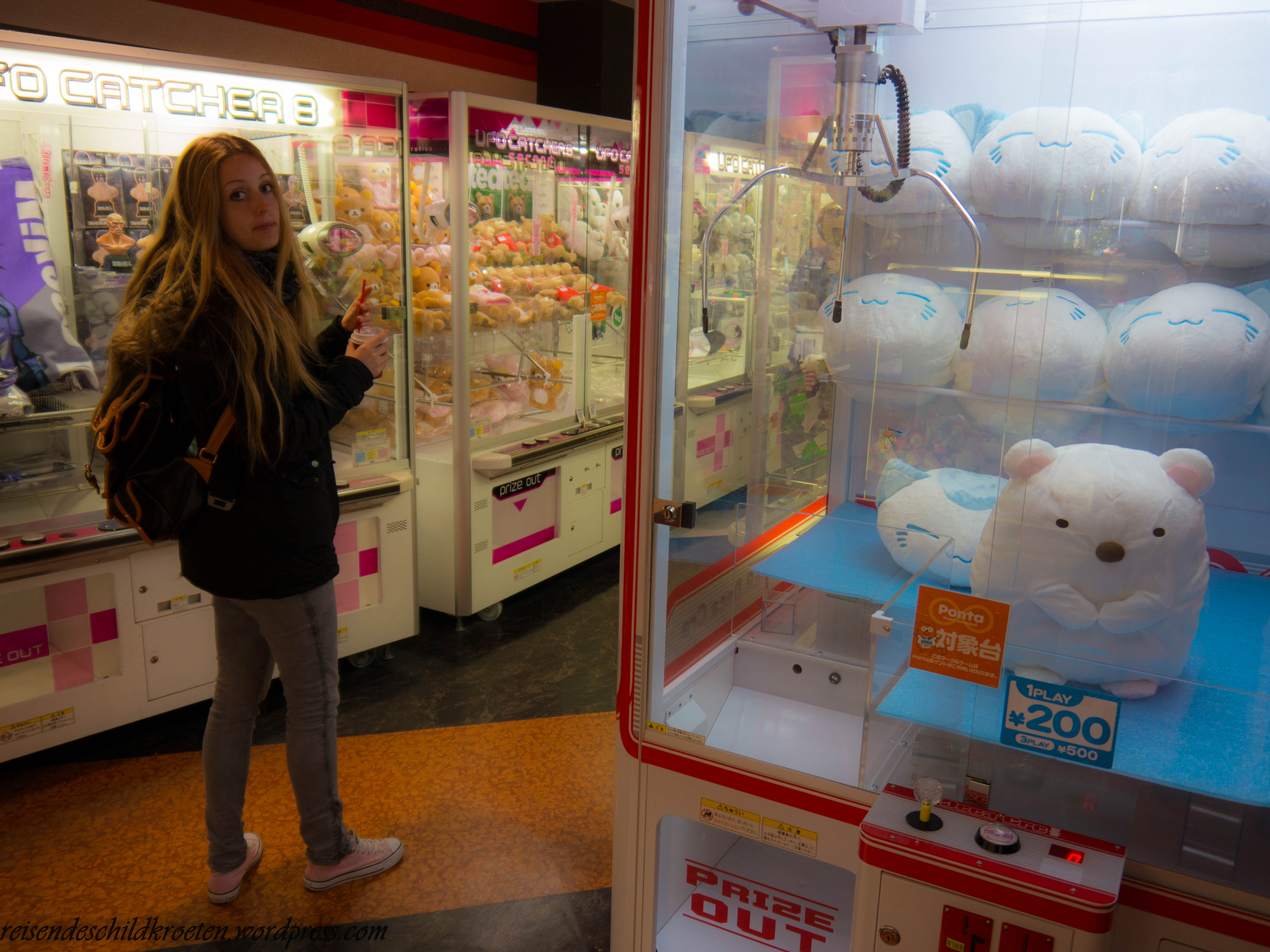 One of the numerous Crane Game shops, all the toys were so cute!
One of the numerous Crane Game shops, all the toys were so cute! Kanda Myojin Shrine in Akihabara
Kanda Myojin Shrine in Akihabara The cherry trees around the Shrine
The cherry trees around the Shrine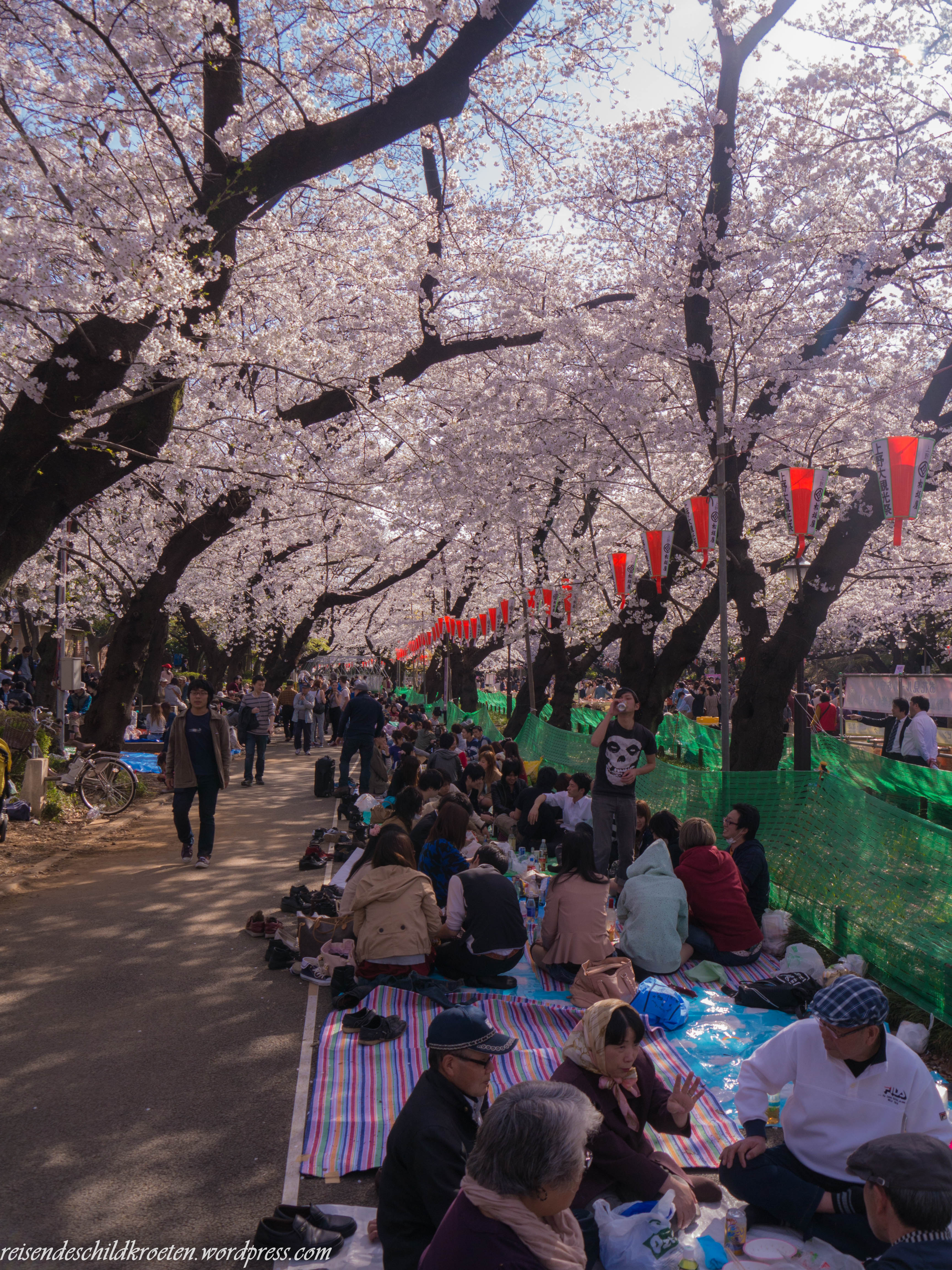 Flowering festival at Ueno’s Park
Flowering festival at Ueno’s Park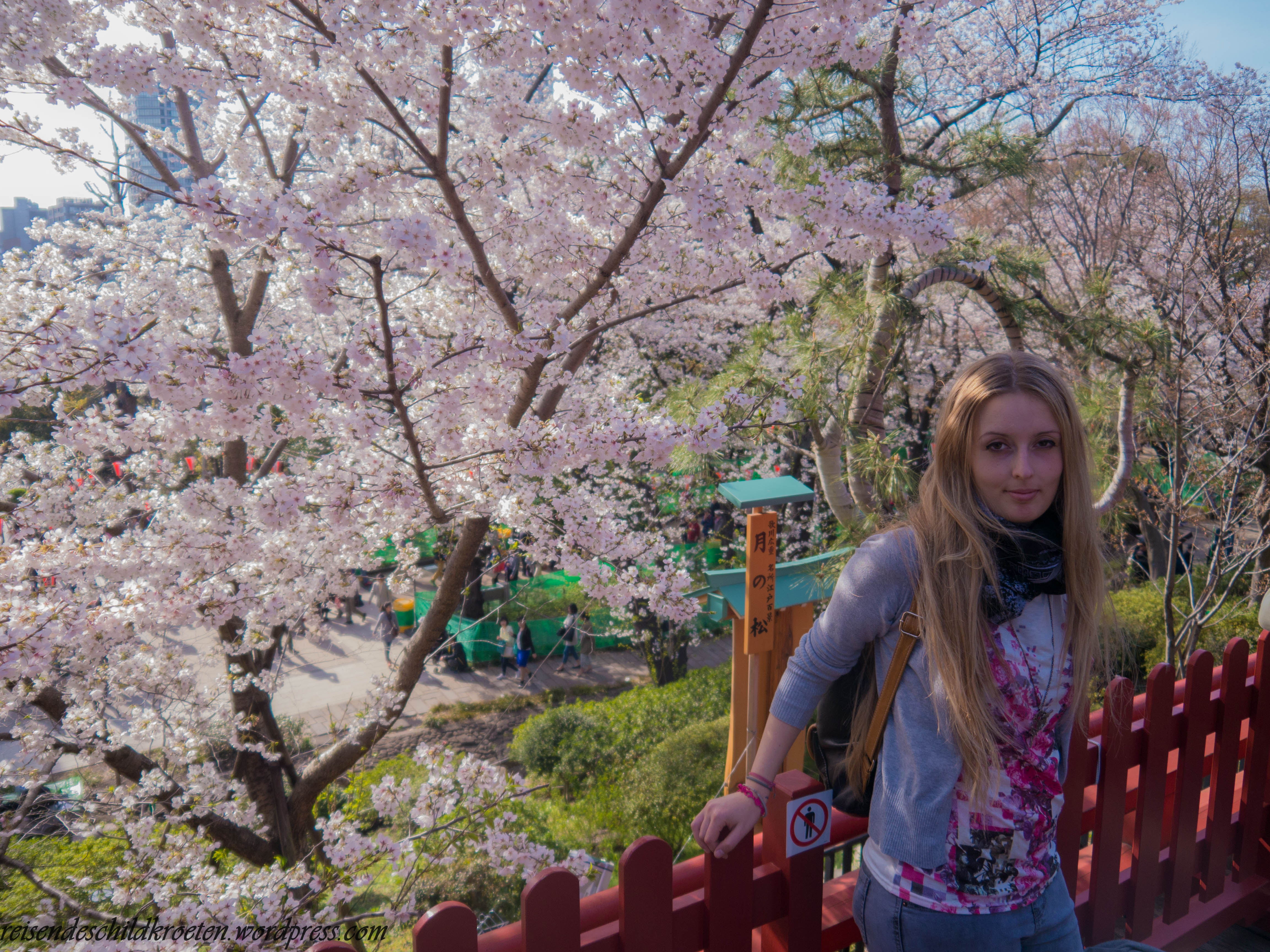
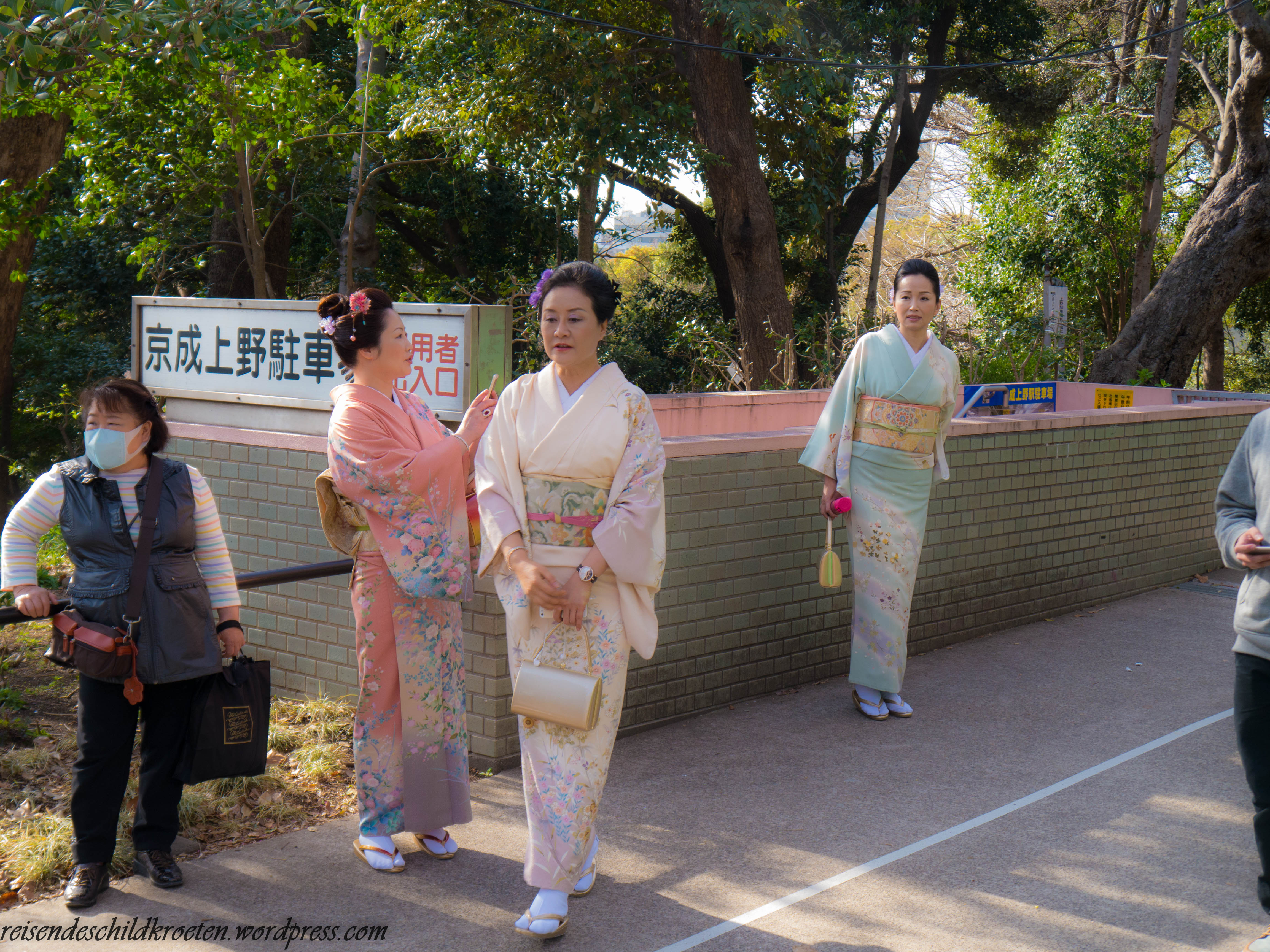
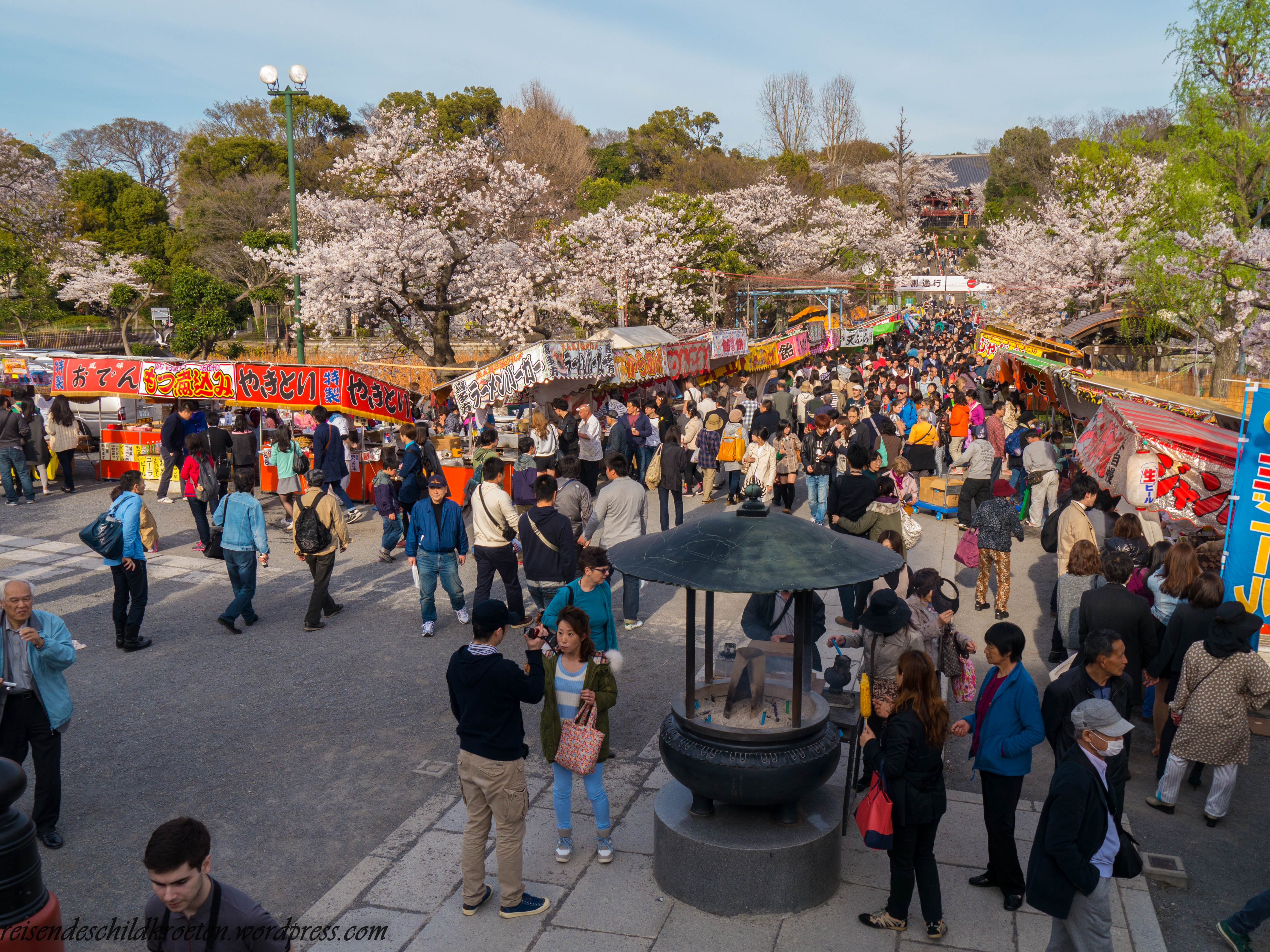 Some stands next to one of the temples
Some stands next to one of the temples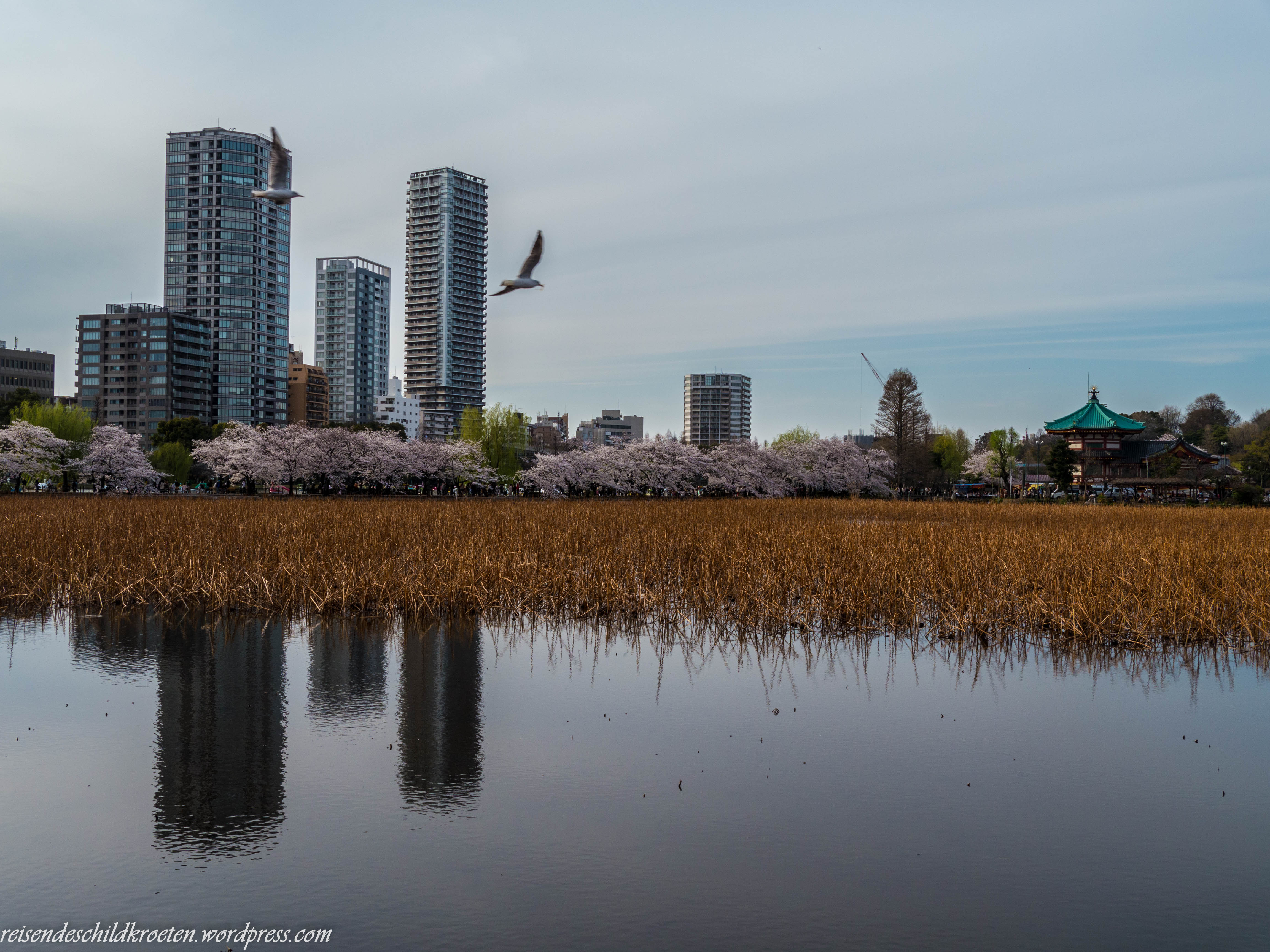 Shinobazu Pond in the middle of the park
Shinobazu Pond in the middle of the park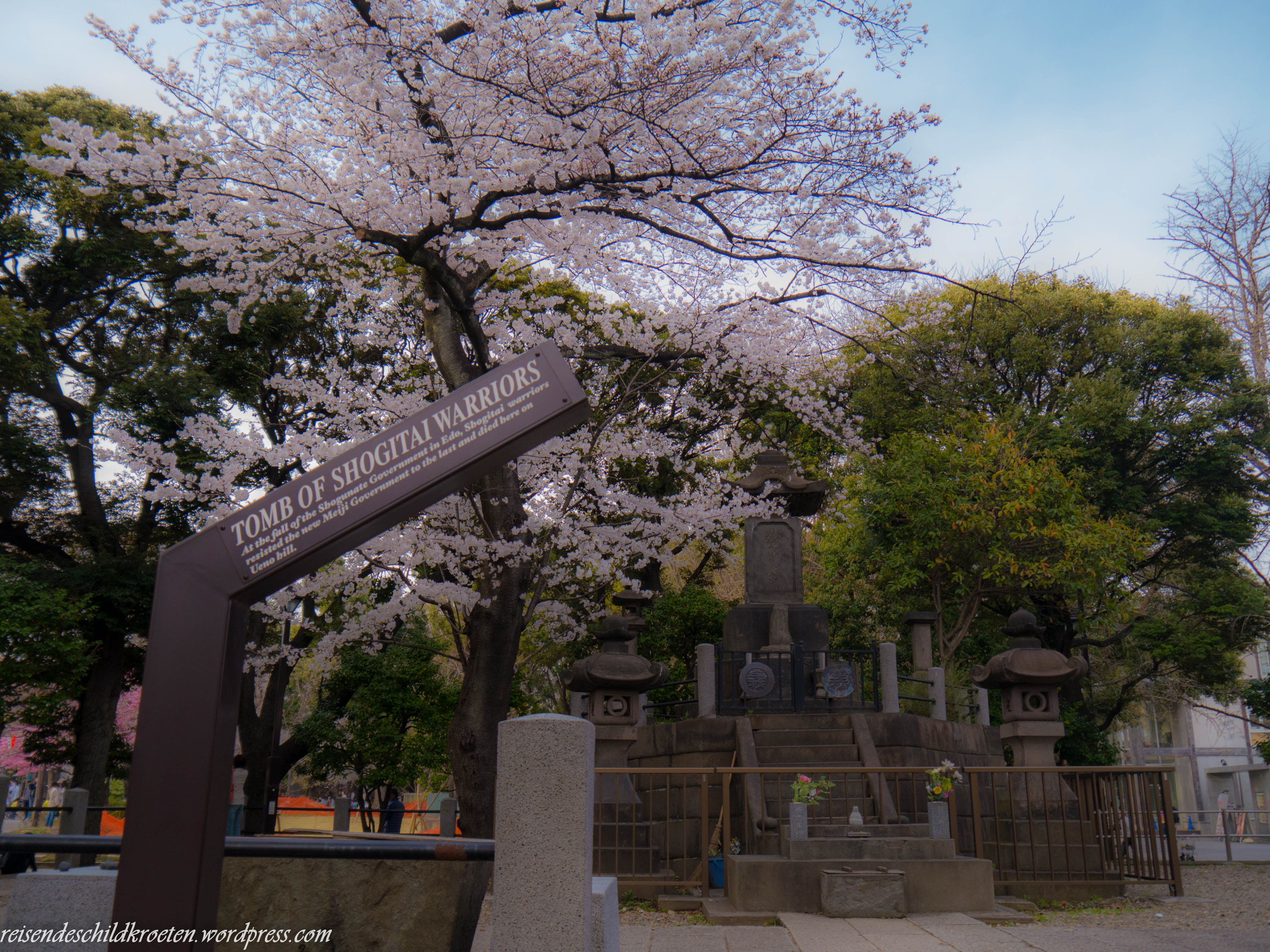
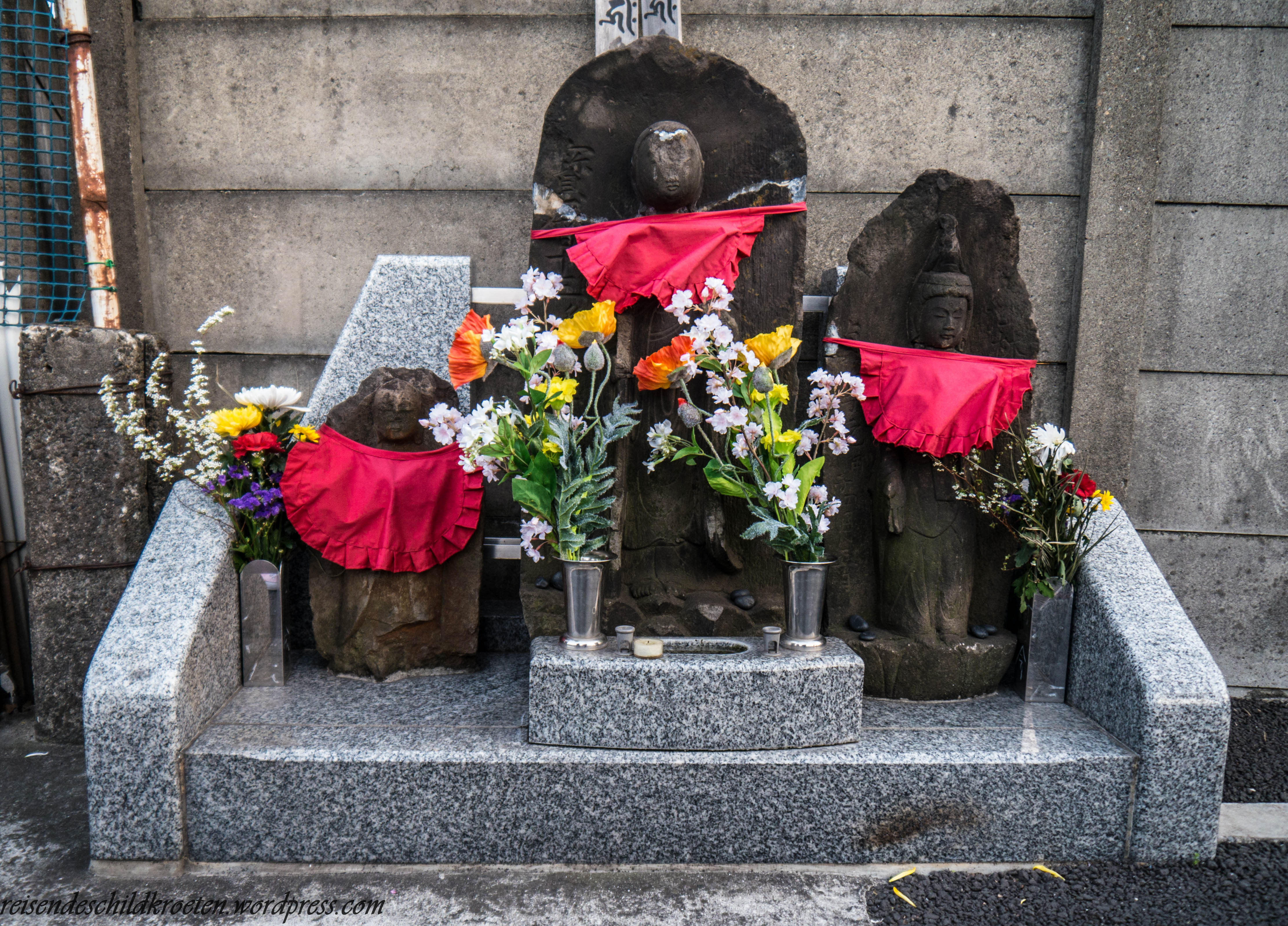 Statues with red bibs-the color of the good luck
Statues with red bibs-the color of the good luck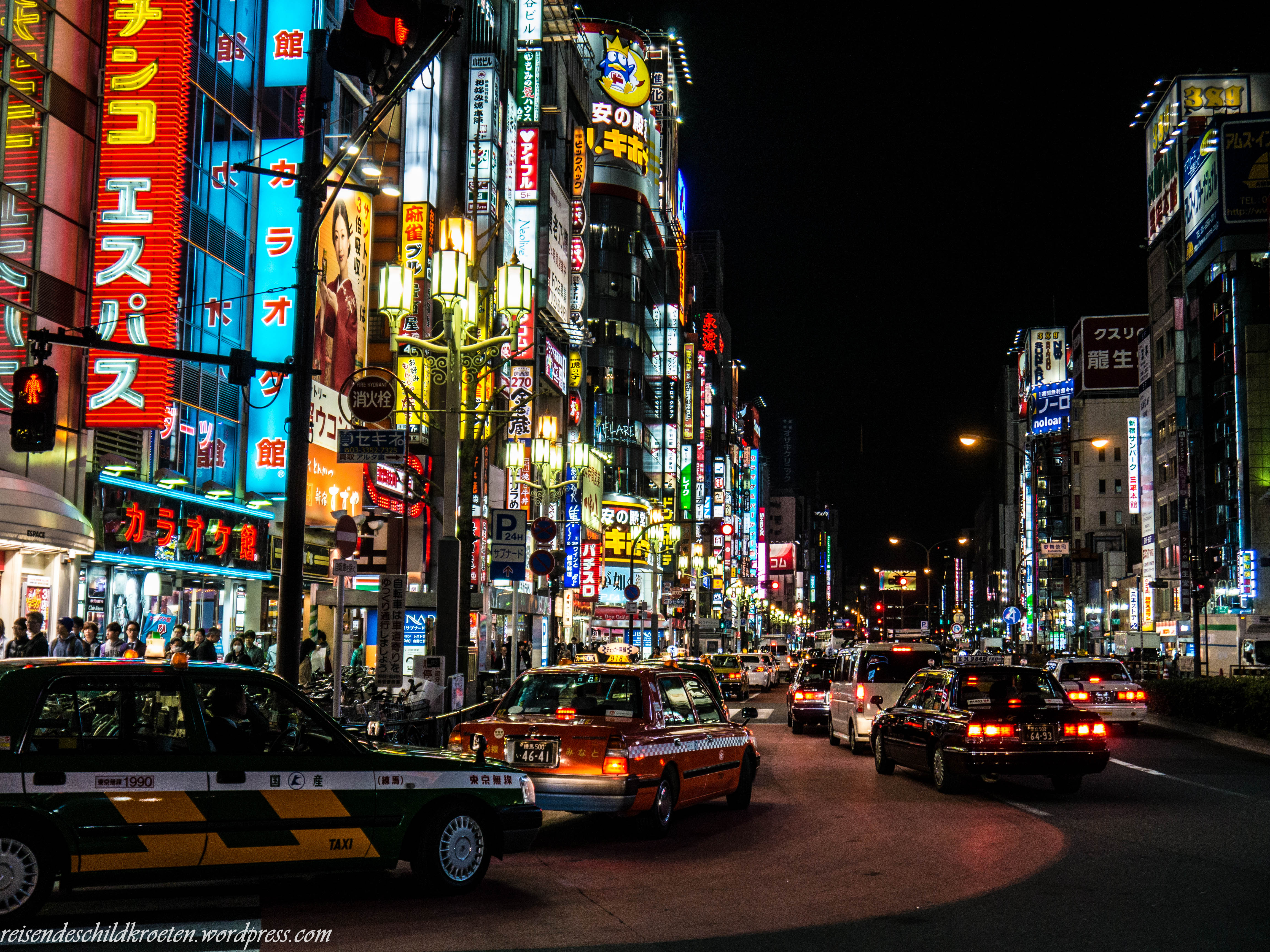
 Shinjuku
Shinjuku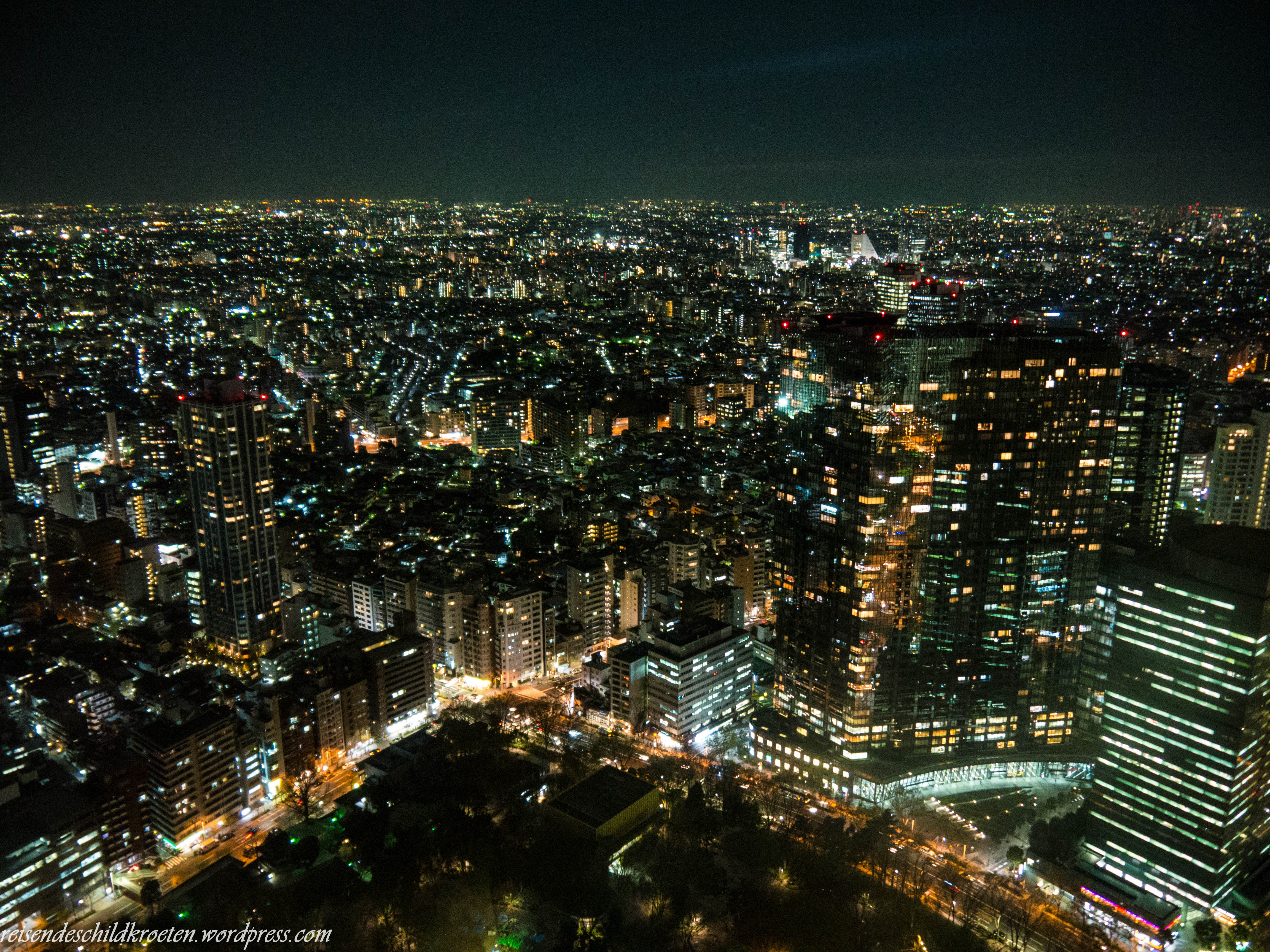 Tokyo Metropolitan Government Building Views
Tokyo Metropolitan Government Building Views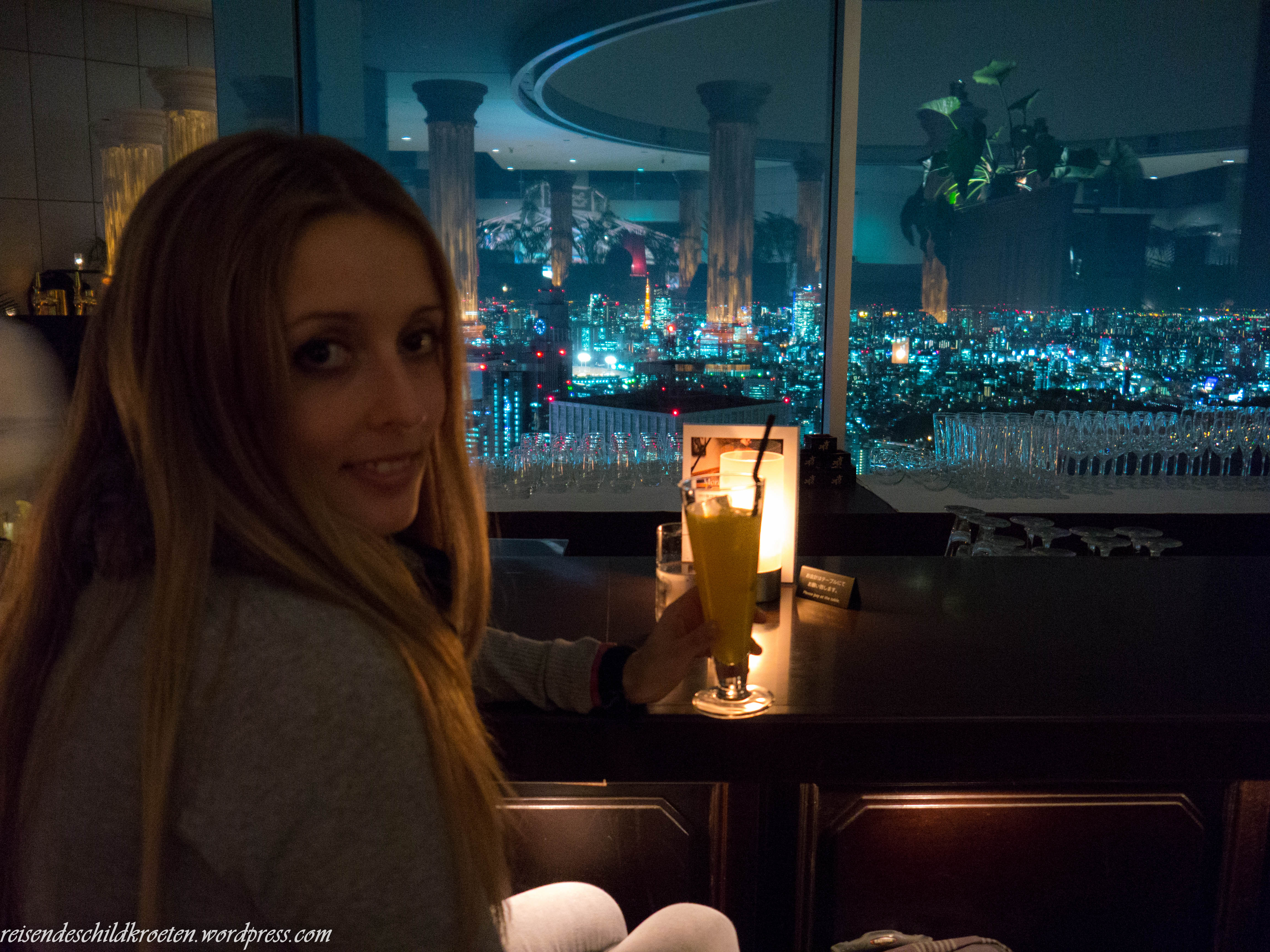 Not as expensive as one could think!
Not as expensive as one could think!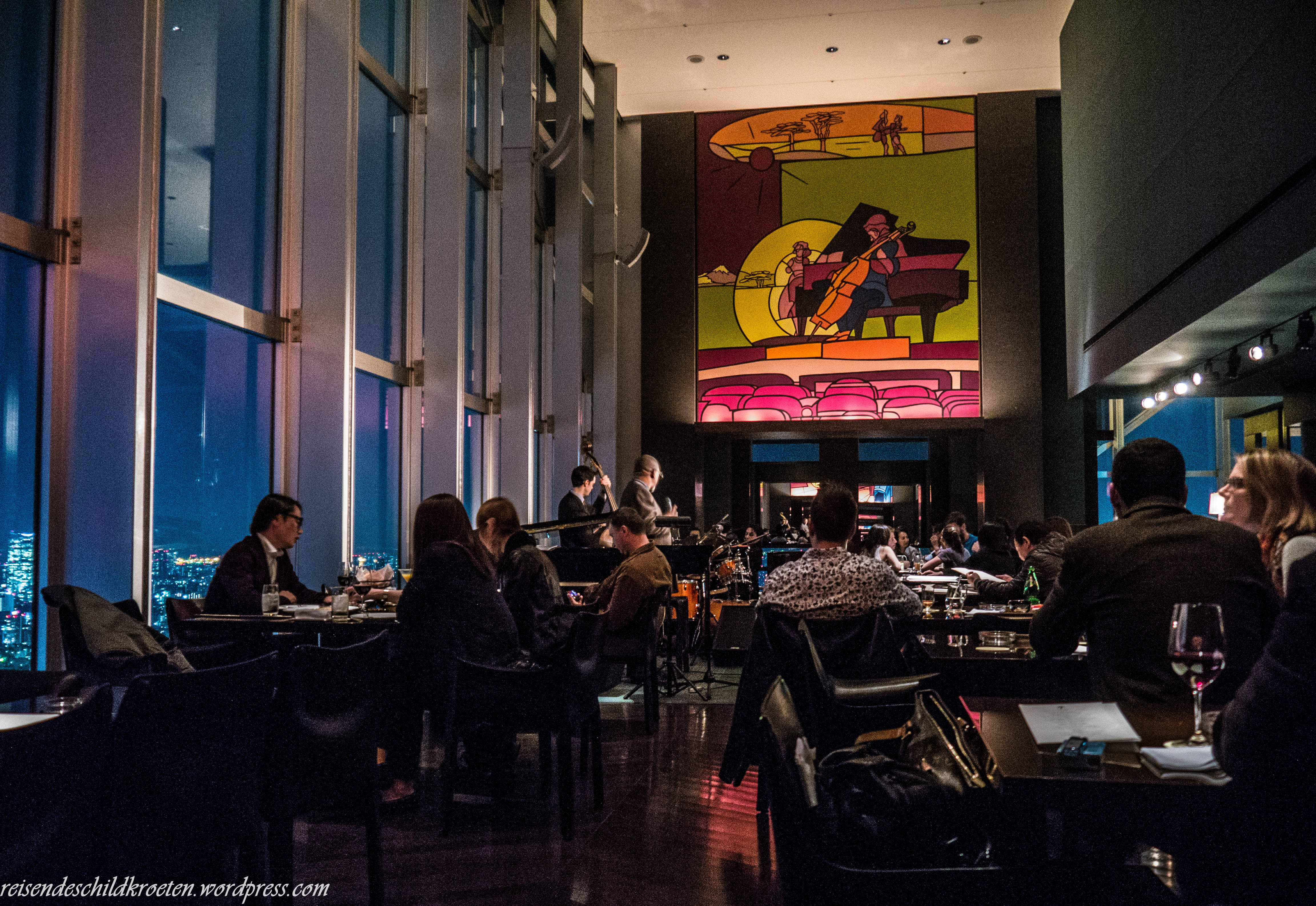 do you know which movie?
do you know which movie?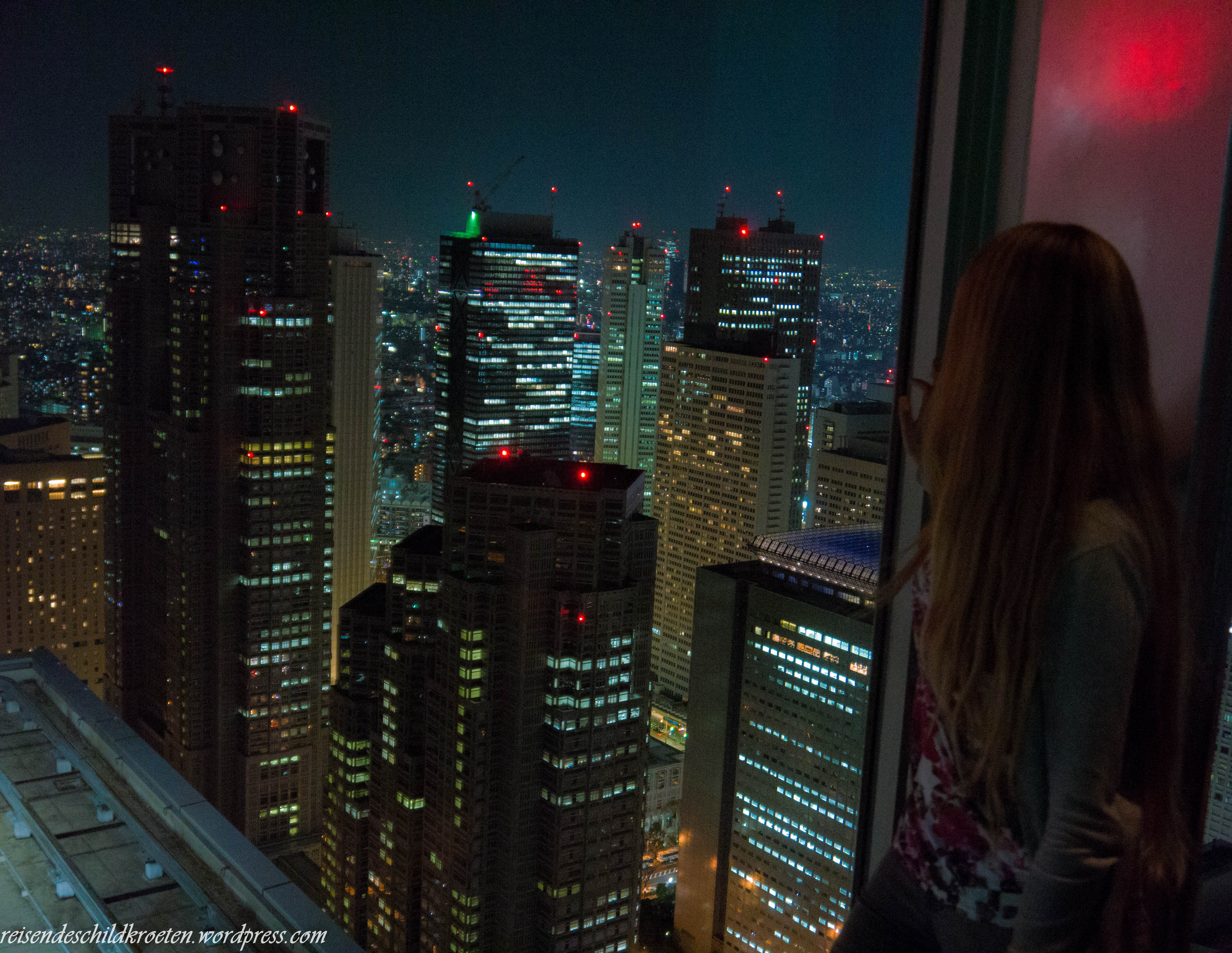 Views from the Hyatt Hotel
Views from the Hyatt Hotel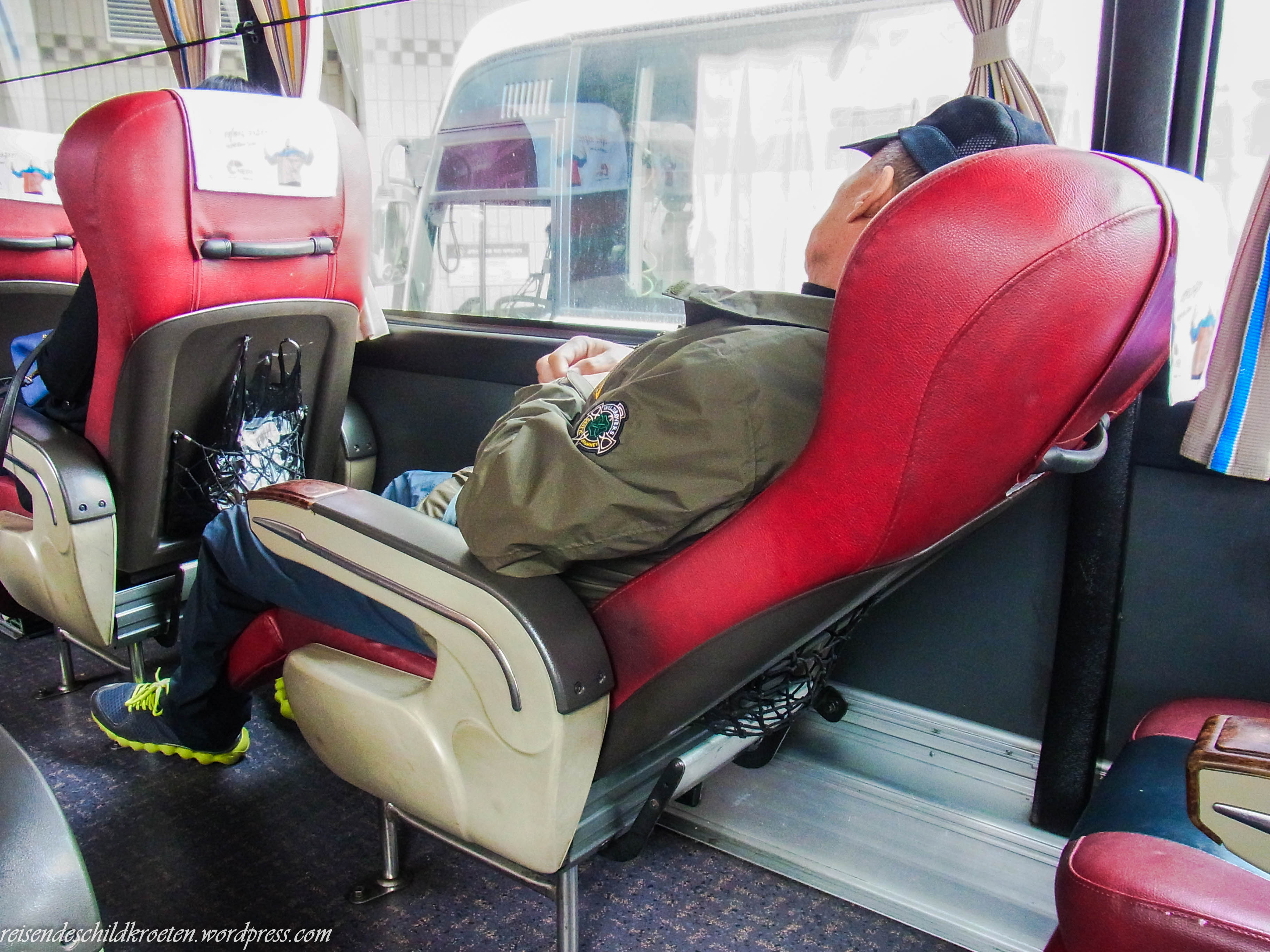 Enough space for a pleasant nap
Enough space for a pleasant nap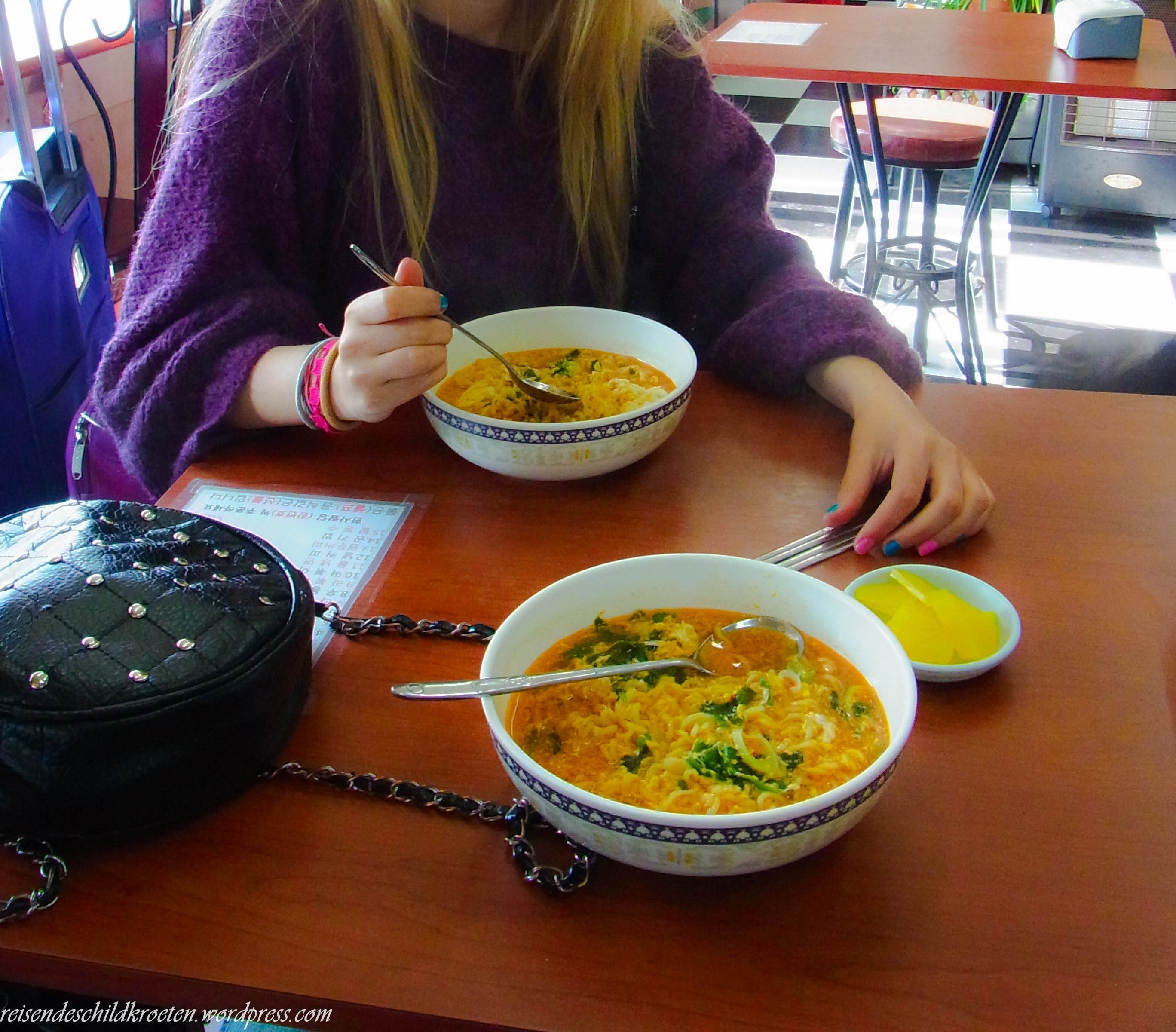 Energetic Ramen before the experience!
Energetic Ramen before the experience! Poor me
Poor me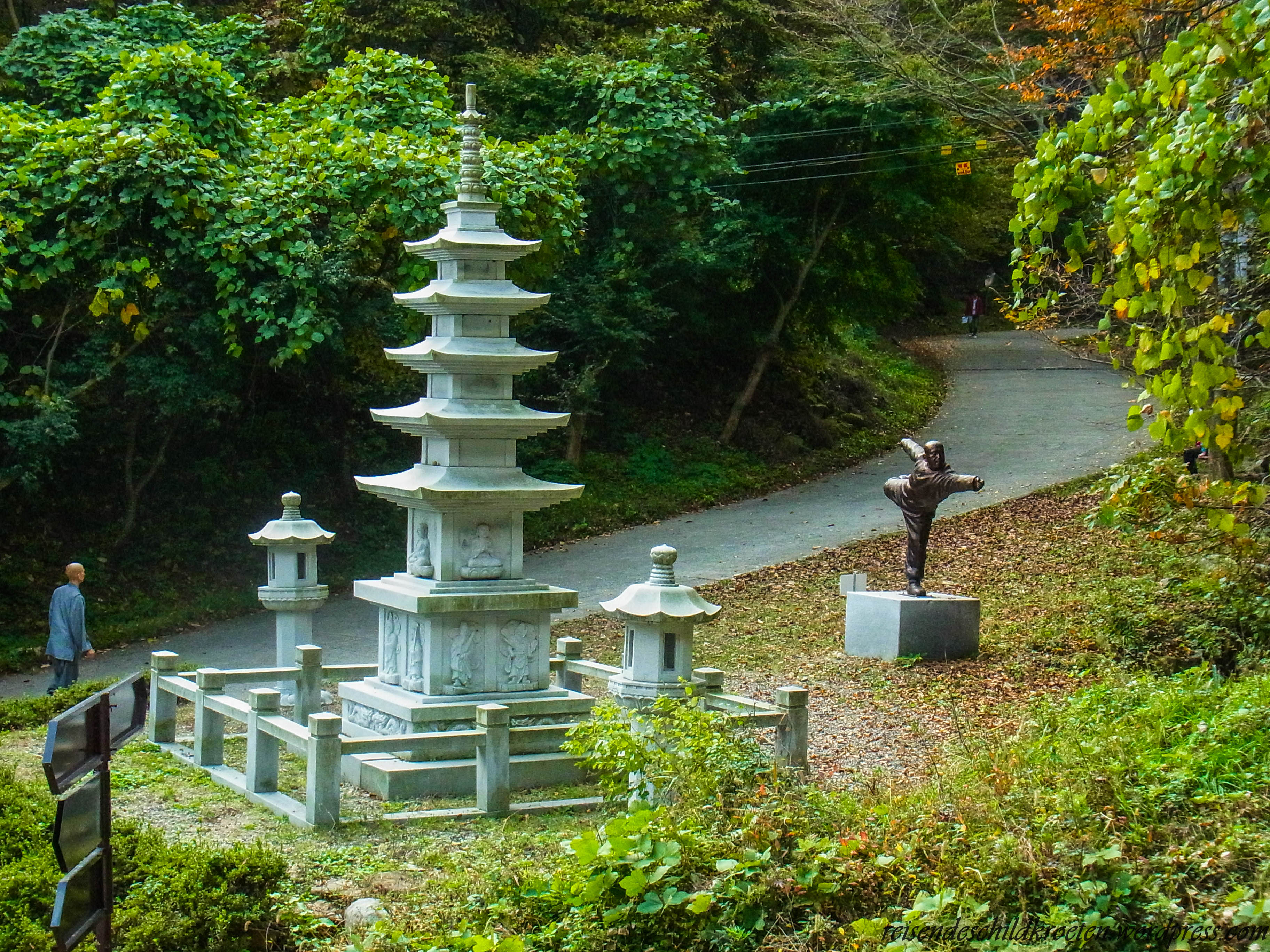 The entrance to the temple
The entrance to the temple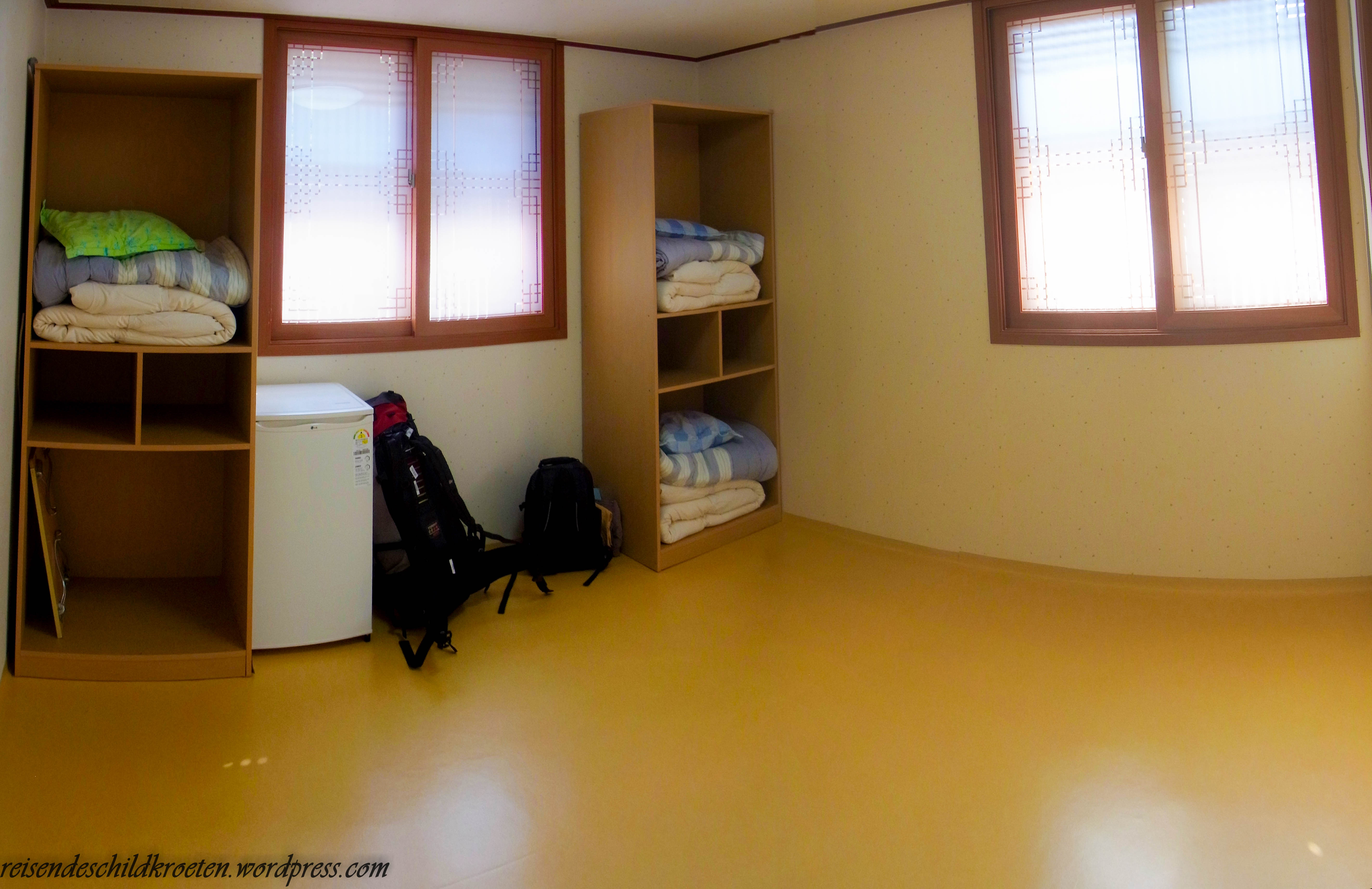 Our sober room
Our sober room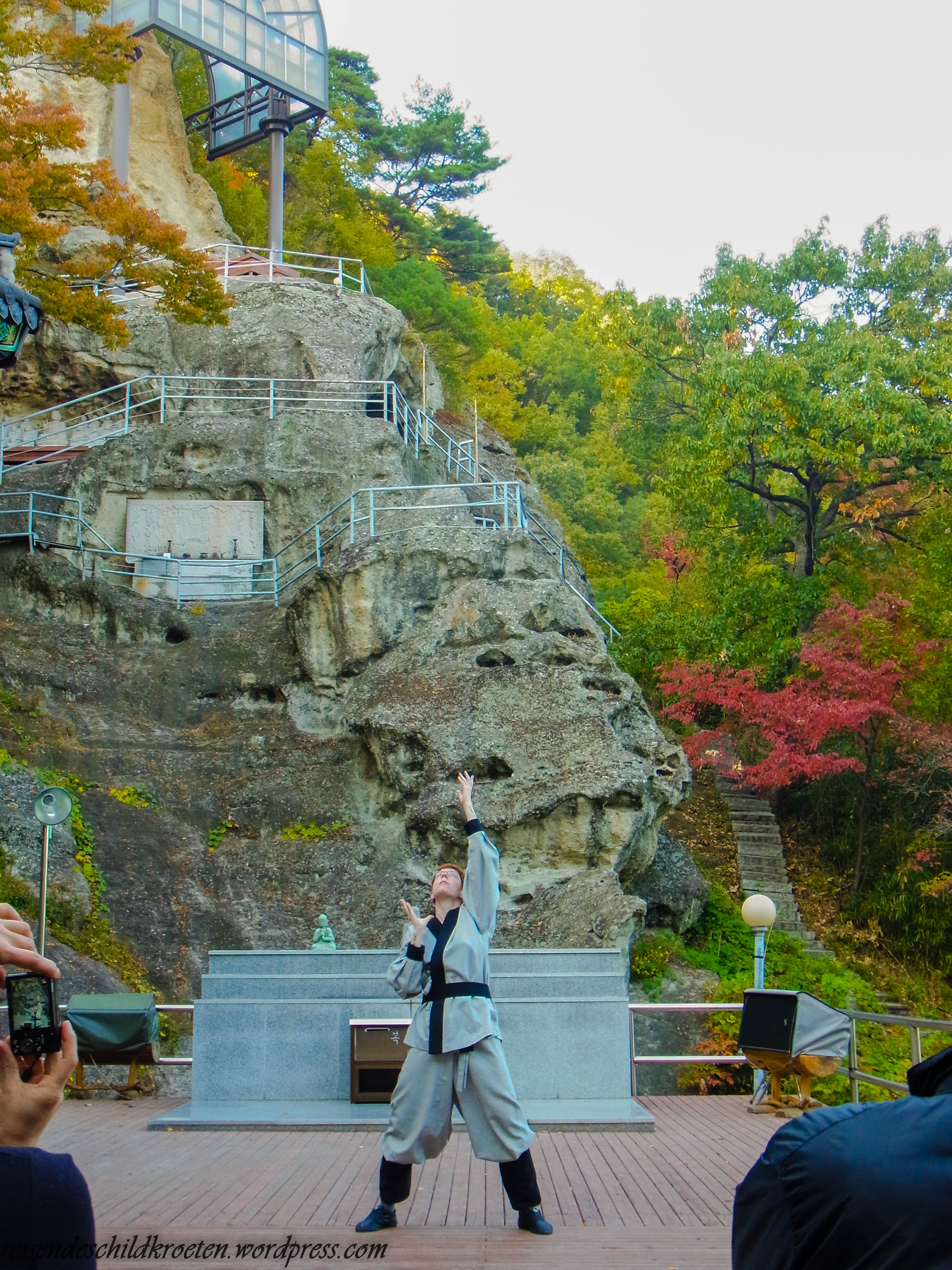 Sunmudo demonstration
Sunmudo demonstration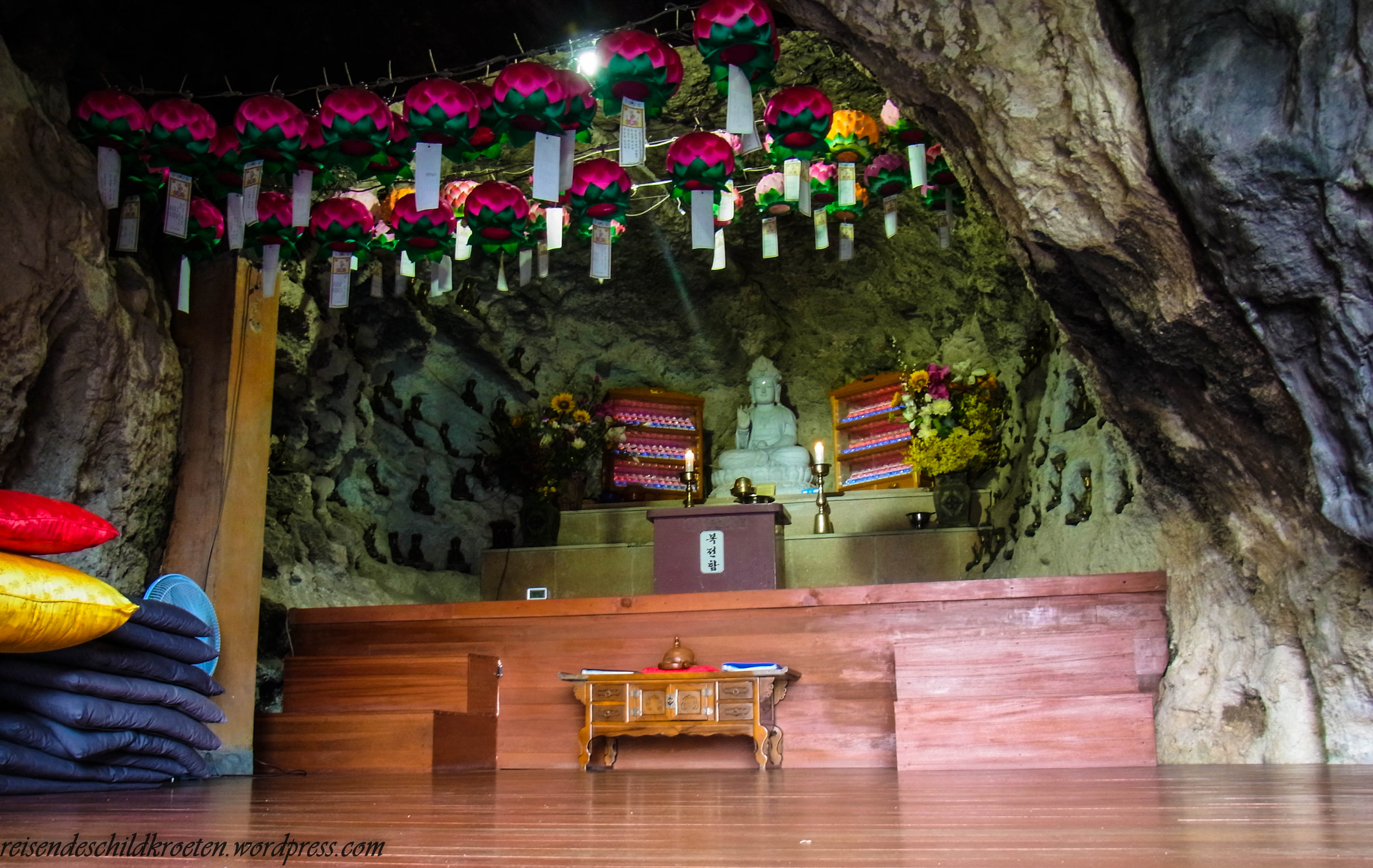 The meditation chamber
The meditation chamber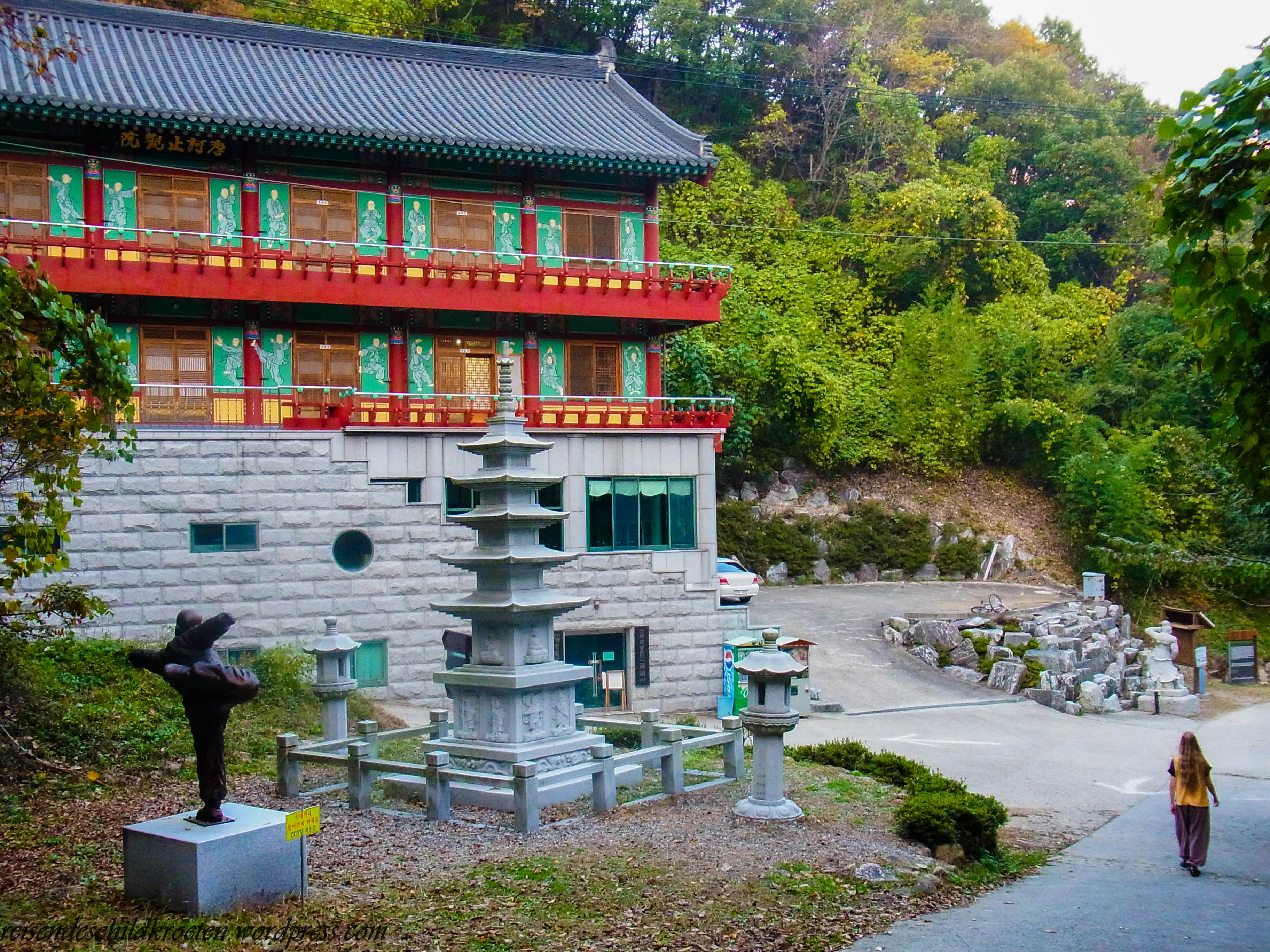 The dining room
The dining room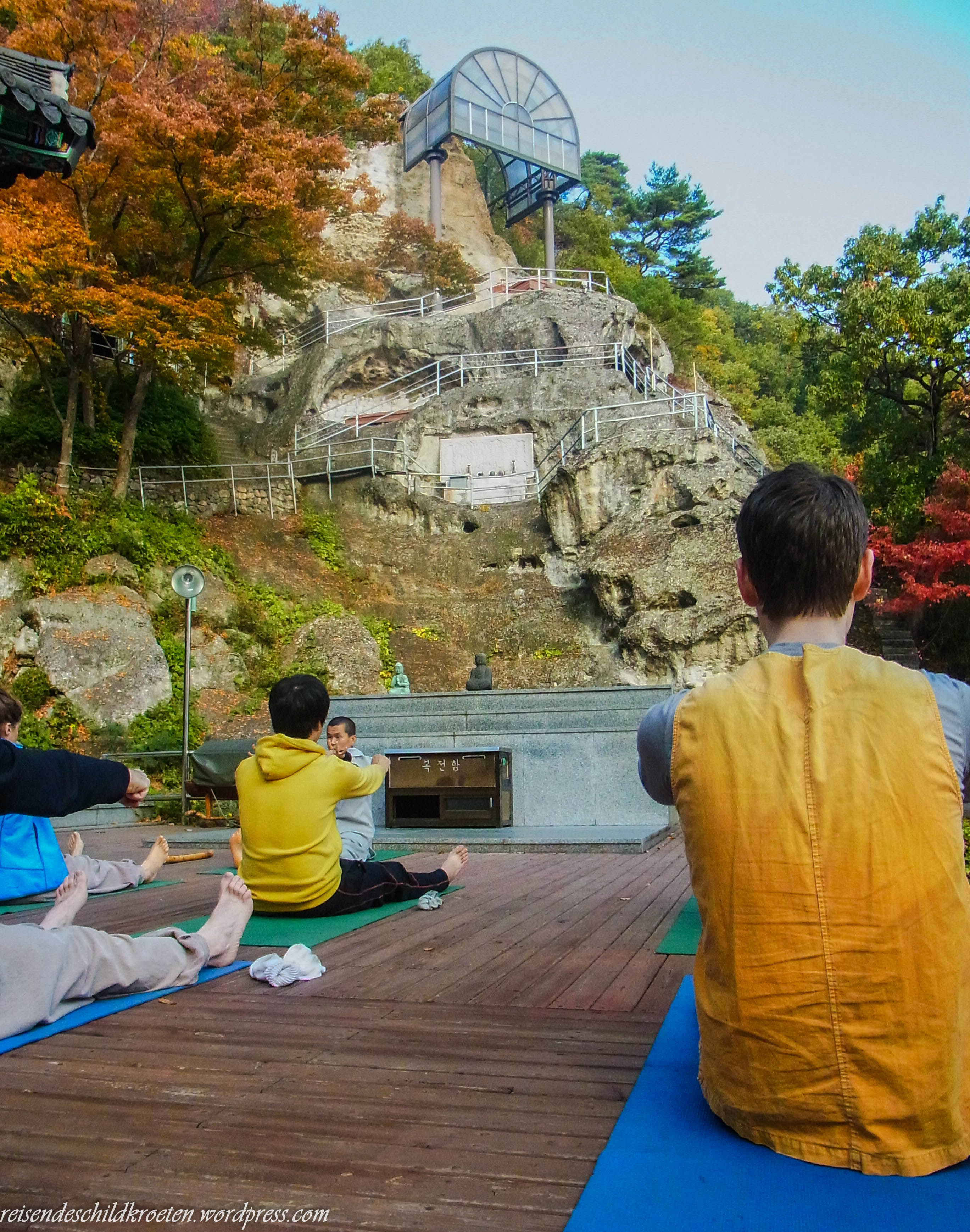 Kevin was more diligent than me.
Kevin was more diligent than me.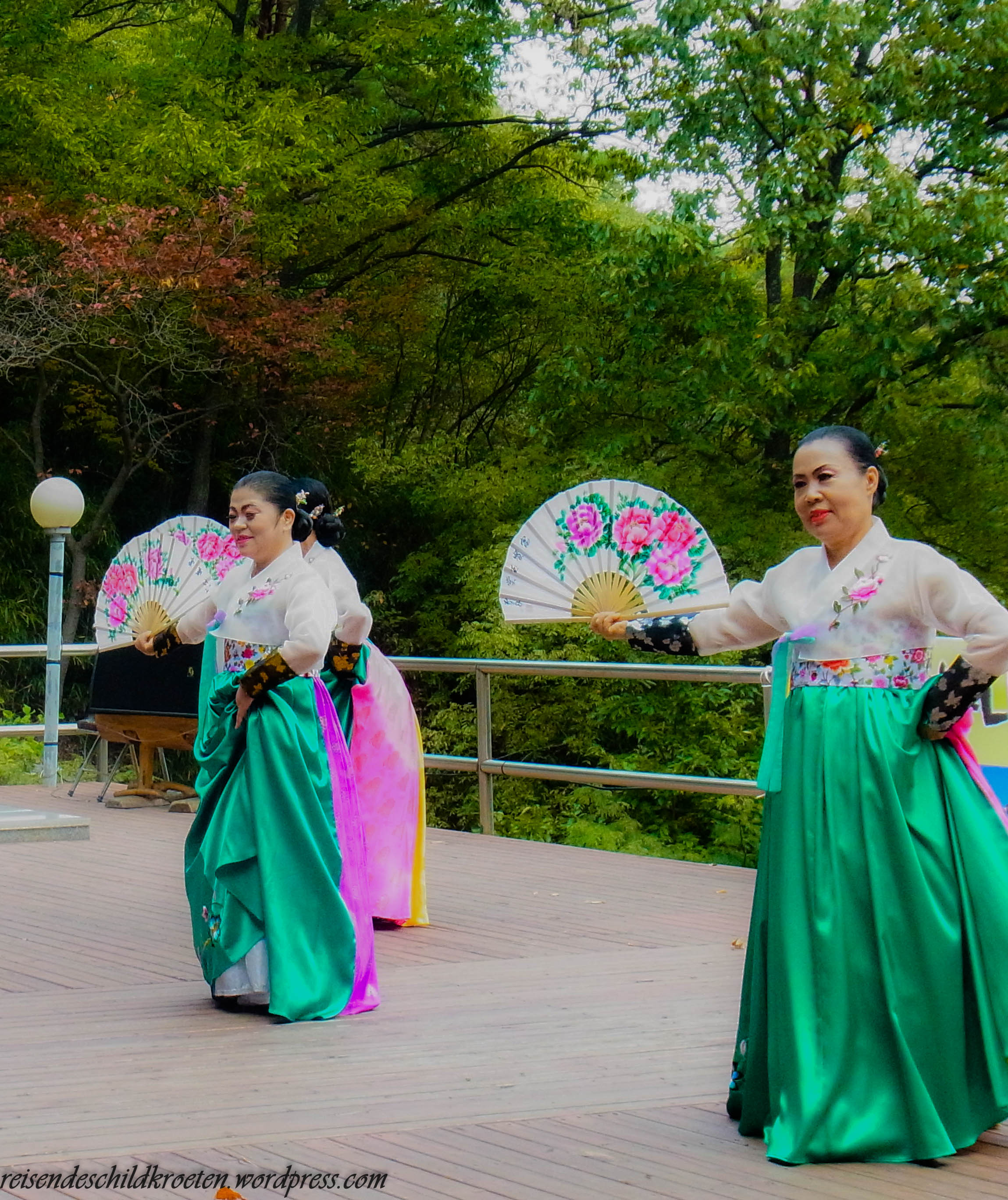 Buchaechum dance
Buchaechum dance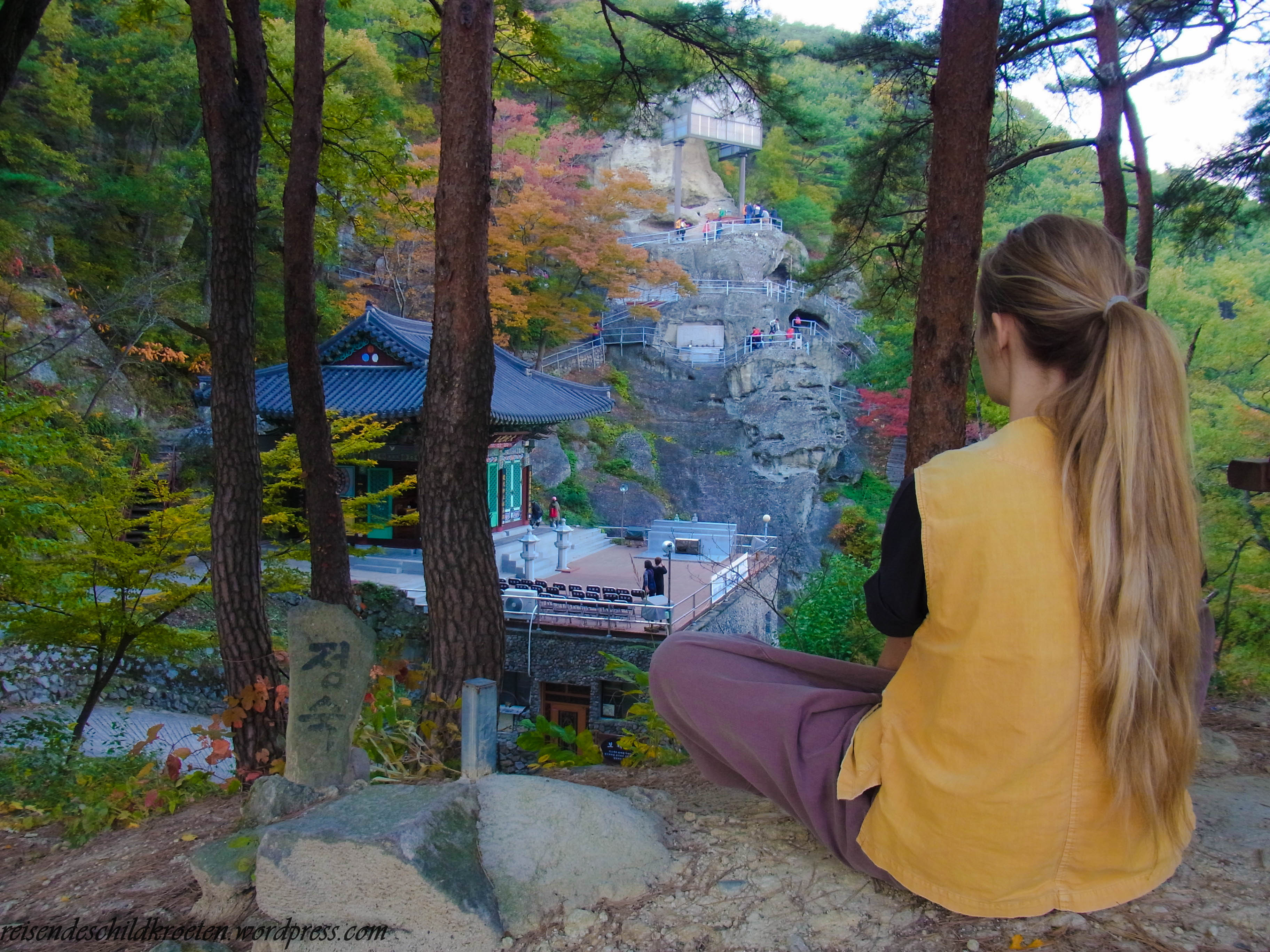
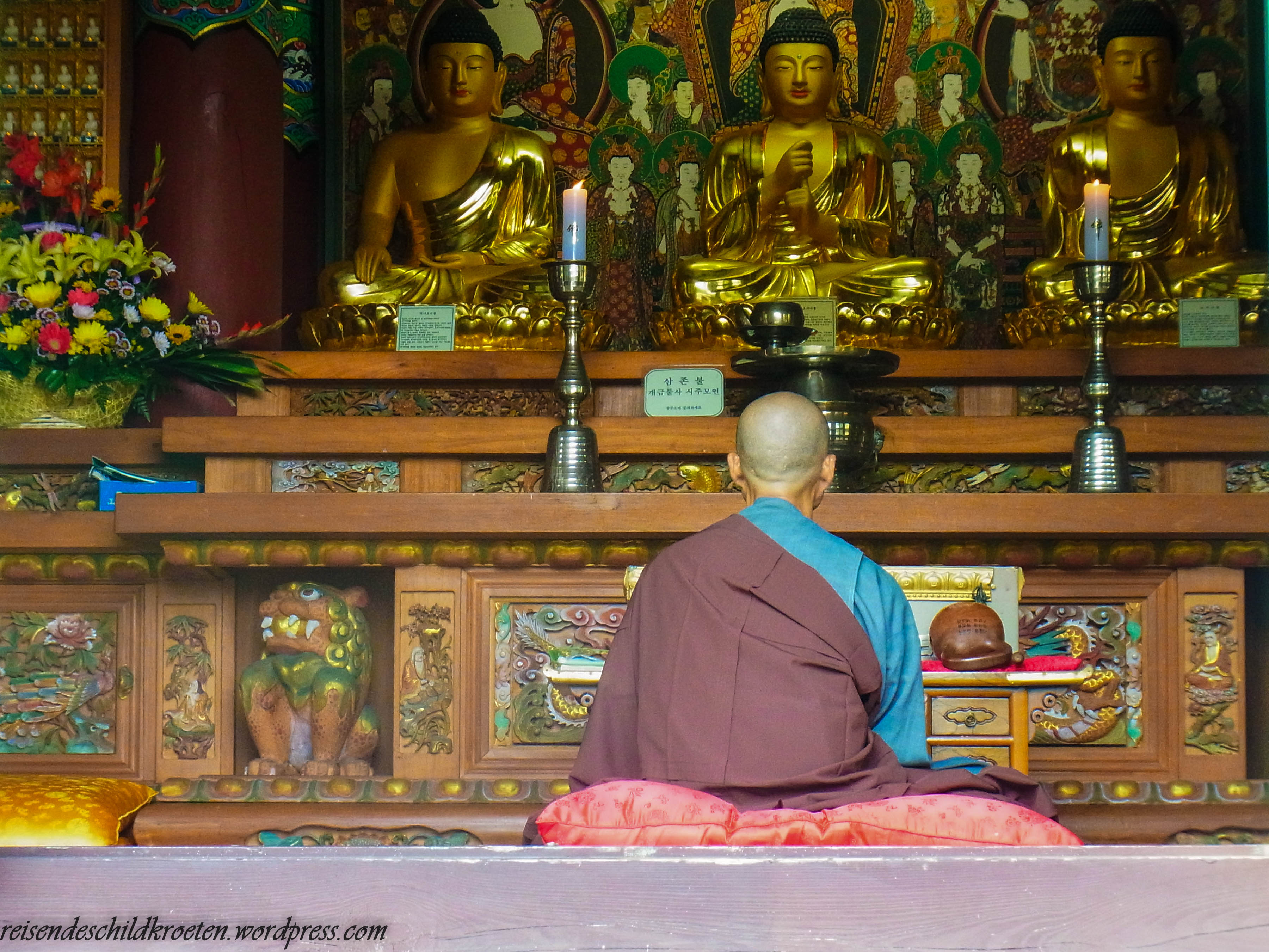
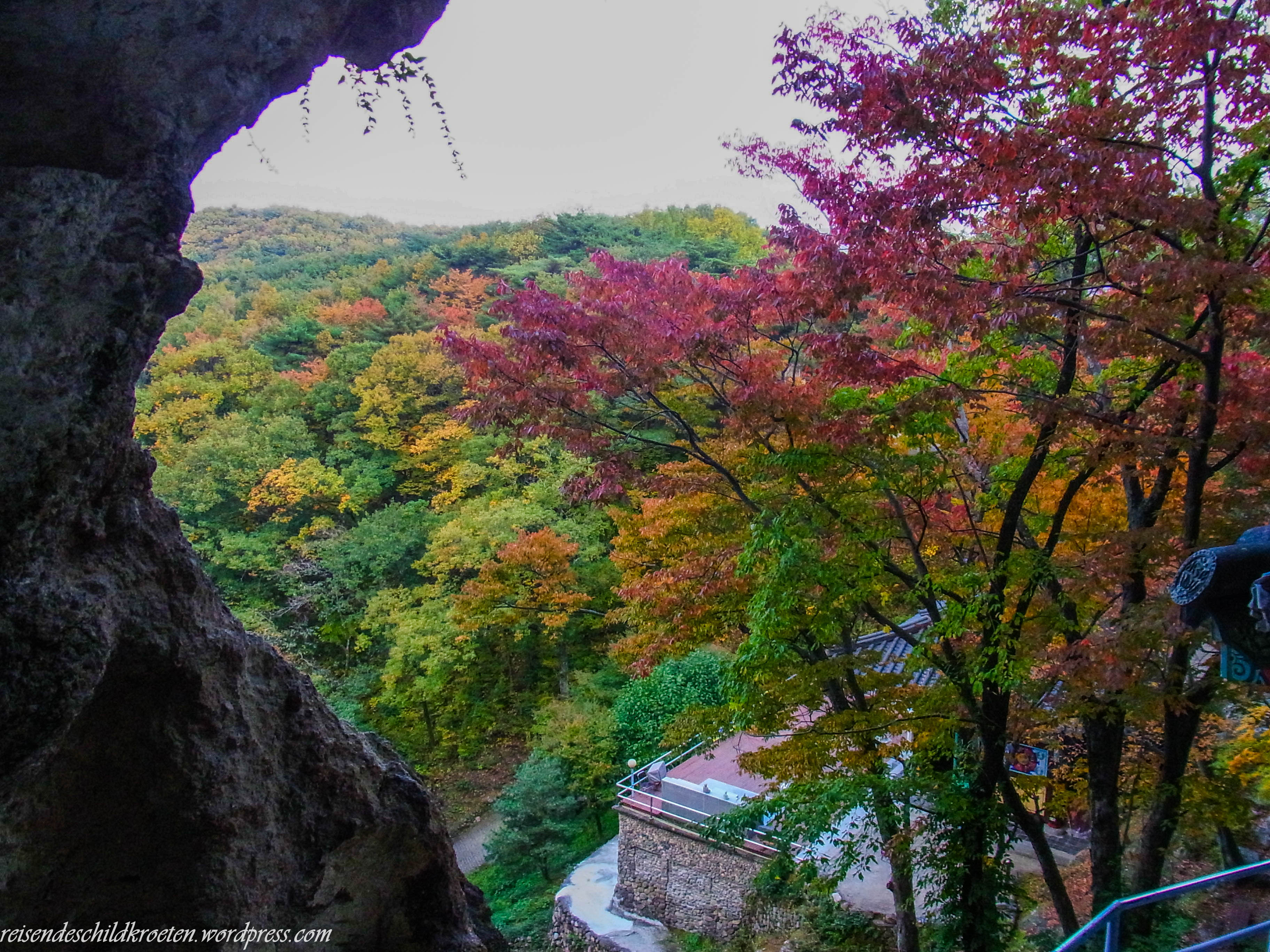
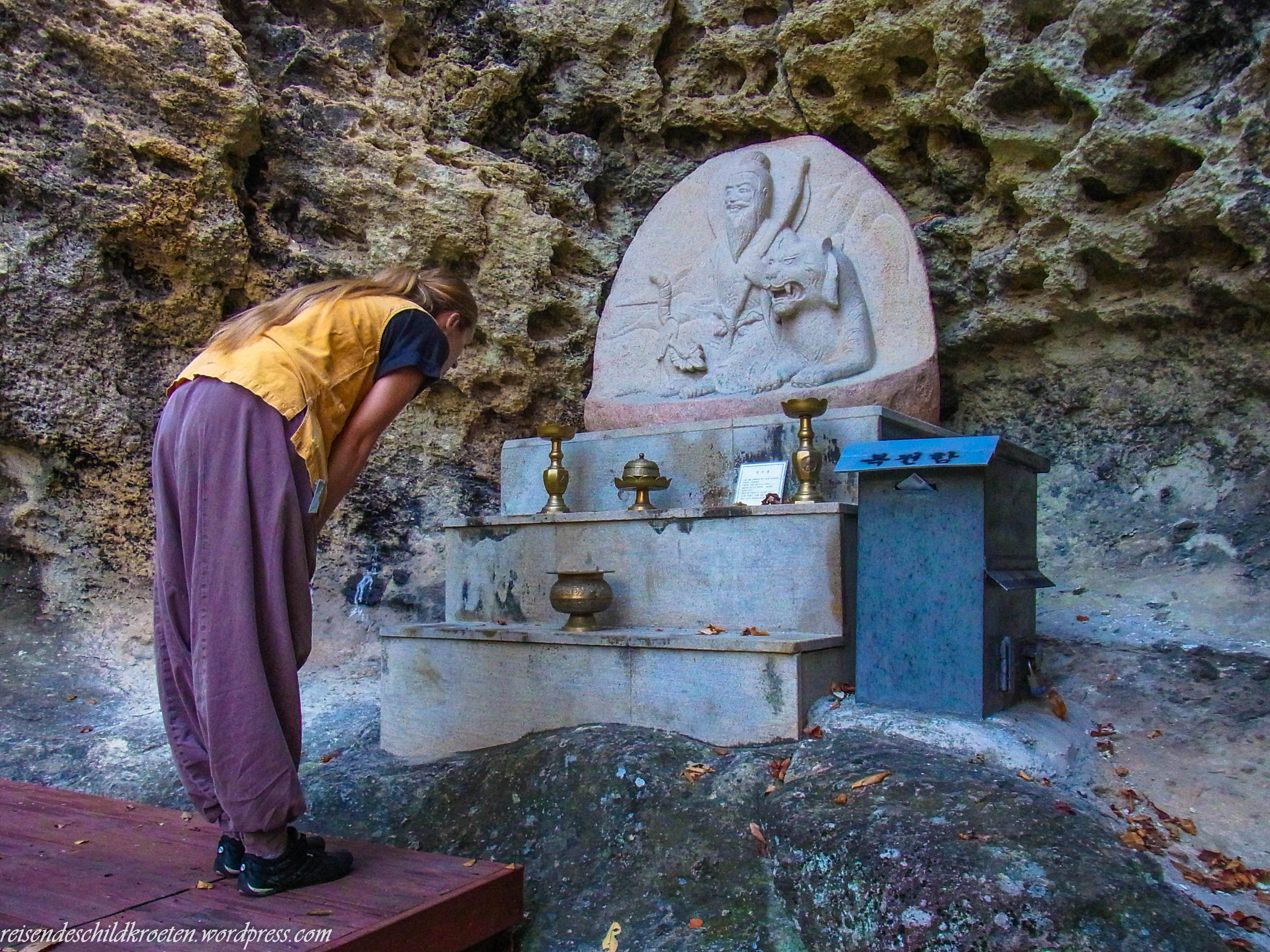

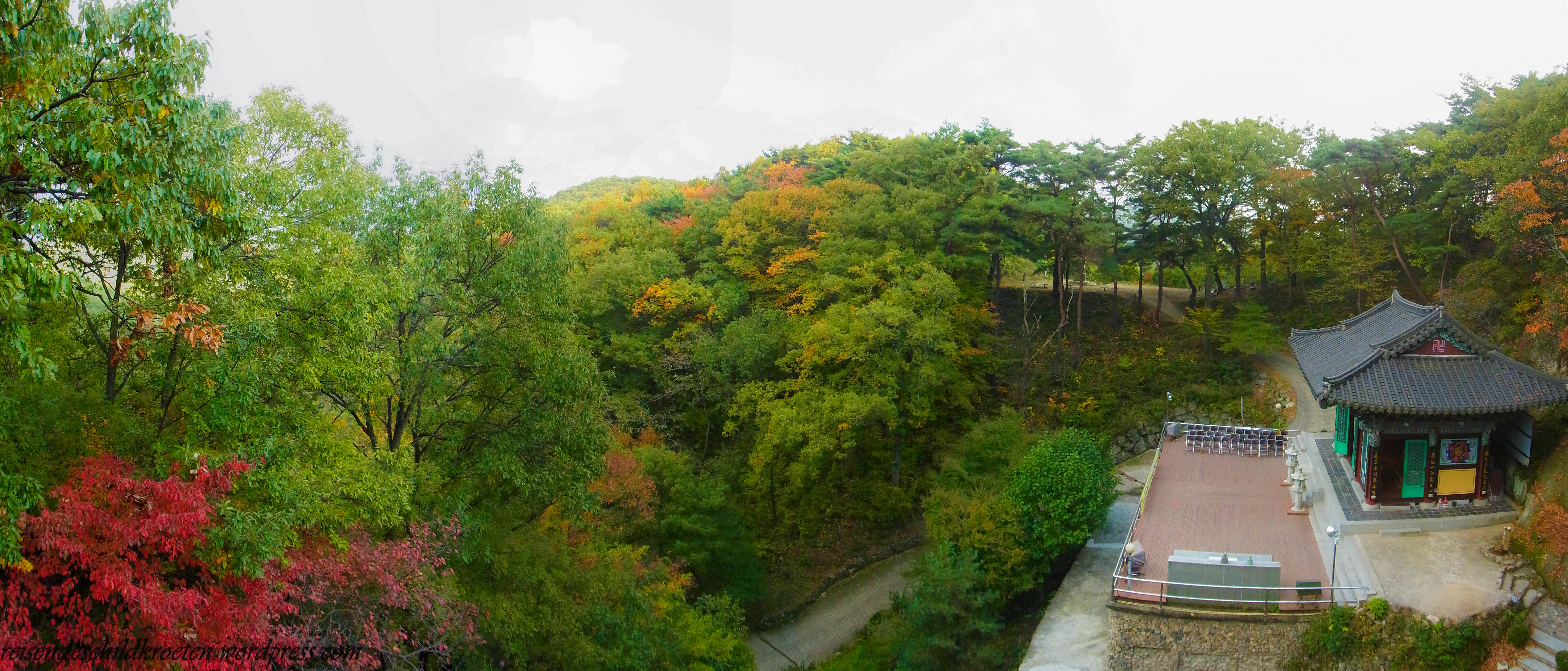
 Maae Amitabul
Maae Amitabul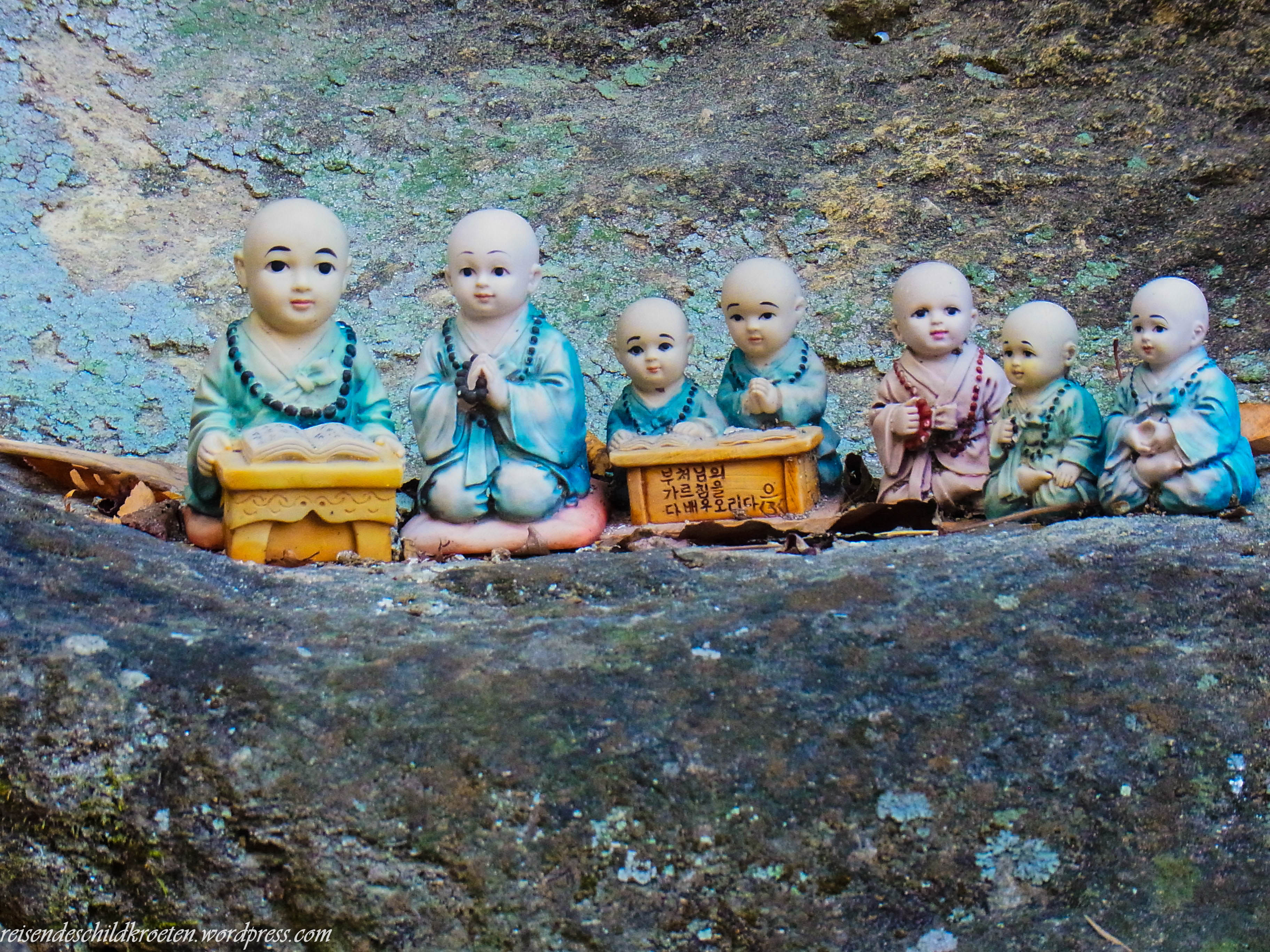
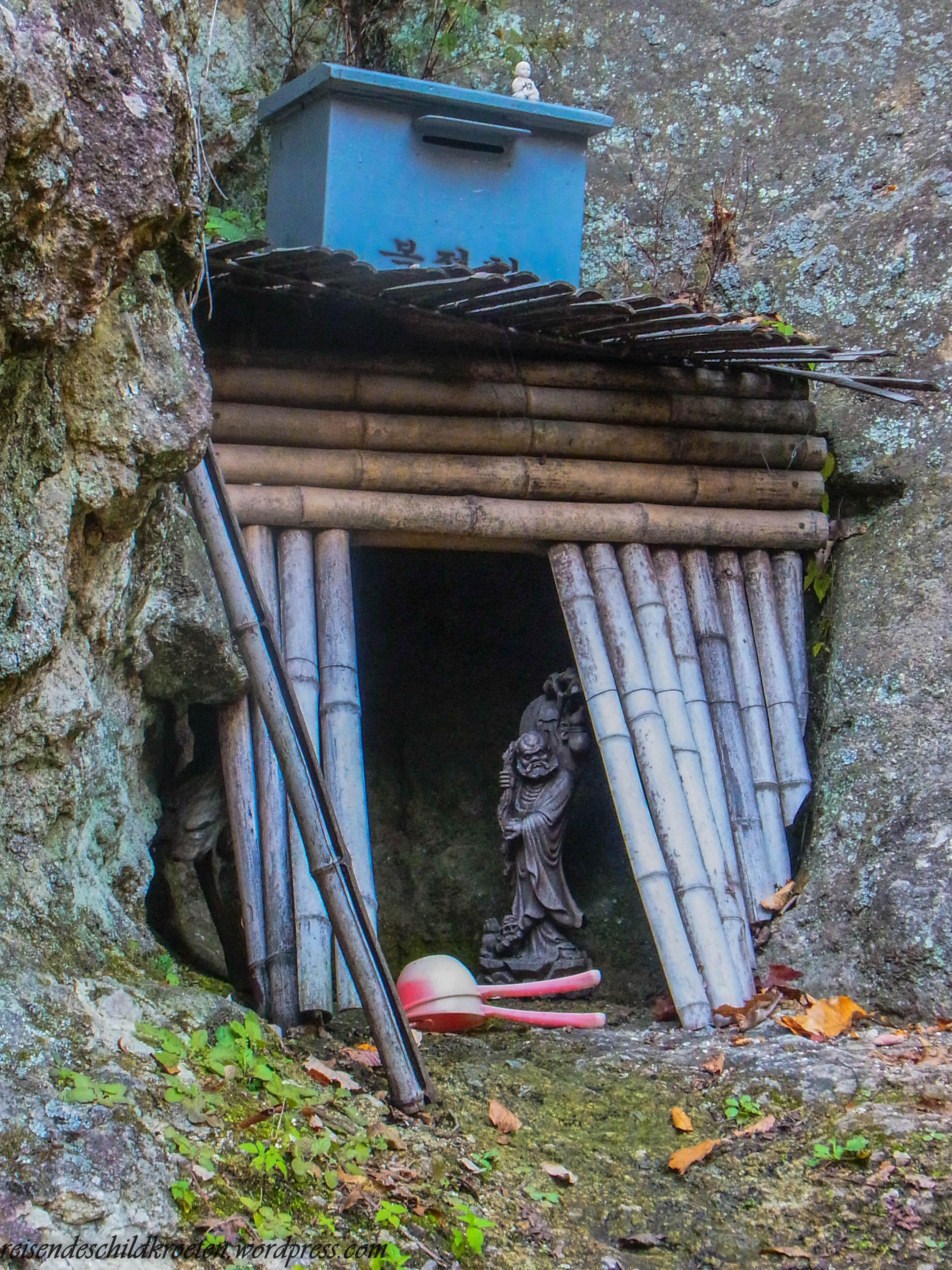
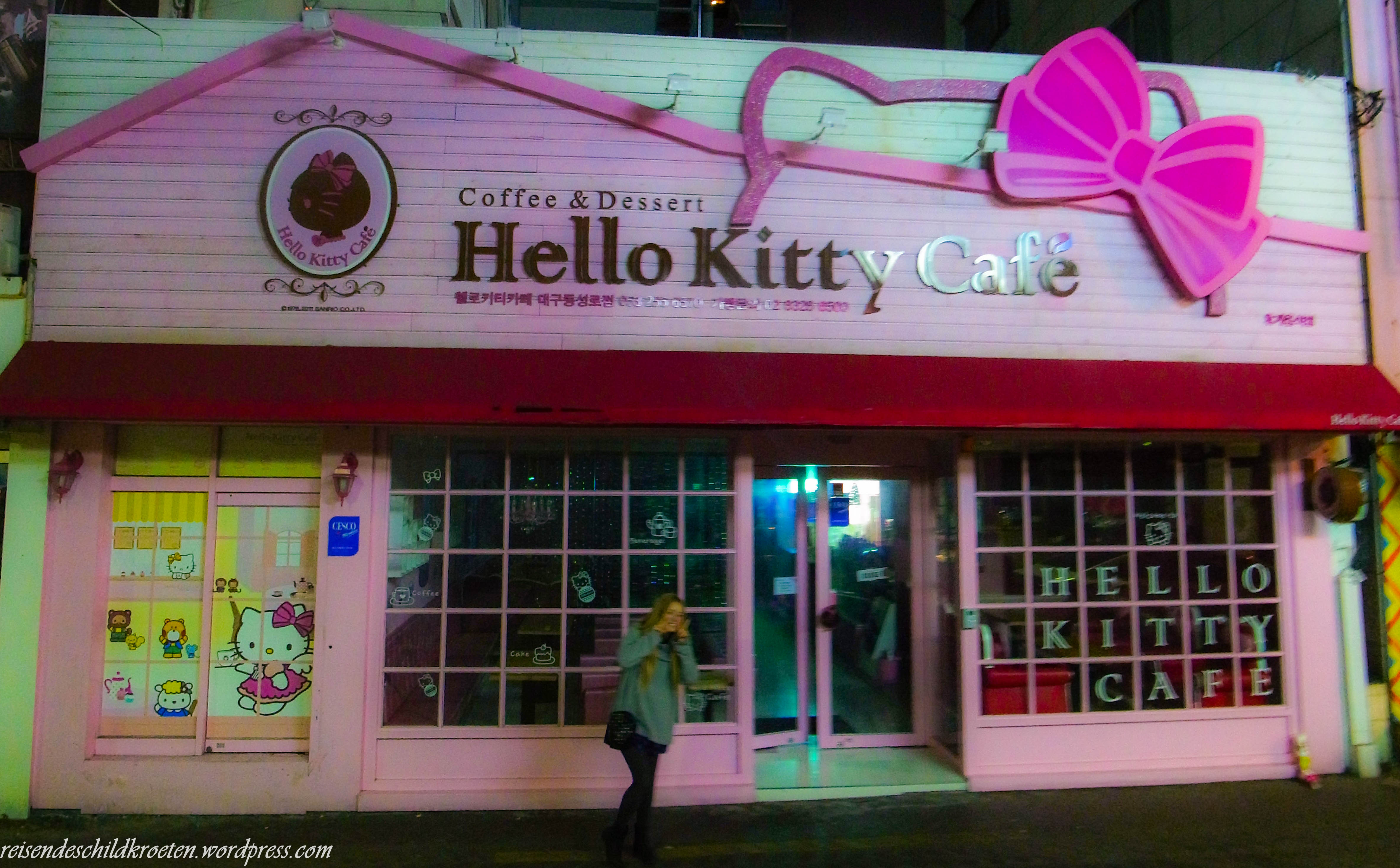 Unfortunately the dinner wasn’t here 😦
Unfortunately the dinner wasn’t here 😦 Dongseongno
Dongseongno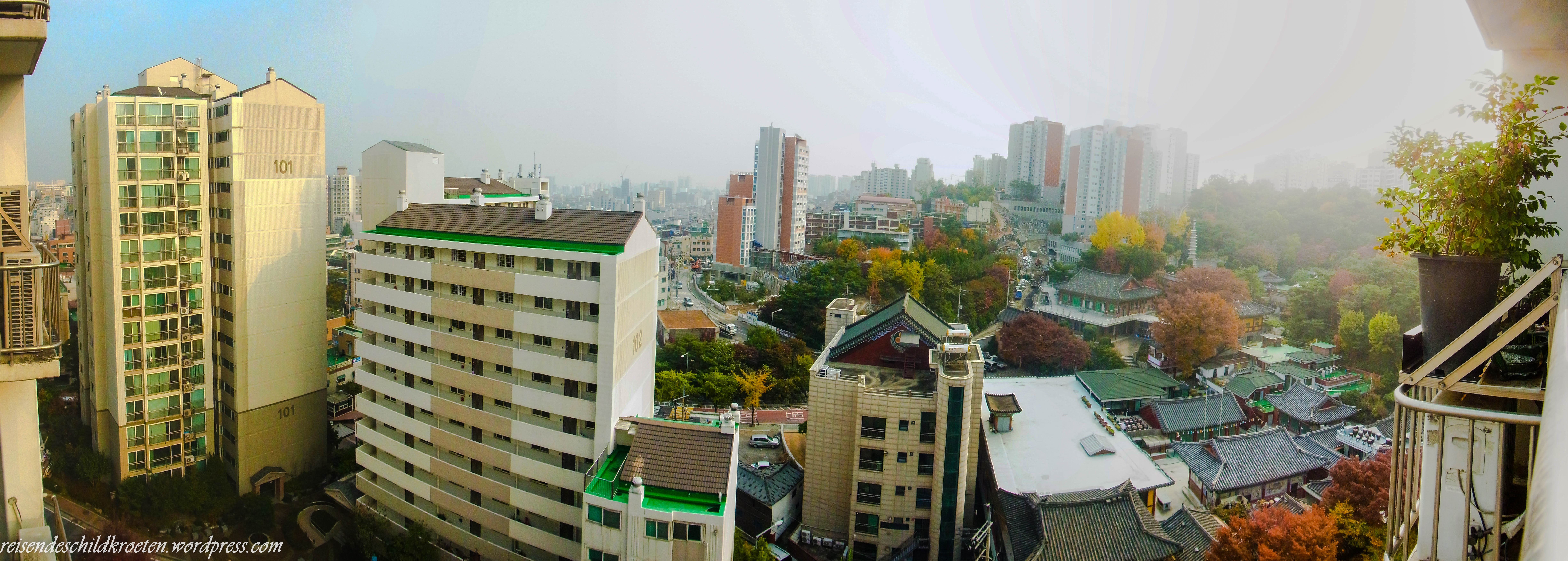
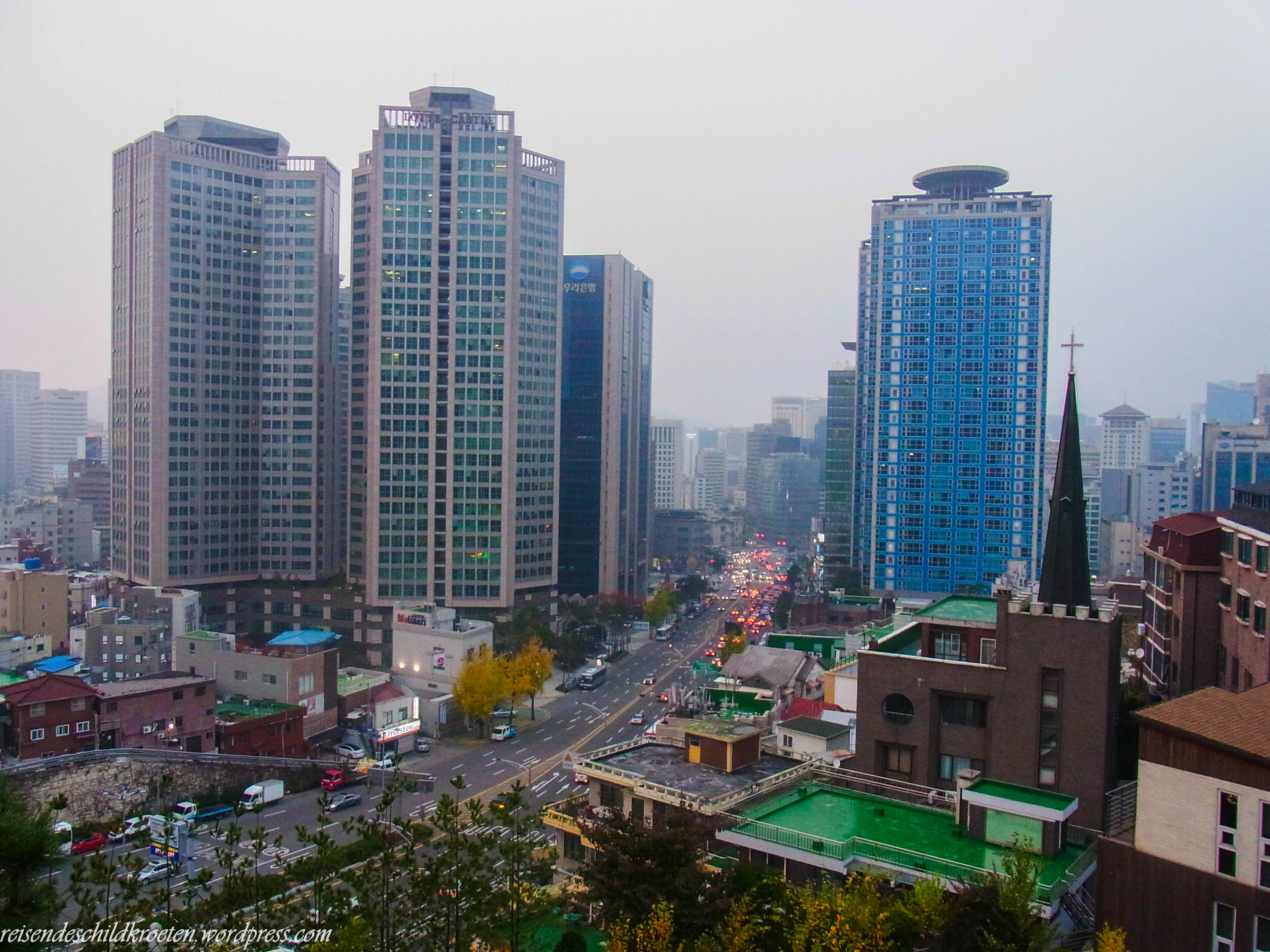
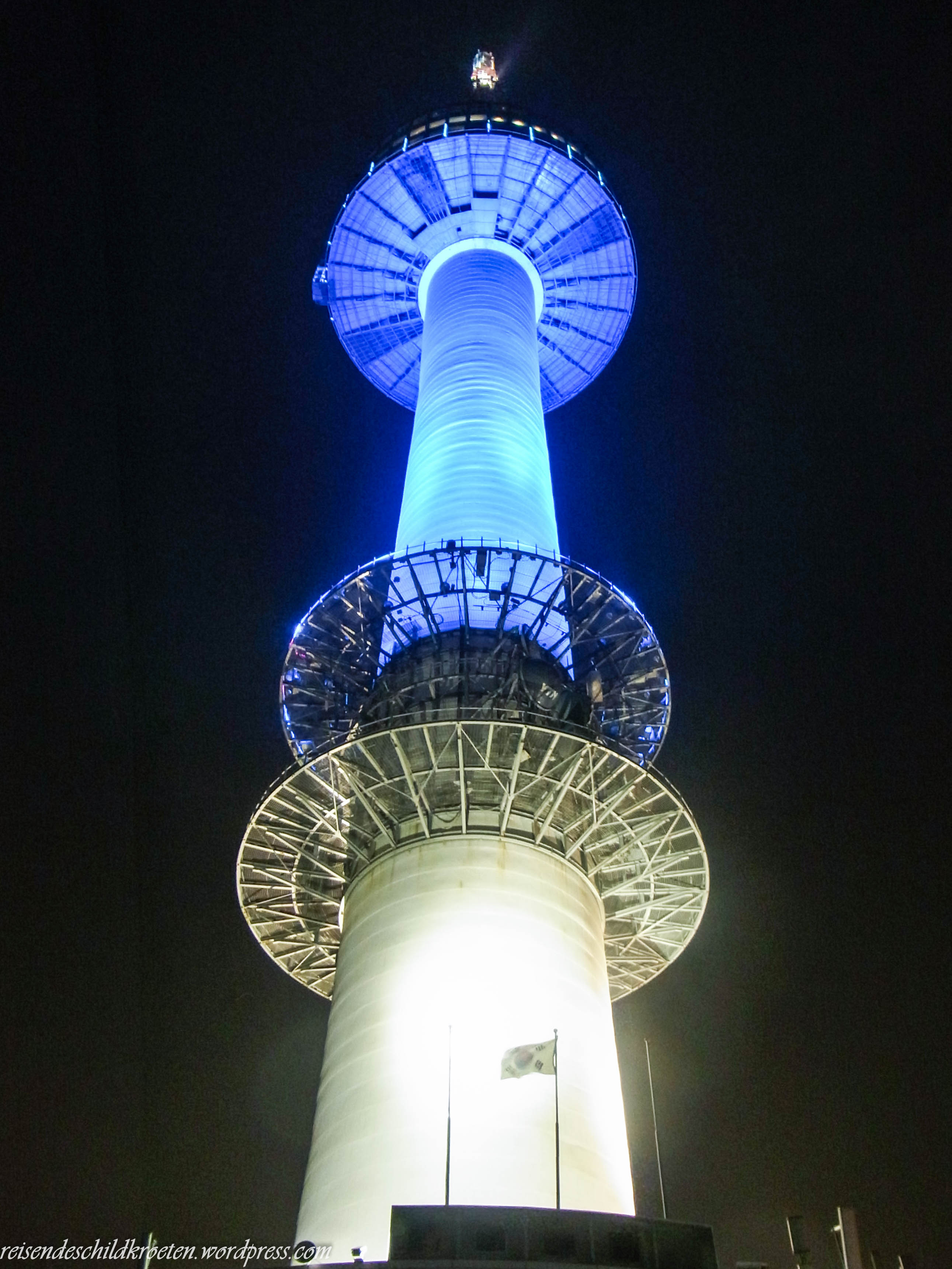 The Seoul Tower
The Seoul Tower At the top
At the top Views from the tower
Views from the tower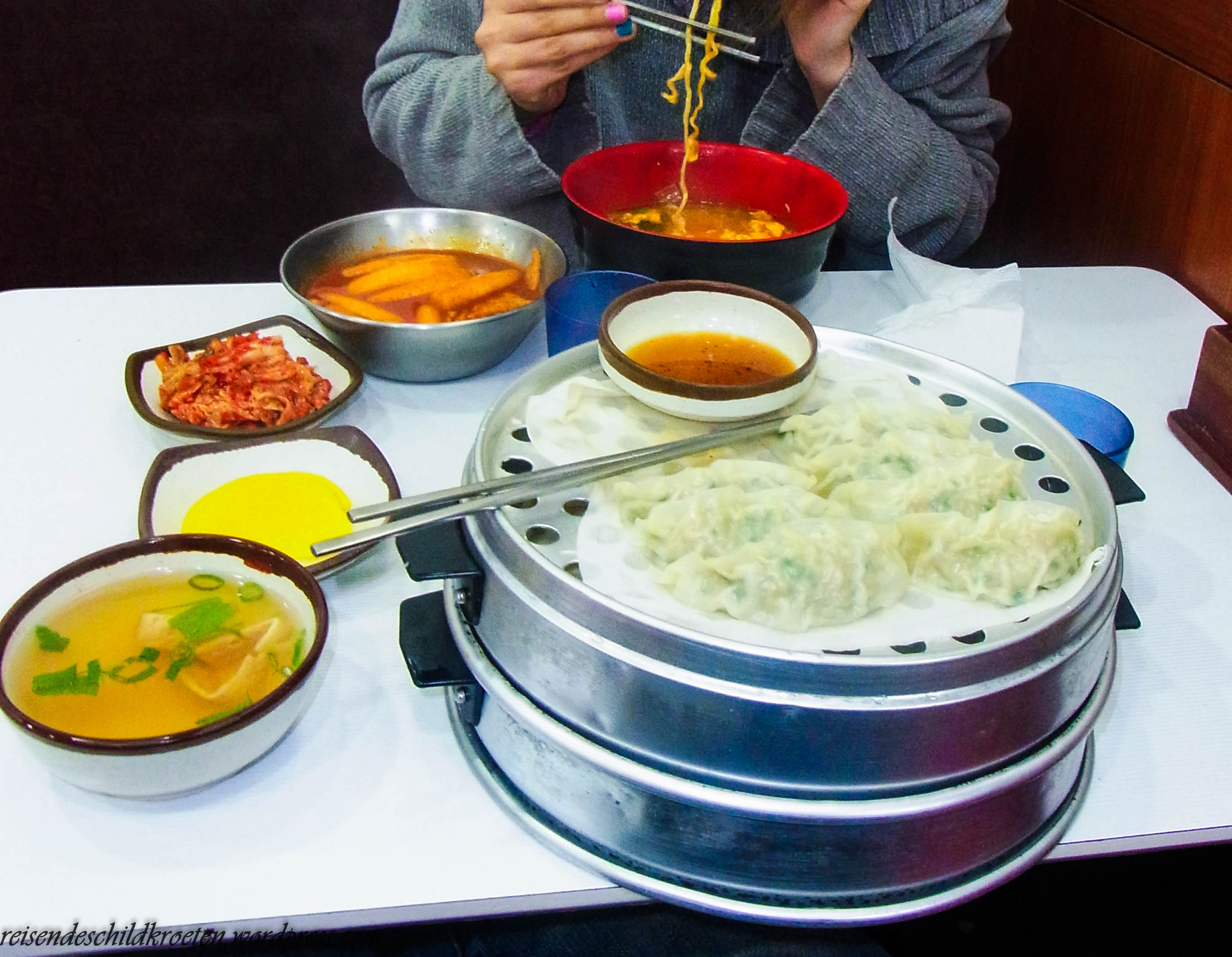 He ordered even more…40 in total!
He ordered even more…40 in total!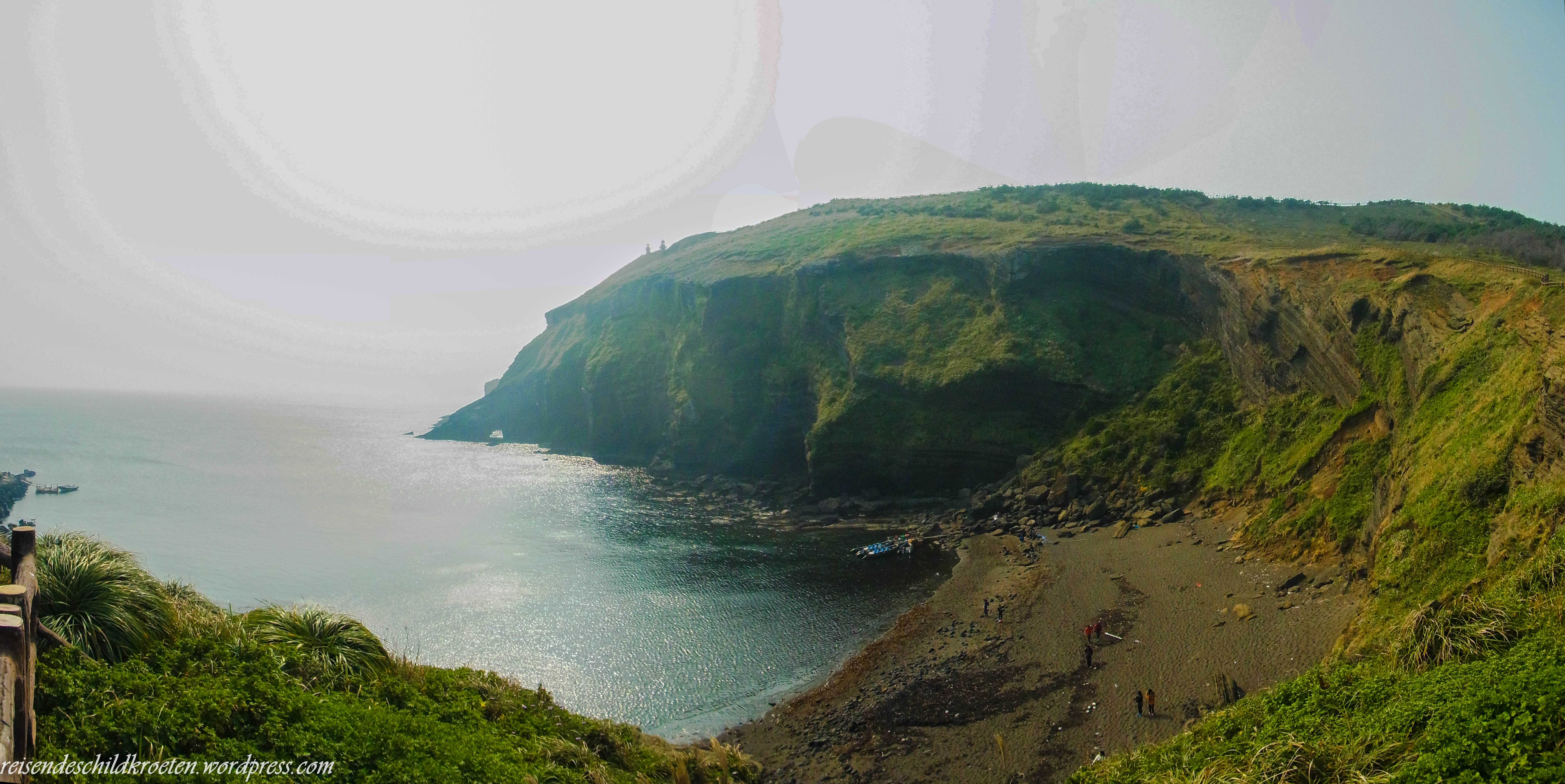
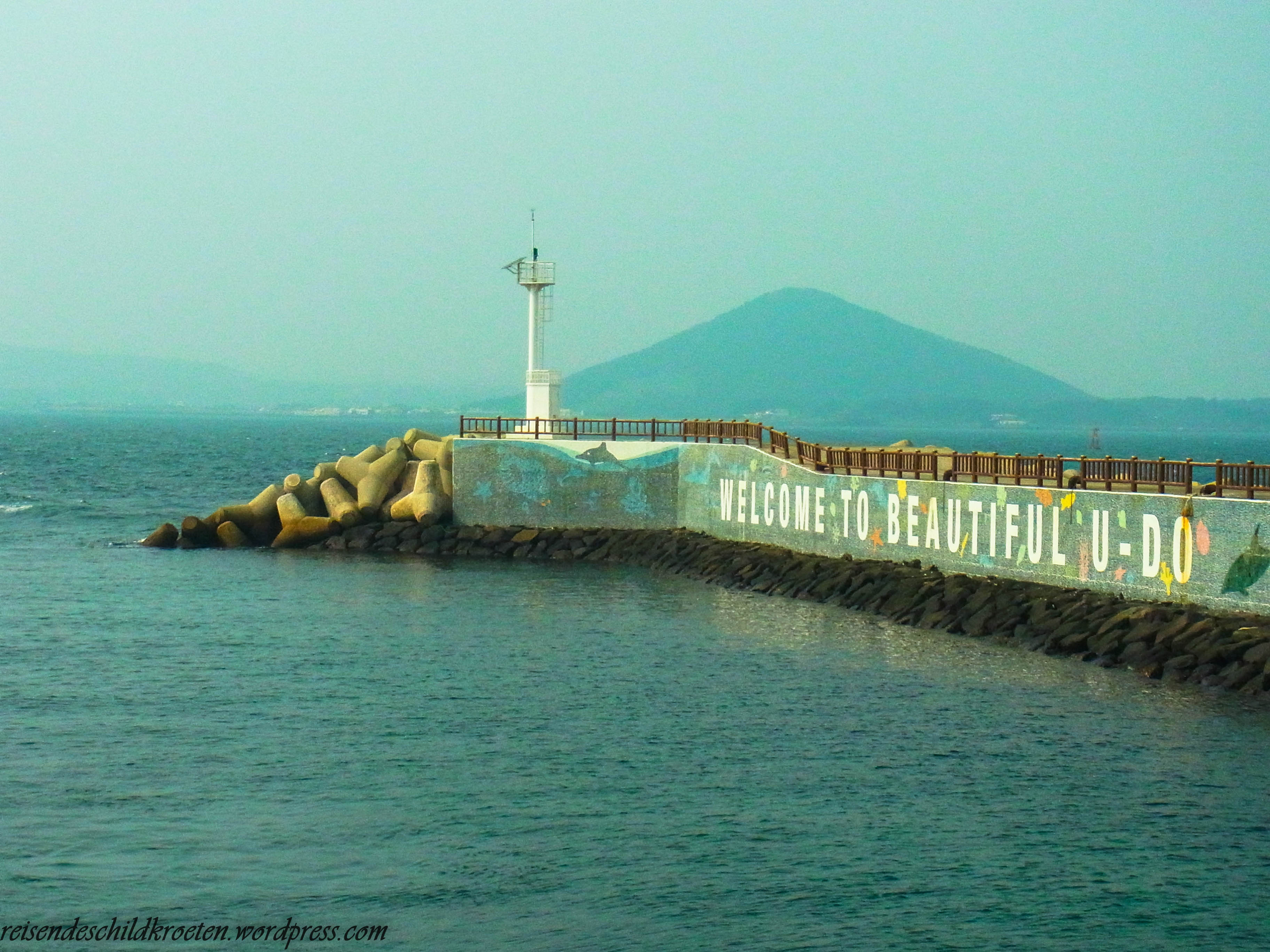

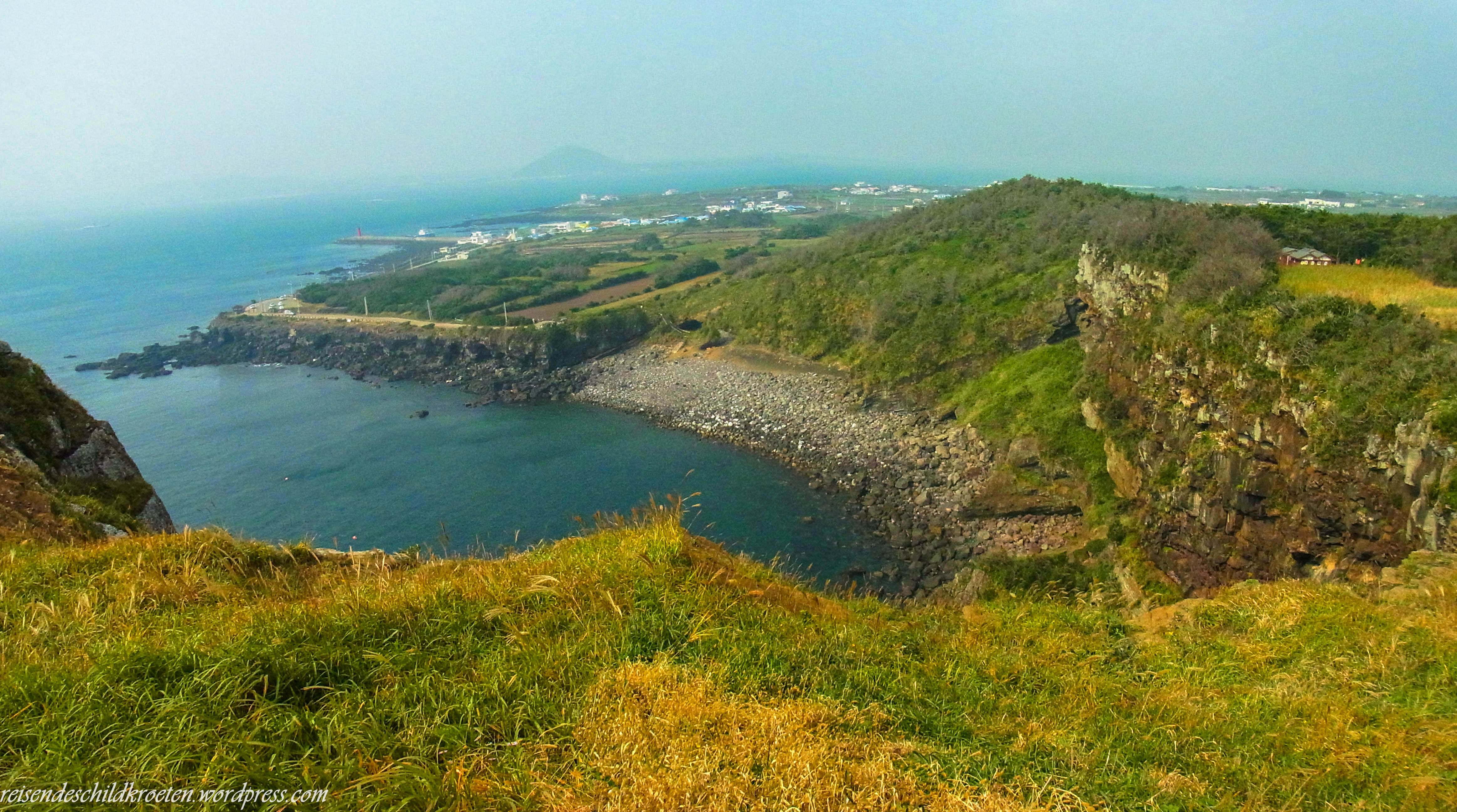



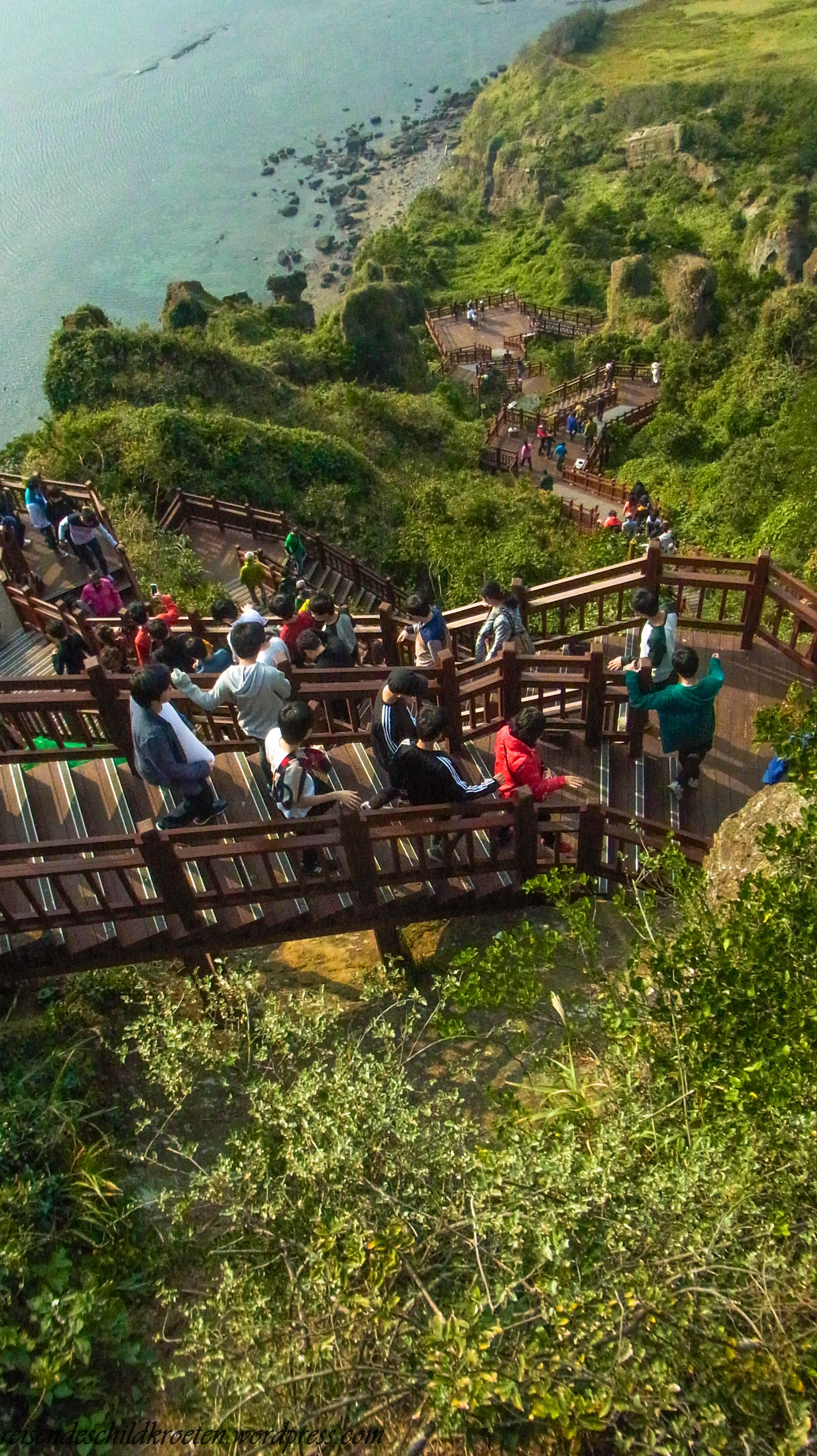
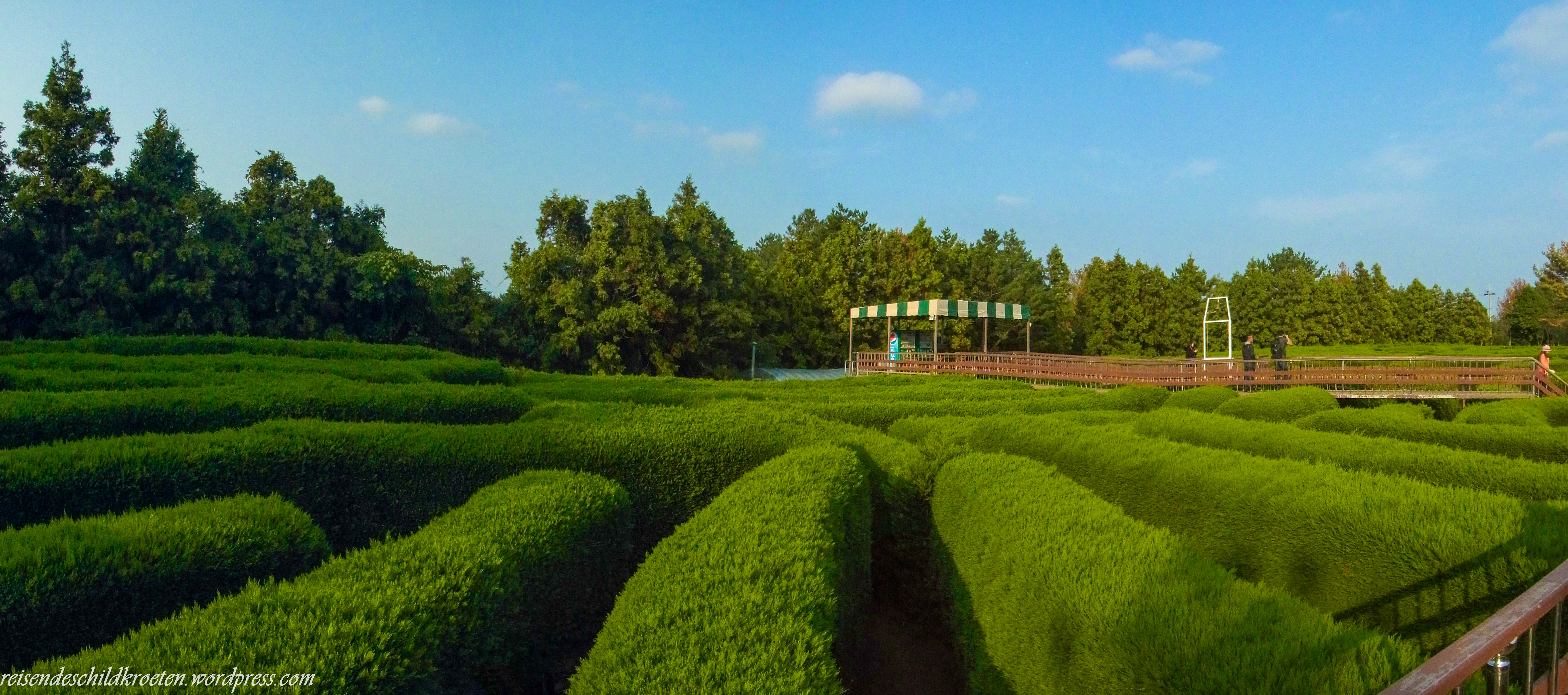





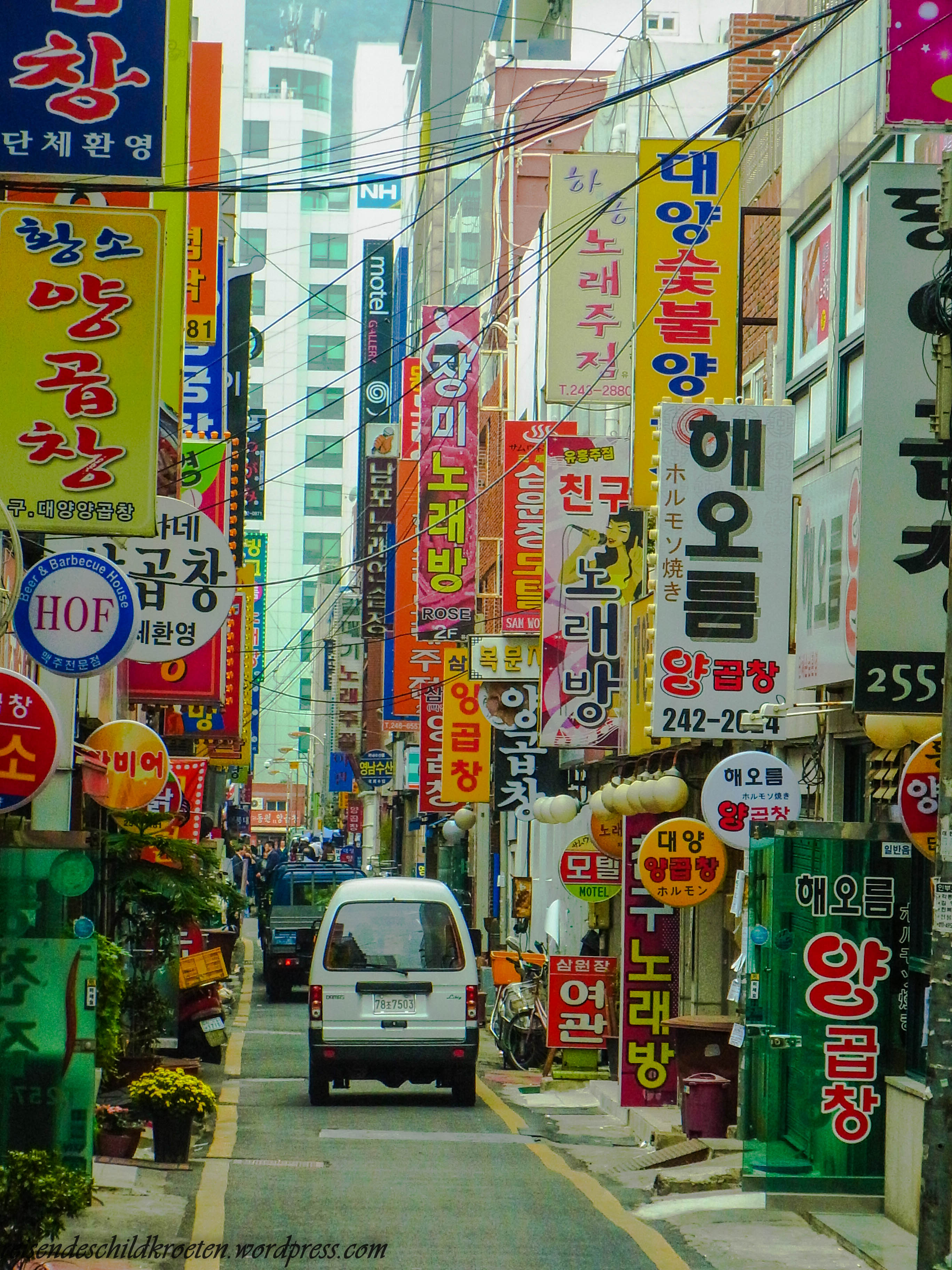
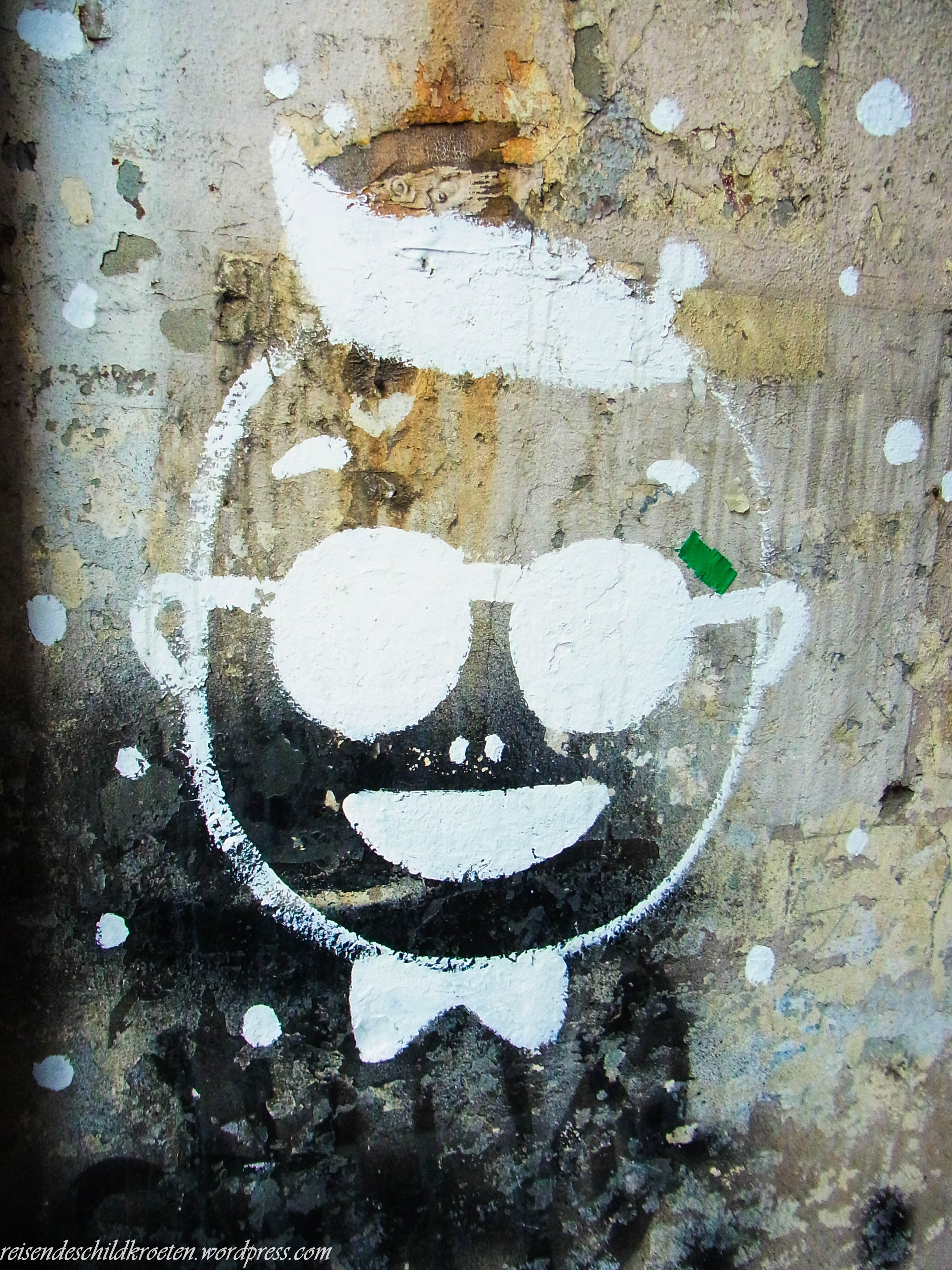
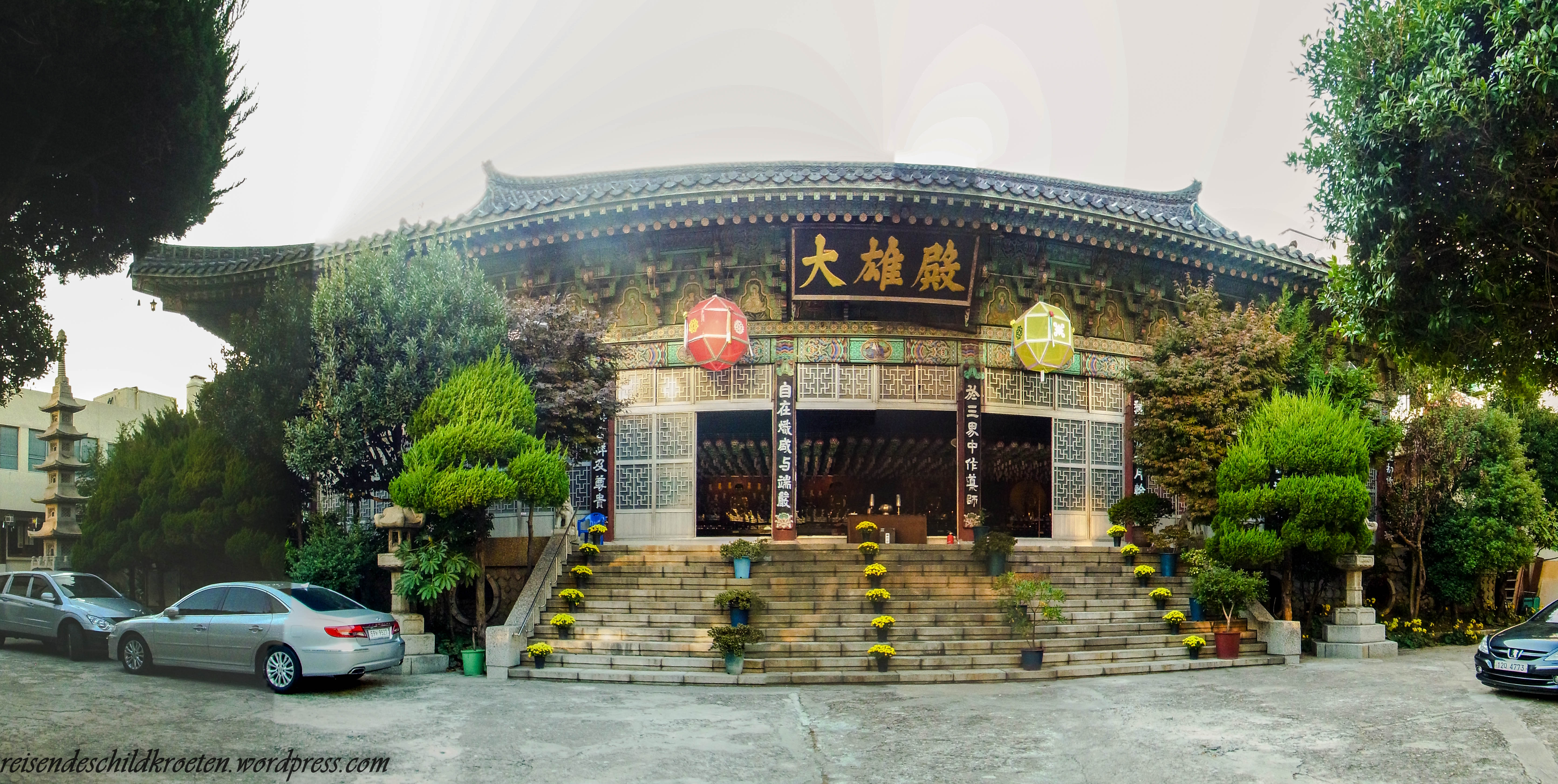



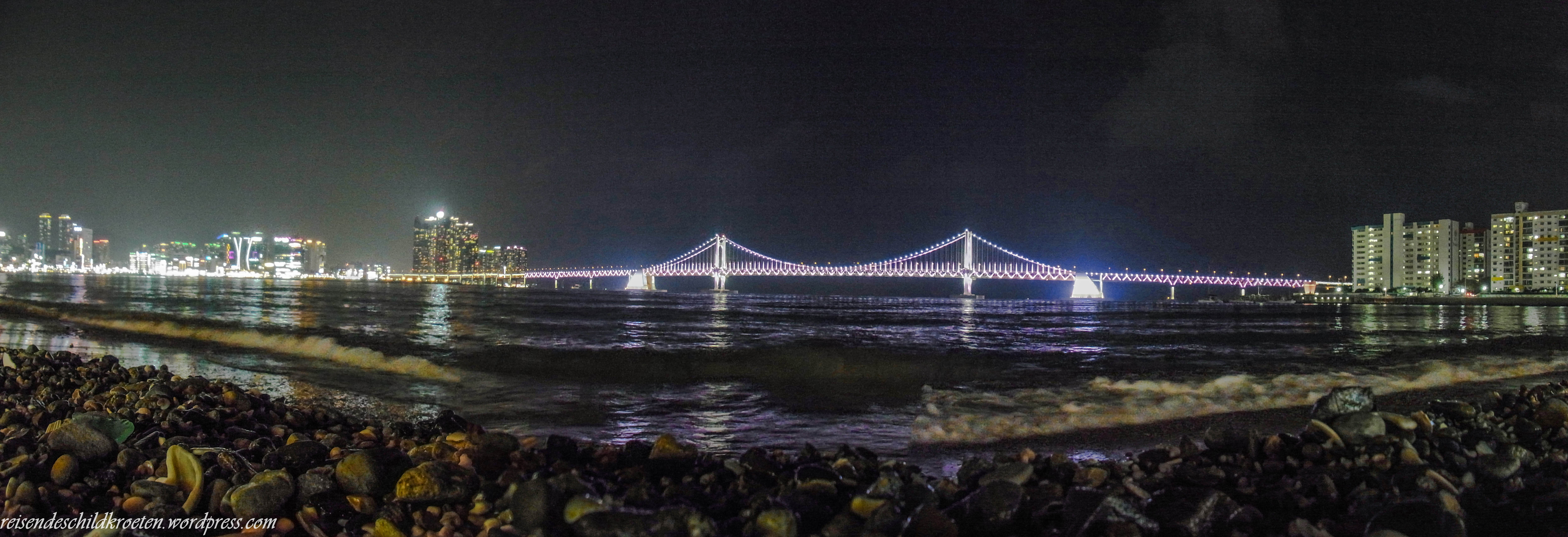
 Namsagol’s garden
Namsagol’s garden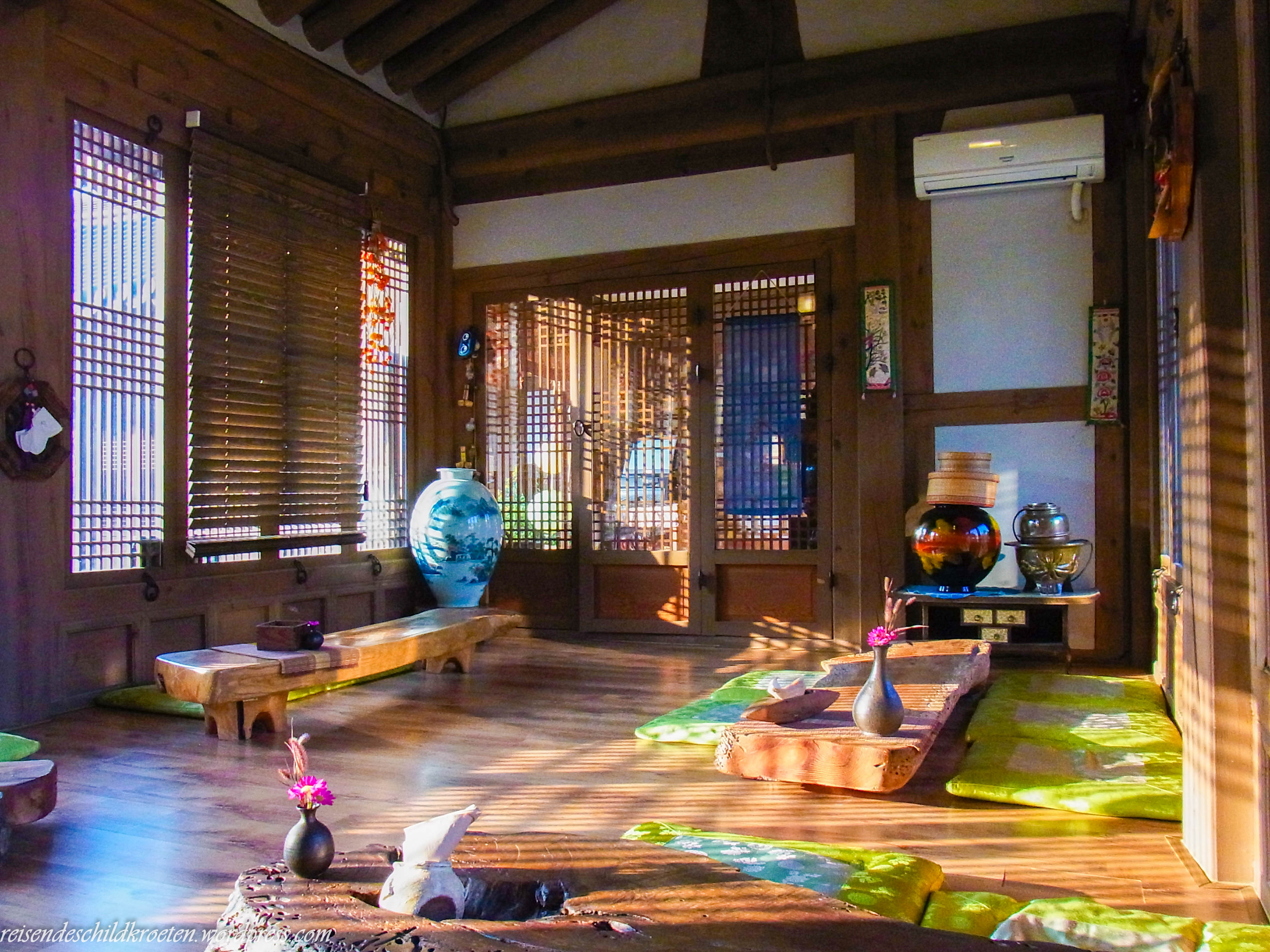
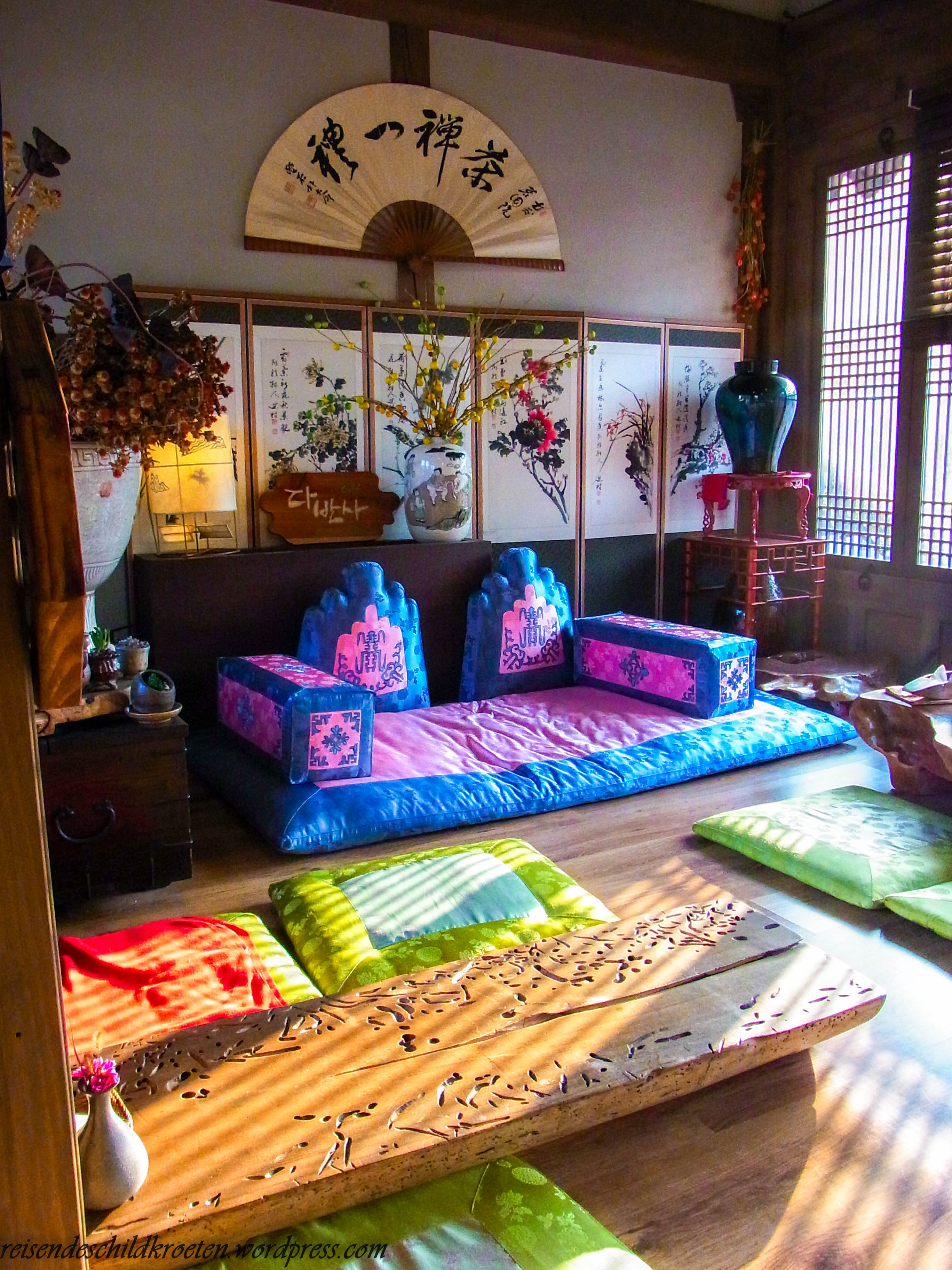
 Not very good at it
Not very good at it An A-Frame korean back-carrier
An A-Frame korean back-carrier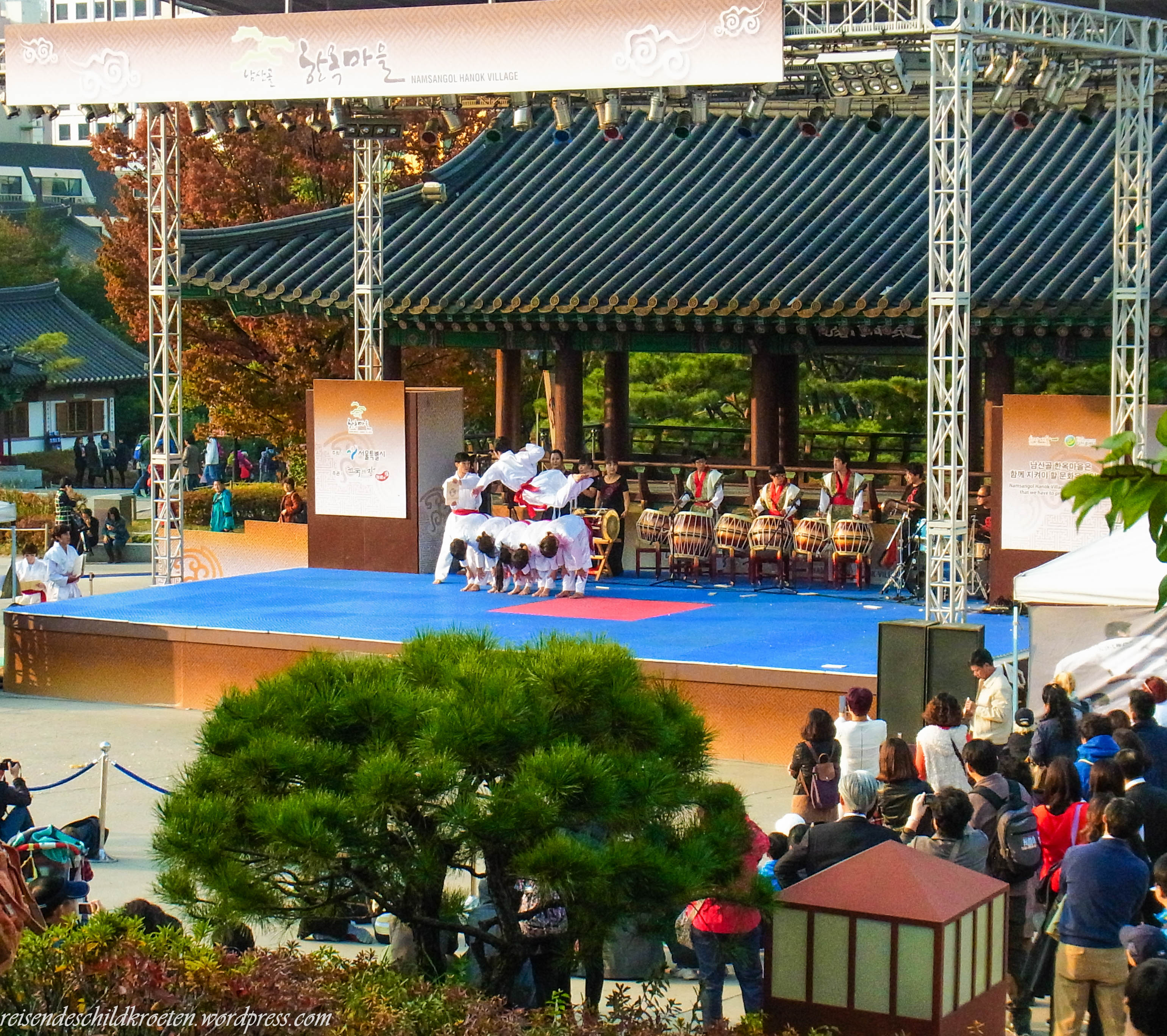 Tiger & Dragon
Tiger & Dragon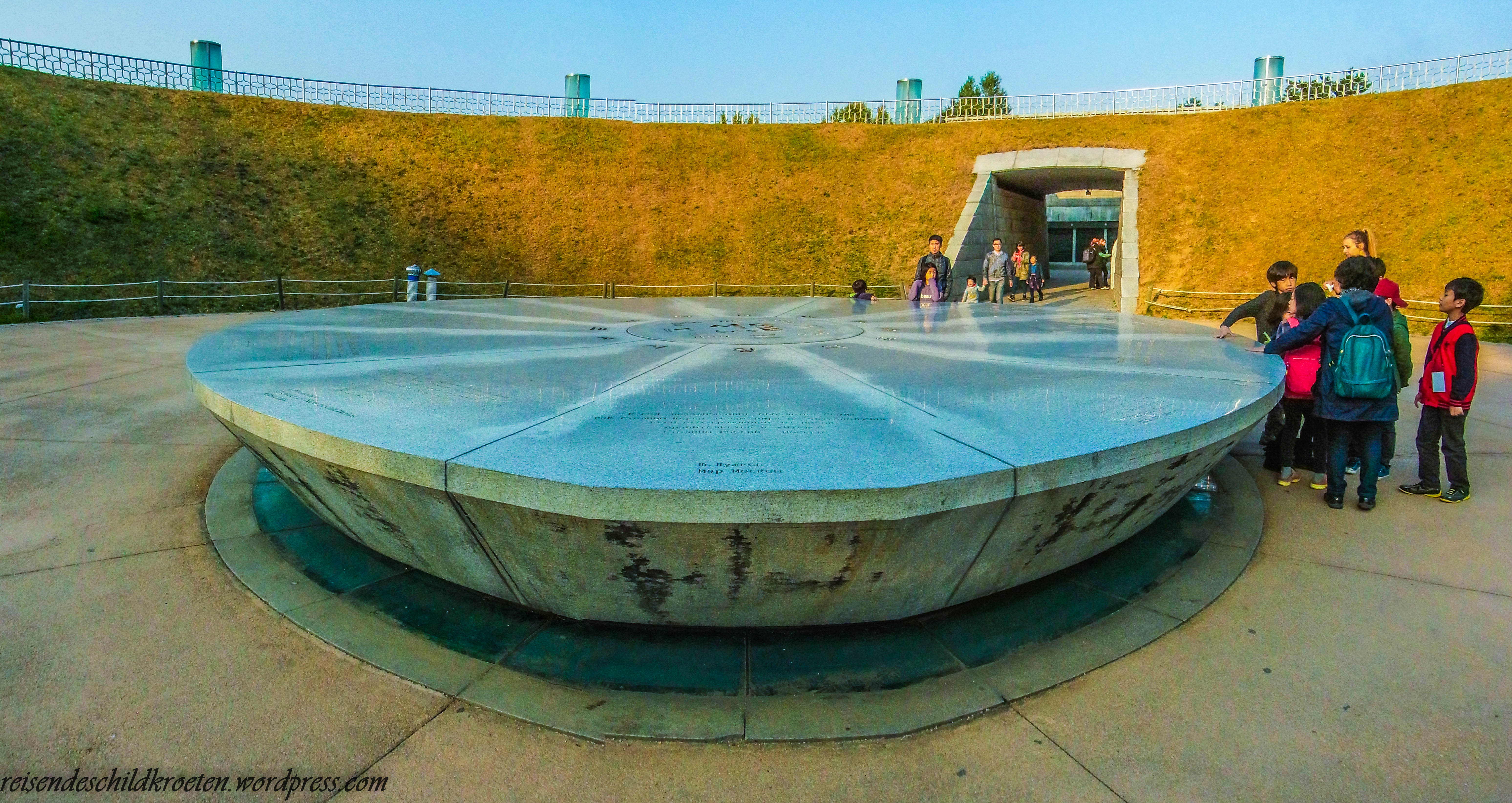 I can’t imagine the faces of the Korean people from the future when they see the technology from 1994…
I can’t imagine the faces of the Korean people from the future when they see the technology from 1994…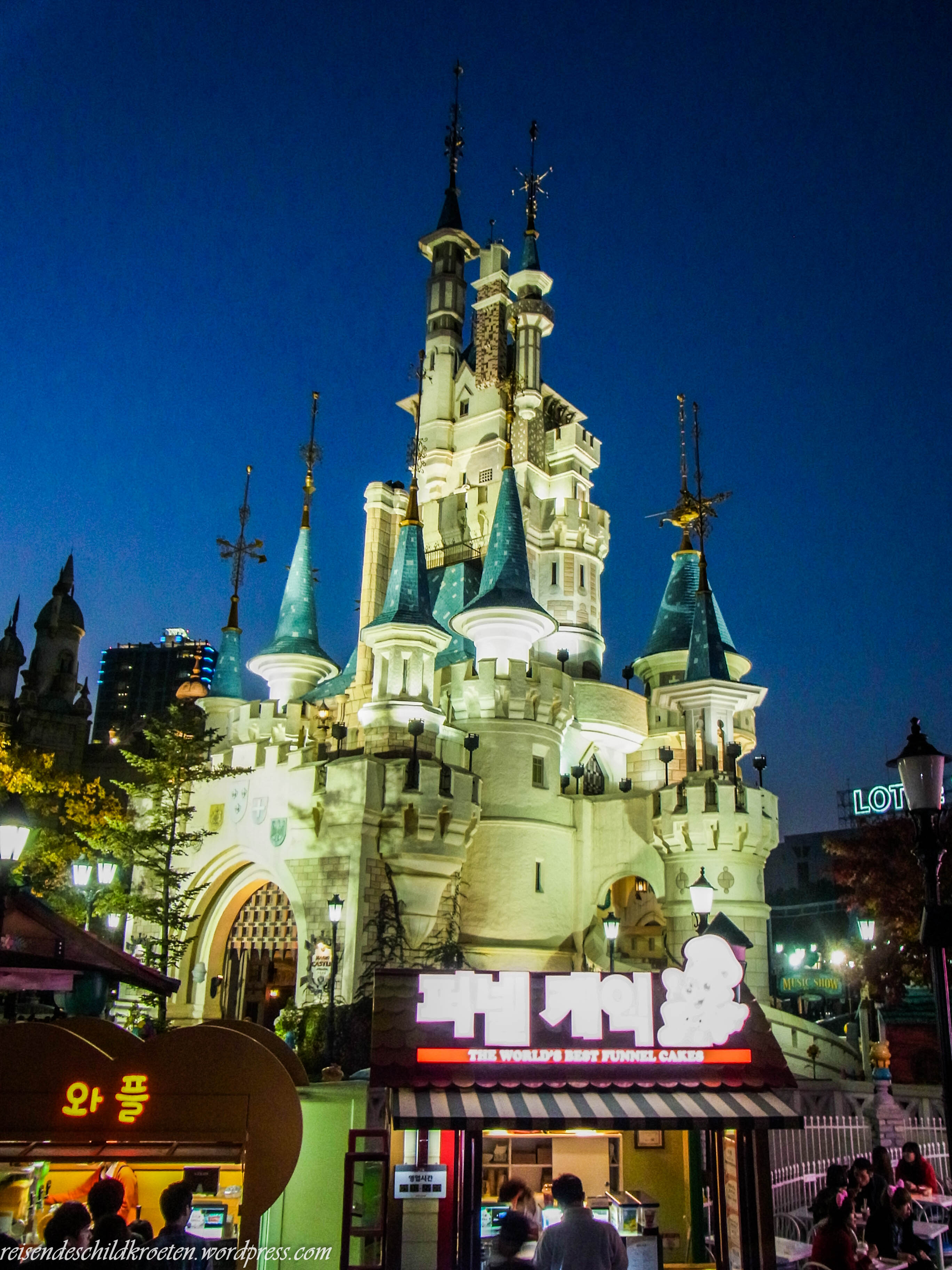 Looks familiar…
Looks familiar…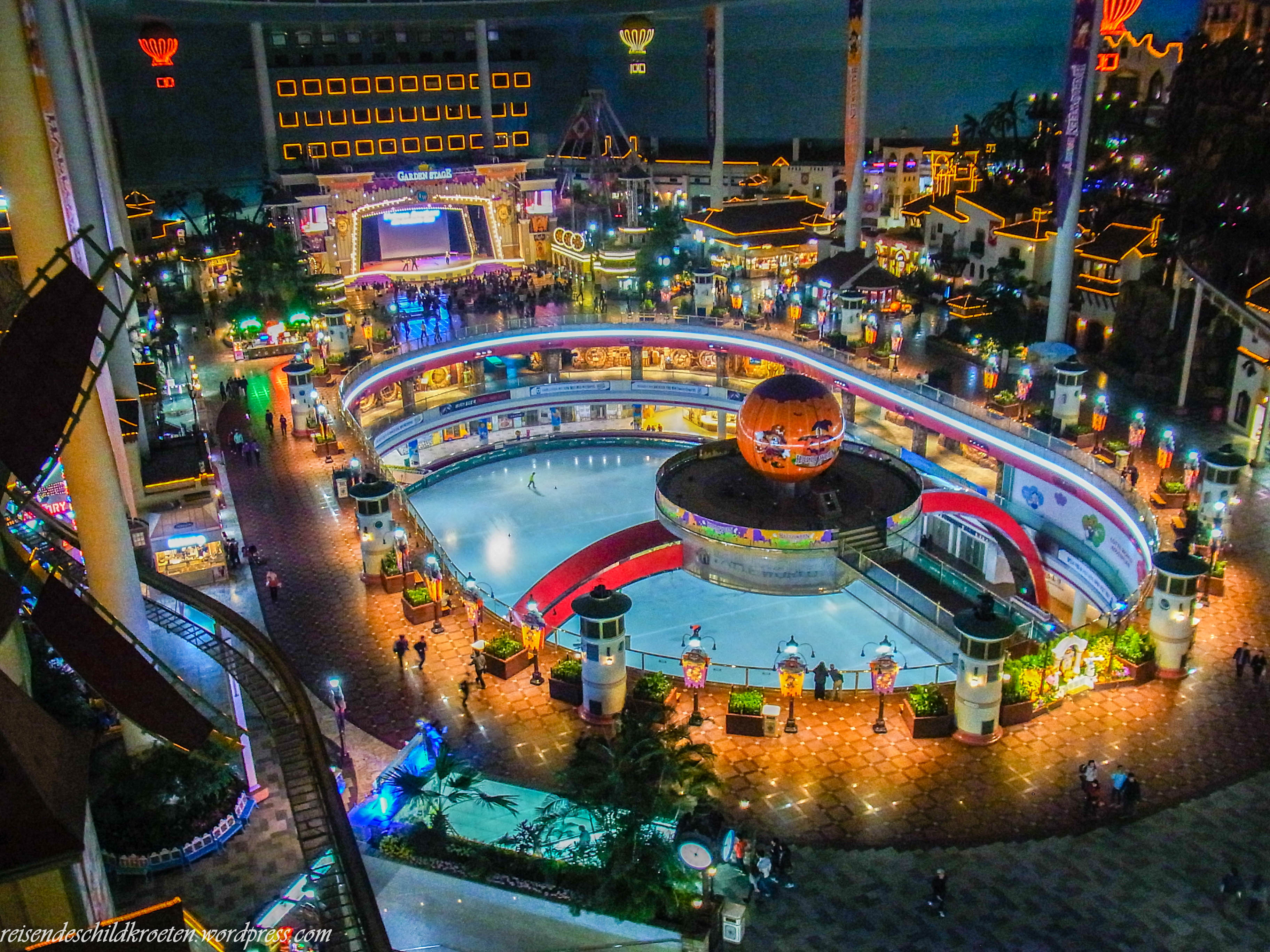 The indoor part from one of the “Air Balloons”
The indoor part from one of the “Air Balloons”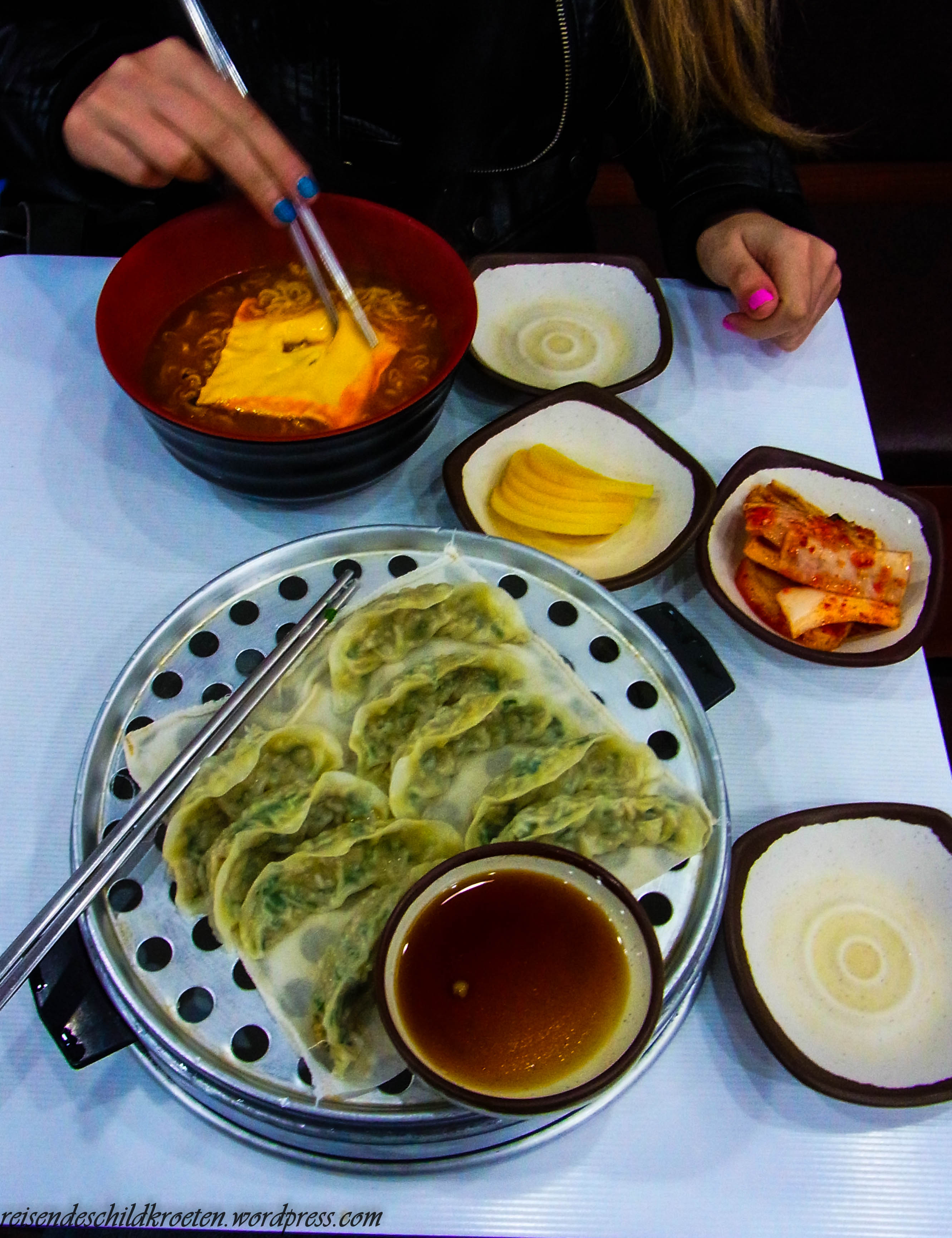 I got Ramyeon (noodles) and Kevin tons of Mandoo (dumplings)
I got Ramyeon (noodles) and Kevin tons of Mandoo (dumplings)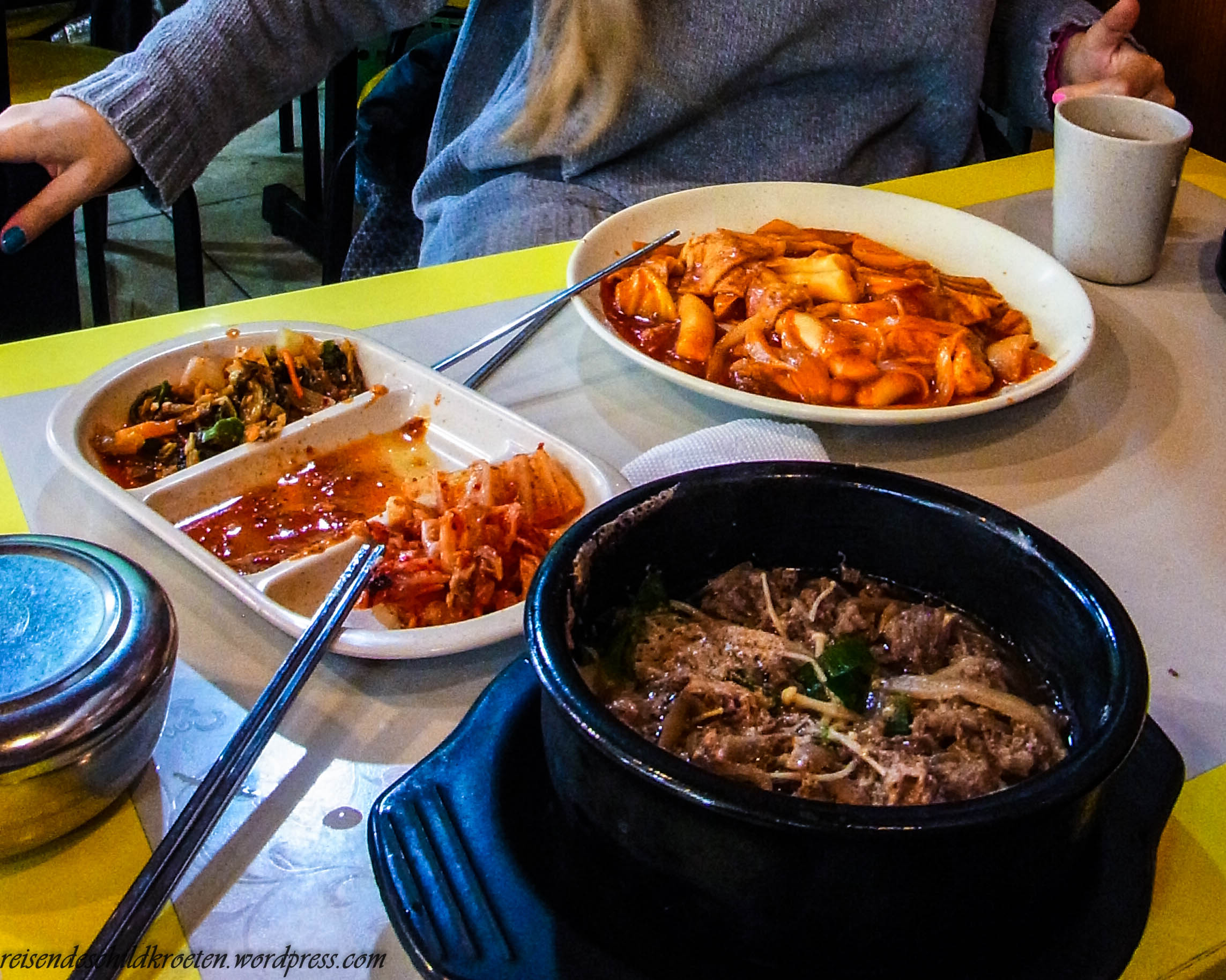 Saving energies for the rest of the day, the Tteokbokki (rice cake) were delicious and, like everything there, very spicy
Saving energies for the rest of the day, the Tteokbokki (rice cake) were delicious and, like everything there, very spicy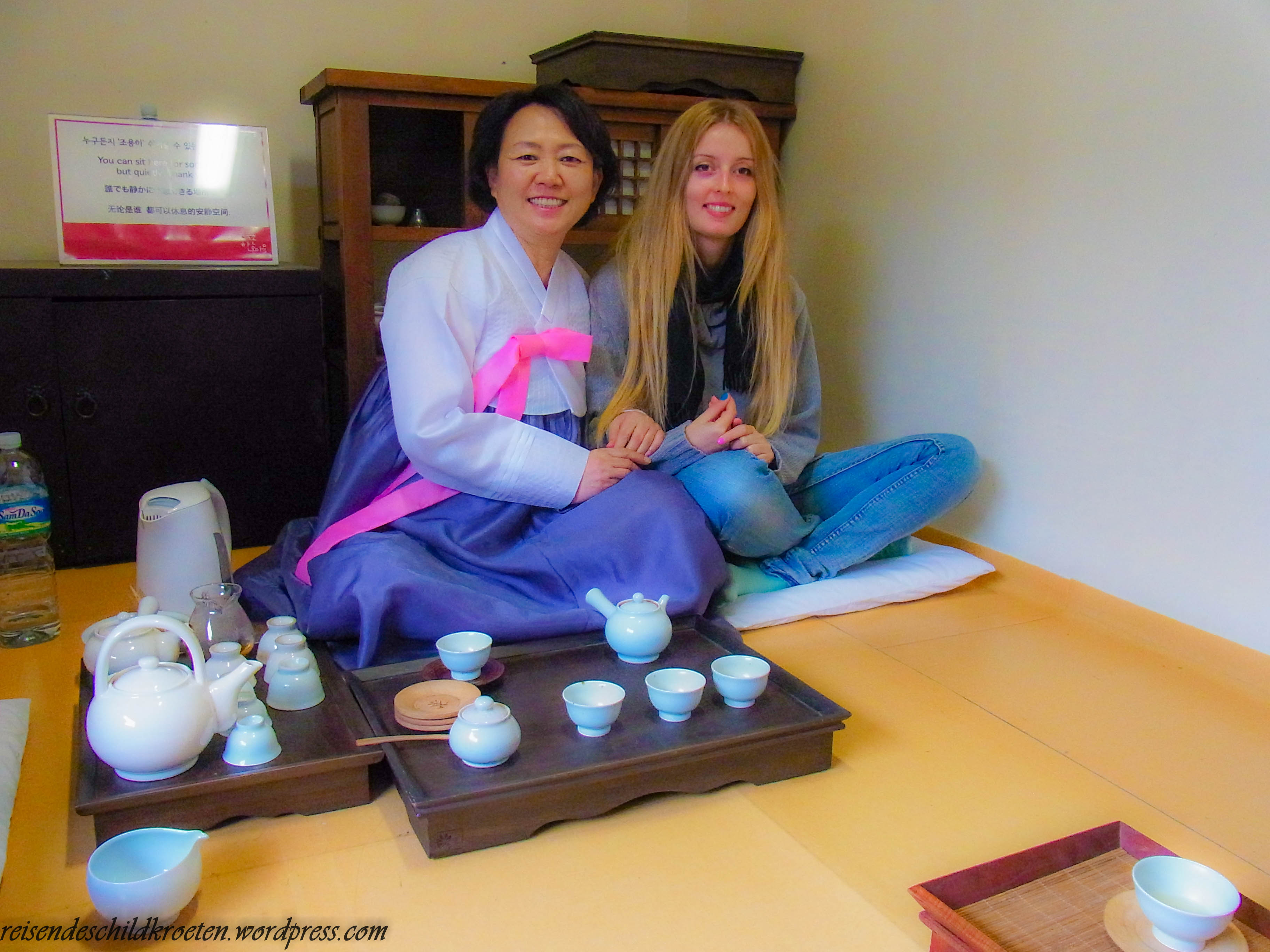 Our amazing teacher
Our amazing teacher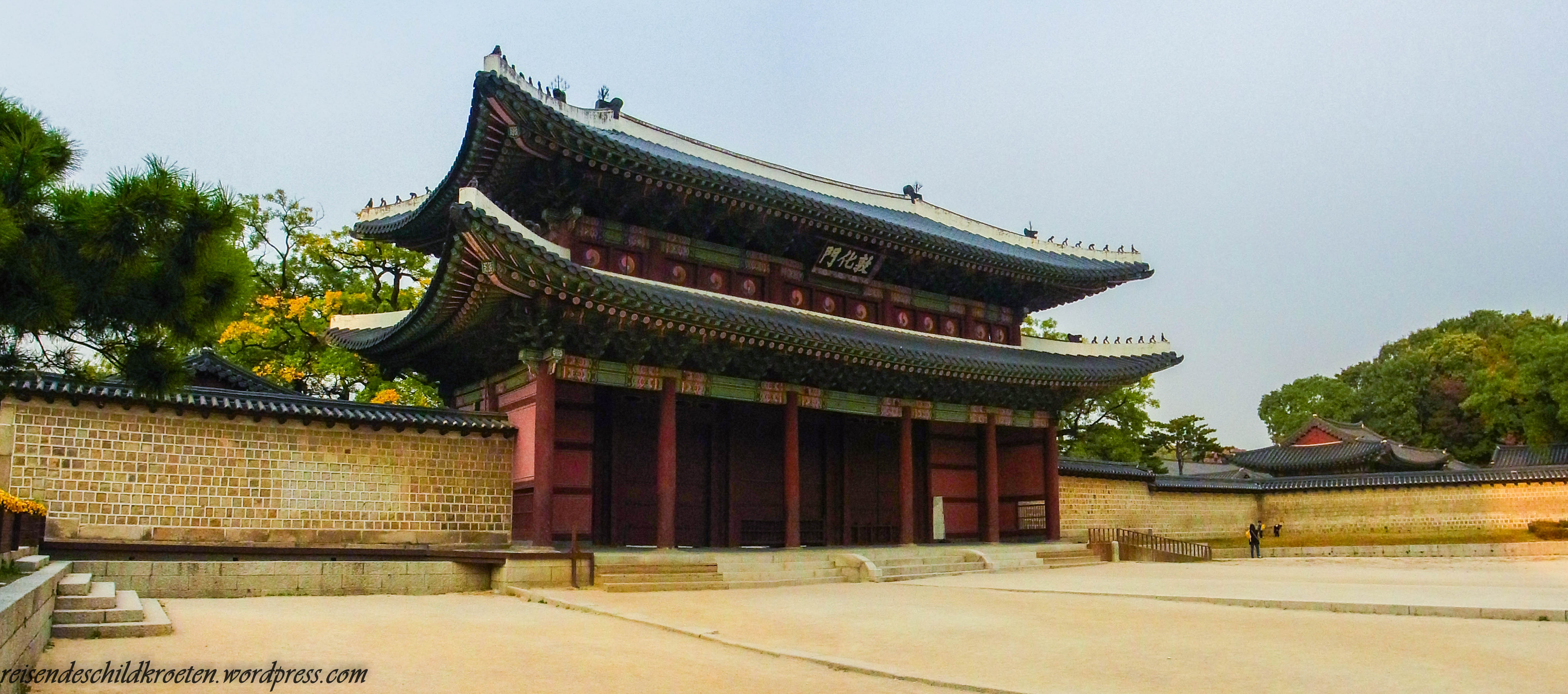
 korean wedding
korean wedding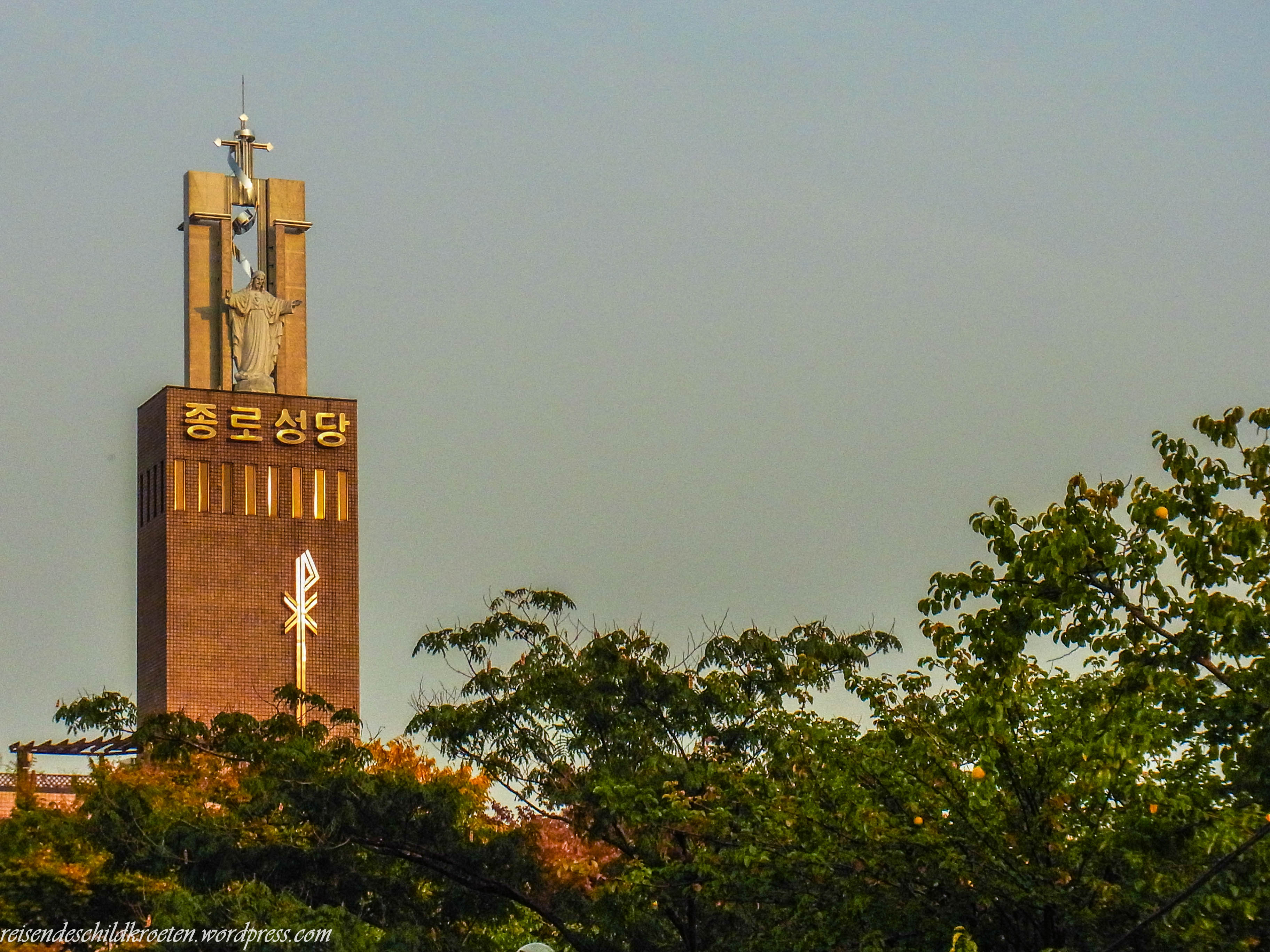


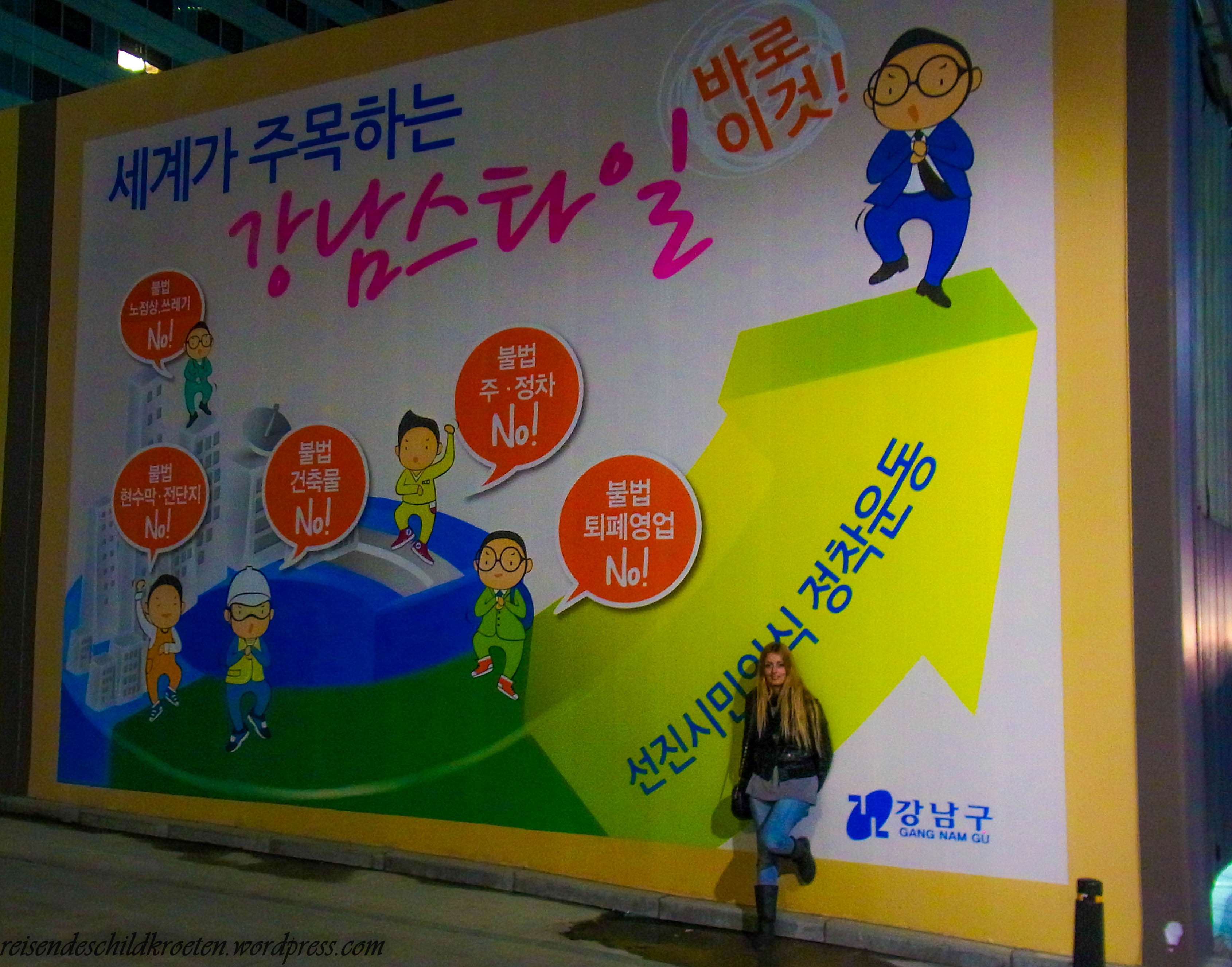 oppa gangnam style!
oppa gangnam style! Myeongdong street
Myeongdong street The unexpected cold noodles for the unexpected wet German
The unexpected cold noodles for the unexpected wet German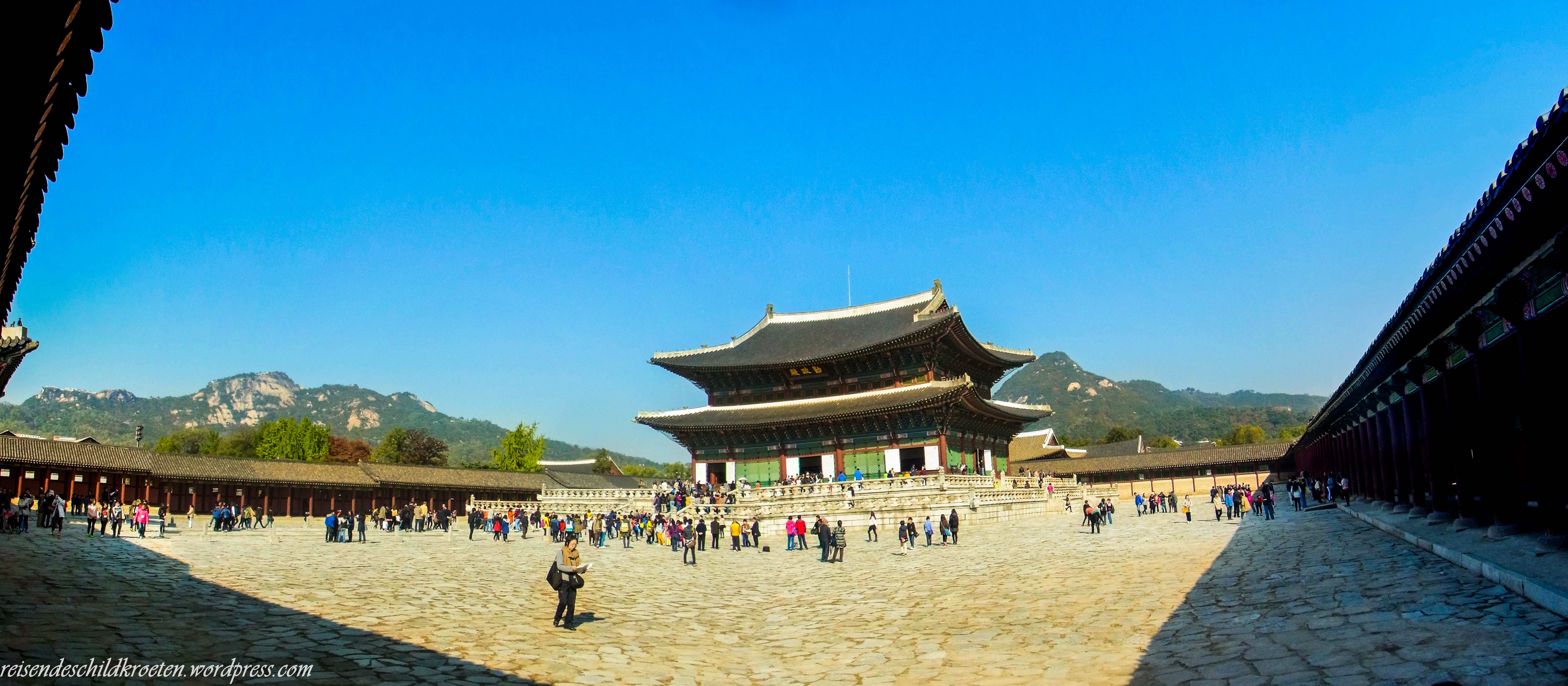 The Imperial Palace or Gyeongbokgung
The Imperial Palace or Gyeongbokgung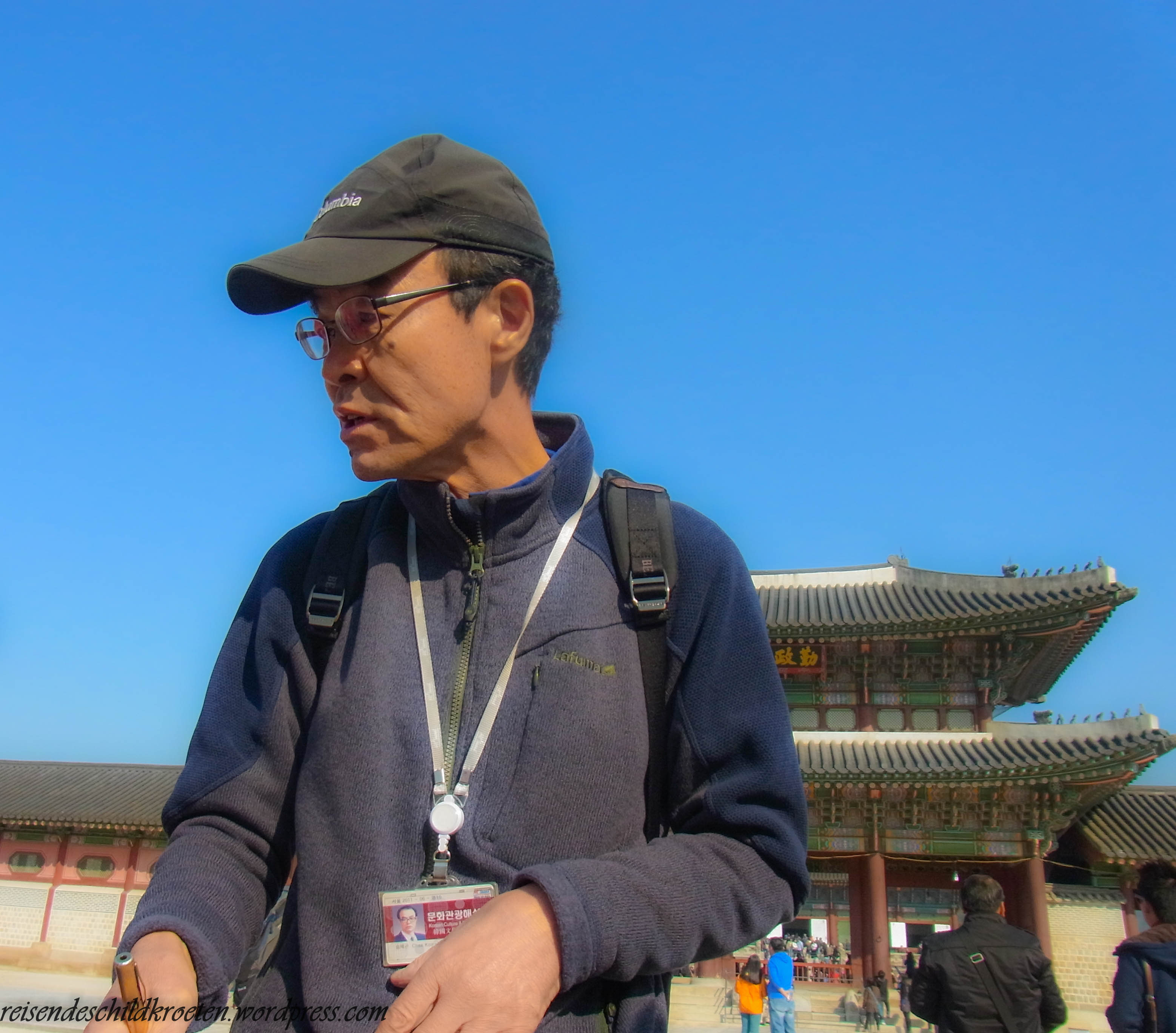 Our committed guide
Our committed guide Gyeonghoeru (Royal Banquet Hall) and its apparently very interesting columns
Gyeonghoeru (Royal Banquet Hall) and its apparently very interesting columns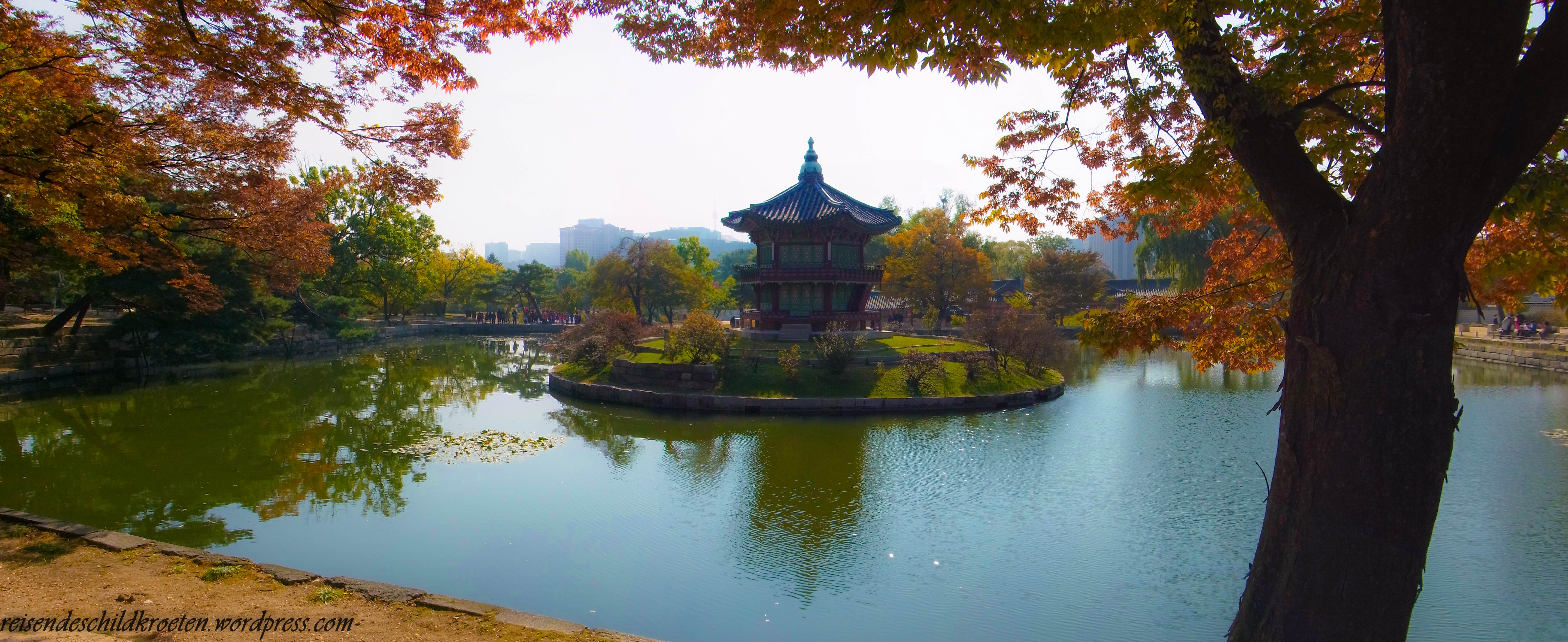 Hyangwonjeong, the beautiful concubine’s pavilion
Hyangwonjeong, the beautiful concubine’s pavilion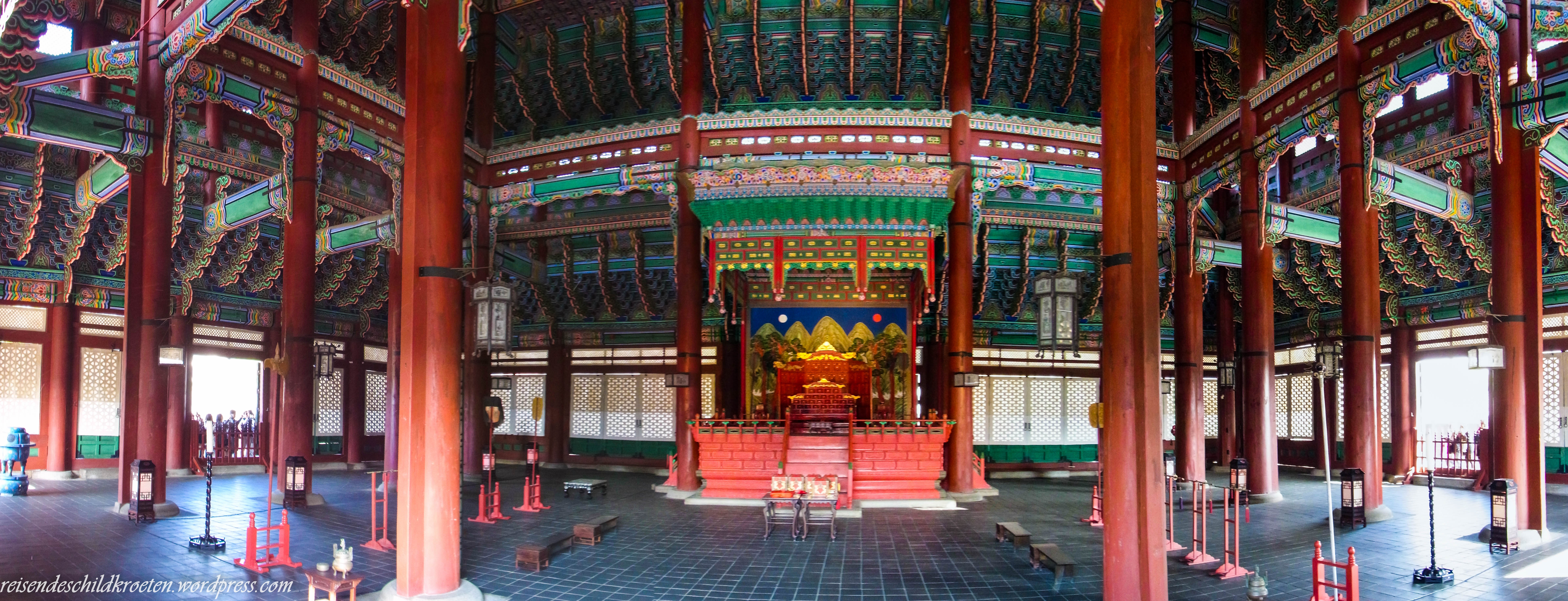 Geunjeongjeon (Throne Hall)
Geunjeongjeon (Throne Hall)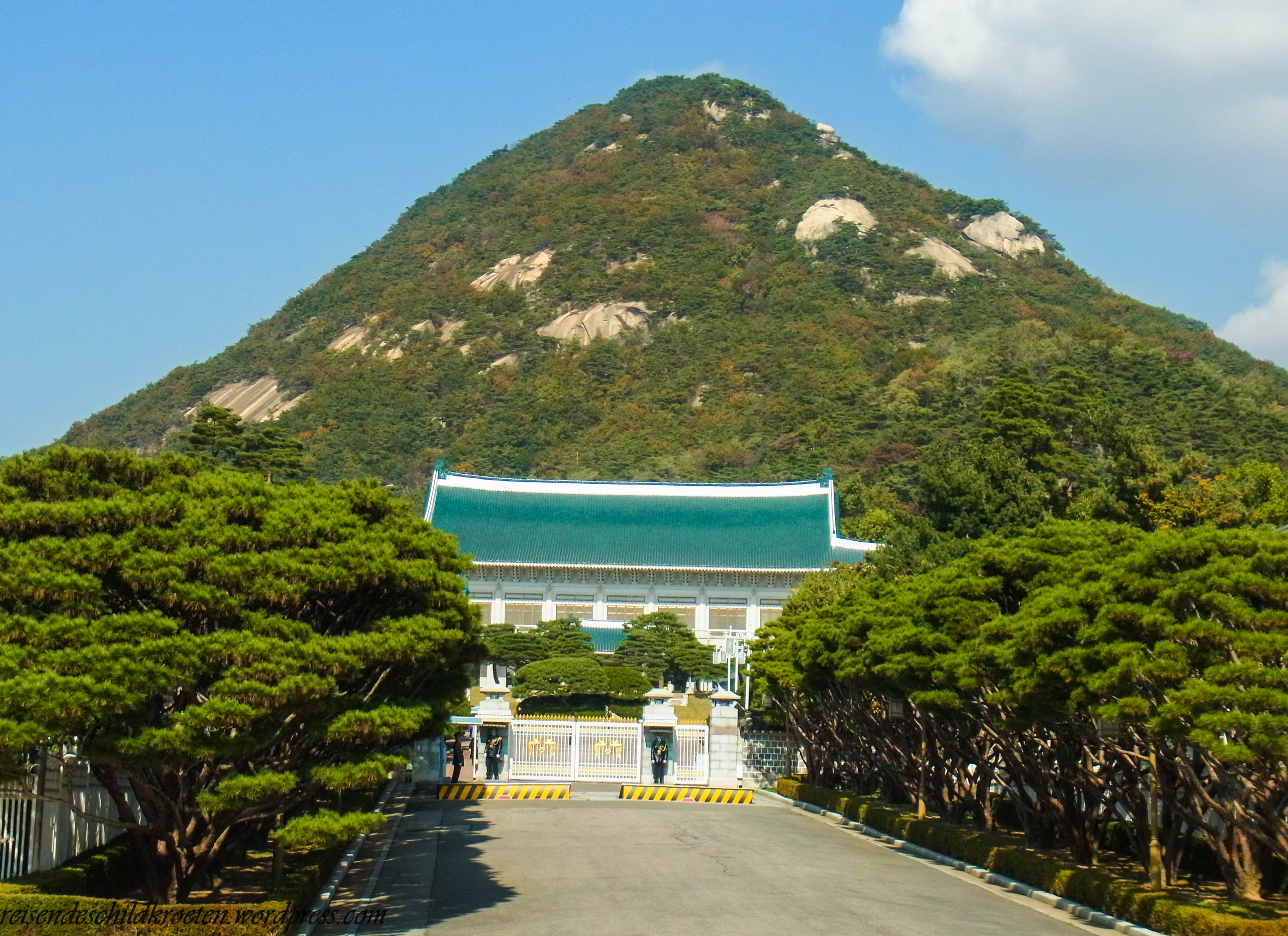
 Annoying the poor guard
Annoying the poor guard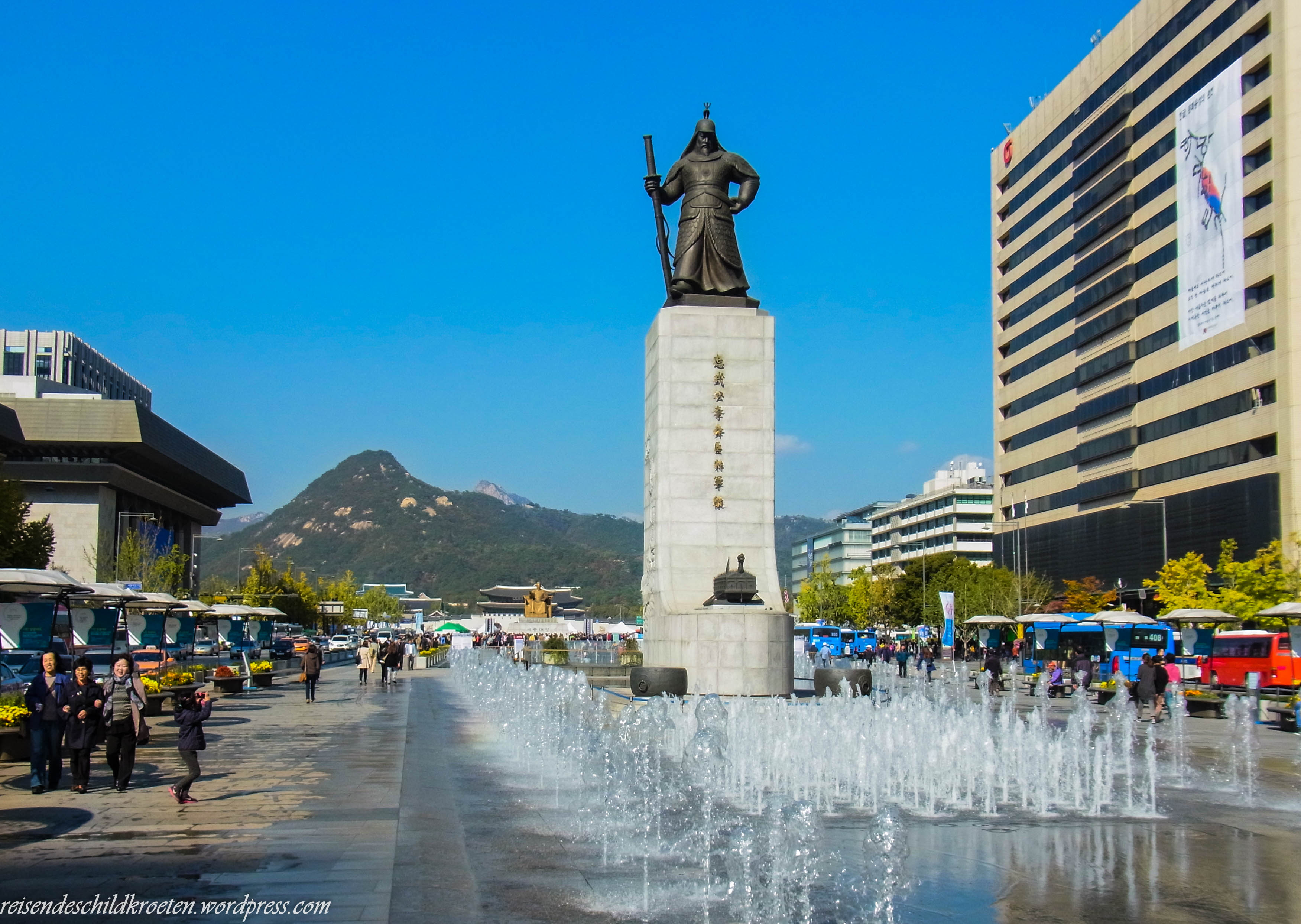 Gwanghwamun square, the combination of new and old
Gwanghwamun square, the combination of new and old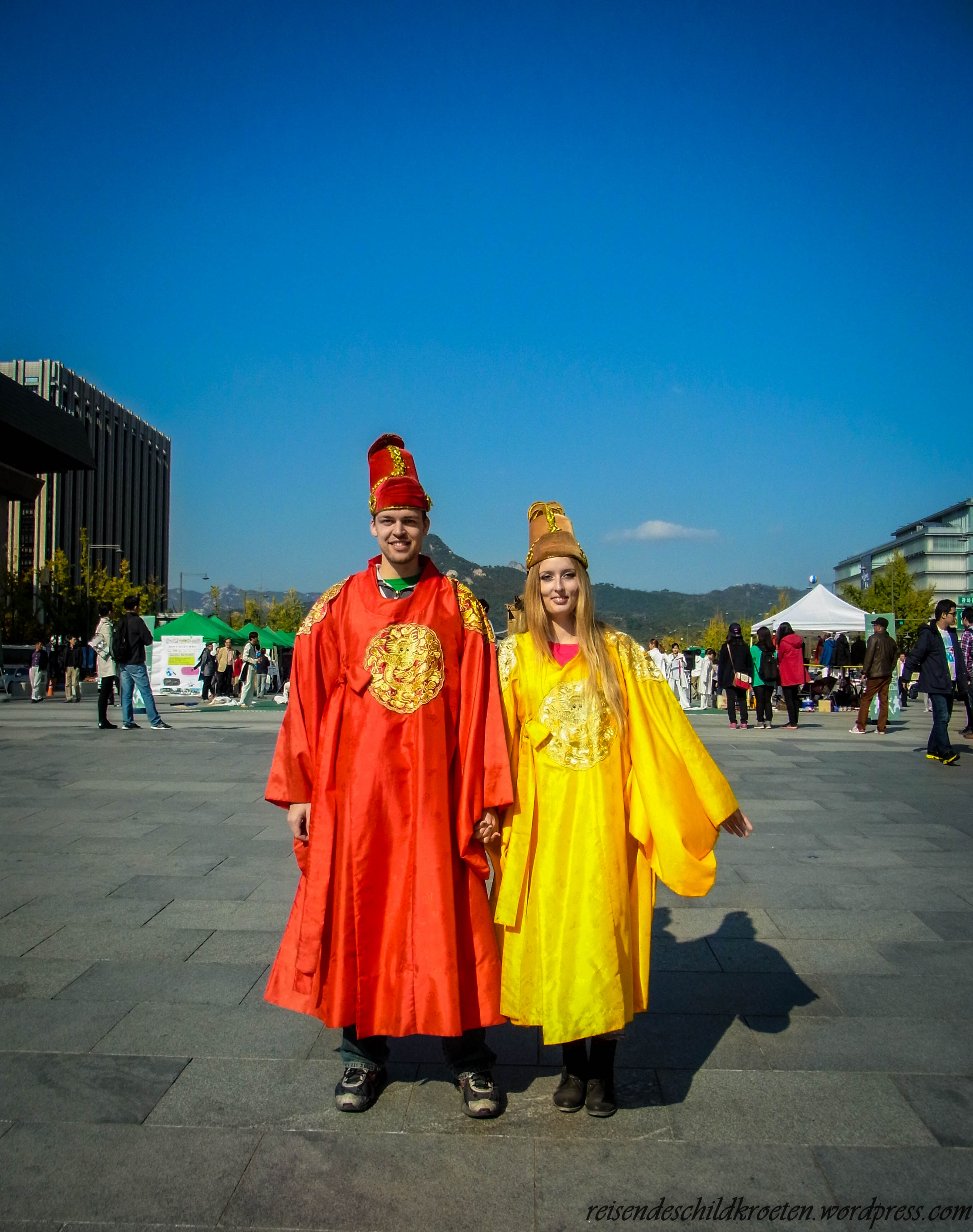 It was possible to dress up in a traditional way for free outside the Palace
It was possible to dress up in a traditional way for free outside the Palace 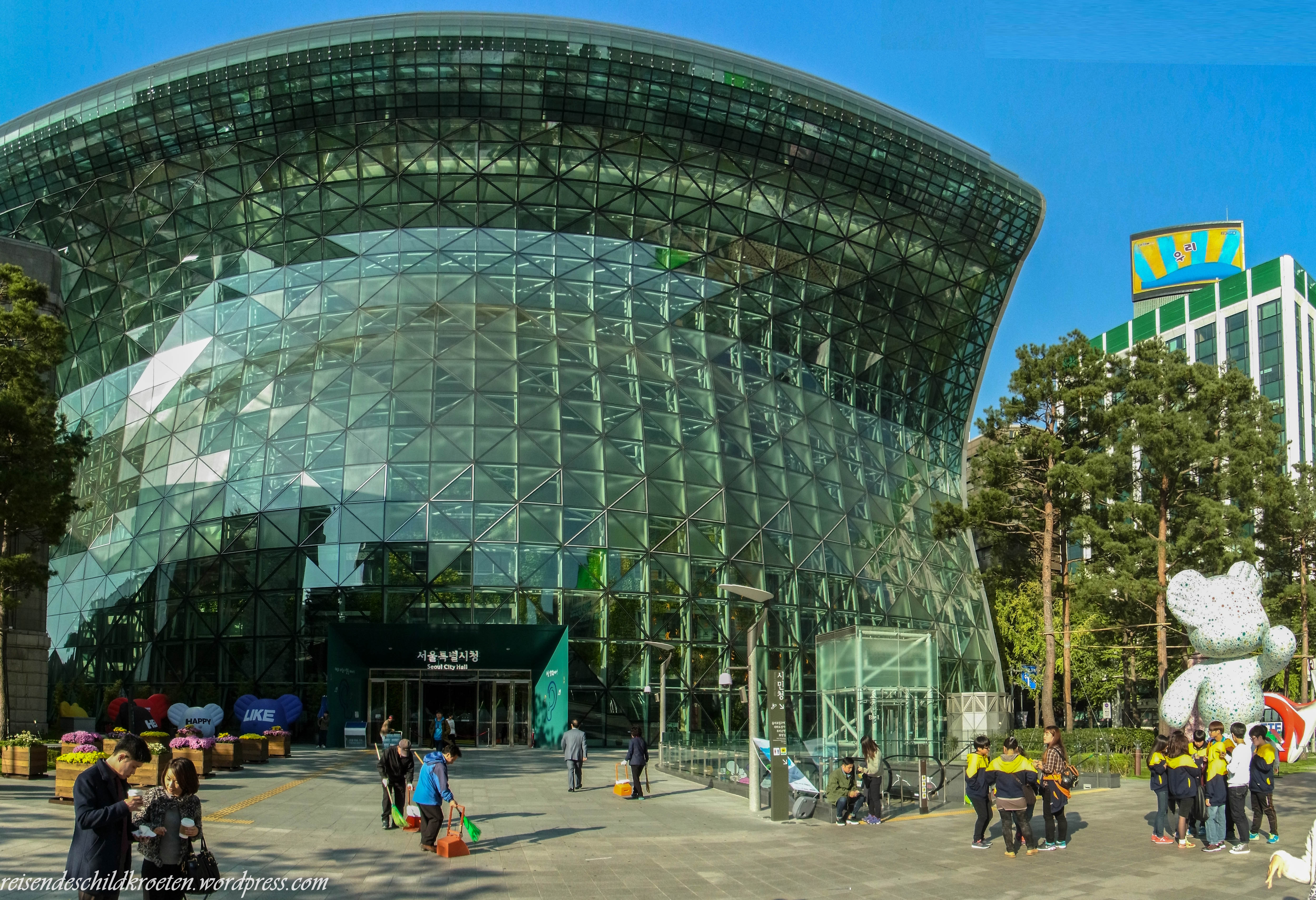 Seoul city hall
Seoul city hall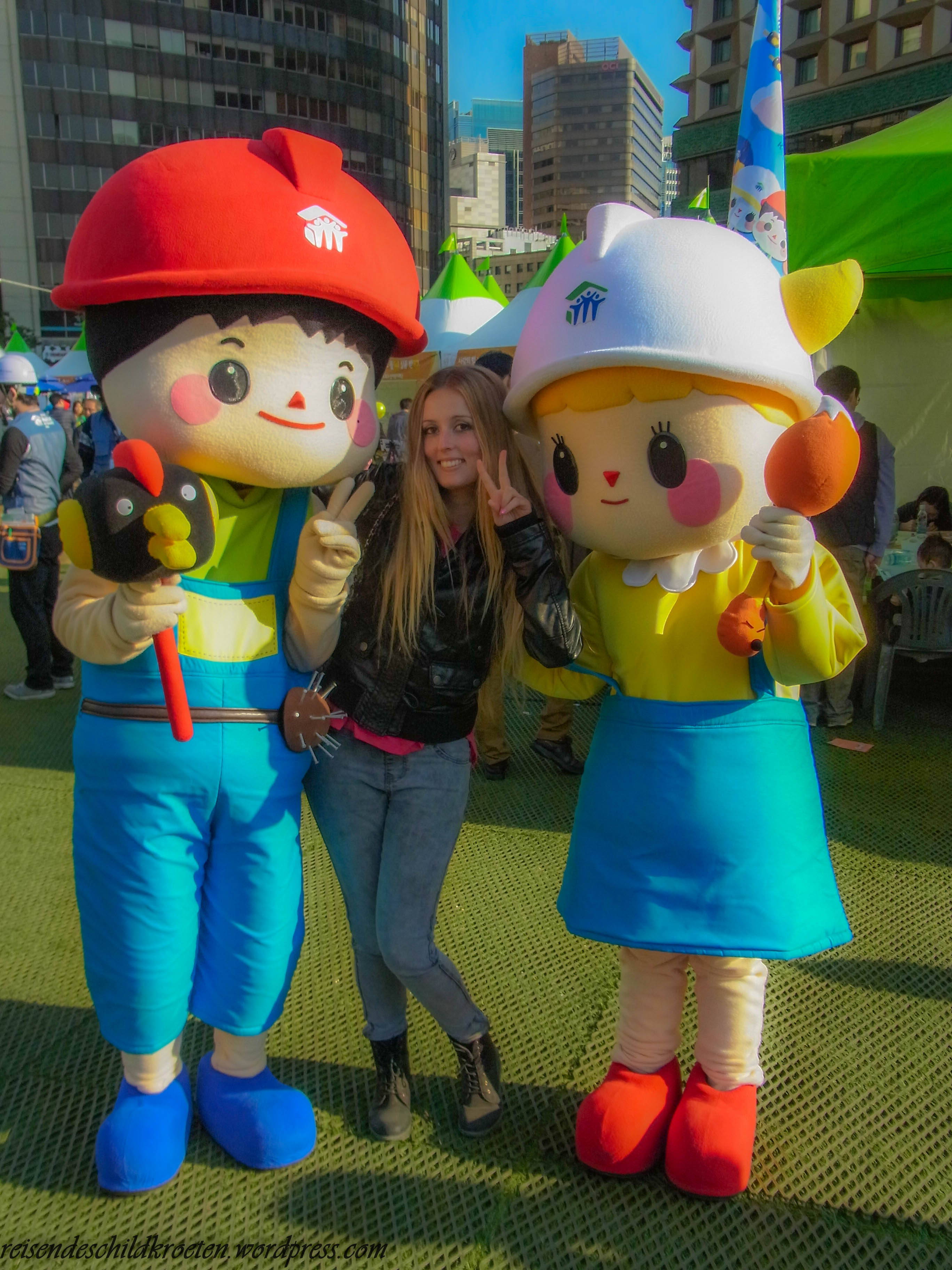 Even the Characters wanted a picture with me, not that I minded…
Even the Characters wanted a picture with me, not that I minded…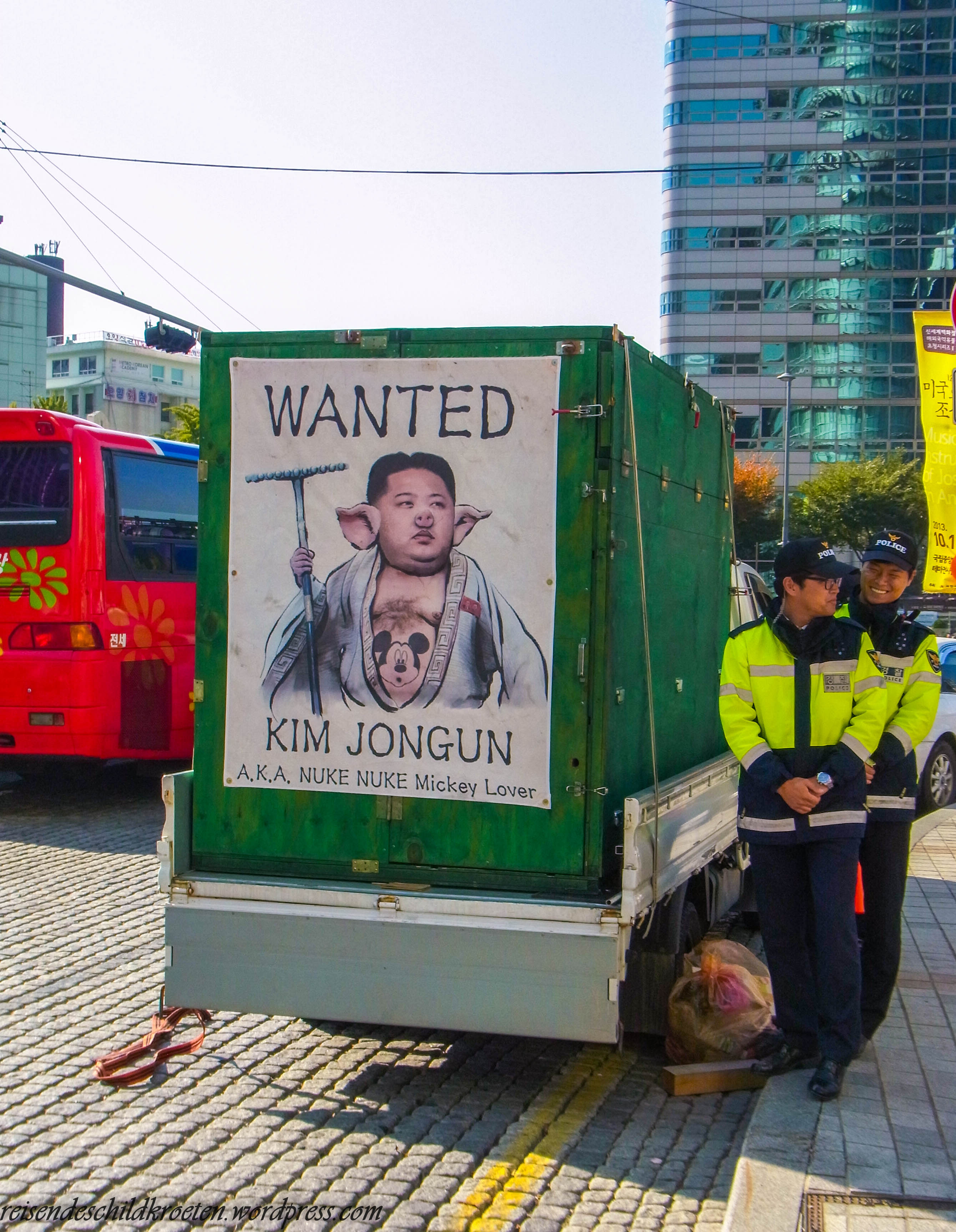 Not very appreciated there
Not very appreciated there
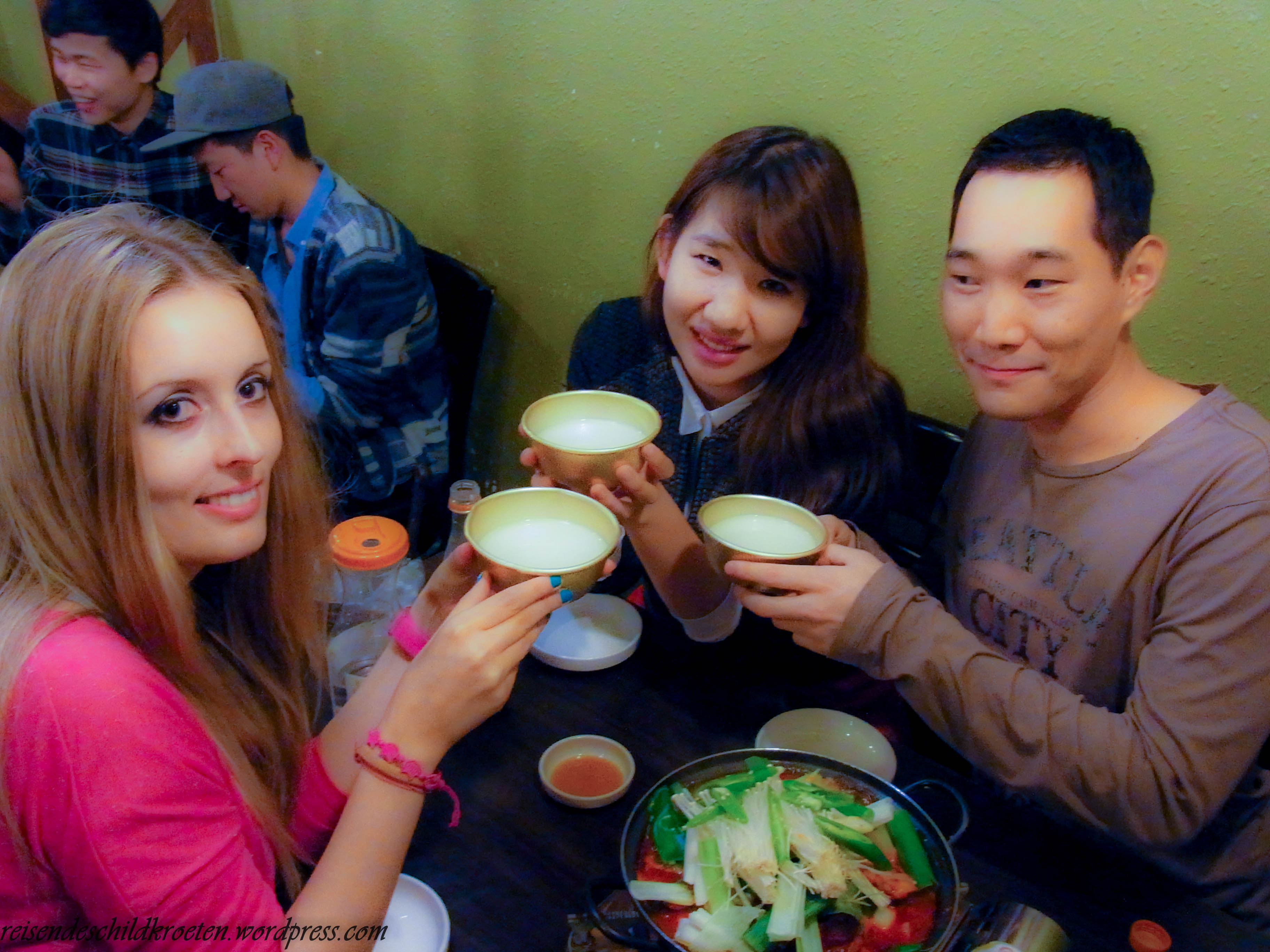 geonbae! cheers!
geonbae! cheers!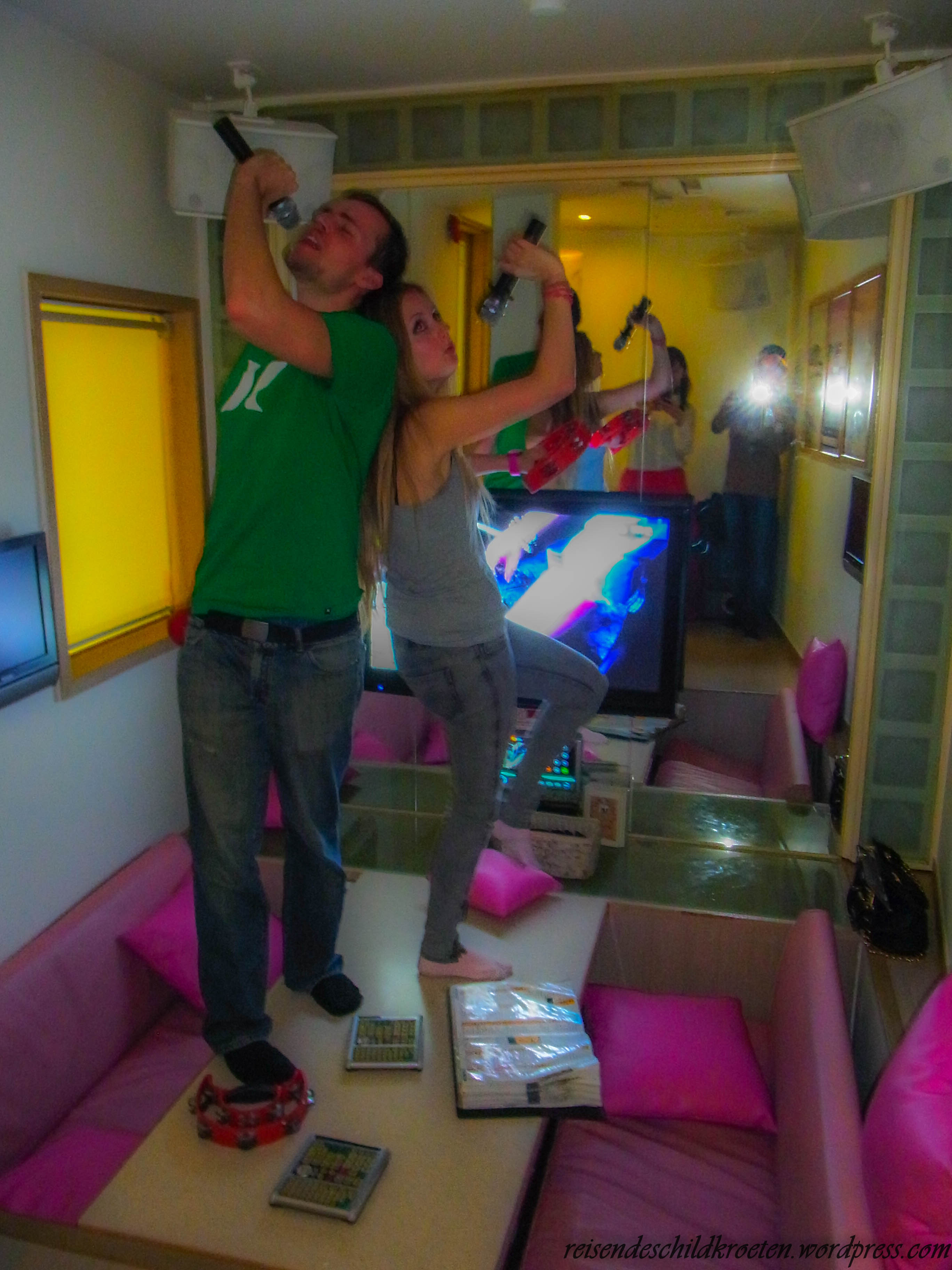 We got motivated
We got motivated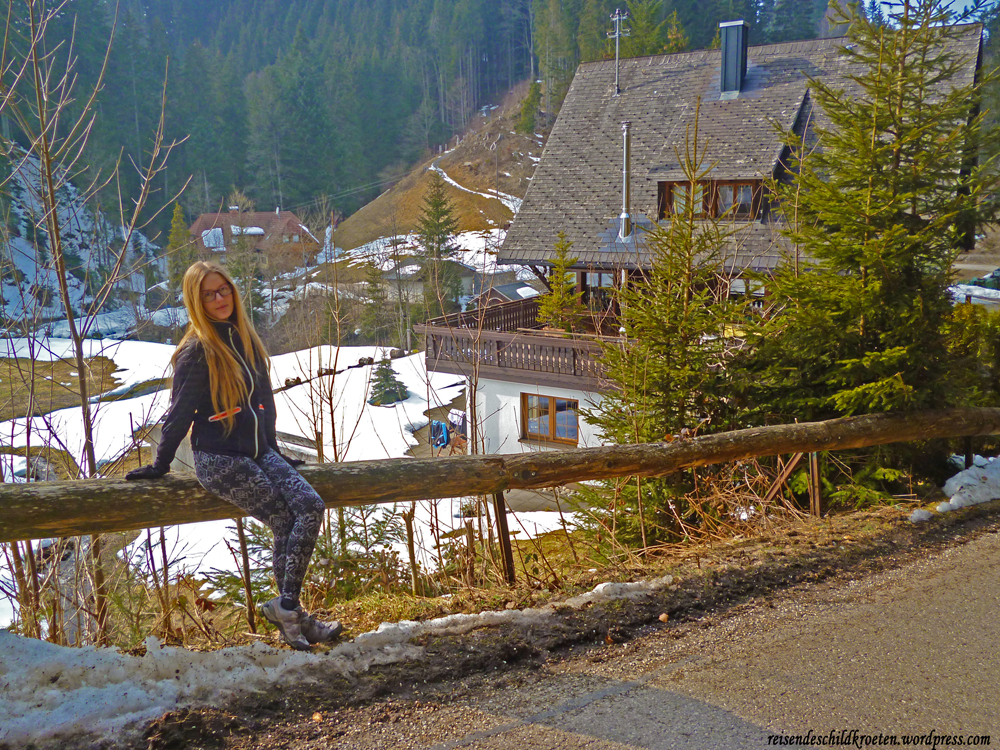 Starting the hike
Starting the hike

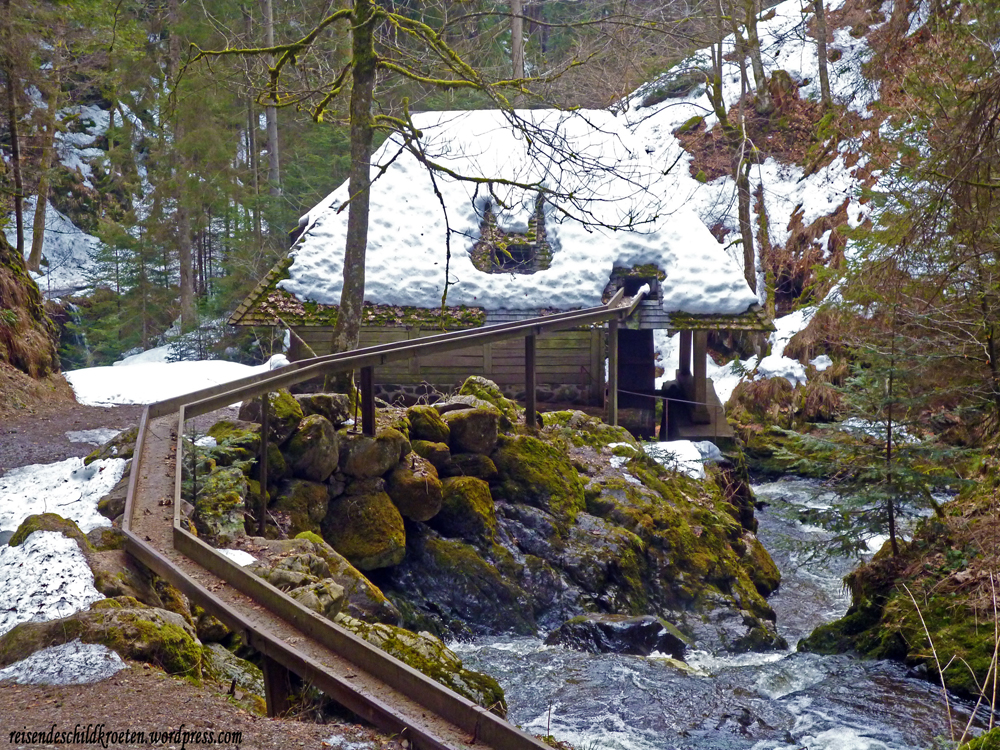 A lunch break in an old mill
A lunch break in an old mill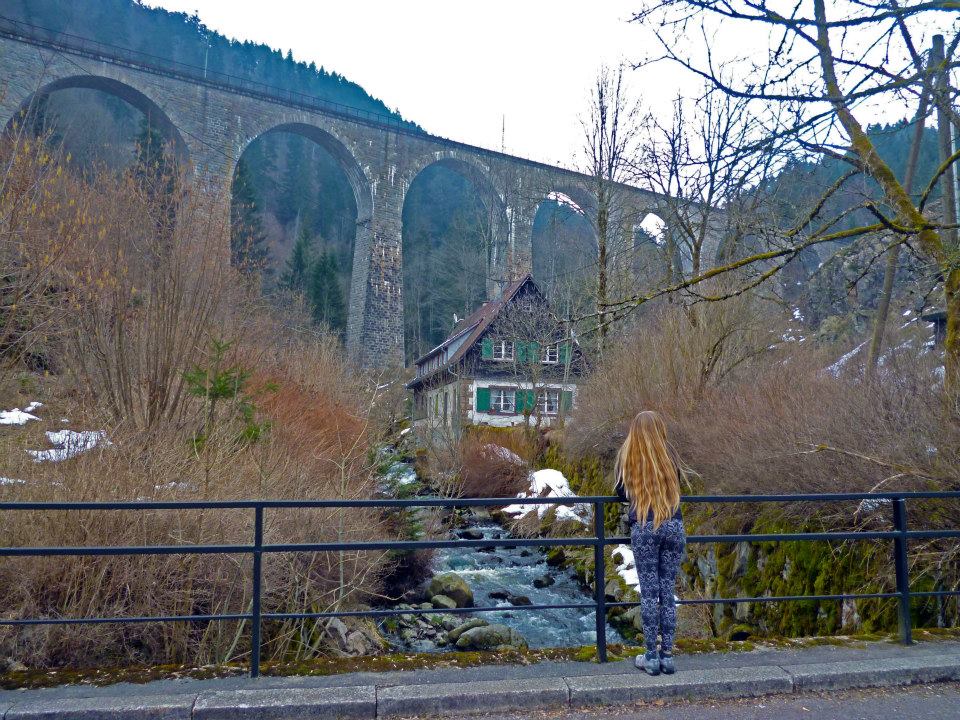
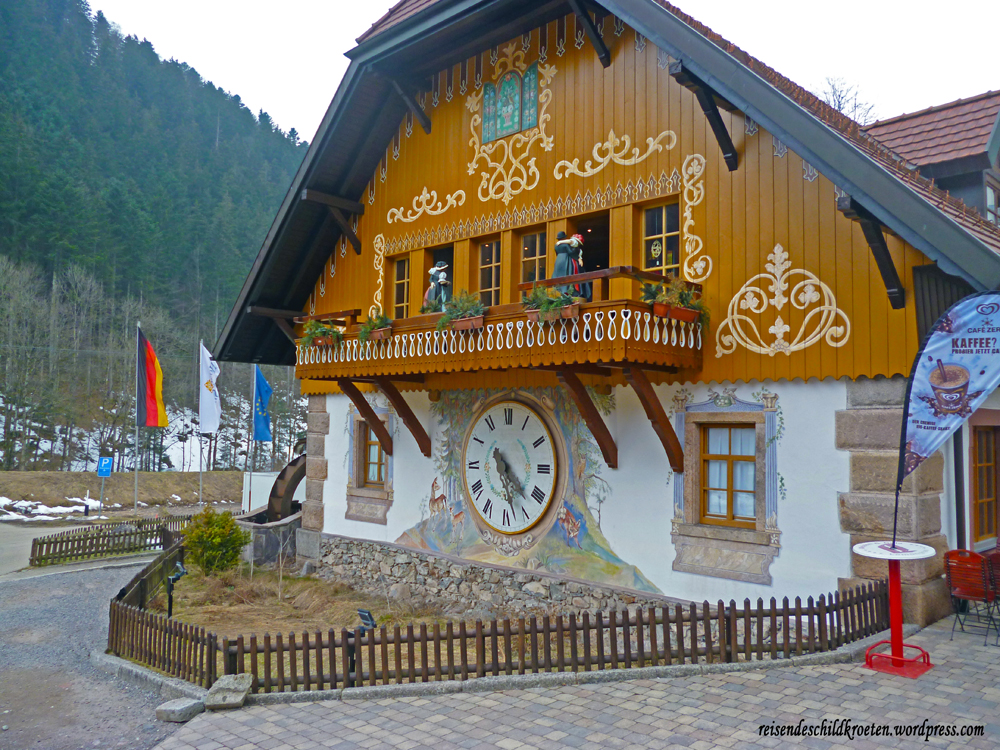 Massive cuckoo clock, a must in the black forest
Massive cuckoo clock, a must in the black forest
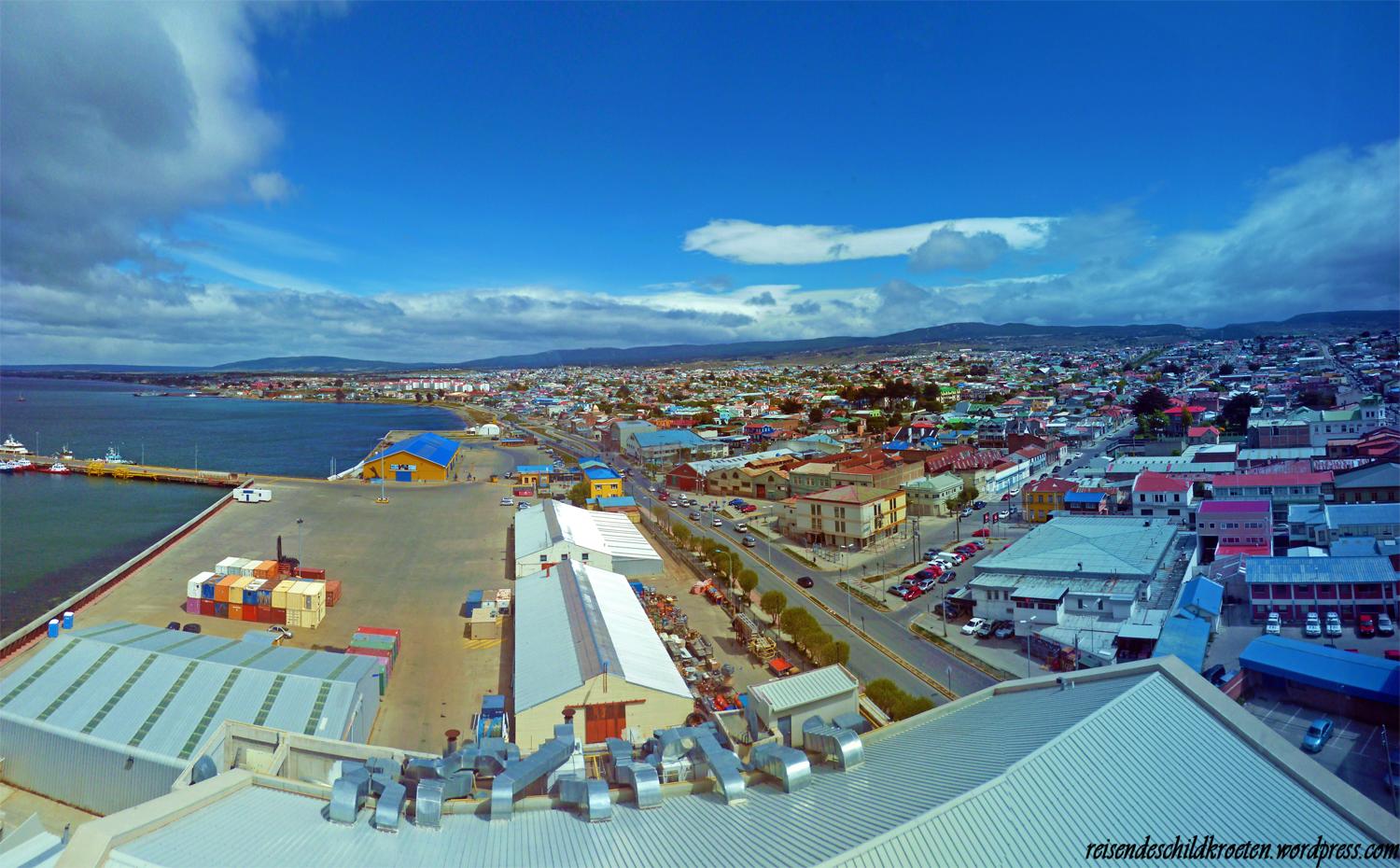 Punta Arenas
Punta Arenas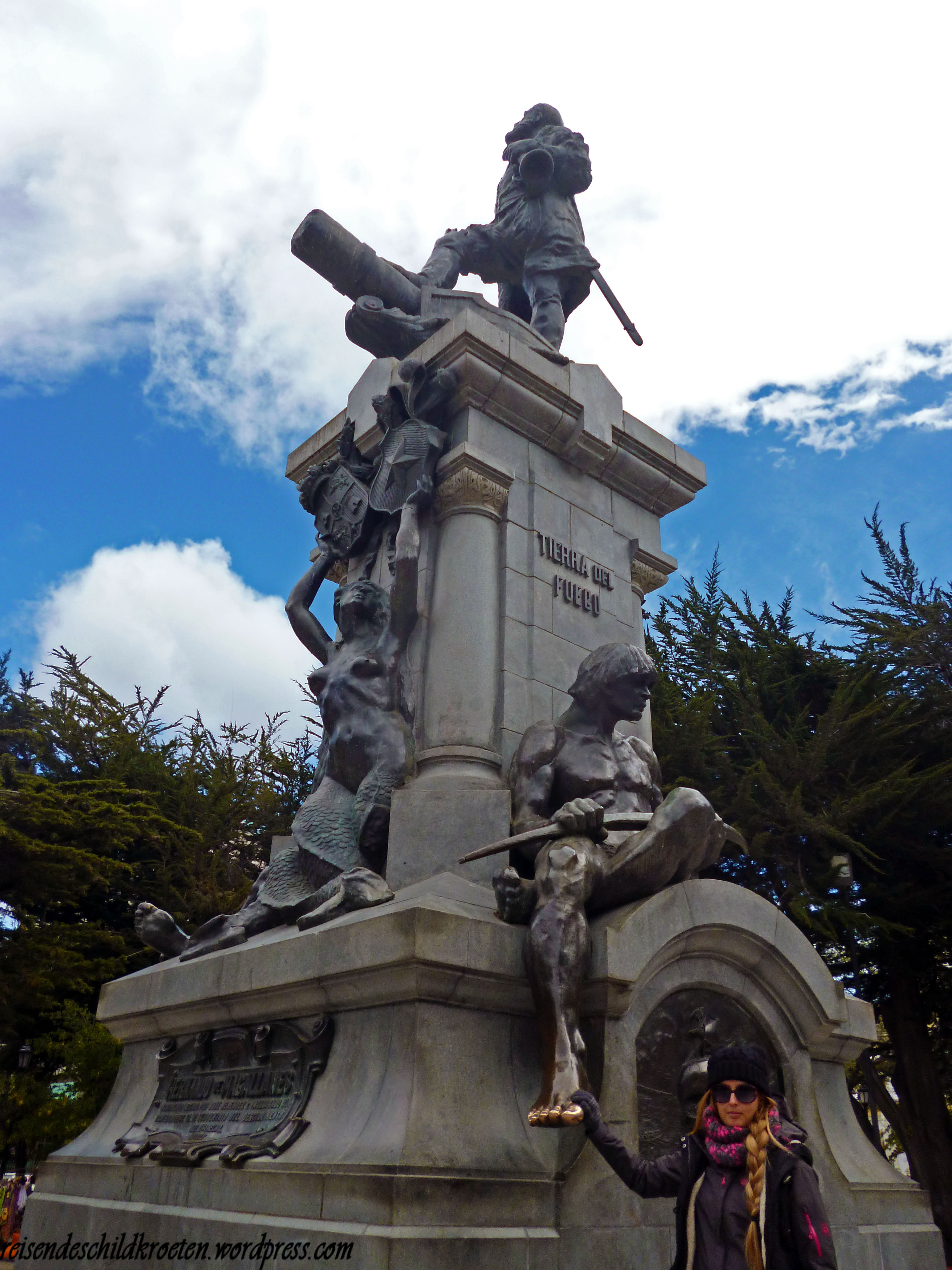 “Magallanes was here”
“Magallanes was here”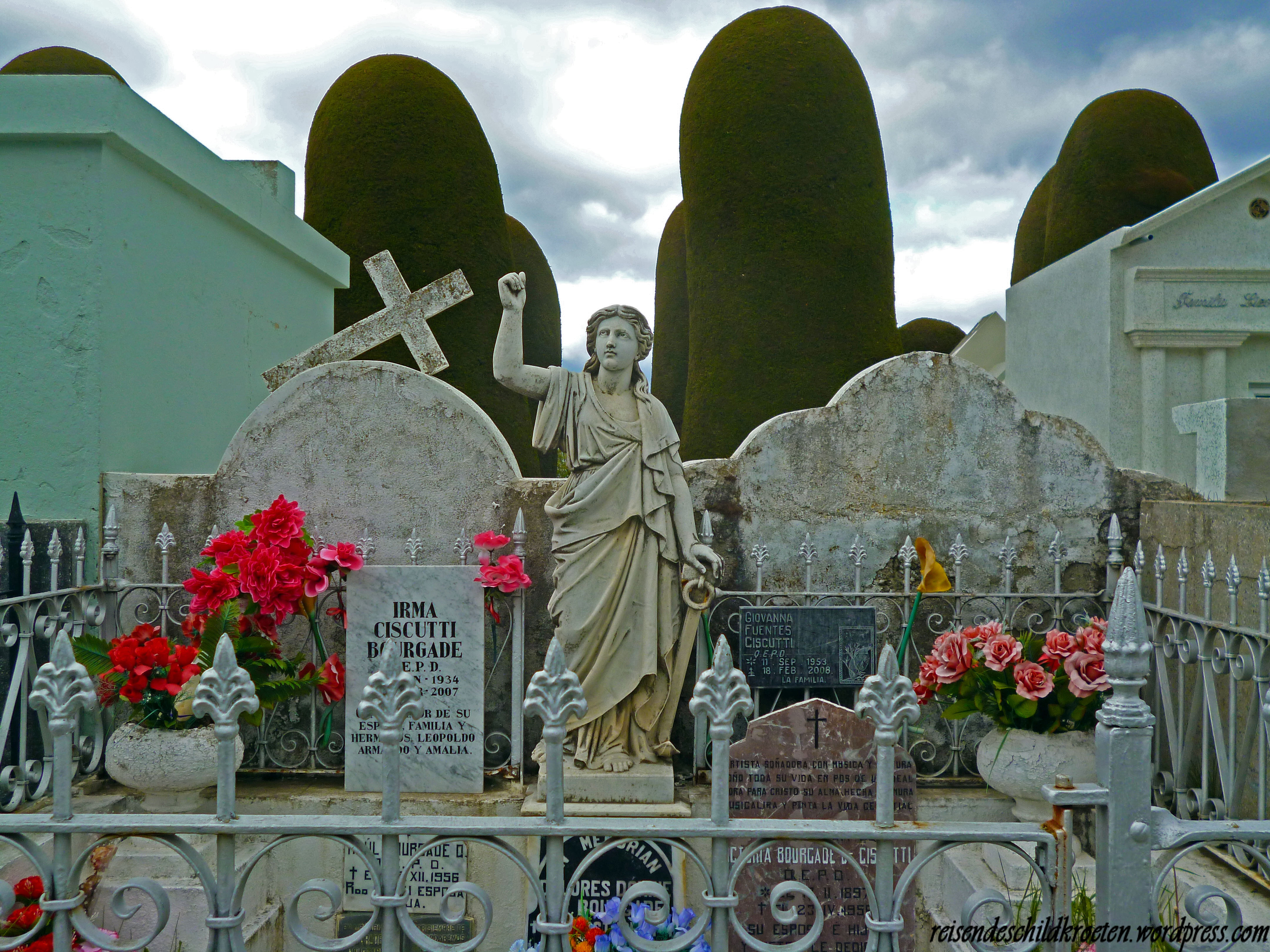
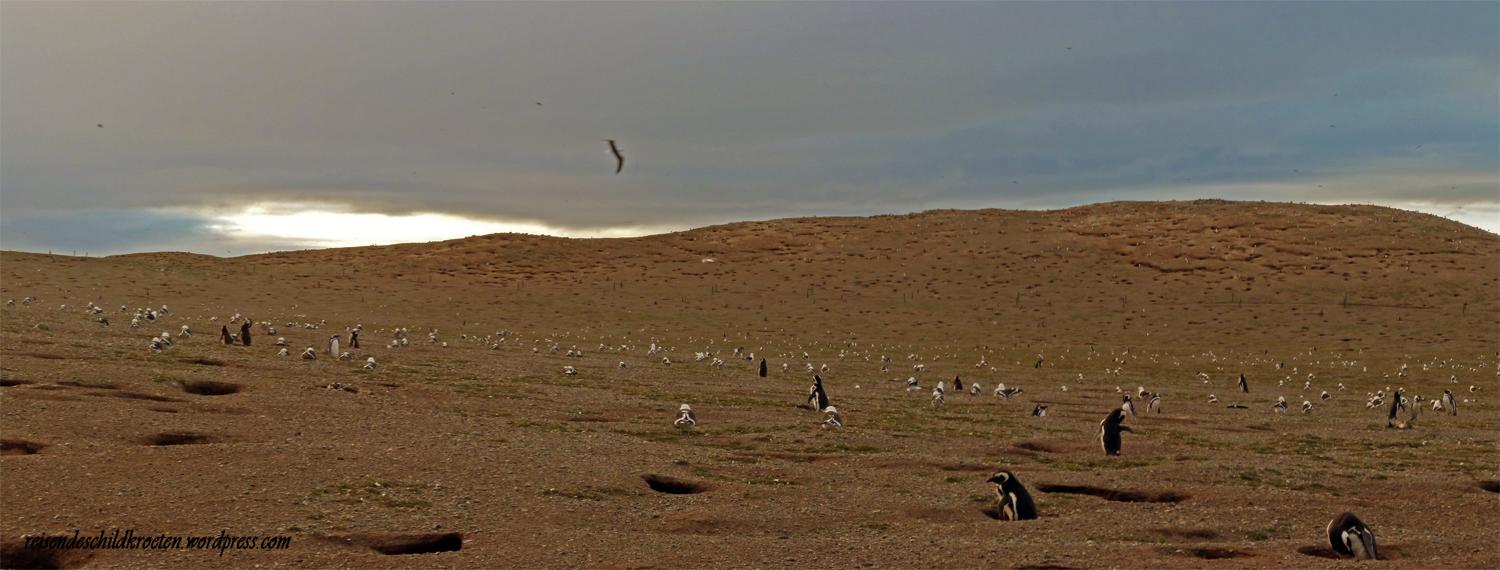

 Pingu-Kiss
Pingu-Kiss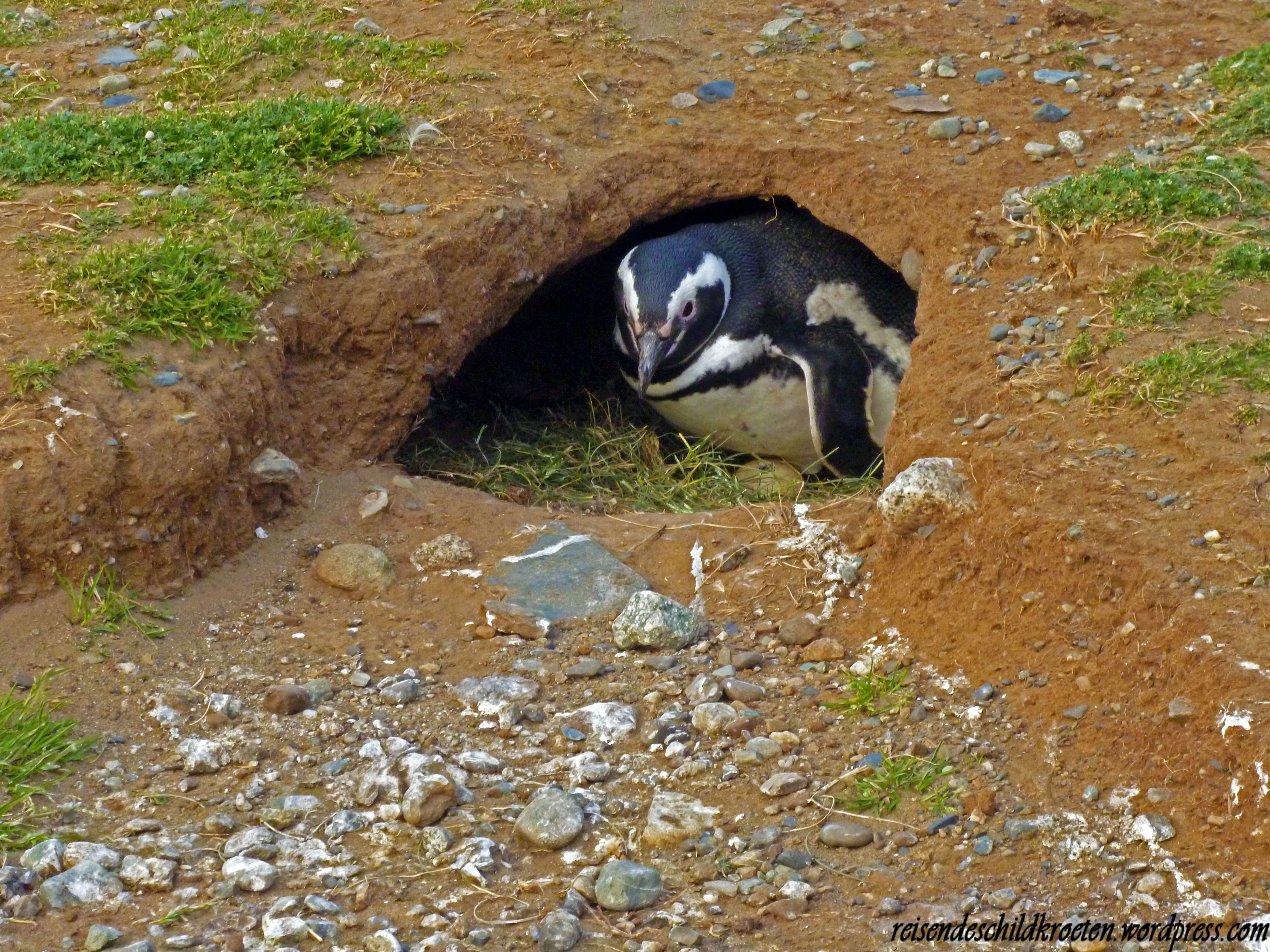
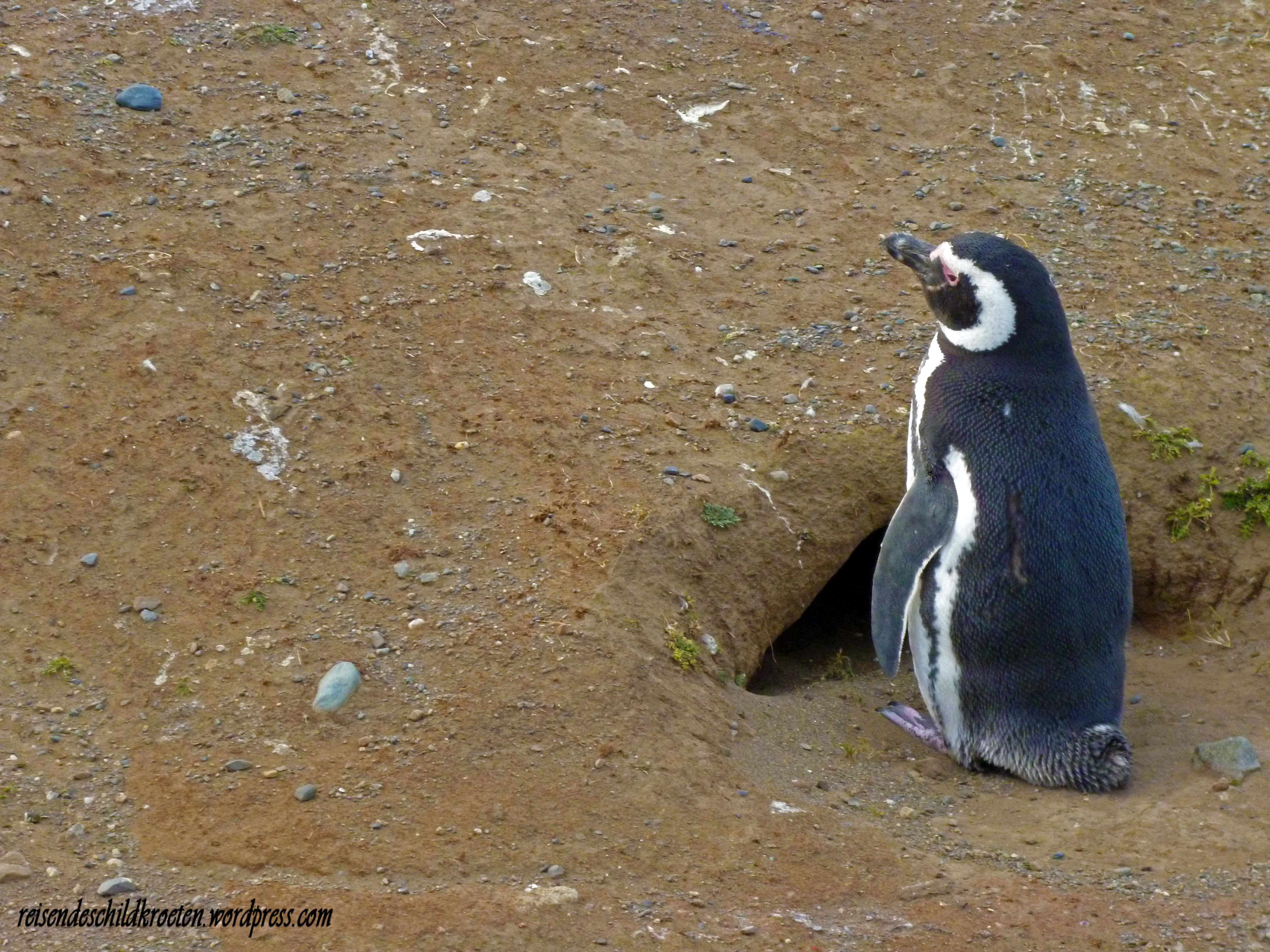
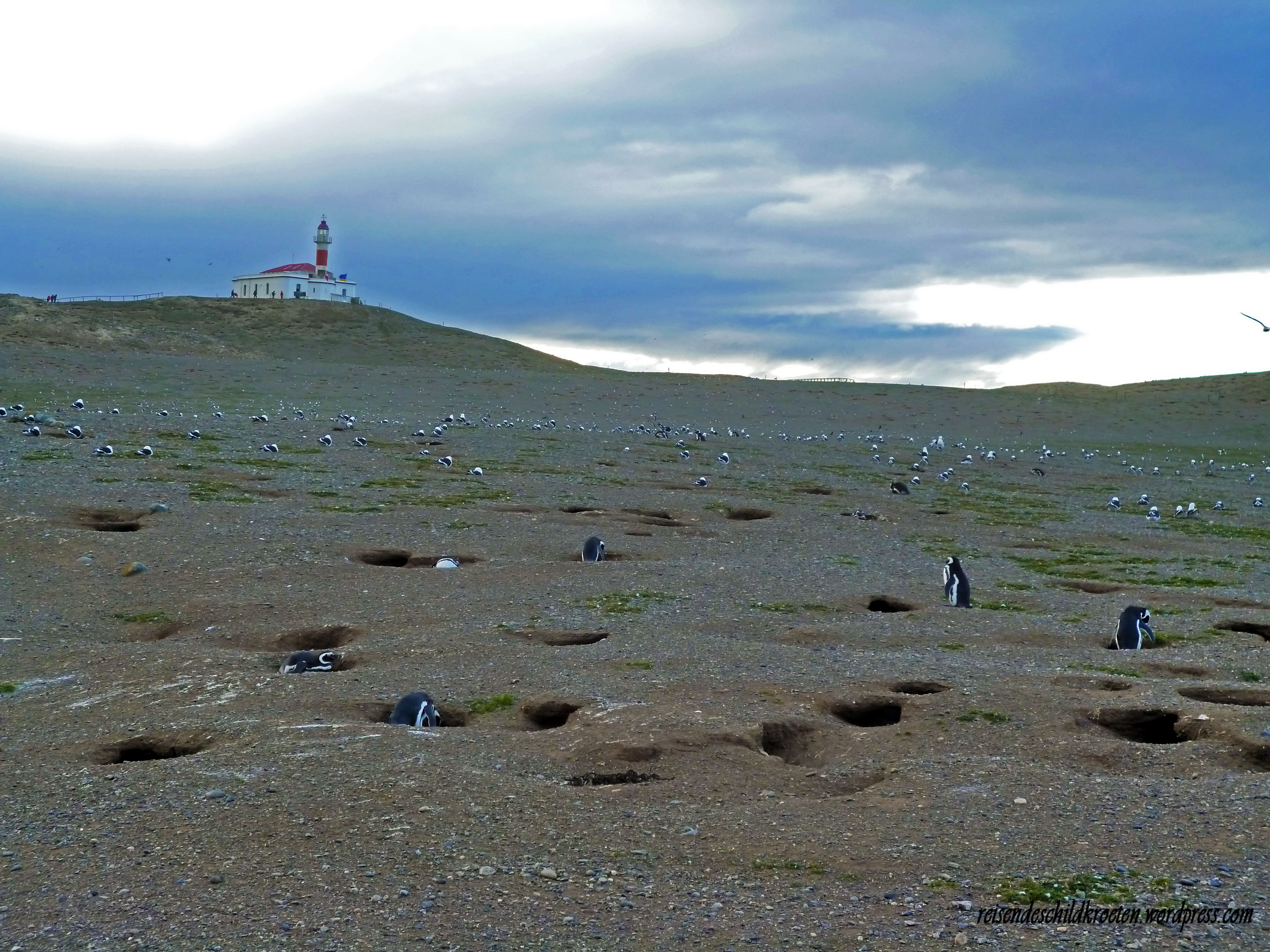 Wanna play Whac-A-
Wanna play Whac-A- 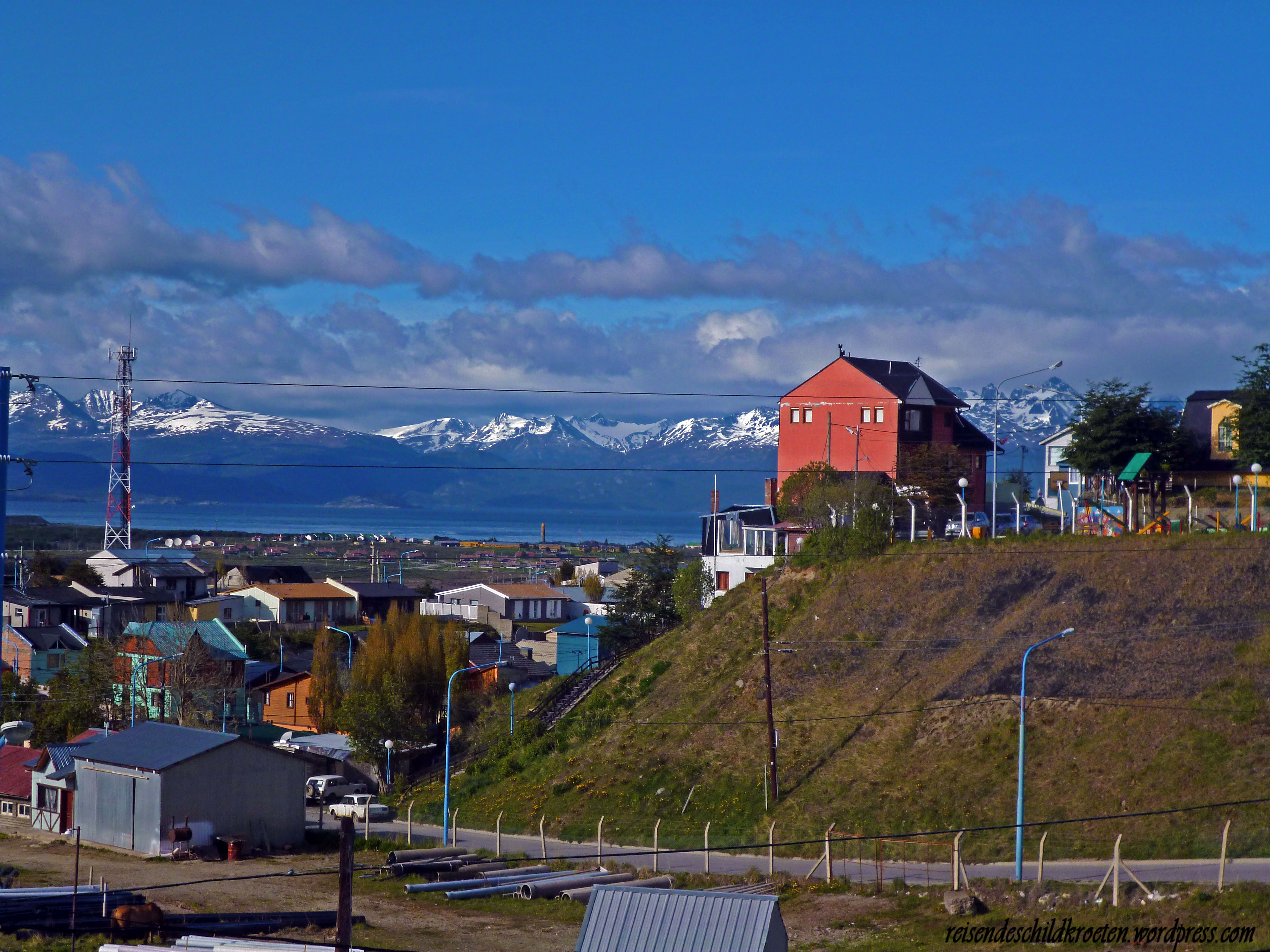

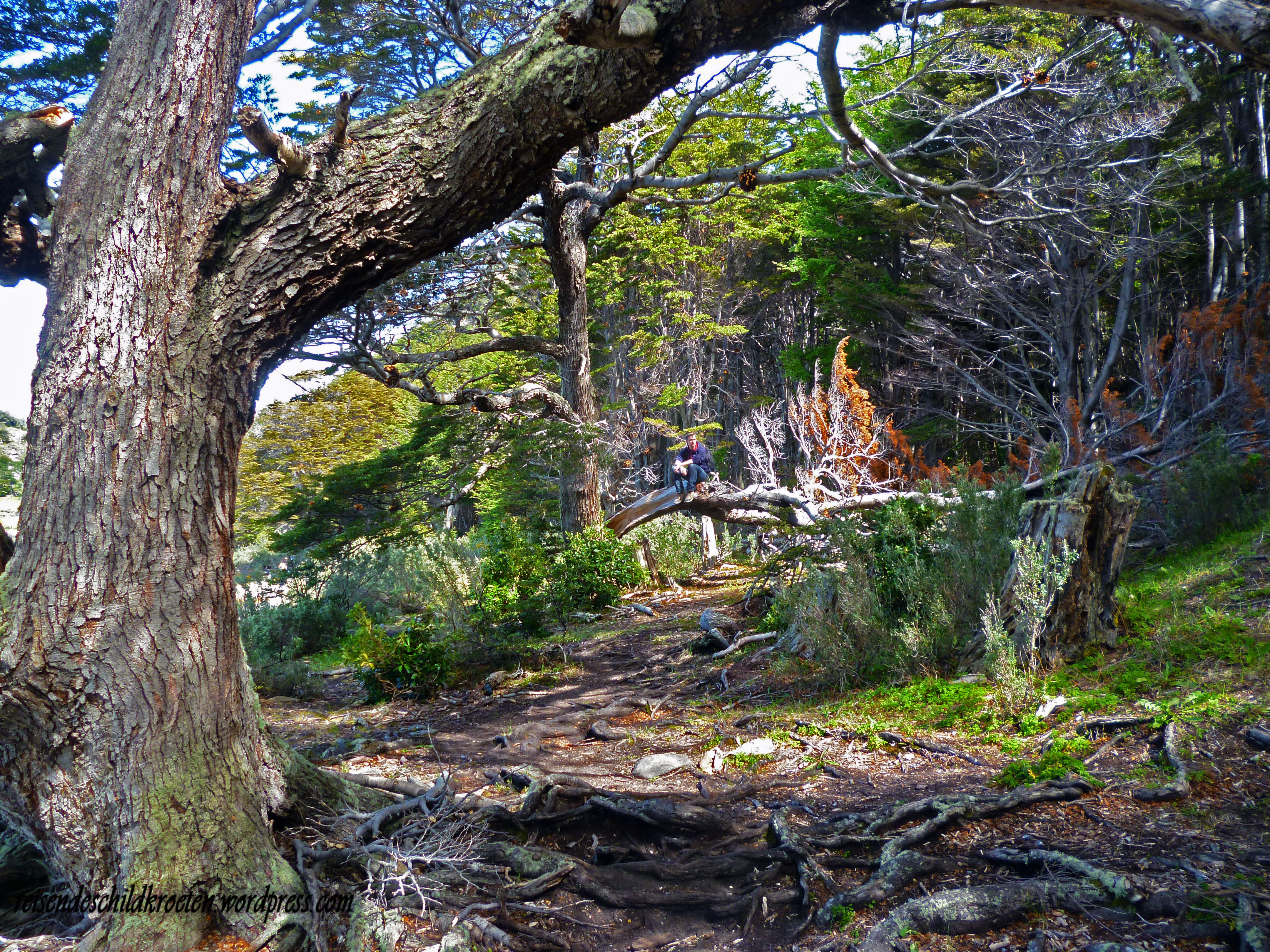 My little Mowgli
My little Mowgli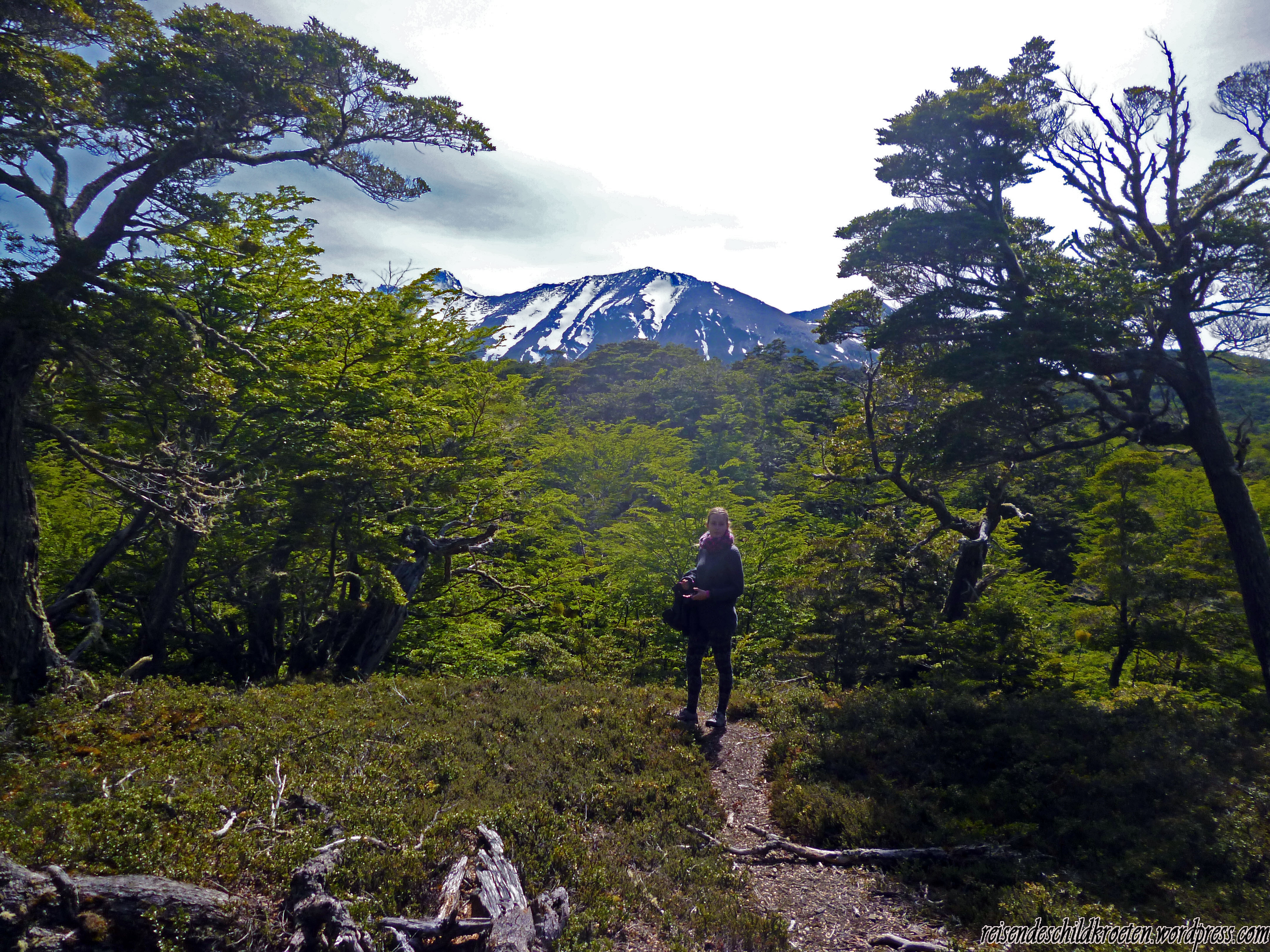

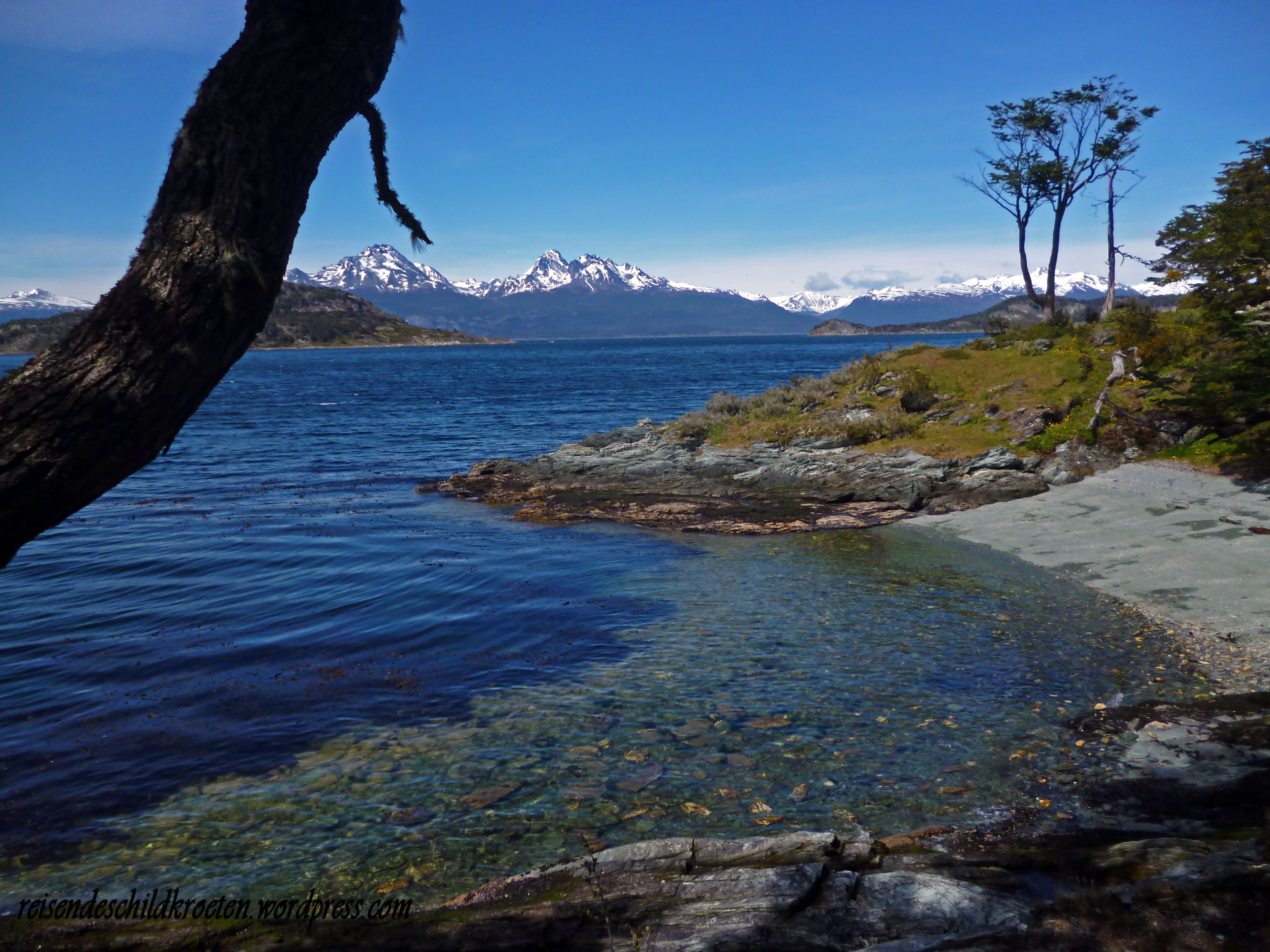

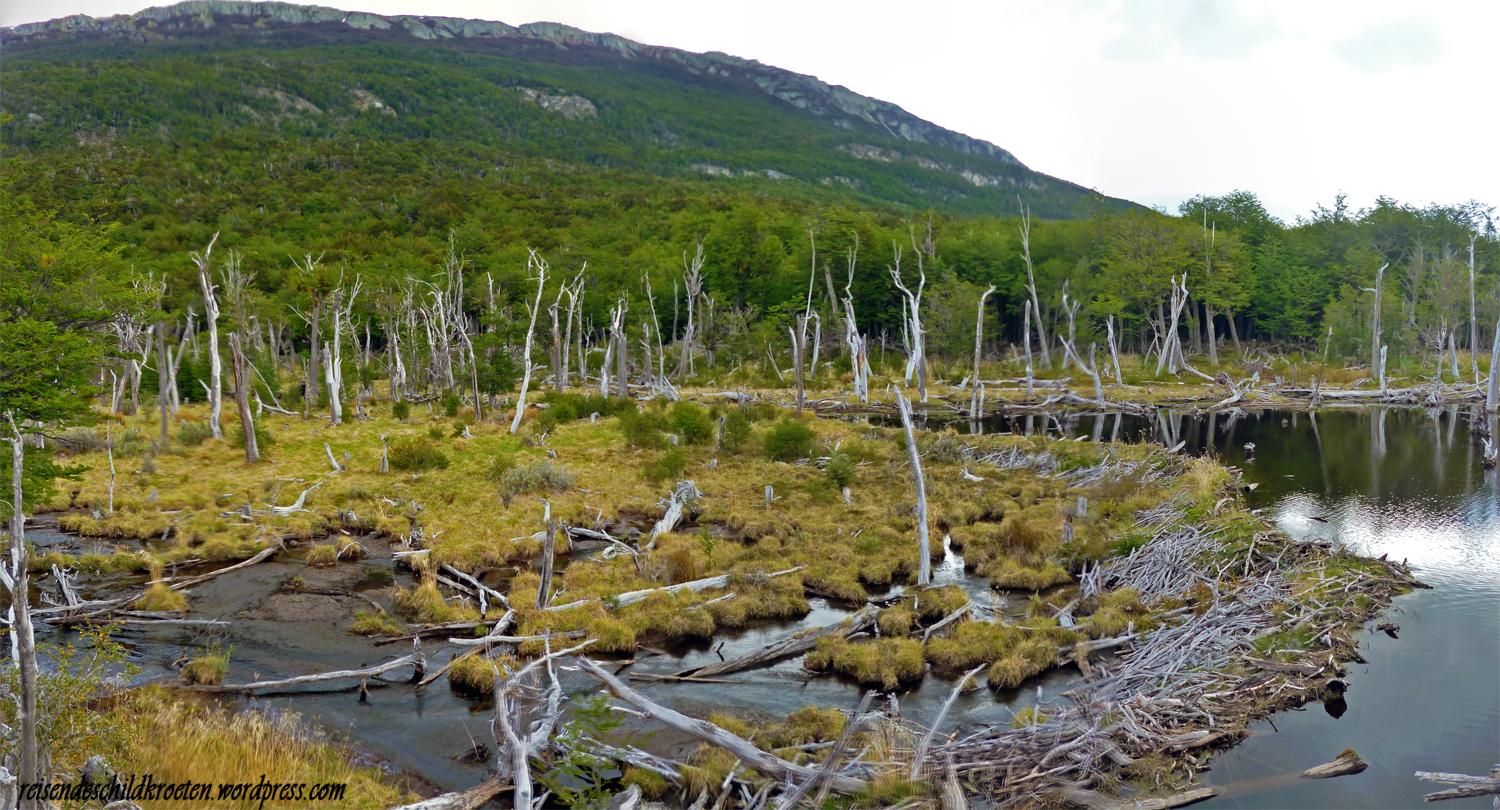 Bievers revenge
Bievers revenge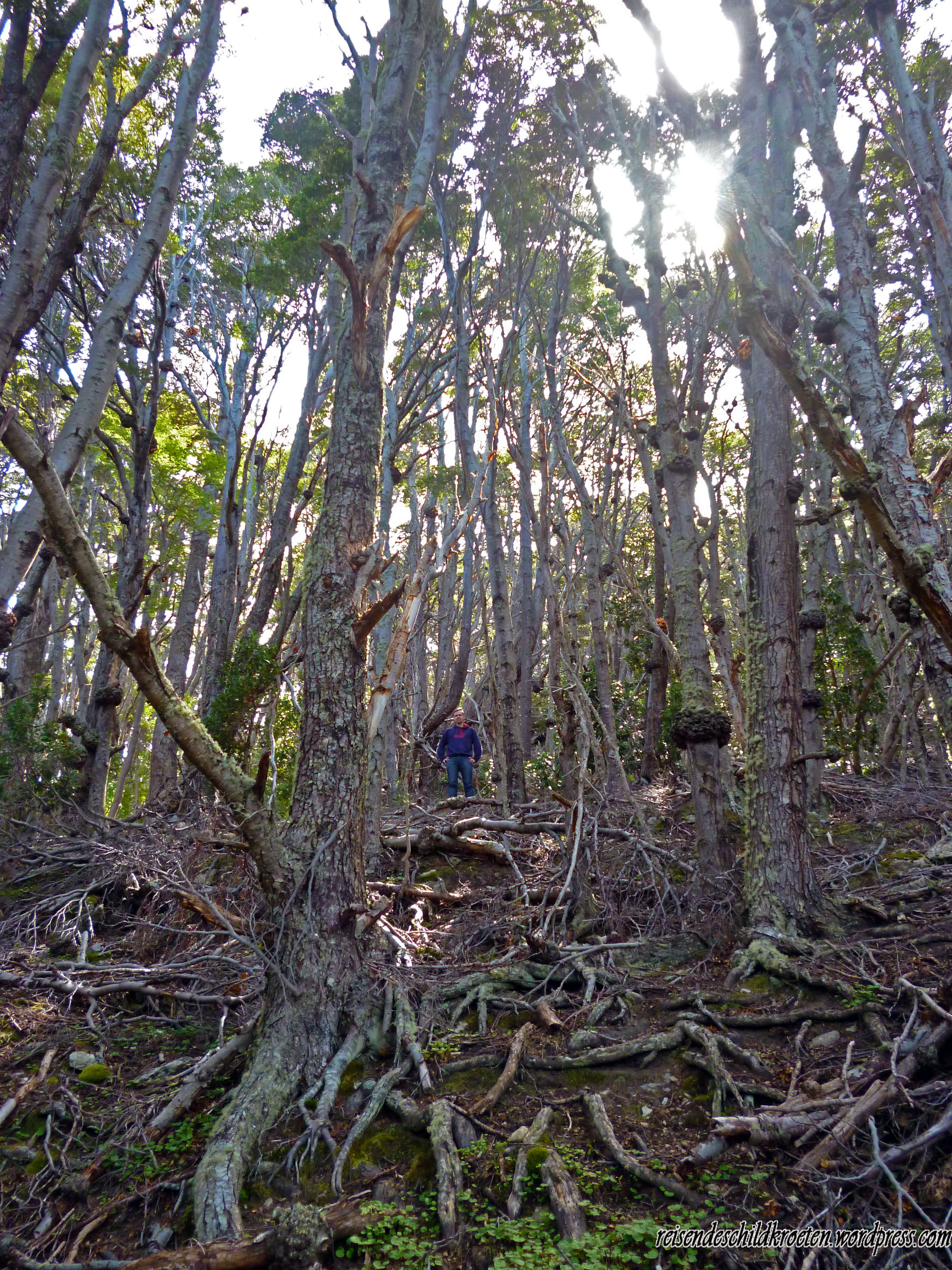
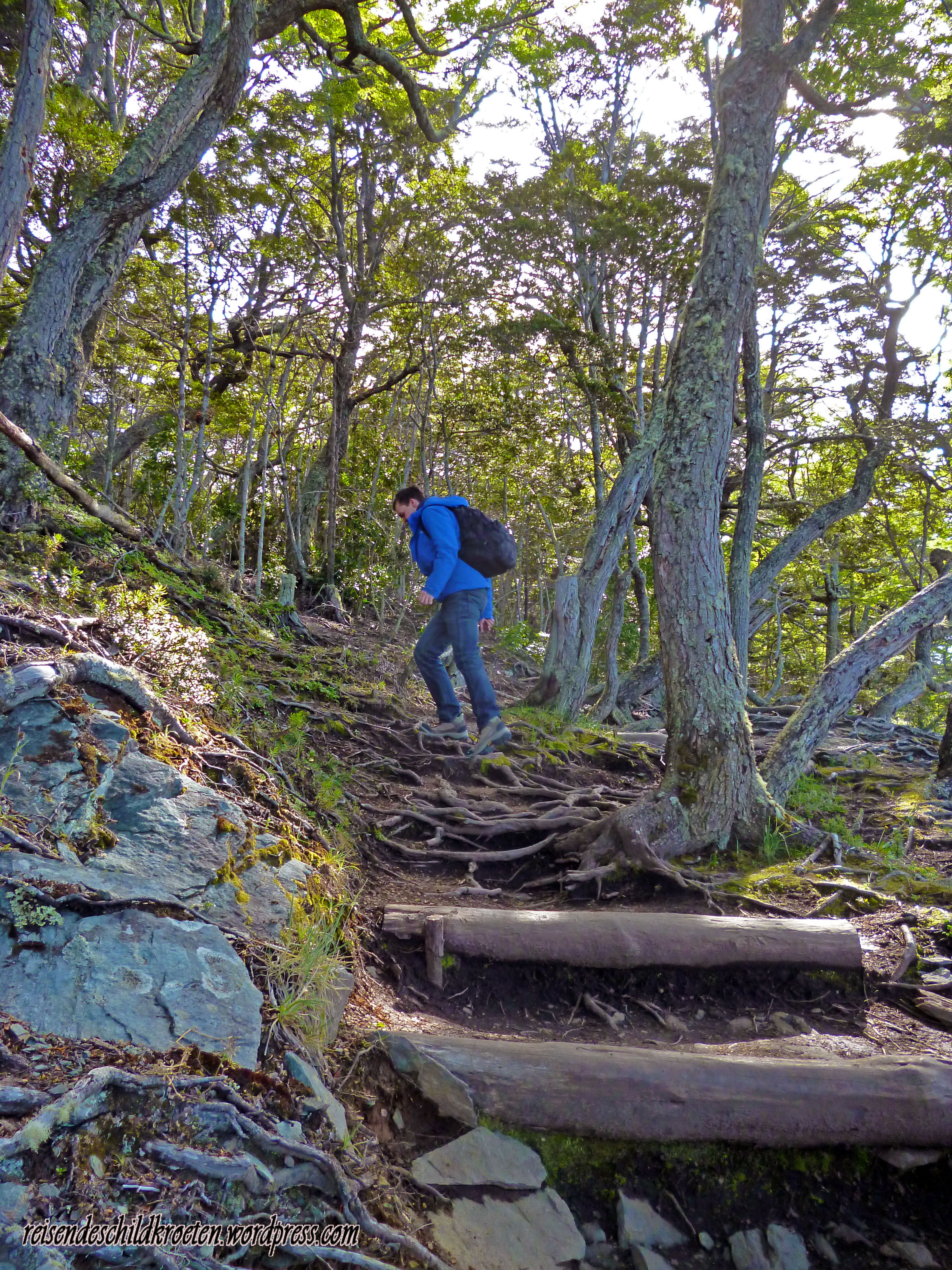 Adiós amigos
Adiós amigos